Go where you thrive.
And in Paris, that means point your feet in the direction of food.
Among the best way to make friends with food is at the source such
as roving markets (marchés volant) or market streets (rue commerçants).
In a nutshell, hightail it to any place the chefs and the food-lovers go.
This blog has already introduced you to a variety of food markets where
temptations and rapturous Paris delicacies are boundless.
As I always try to fit in a new market or two on every trip, it was long past time
to check out one that many of the most gluttonous of we amateur gourmet
sleuths have proclaimed to be in a league of its own.
Rue de Nil is a trendy but deadly serious food street.
Located in the Sentier district of the 2nd arrondissement, it occupies
a noble position in the hierarchy of gastronome know-it-alls.
Though the street is small in scale, rue de Nil in no way takes a back seat
the more famous market streets of the city.
You'll find a butcher, a baker, a fishmonger -- all the usual suspects -- including
a variety show of veggie shops, coffeemakers -- even a Michelin starred
restaurant and a deli-style take-out joint.
A visitor can walk the street in mere minutes; a food lover can spend
hours gripped by its sights, tastes and smells.
Superb quality and freshness is the hallmark of a street like this.
You won't walk away longing for the "good old days".
Rue de Nil is a crossroads for a new era -- a golden era -- of good eats
and a proud Parisian tradition of elevating breakfast, lunch and dinner.
This street proves the old adage that food is love.
There's no time like the present to make room for love.
"A crisp roast chicken would set the world aright."
George R.R. Martin, author of "Game of Thrones" series
The brainchild of Chef Gregory Marchand, it serves as the flagship of the street.
Long known as one of the mega-stars of Paris cuisine,
Frenchie has earned a Michelin star yet remains as unpretentious
and authentic as the day it was born.
My first whiff of Frenchie was on tv; I'll never forget
Anthony Bourdain and Eric Ripert's euphoric review.
If you can't get reservations, there's a Frenchie Wine Bar*
and a Frenchie-to-Go** outpost nearby.
Whichever you choose, you can get a bite of what makes
Paris so characteristically delicious.
*wine & small shareable plates
**deli style takeout including fish 'n chips and pastrami
A small street with big tastes.
Please consider making rue de Nil your next gourmet
port of call in a city full of delicious destinations.
"People who love to eat are always the best people."
Julia Child
In Paris, that means a trip to rue Cler.
Yes, it's in the guidebooks.
Yes, it's crowded and maybe even a bit too perfect.....
No matter.
This is a market street you must see at least once in a lifetime.
Nearly everyone who visits Paris comes to the 7th arrondissement so they
can check off the Eiffel Tower, Napoleon's Tomb, and Rodin's Le Penseur.*
*The Thinker.
But for me, rue Cler will forever be the
meat and potatoes -- oops, bad pun -- of the neighborhood.
Rue Cler is one of the best places possible to investigate many
food options and aim for what appeals most to you.
The choices are divine.
It's a street that isn't as helter-skelter as some Paris markets tend to be;
everything is tidy and Instagram ready.
But that doesn't mean it lacks charm or authenticity, just that
you'll need to brace yourself for some big Paris sighs and that
pit-in-your-belly feeling that you've been missing something special all your life.
"I have made a lot of mistakes falling in love, and regretted most of them,
but never the potatoes that went with them."
Nora Ephron, American Writer & Film Maker
Spend a little time on rue Cler where surely you'll fall in love AND eat the potatoes.
The flower-power of this street feels like spring
lasts twelve months a year and every day is your birthday.
After inhaling buckets of endorphin-raising bouquets,
you'll be primed for the wide array of over-the-top food choices.
Butchers, bakers, candy-makers, green grocers, cheese experts,
wine merchants, florists..... a destination for truffles and paté maison, organic
meats and wines as well as a long look at elegant Parisians at every turn.
Where to begin is like a puzzle with 500 pieces all in the same color.
Begin with a paradox -- Is it Italian or is it French?
I'm speaking of course of Davoli, a classic food store where you can pick up everything you'd ever want for a memorable dinner to unpack at days end.
Prepared foodstuffs range from salami to olives to read-made risotto
and escargots à la bourguignonne make this an exquisite destination.
But don't go too overboard if you must take the metro "home"
because you have many other stops to make.
Console yourself with a scoop of Martine Lambert's ice cream.
Made with lait cru -- unpasteurized milk -- and crème fraiche, it tastes like
it came from heaven though you're close; the frozen delicacy hails
from Normandy where cows surely have been sanctified by a higher power.
"When you only have two pennies left in the world,
buy a loaf of bread with one and a lily with the other."
Chinese Proverb
Walking rue Cler amps up the reward, bestowing a feeling that
you're one of THEM -- a real local -- a little more polished,
a smidge more well-bred than you feel at home.
Here's hoping you'll give this V.I.P. street a chance to seduce
your taste buds and activate your inner Parisian on the very next trip
you make to the most delicious city on the planet.
head for rue Montorgeuil in the heart of Paris.
You can't beat it, both for delicious foodstuffs and for great people watching.
In spite of all the tourists milling about and regardless of the
not-so-warmly-welcomed invasion of Starbucks, it still feels like Paris.
This is a time-honored neighborhood where history can never be erased,
undeterred by an avalanche of pumpkin spice lattes.
Marie Antoinette loved oysters fresh from the sea -- don't we all -- and it
was here that her court's master chefs received their
daily deliveries -- direct from Concale's* icy shores.
While most women would have given their eye-teeth for Marie's
royal jewels, I lust for her oysters.
Miraculously, we can still get our daily quotient of the queen's mollusks.
Rue Montorgeuil's oyster palace is Au Rocher de Concale, a traditional seafood restaurant with an oh so pretty facade and a legend that began in 1846.
Their claim-to-fame are the Bretagne oysters that Marie loved so much.
So now you know, Marie's legacy to Paris is so much more
than a prison cell and a scaffold.
If a genie showed up at my doorstep and say "You're wish is my command"
I'd be awfully tempted to ask for the queen's daily allotment of oysters,
happily showing up for my own delivery on rue Montorgeuil where the
icy freshness of the fresh catch and the sense of community would
perhaps make me a real Parisian now and forever.
"Eating a raw oyster is like french kissing a mermaid."
Chris Gardner, American businessman, author & motivational speaker
you eat a cookie but you can't be miserable while you are eating a cookie."
Ina Garten, American Food Hostess & Author known affectionately as The Barefoot Contessa
Of course, not to be missed are rue Montorgeuil's sweetest offerings.
Patisserie Stohrer is the storybook ideal of a pastry shop.
Its legend began in the king's court in Poland where Nicholas Stohrer,
pastry chef to King Stanislas I came with the royal court to France when
the king's daughter married Louis XV of France.
In 1730, the enterprising chef left court and opened his own
shop in the very place it sits today.
Stohrer is beautiful with a to-die-for painted* ceiling, glittering chandeliers
and outrageously sultry pastries that include the original sweet treat
that put rue Montorgeuil on the map.
Baba au rhum, a much loved confection, is a small yeasty cake smothered in fine spirits and filled with pastry cream or chantilly.
It's a dessert that ranks high in many of Paris' finest brasseries -- another
delicious tradition that remains in vogue no matter what century you land in.
*painted by Paul Baudry, famous for his frescoes at the Palais Garnier.
One of the more popular stops on rue Cler is à la Mère de Famille,
a candy store with a tradition so long it would make Willy Wonka blush.
Though this golden oldie didn't make its debut on this particular street*,
it opened its doors here** due to its unrelenting popularity.
Suffice it to say, whatever your sweet tooth wants, it will be amply
rewarded -- chocolates, ice cream, pastries and more are on tap.
Be on the lookout for their particularly ravishing mendiants, a famous
french confection made of chocolate, nuts and dried fruit.
Thank you God!
*there are numerous locations throughout Paris so if you miss out this time, you'll run into another one soon.
**the first opened in 1761 on rue Faubourg Montmartre which is still open.
"After eating chocolate you feel godlike, as though you could conquer enemies,
lead armies, entice lovers.
Emily Luchetti, American pastry chef, lover of chocolate
Don't judge me. I can't get enough.
Just as every king, prophet, warrior and saint has a mother,
so every Napoleon, every Einstein, every Jesus has to eat."
Betty Fussell, American Food Writer
If a taste of escargot is on your must-do list, make a beeline for
L'Escargot Montorgueil where you'll find every way to enjoy the classic.
Bathed in butter, garlic and shallots or unconventionally covered in puff pastry,
you can immerse yourself in the indigenous roots of french cuisine.
If you enjoy dining in historic establishments, this 19th century eatery,
where Picasso and Proust once filled their bellies, is a rewarding way
to satisfy your hunger for both history and fine cuisine.
My own belief is that this all fits in with its well-earned reputation
as the world's celebrated city of love and romance.
If food is love -- and who doesn't agree with that -- then Paris and its
remarkable treasure of food markets is the most romantic place in the world.
Forgive me, but who could resist a reminder of Gene Kelly
singing to Leslie Caron in the 1951 film classic "An American in Paris"?
"Our Love is Here to Stay"
"It's very clear
Our love is here to stay
Not for a year
But ever and a day
The radio and the telephone
And the movies that we know
May just be passing fancies
And in time may go
But, oh my dear
Our love is here to stay
Together we're going a long, long way
In time the Rockies may crumble
Gibraltar may tumble
They're only made of clay
But our love is here to stay"
Lyrics by Georges Gerswin, American composer
Paris market superstars such as rue de Nil, rue Cler
and rue Montorgeuil are here to stay.
And so is our hunger for them.
Food and love fill our spiritual tank every day we're lucky enough to walk Paris.
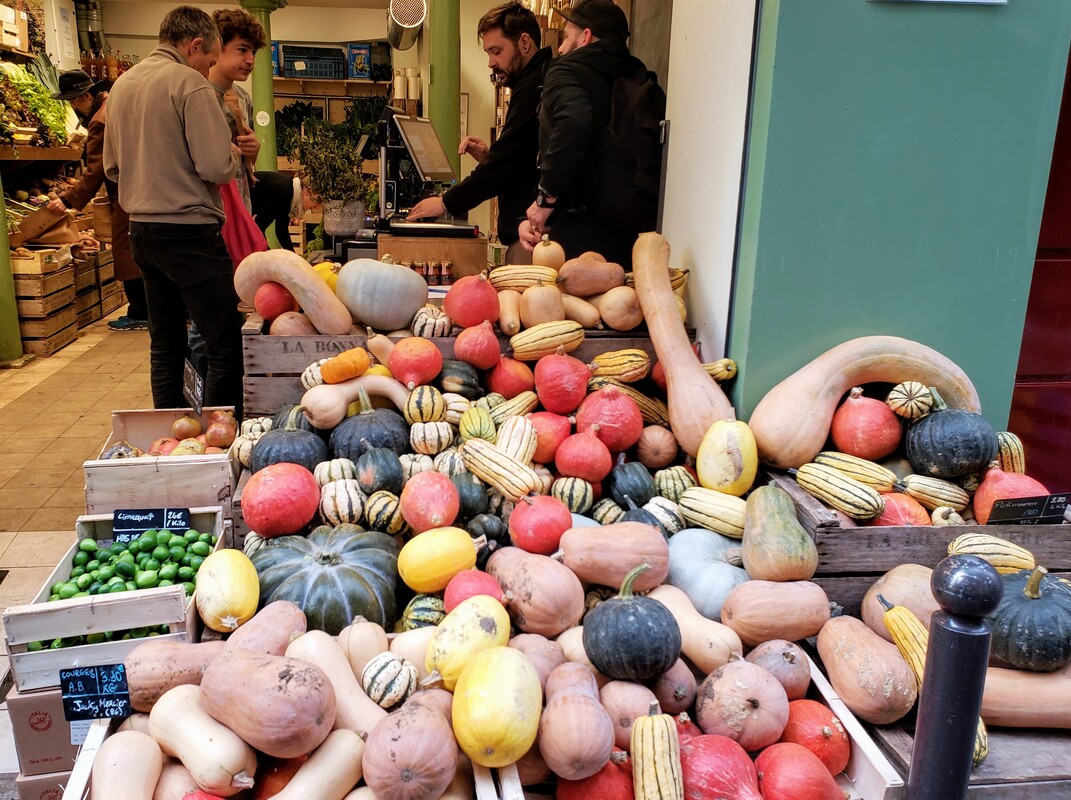
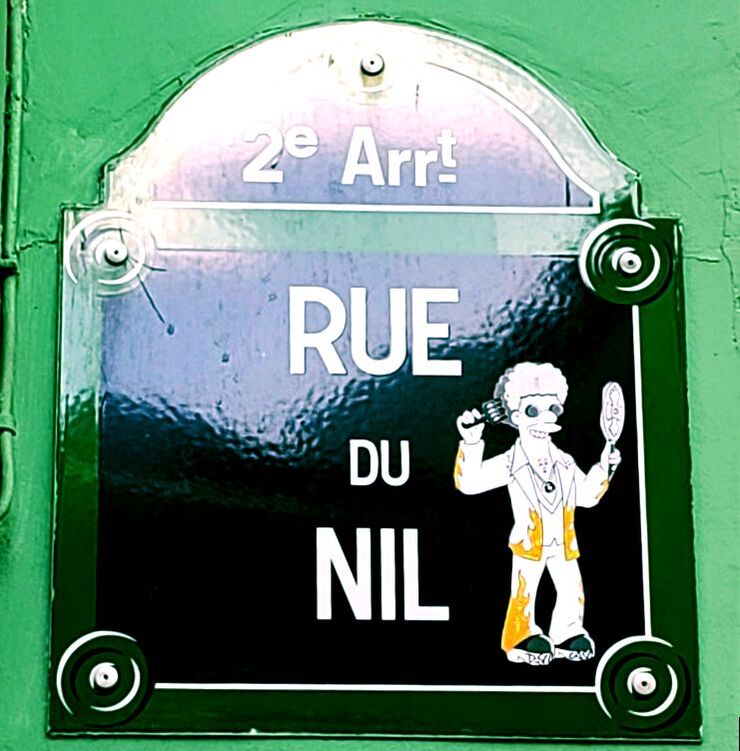
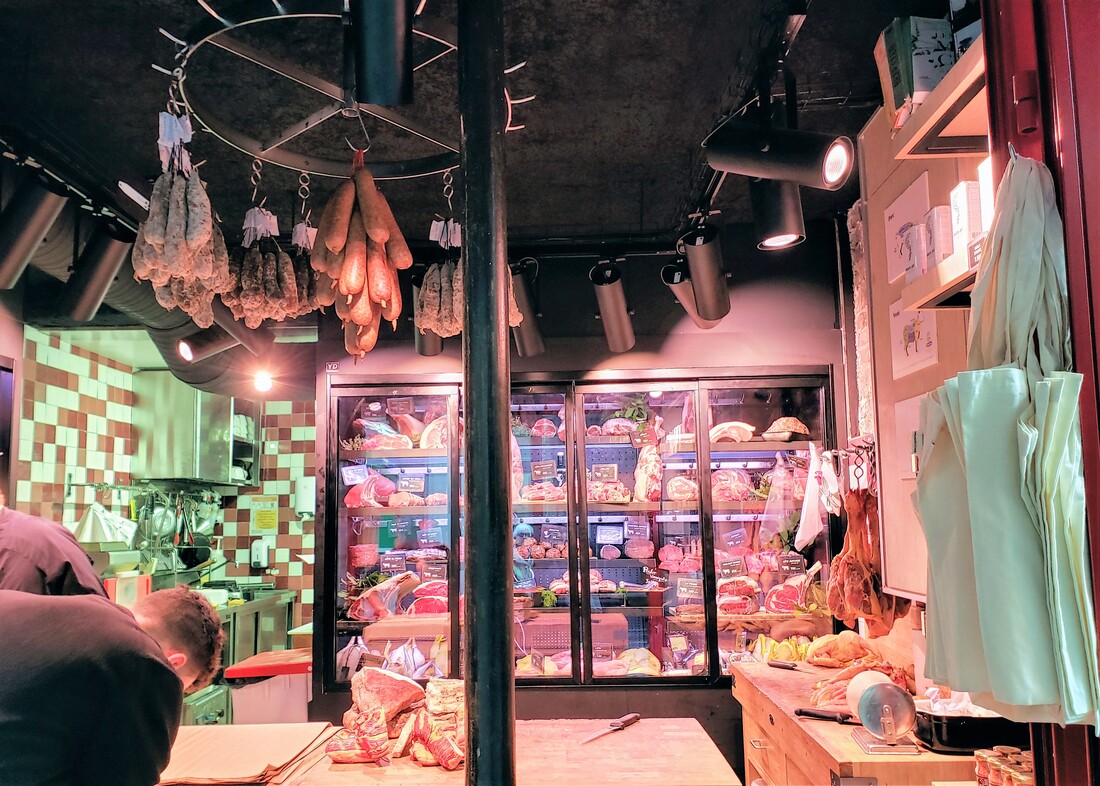
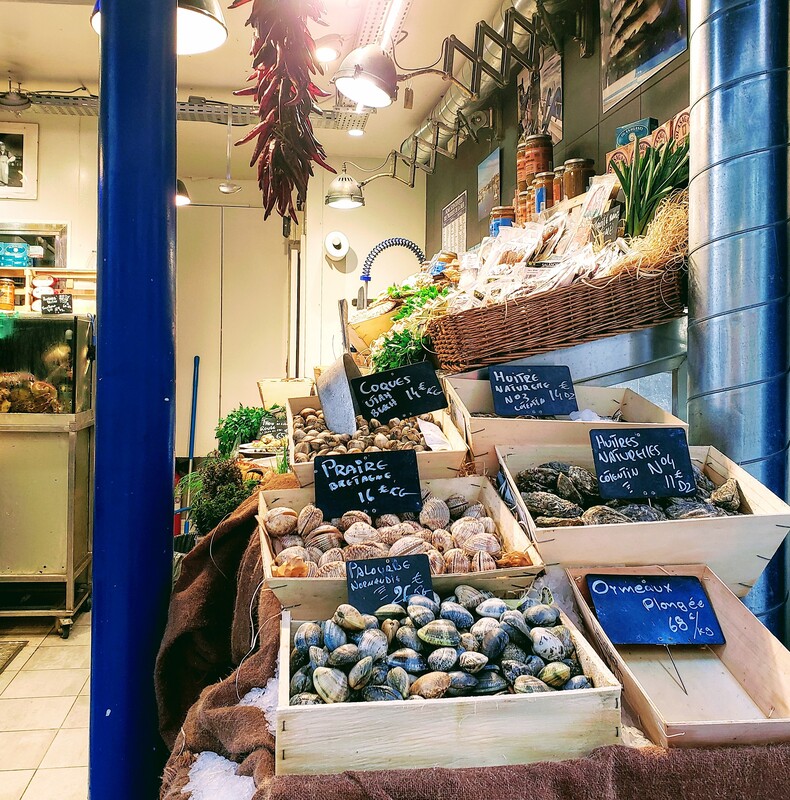
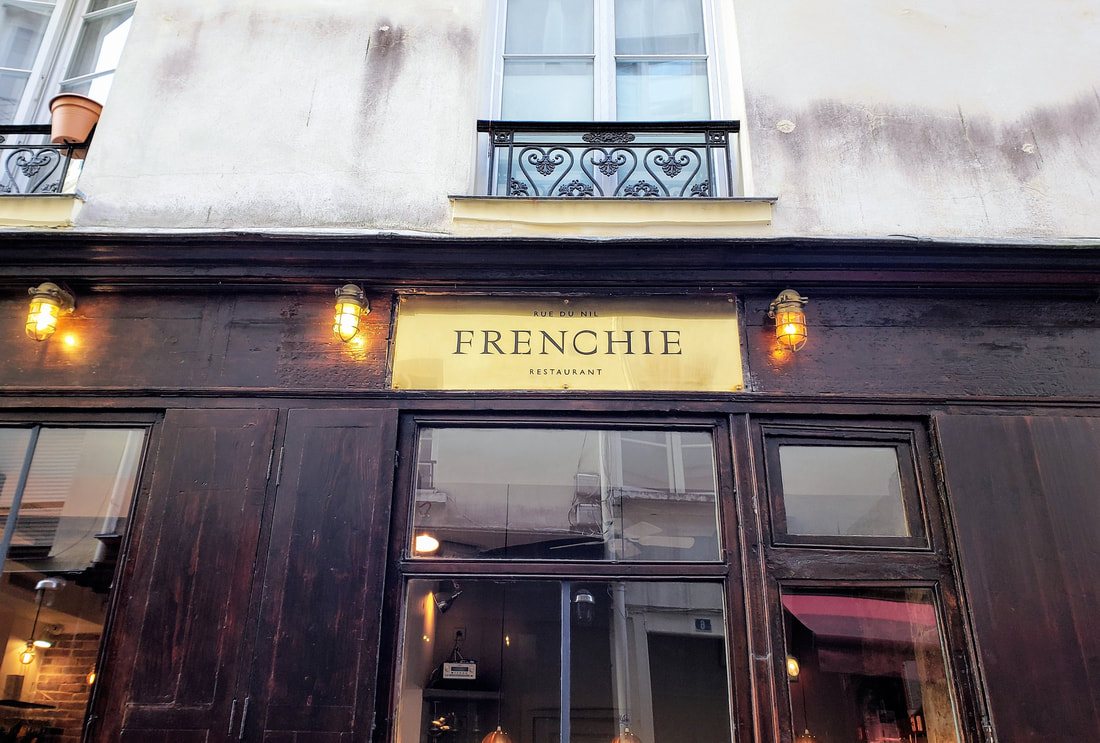
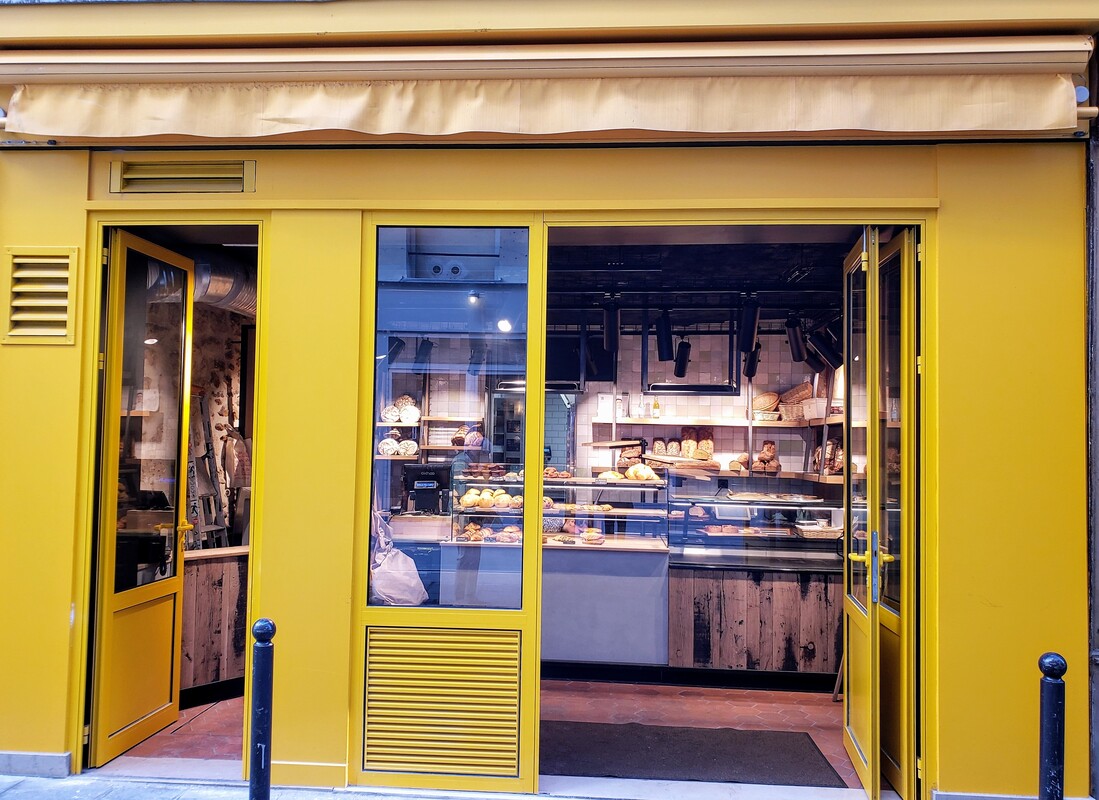
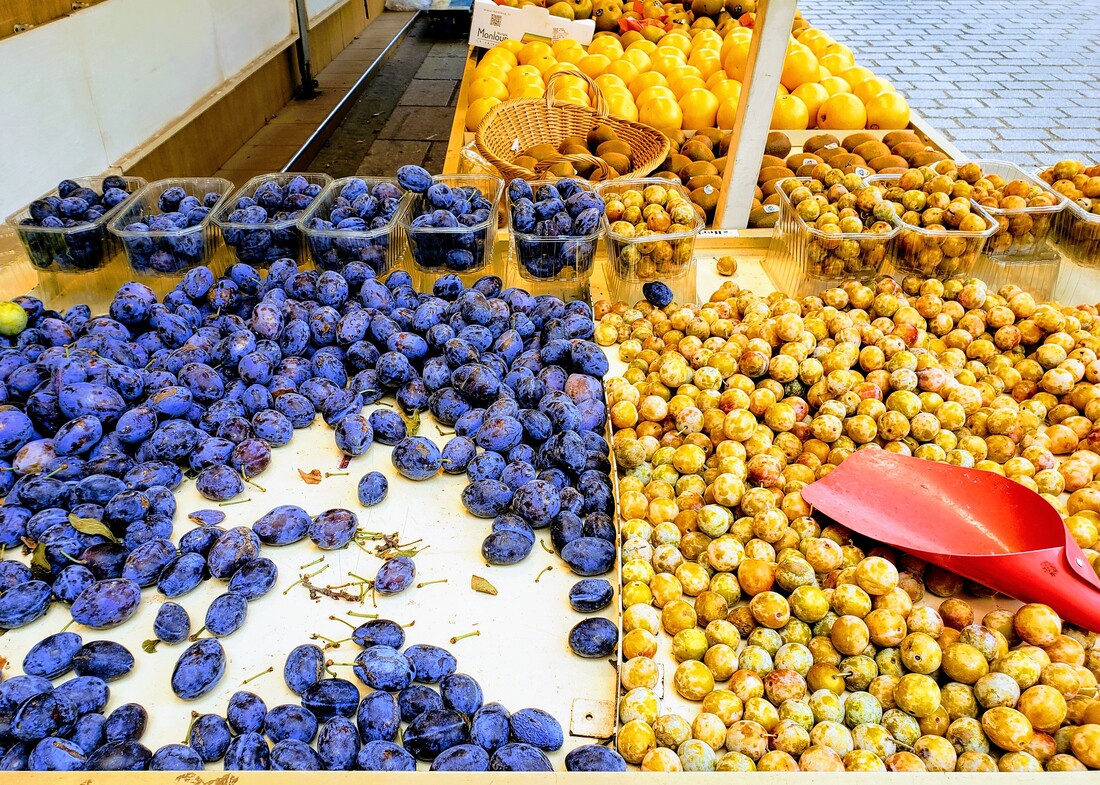
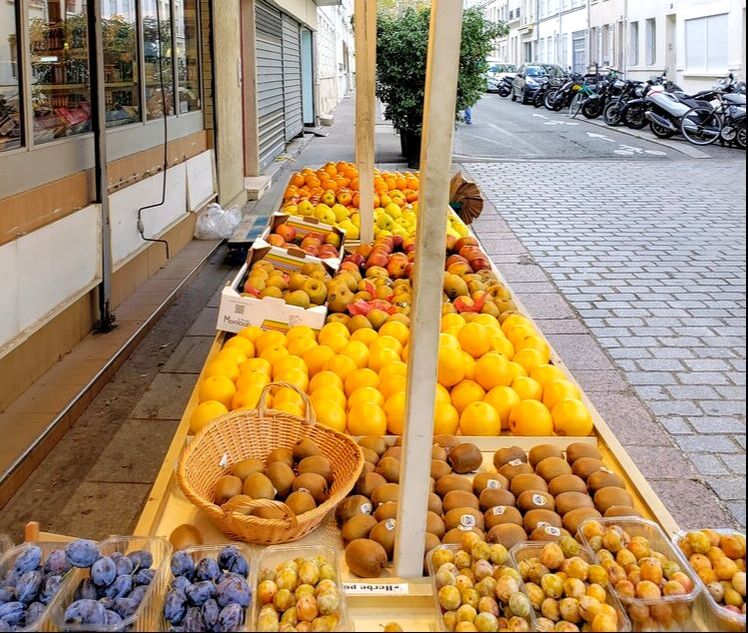
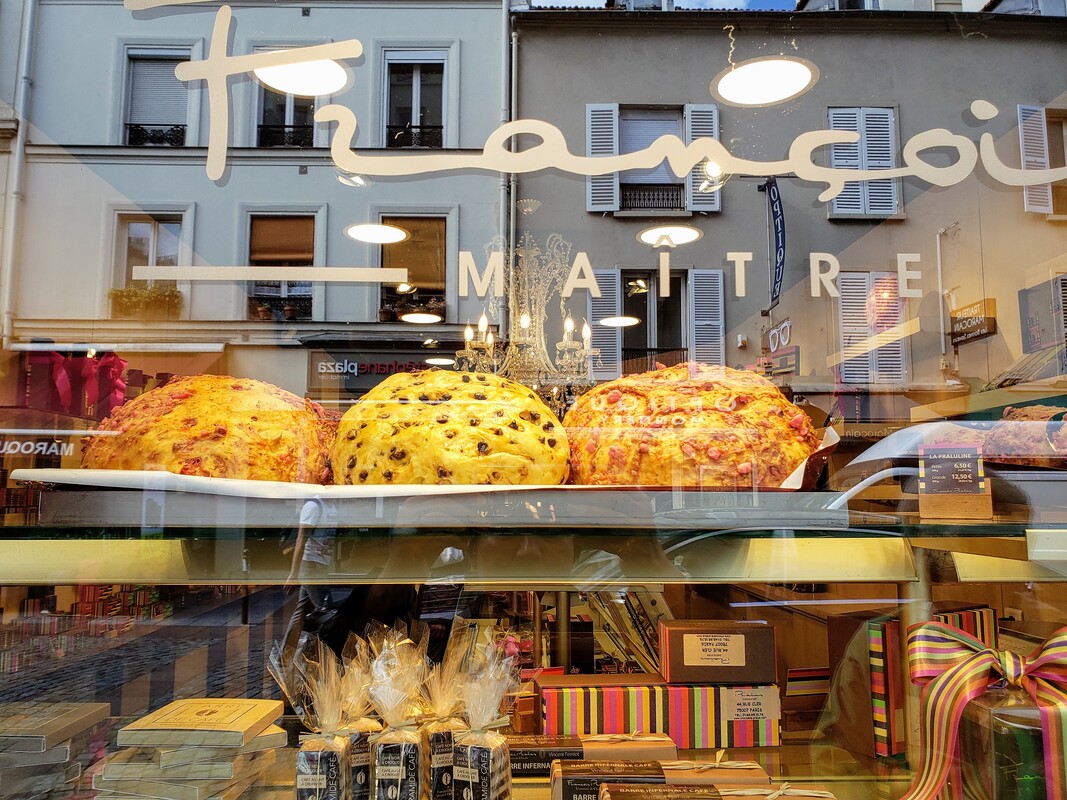
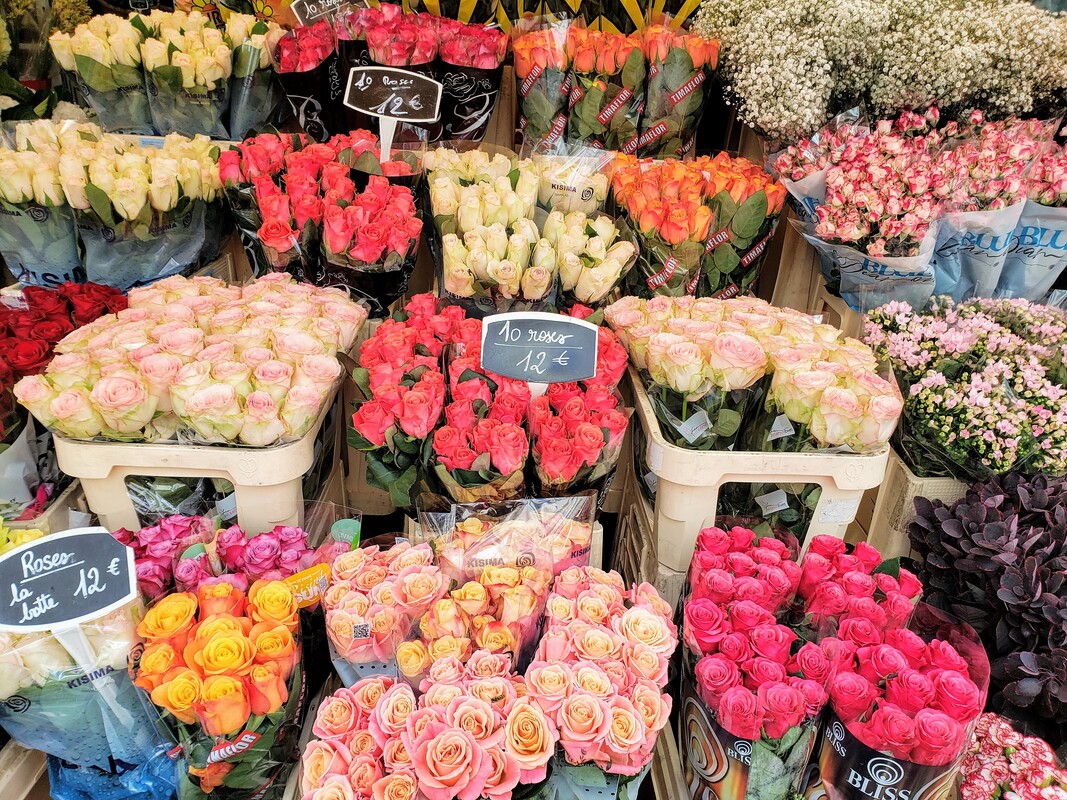
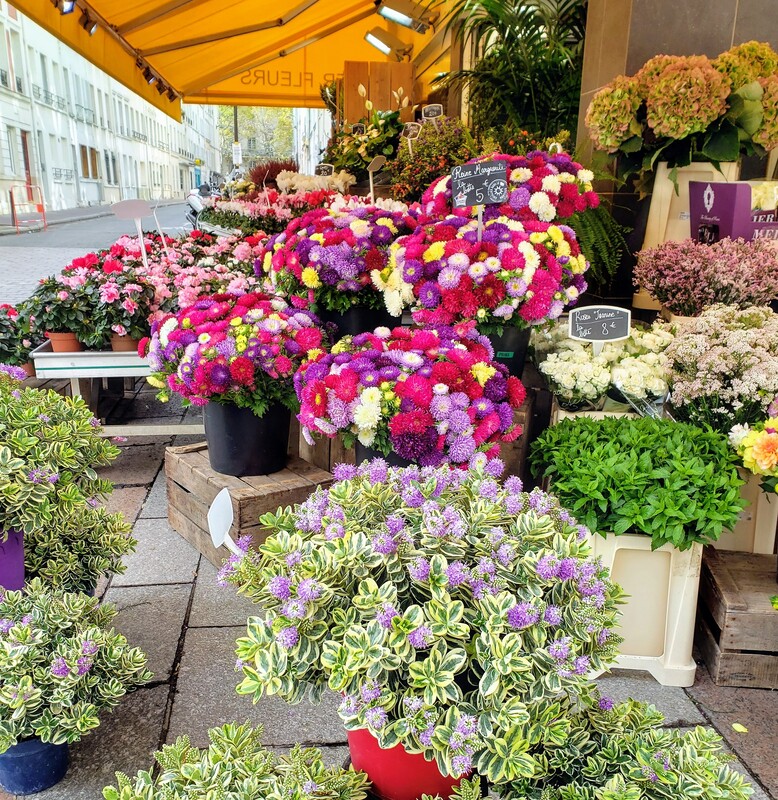
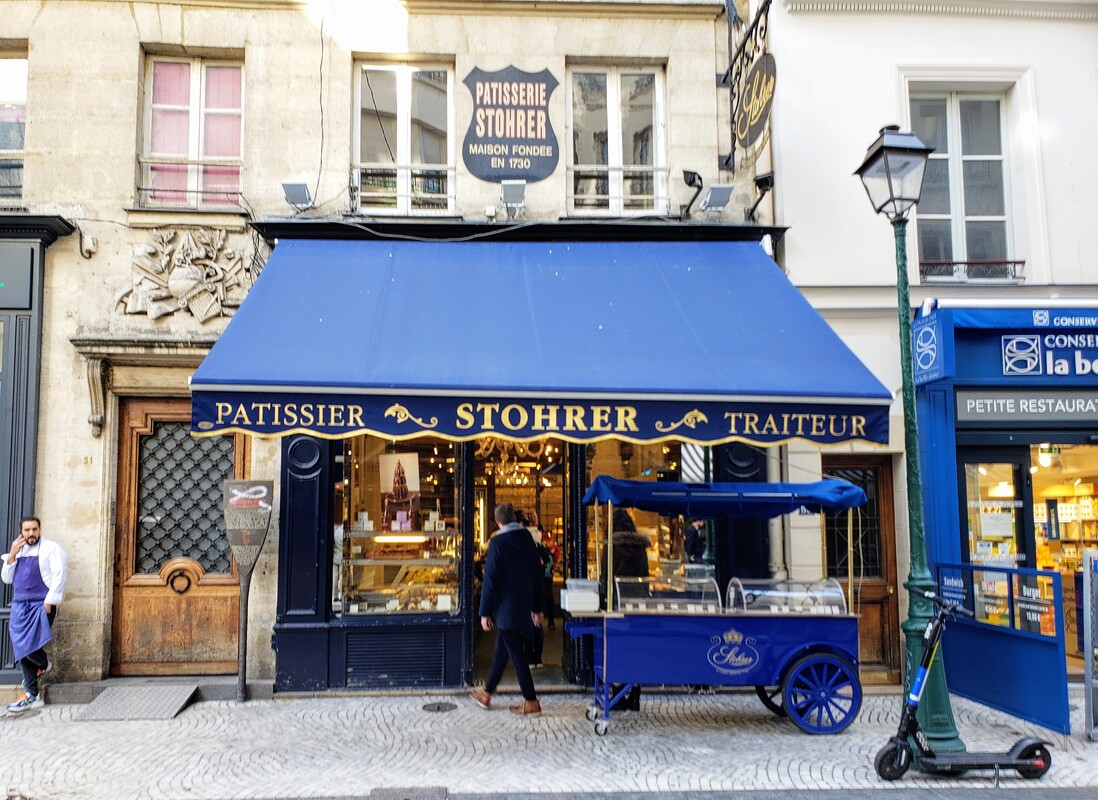
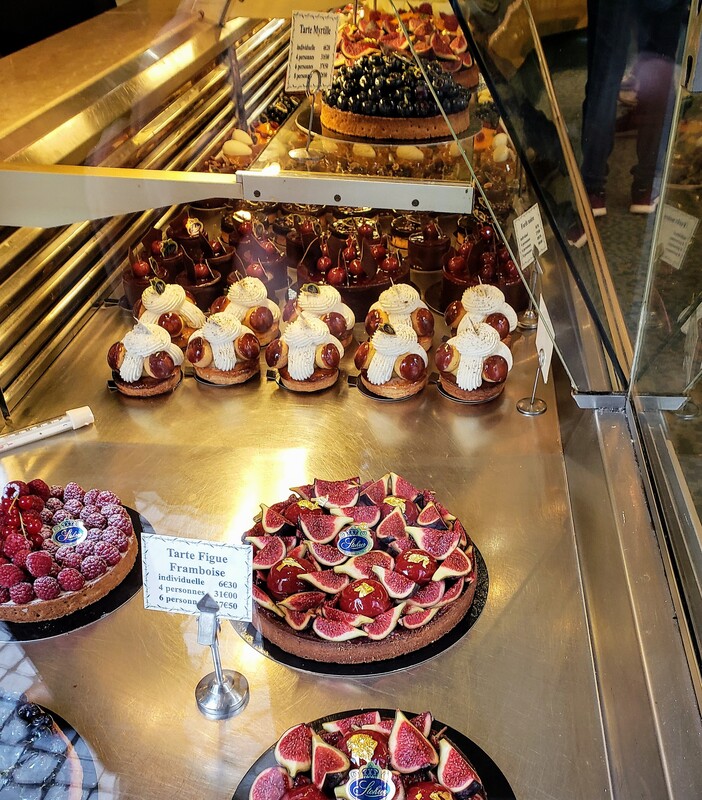
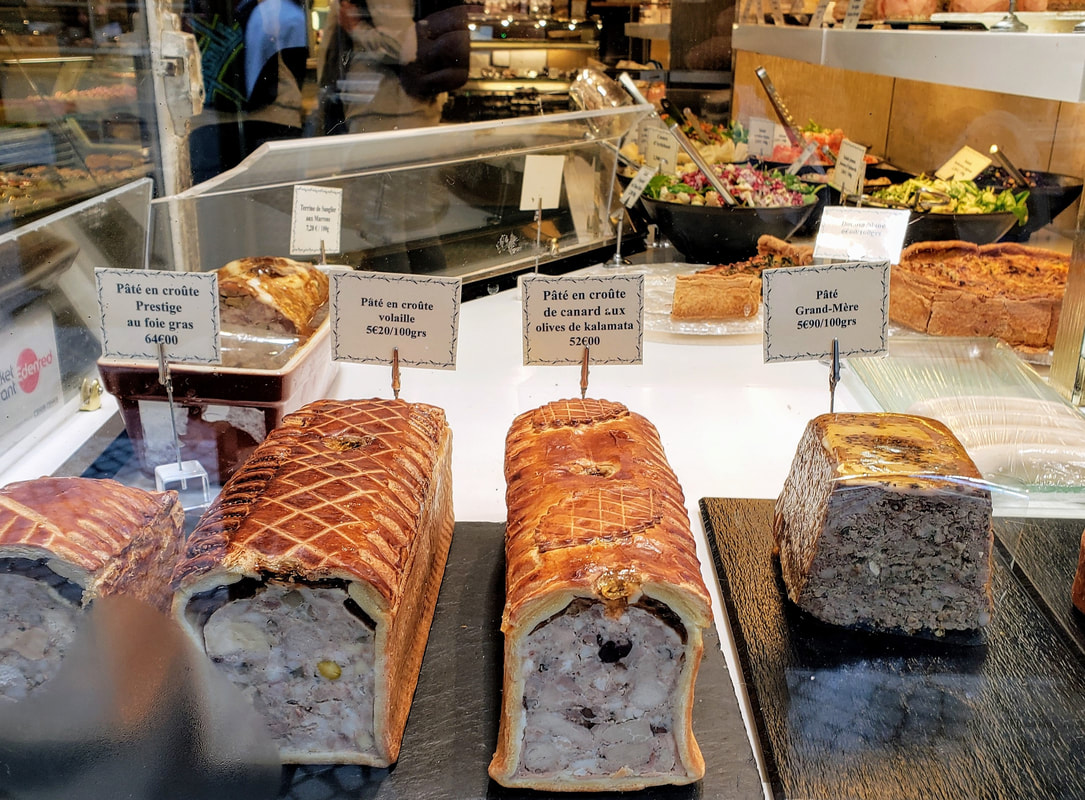
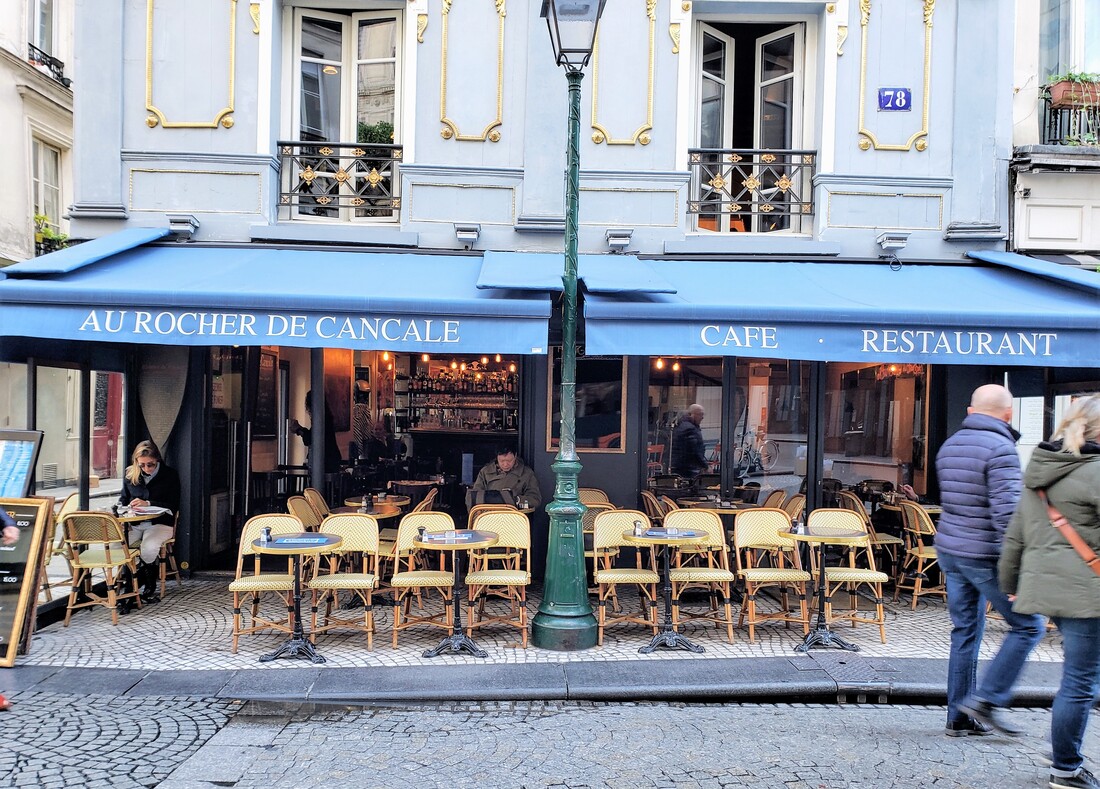
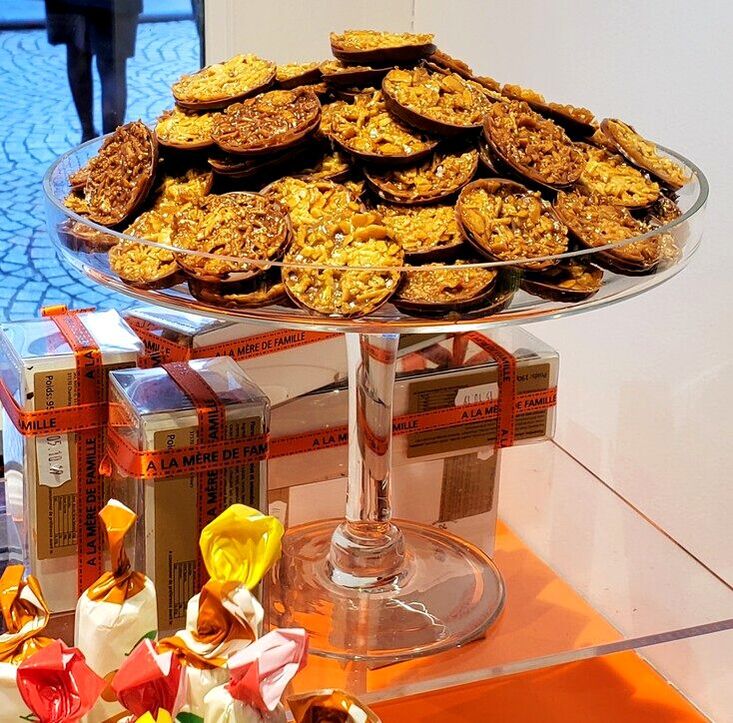
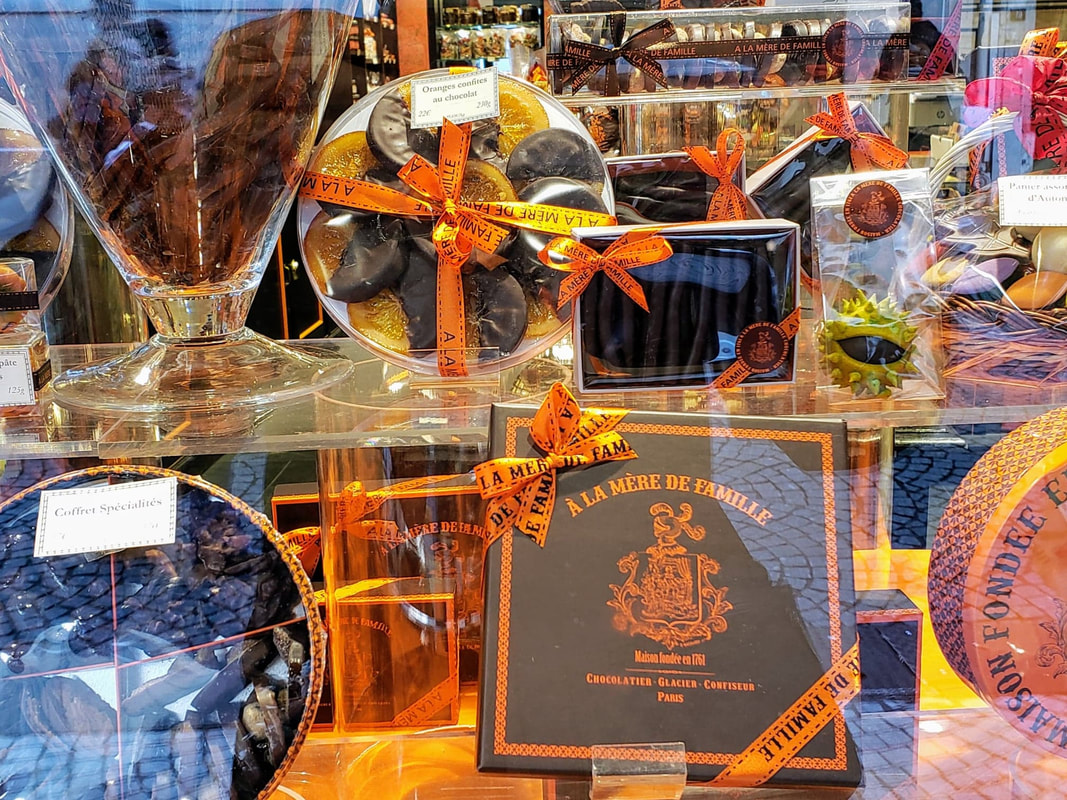
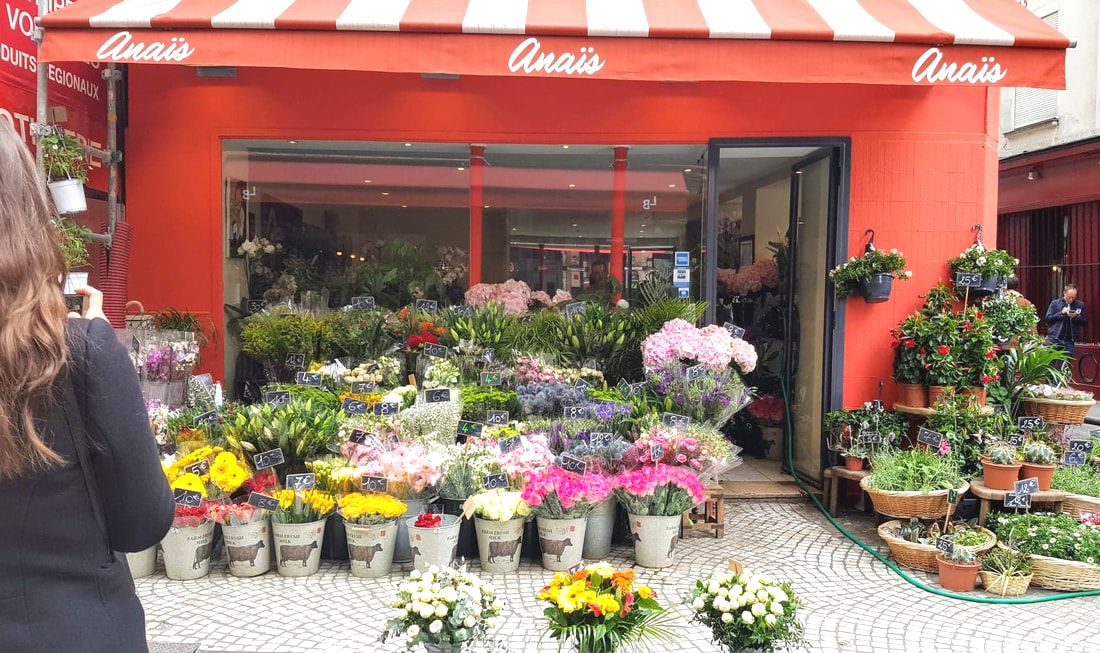
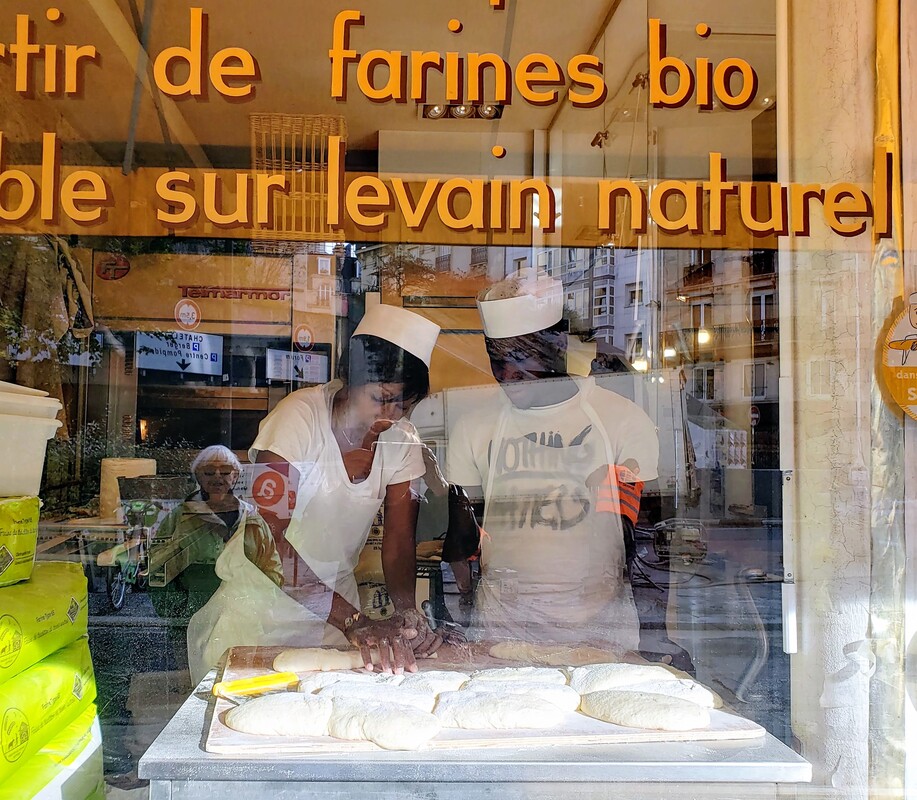
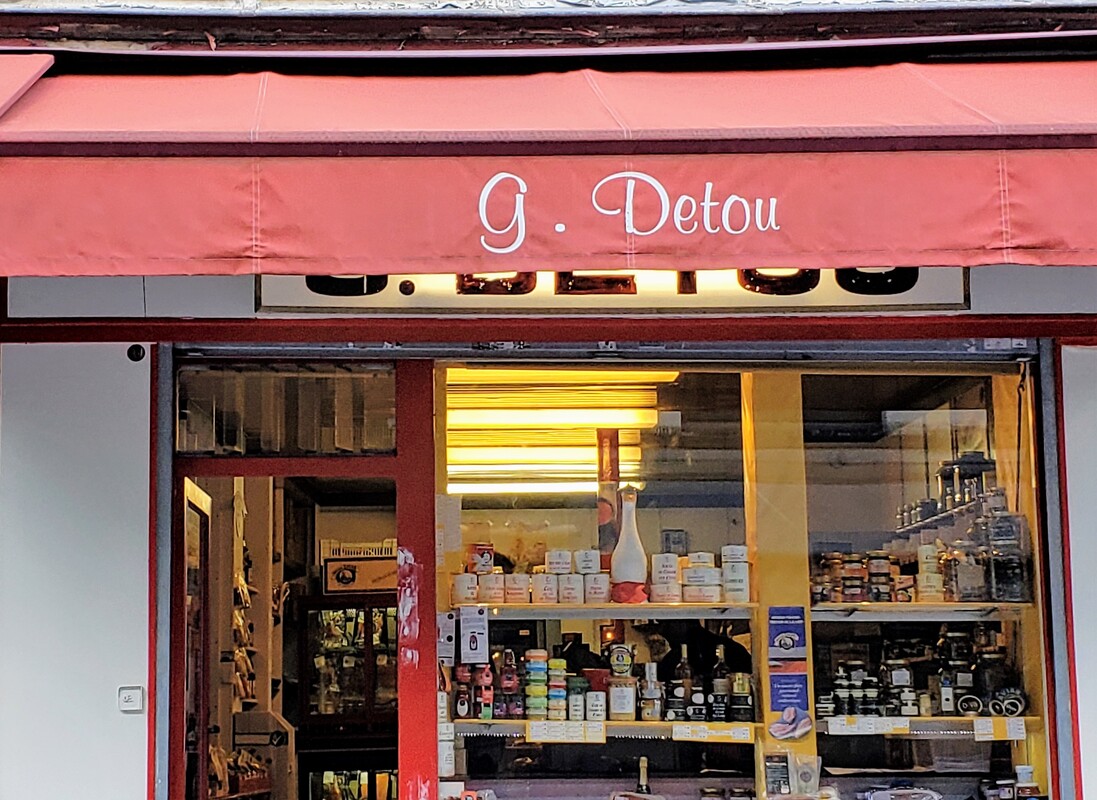
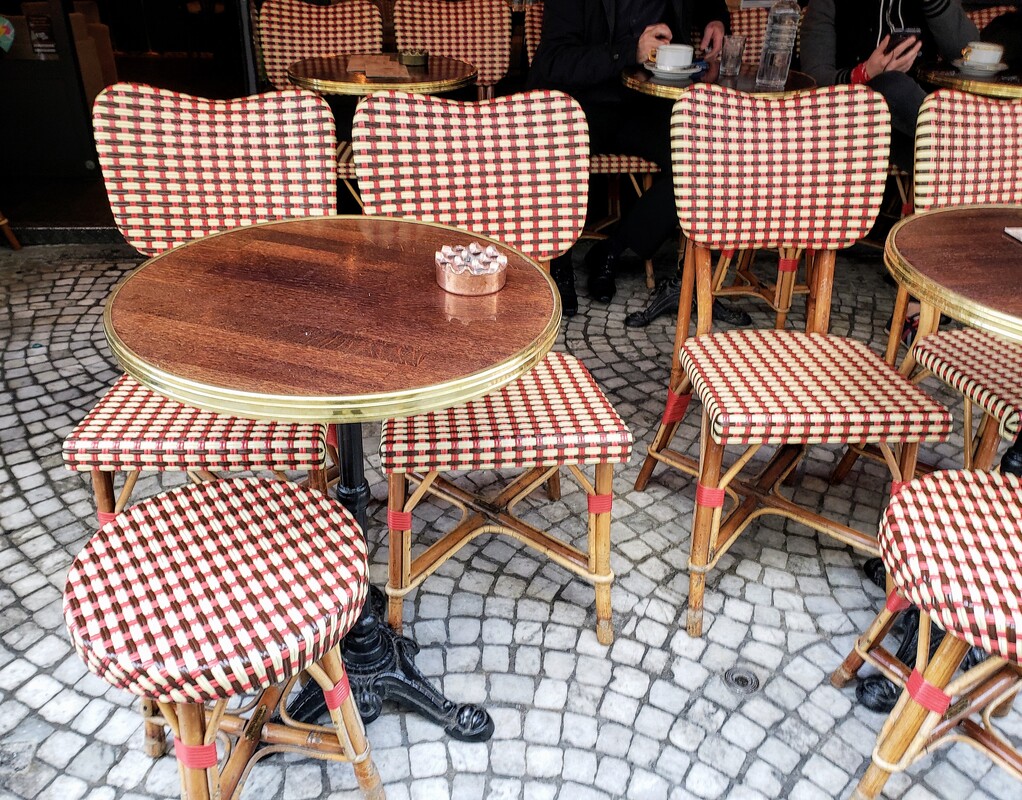
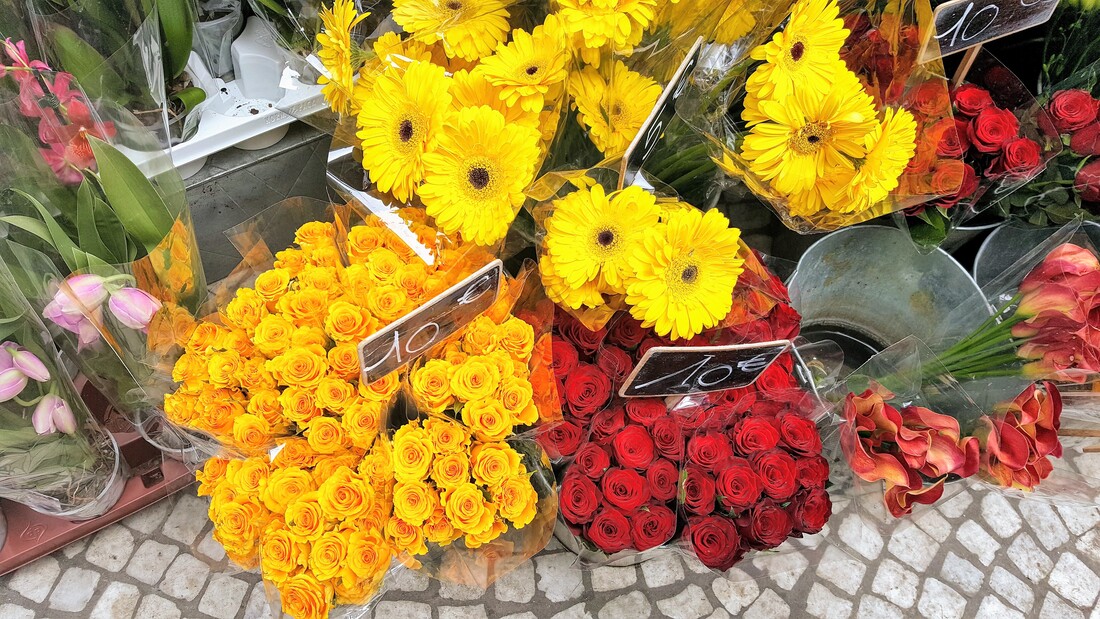
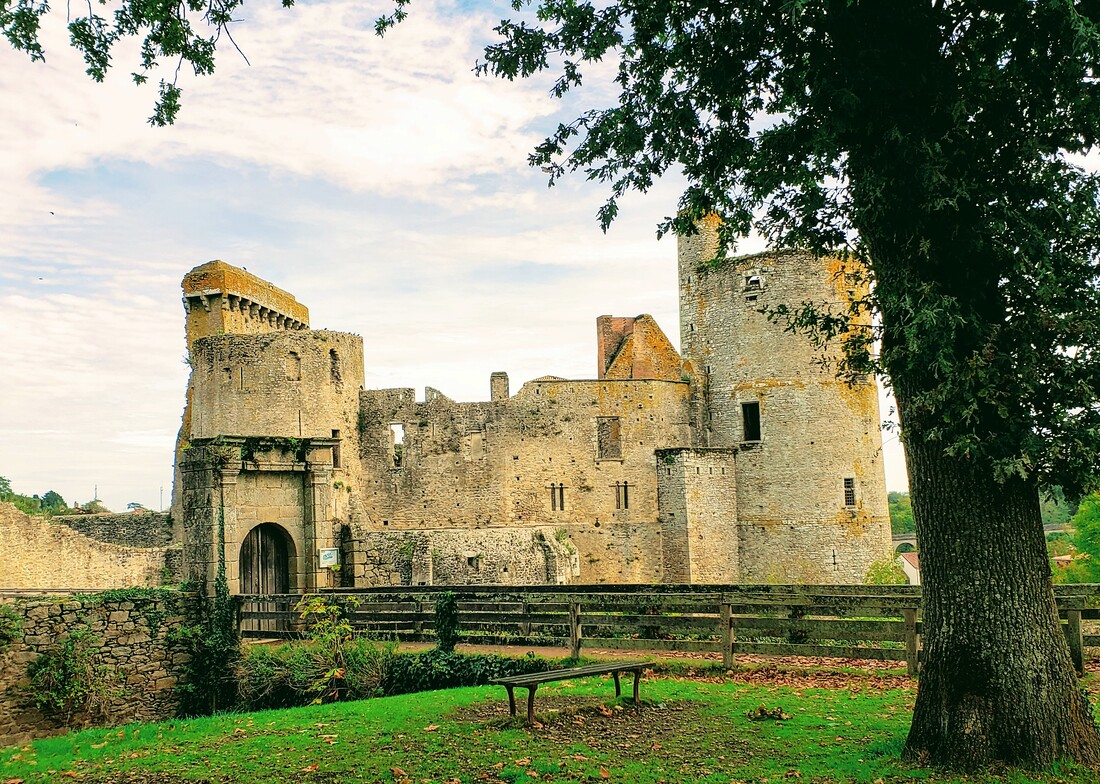
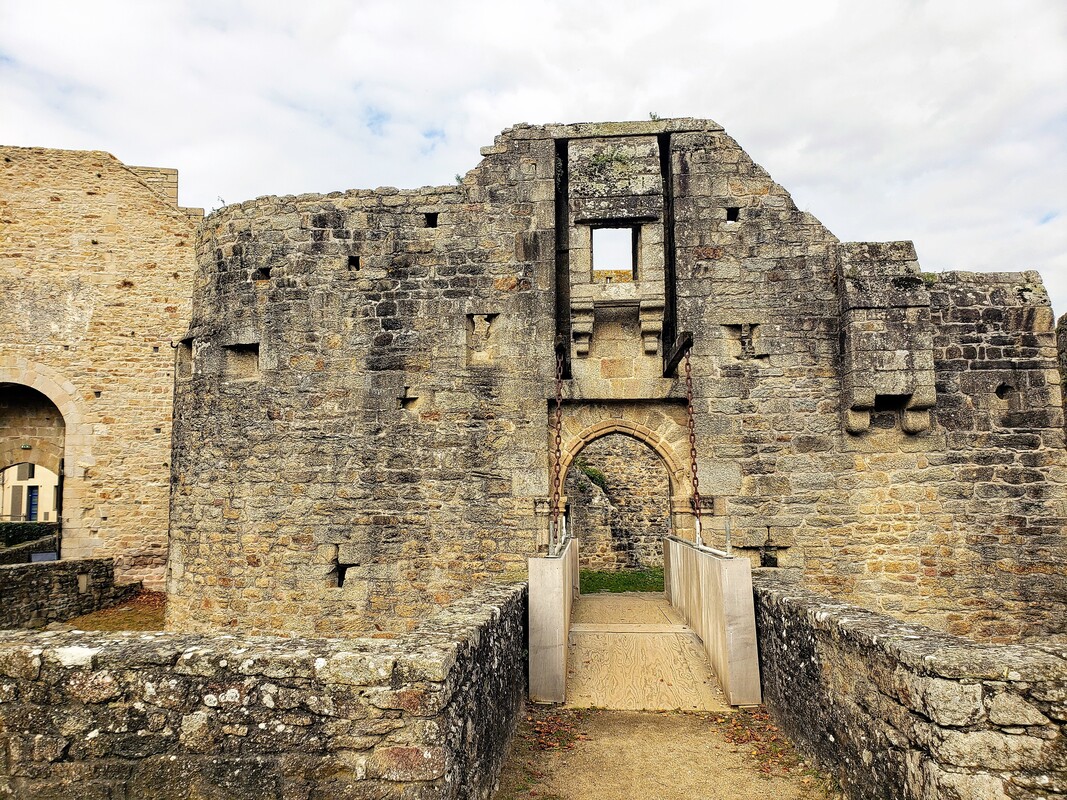
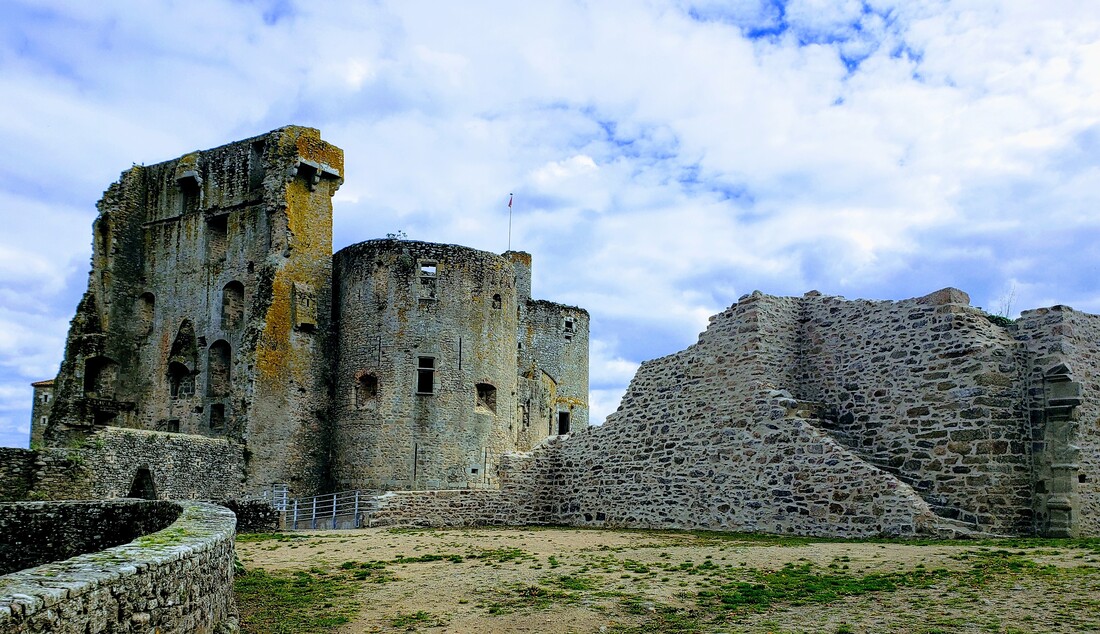
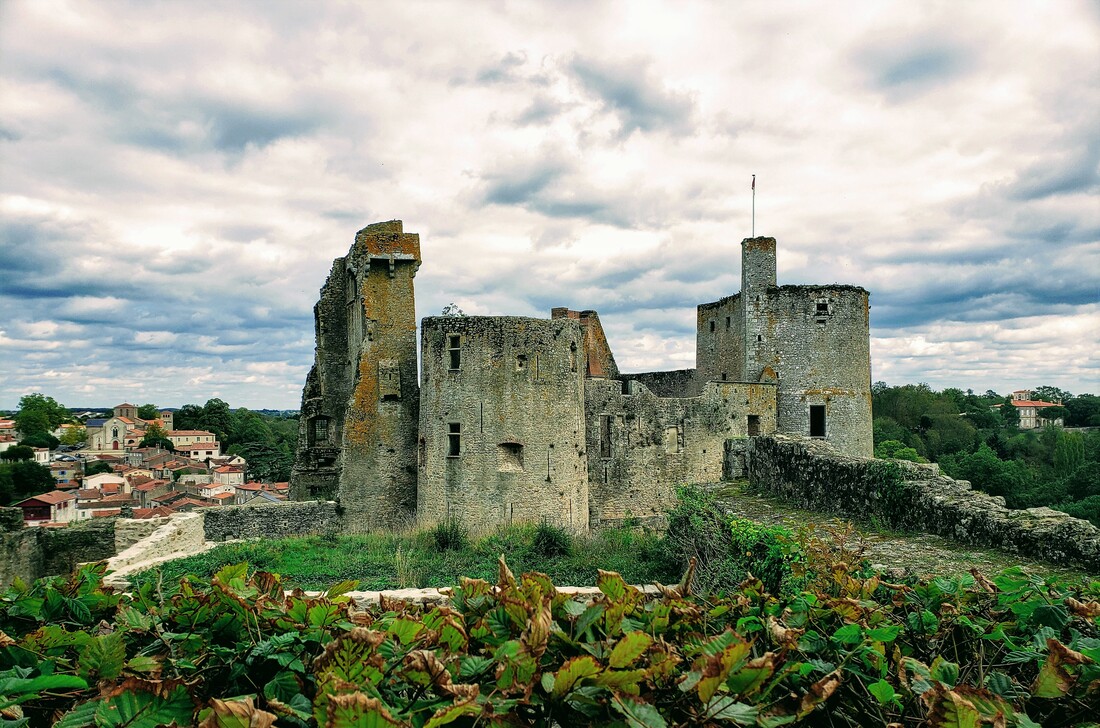
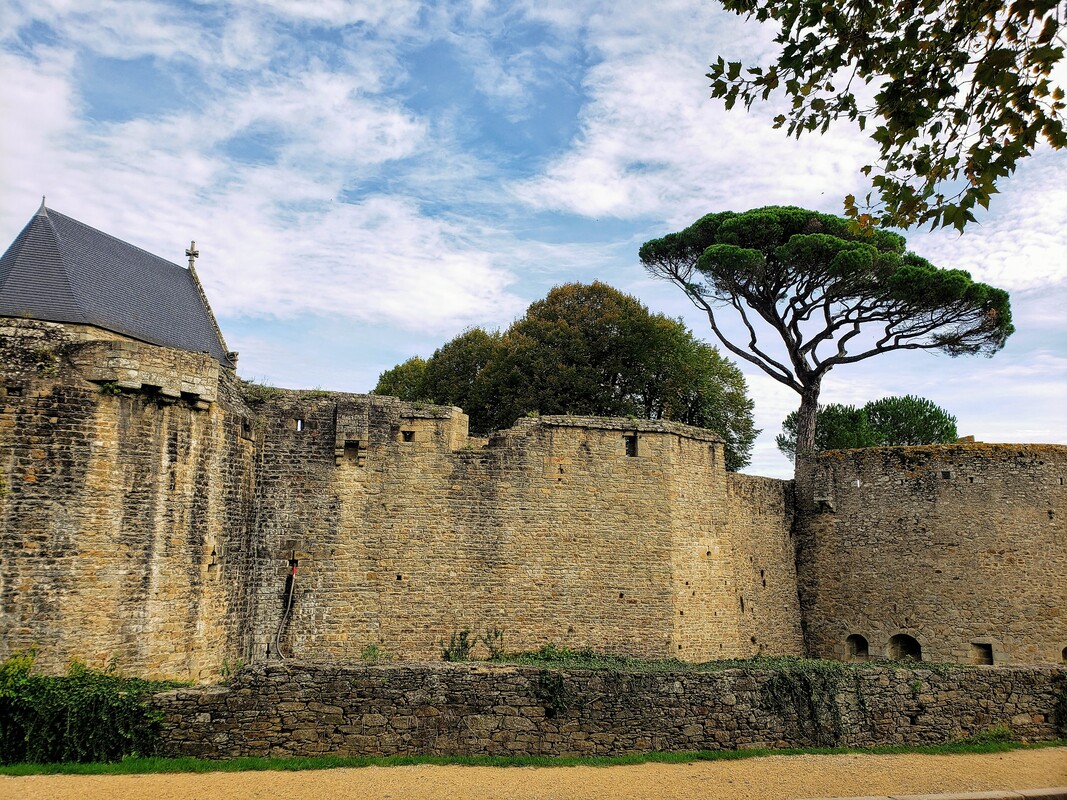
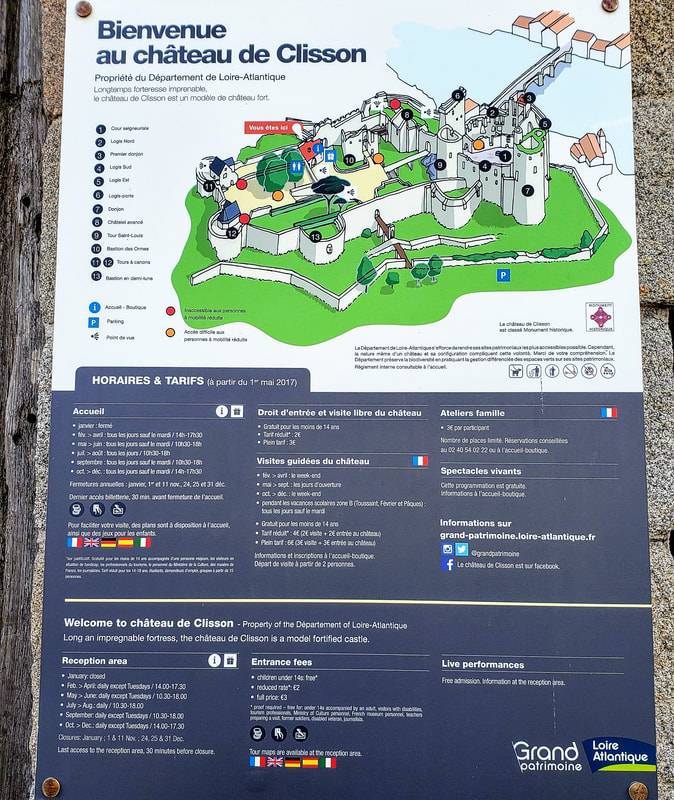
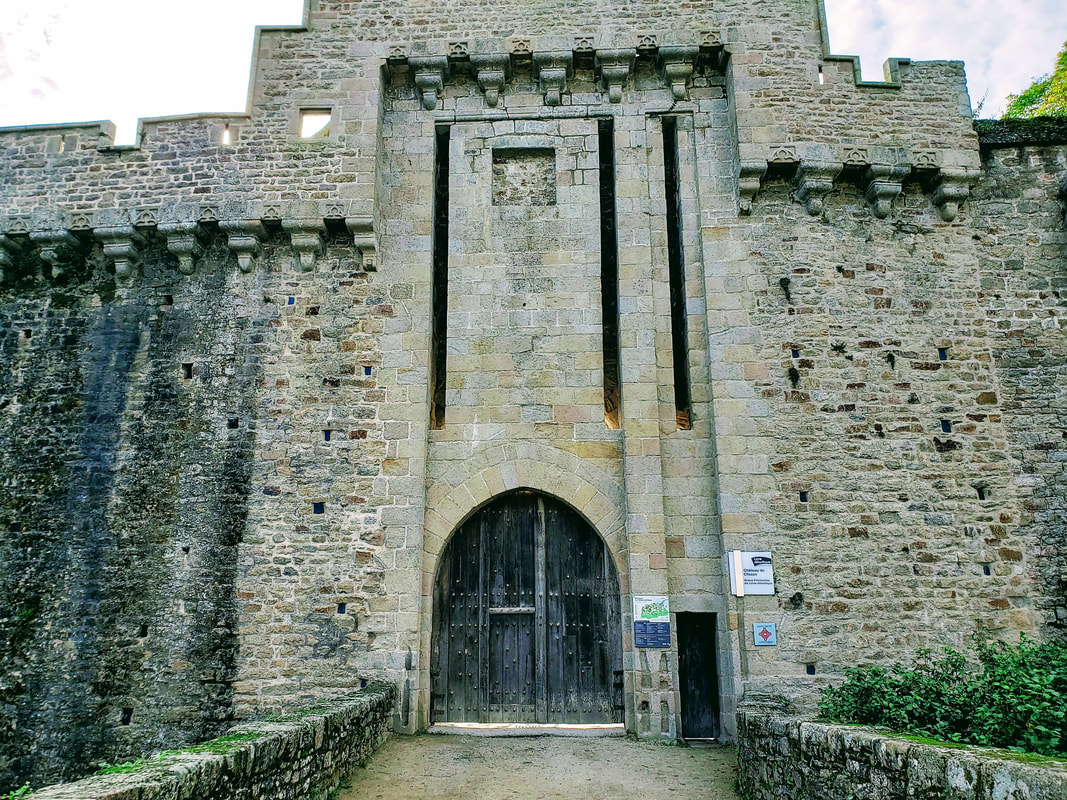
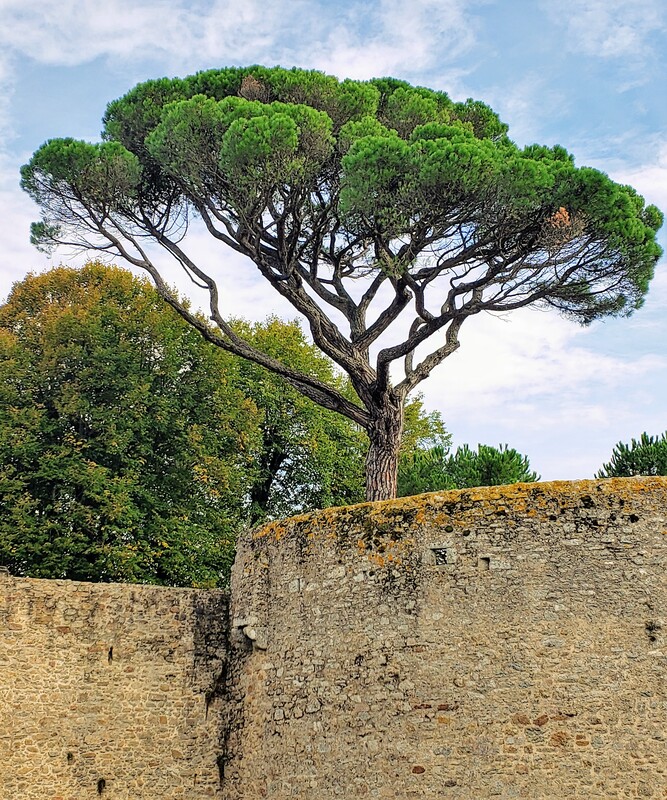
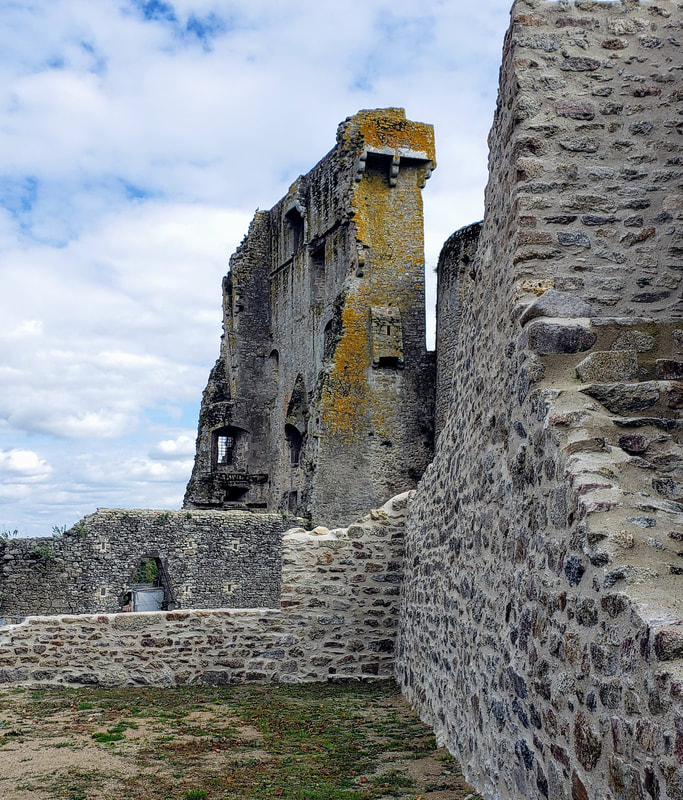
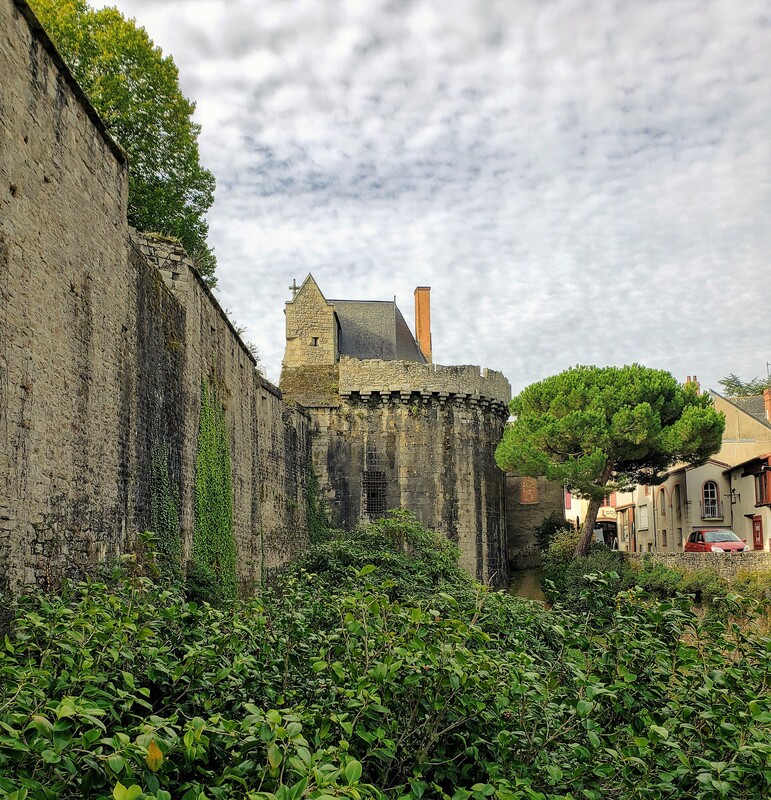
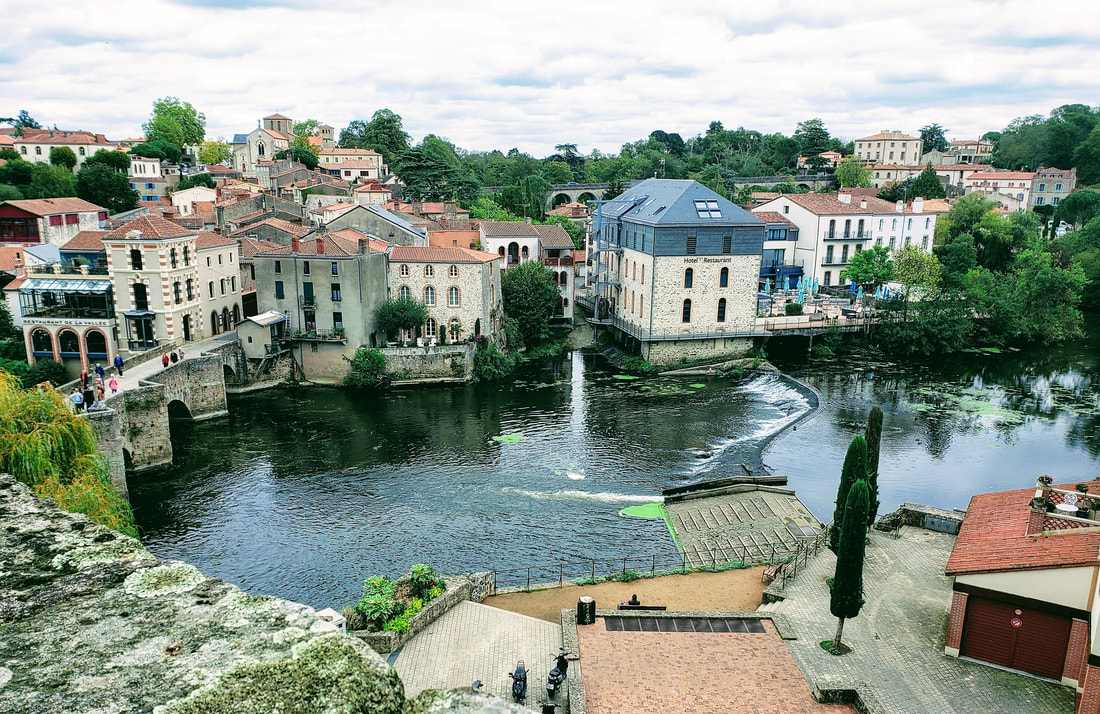
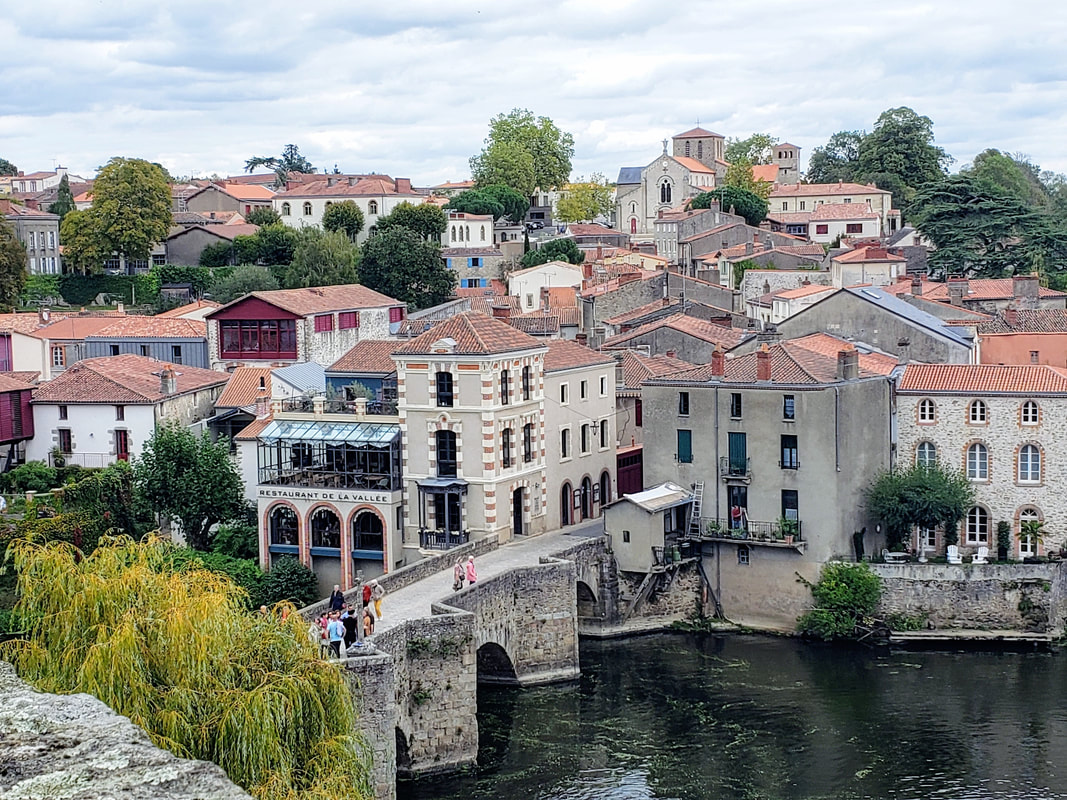
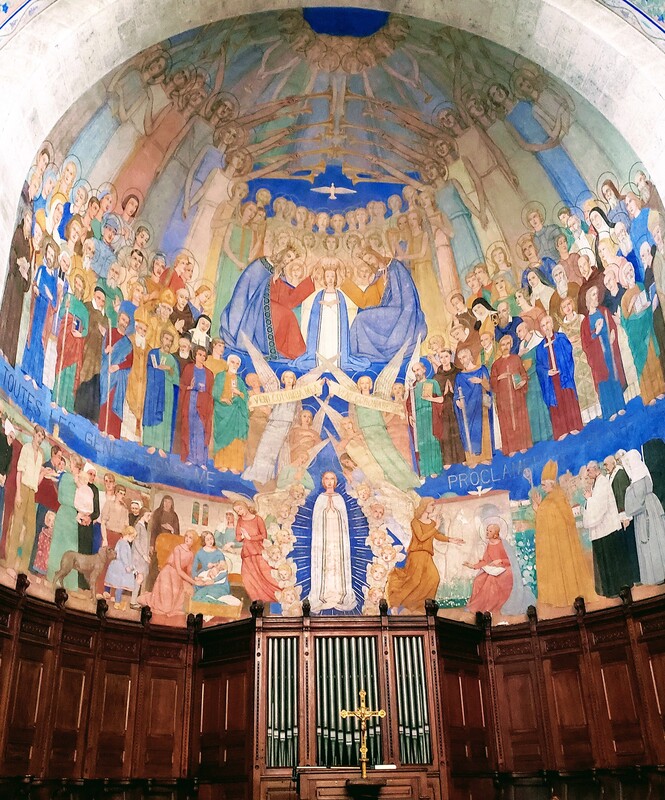
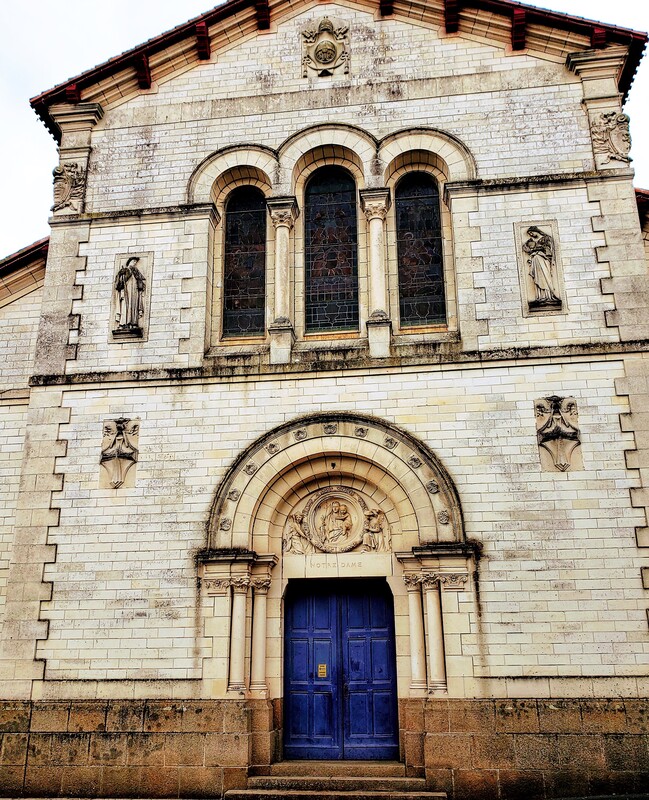
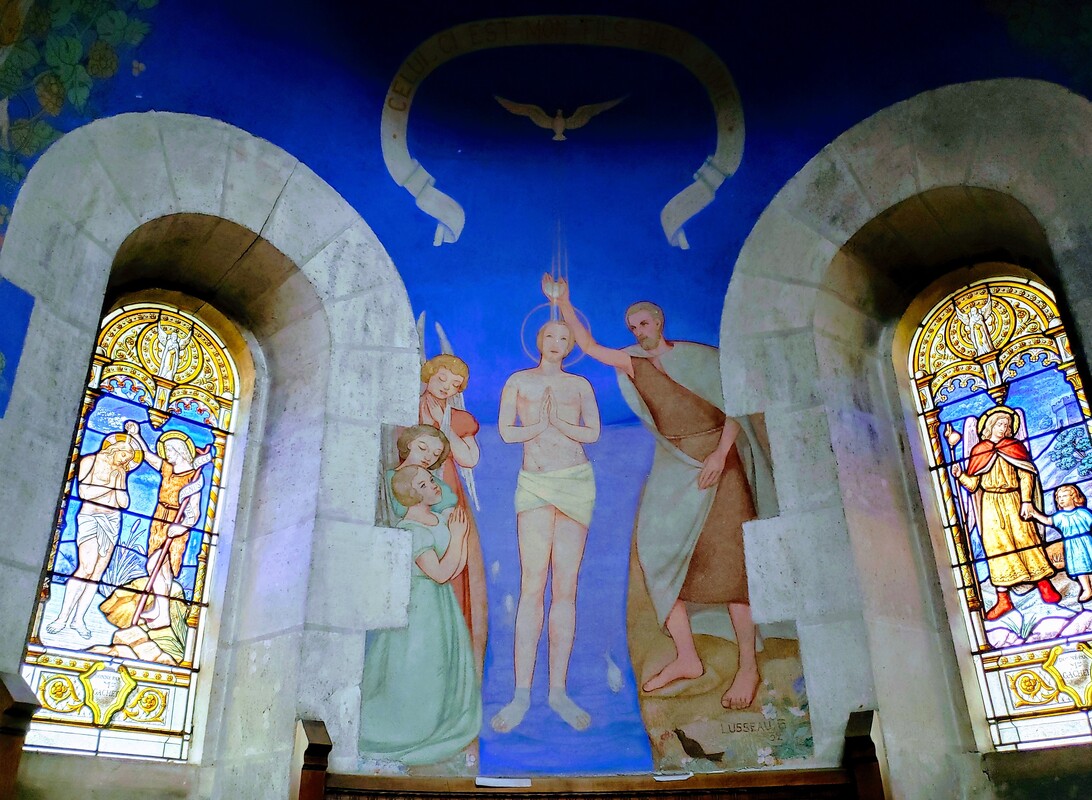
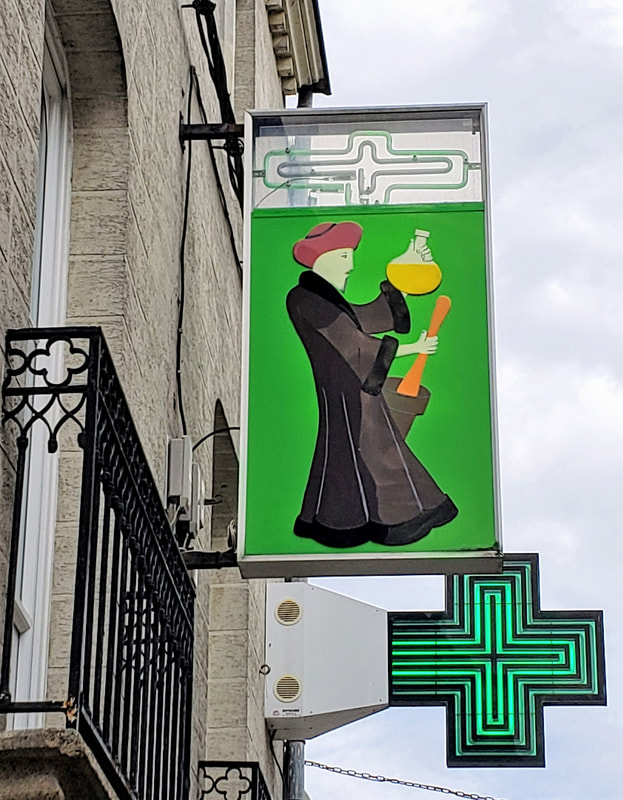
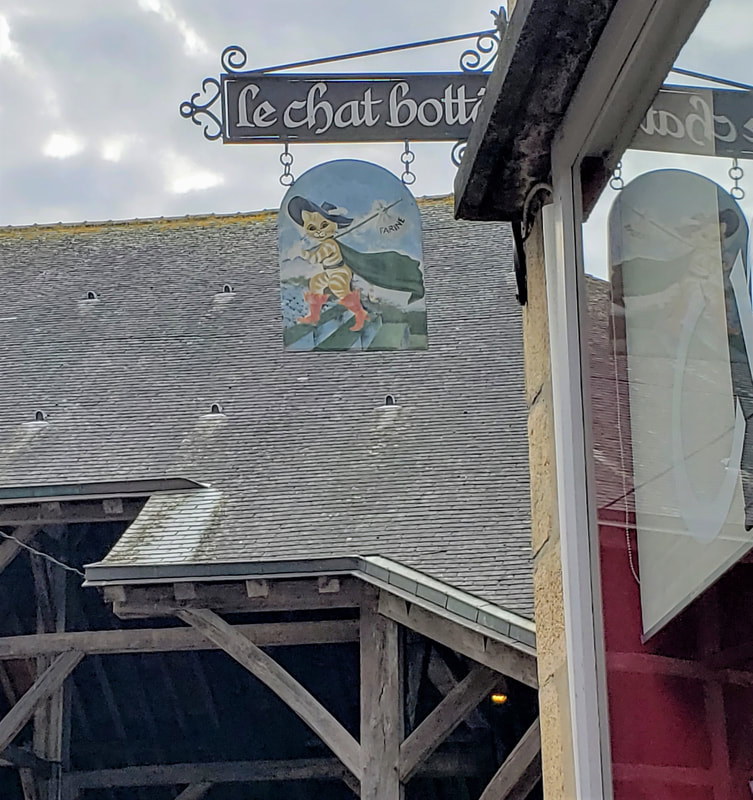
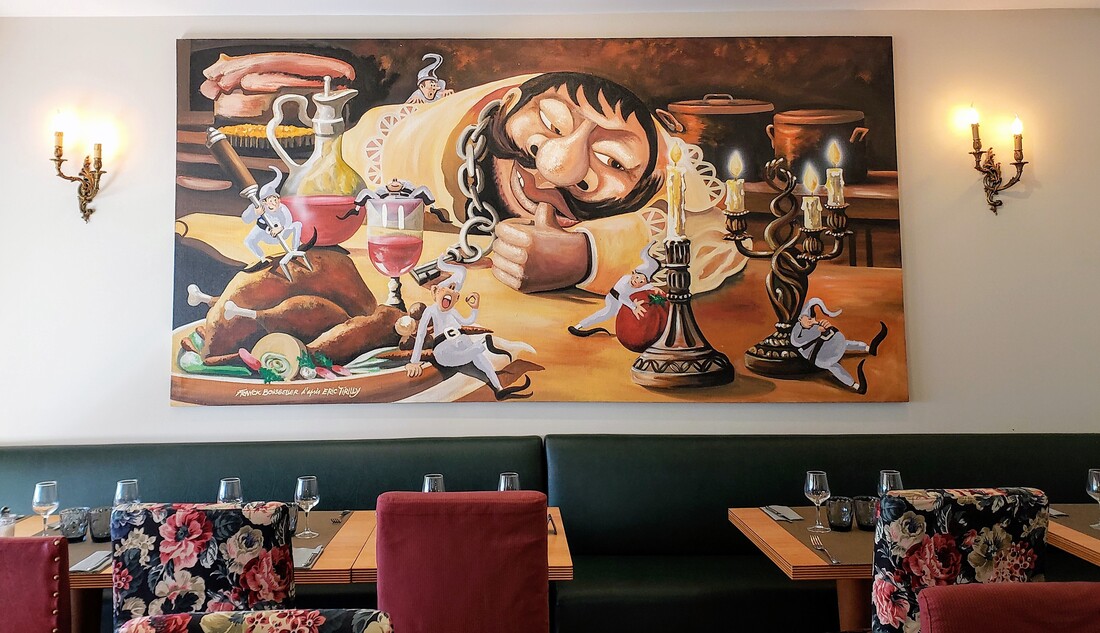
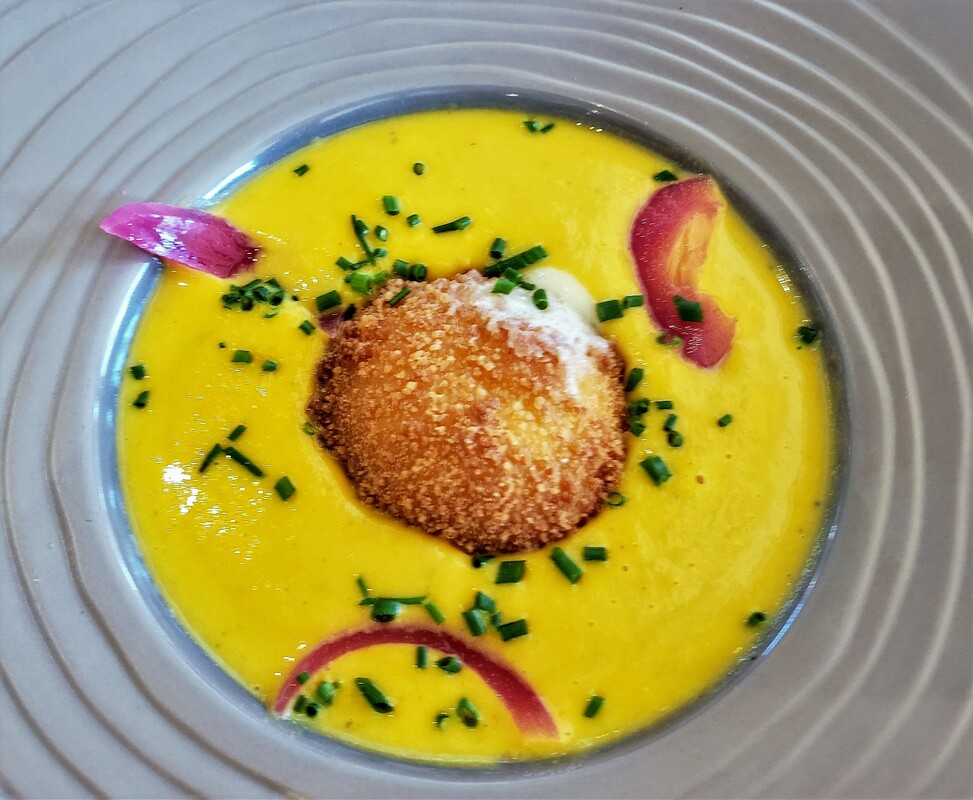
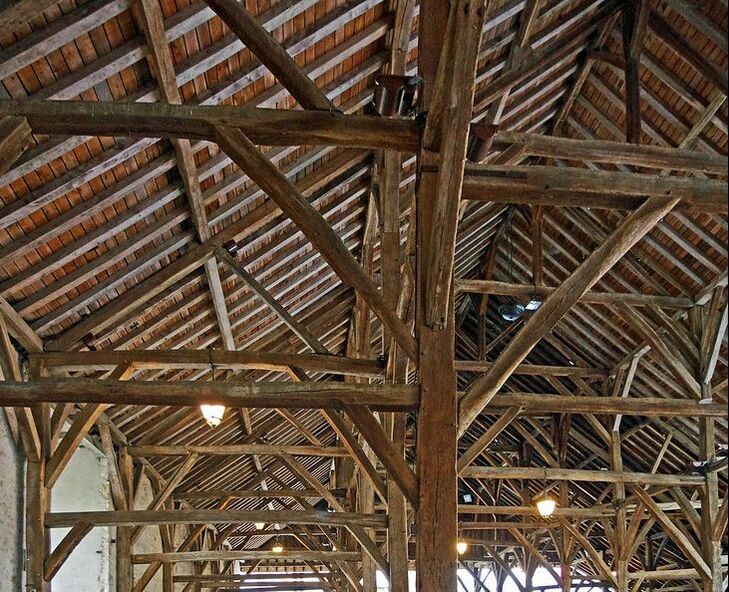
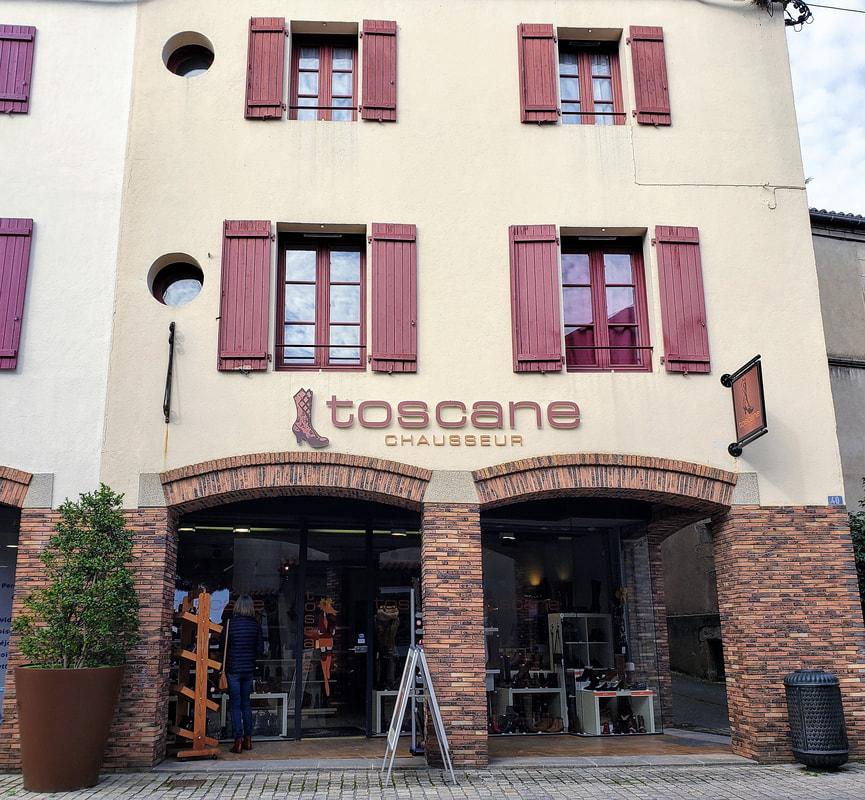
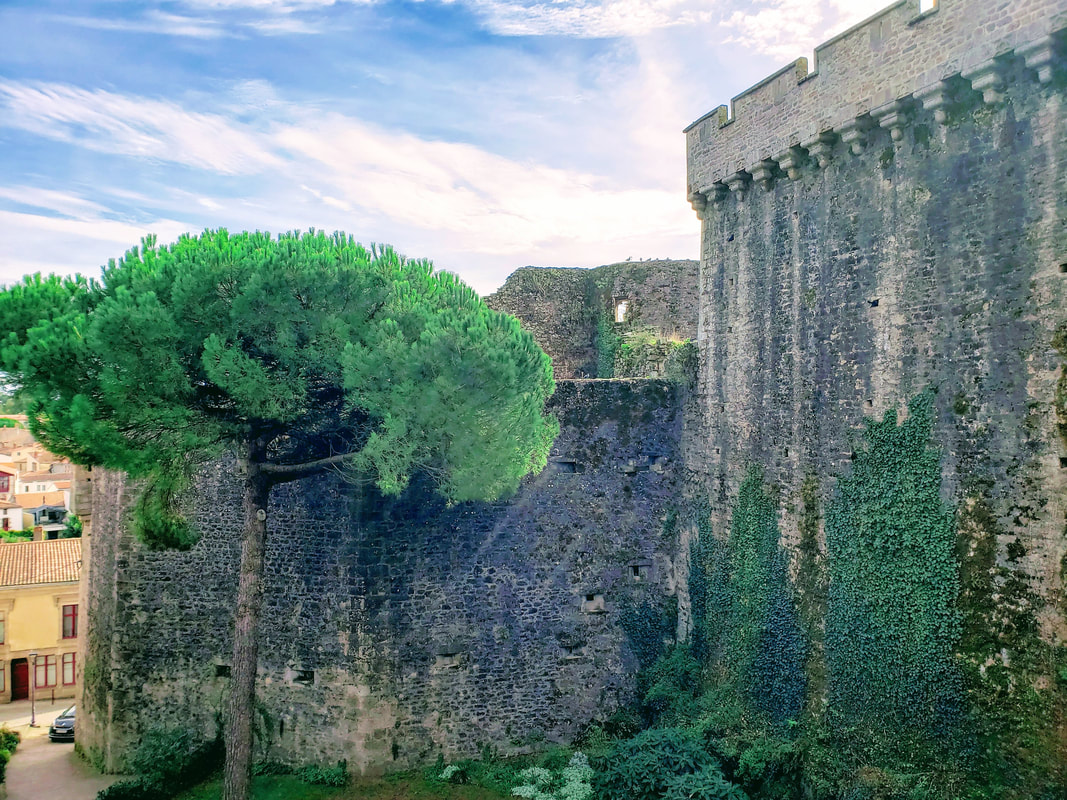

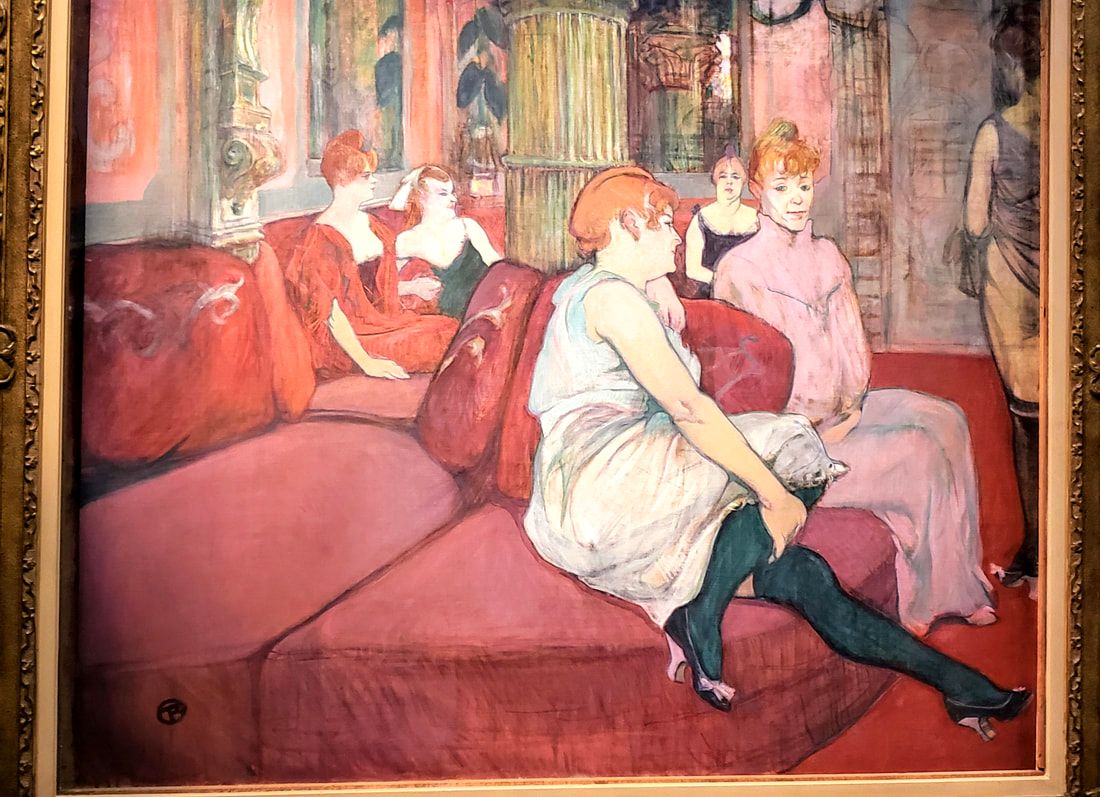
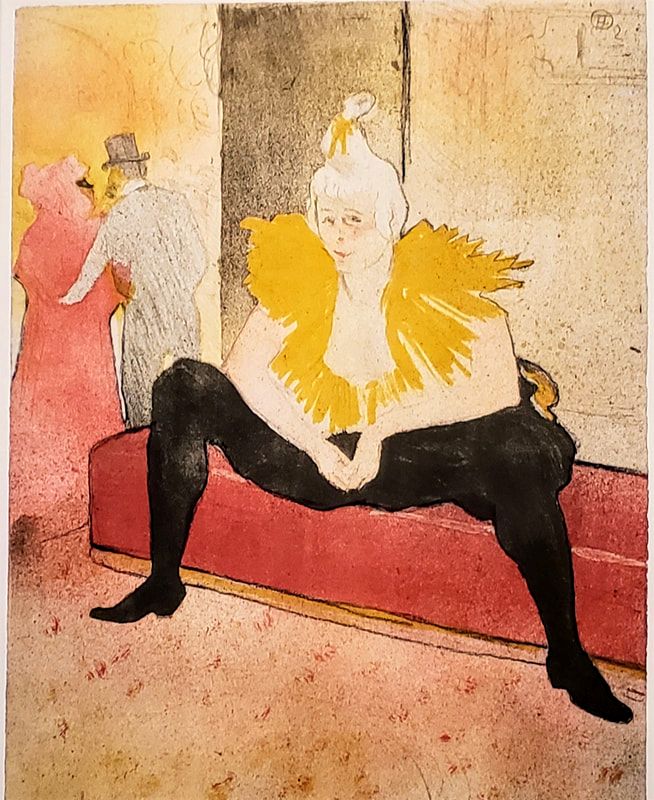
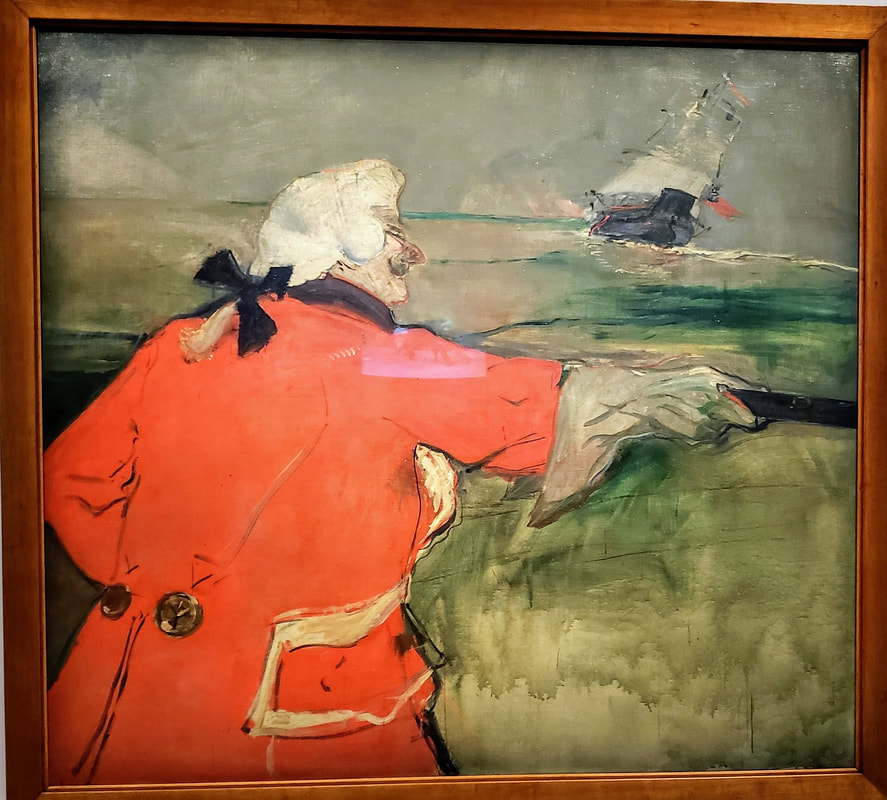
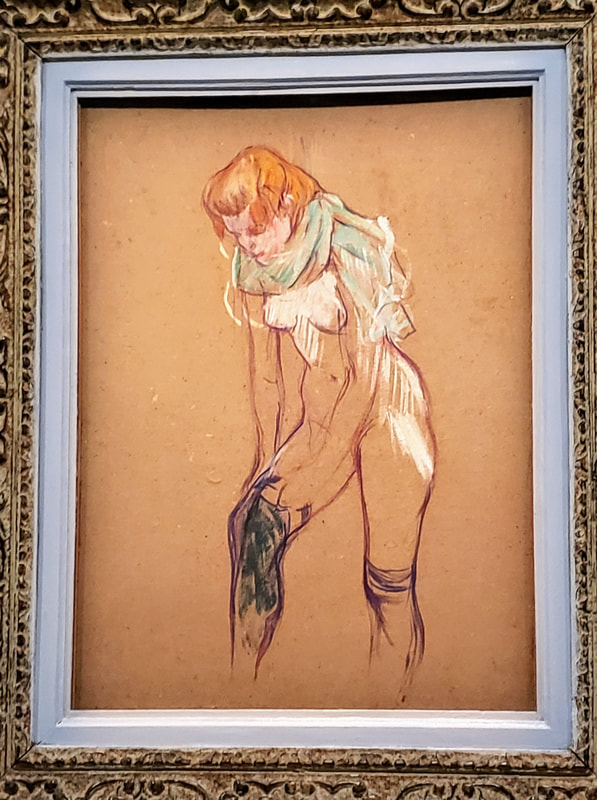
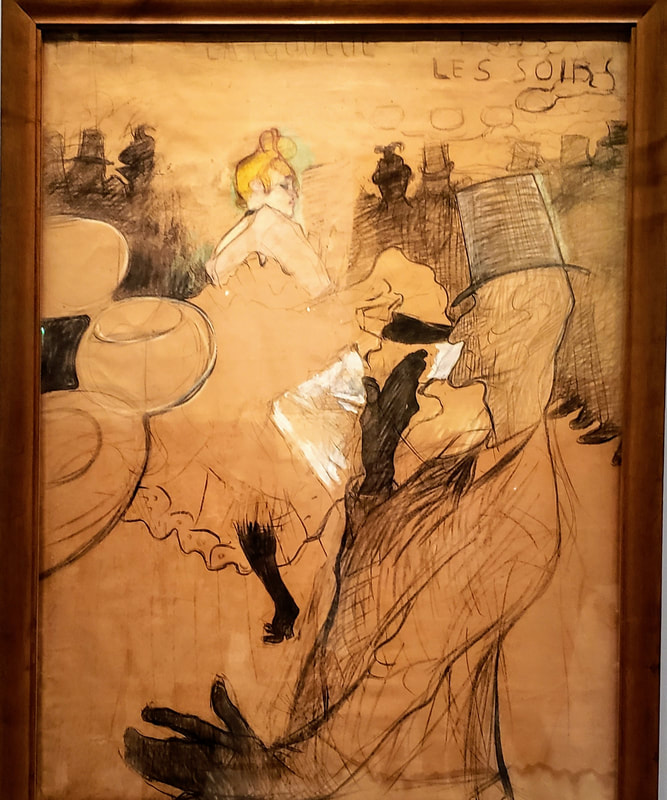
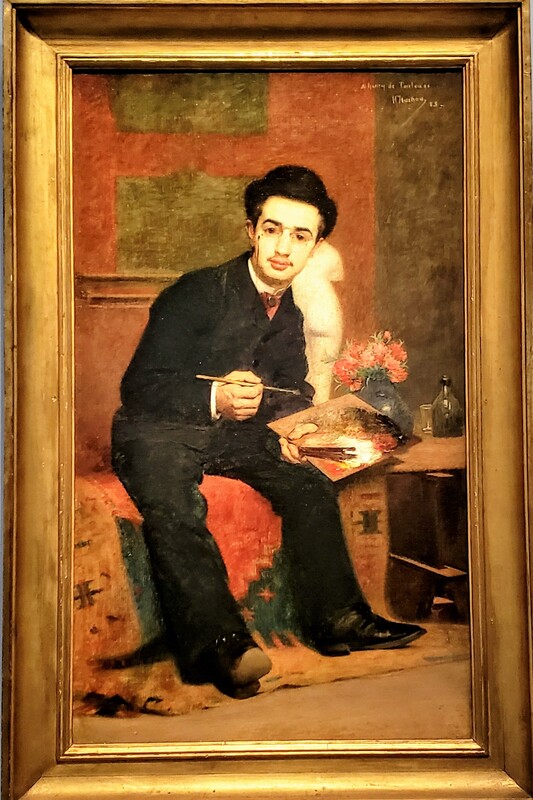
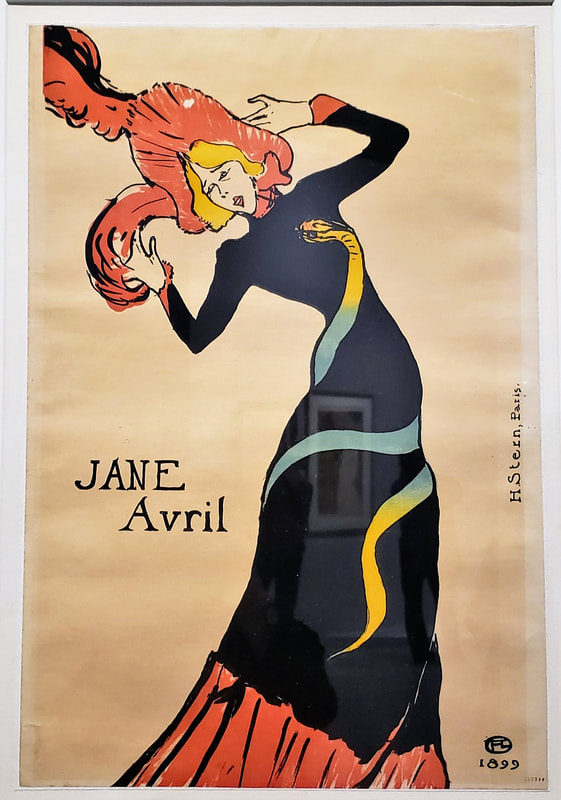
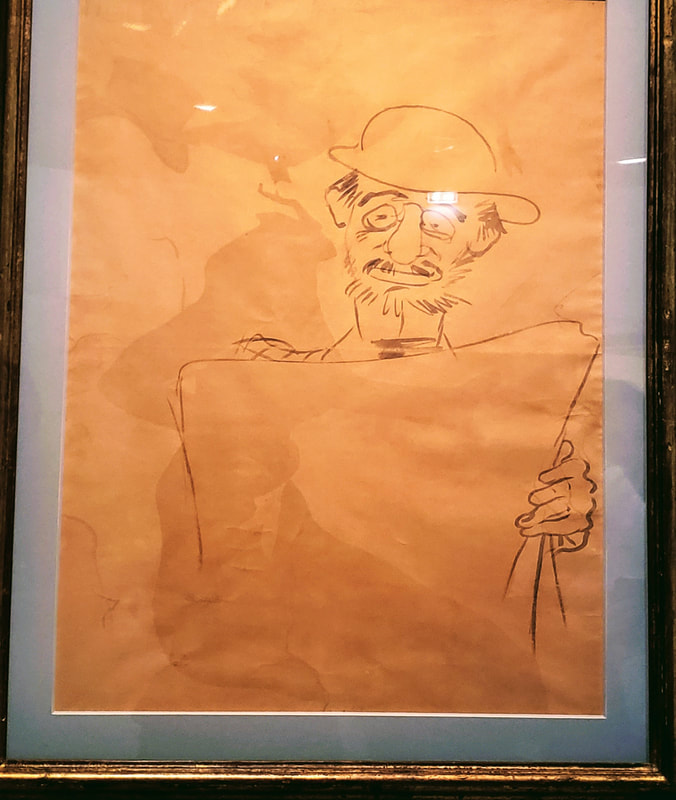
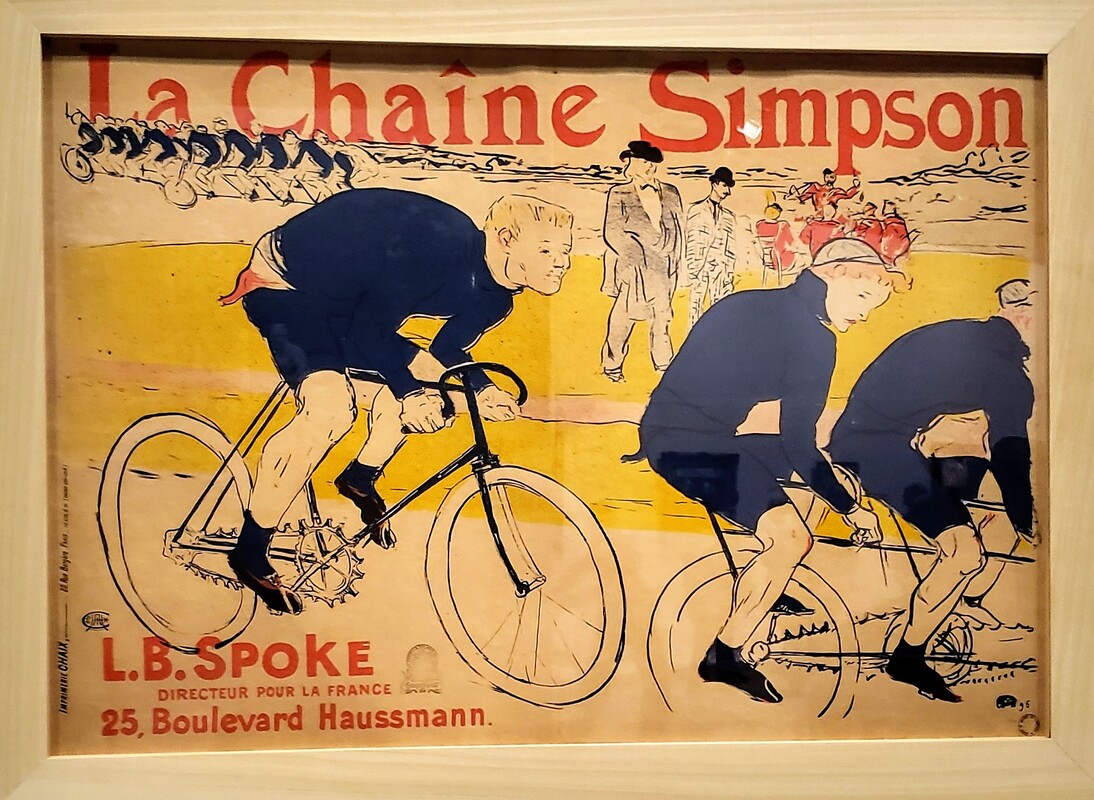
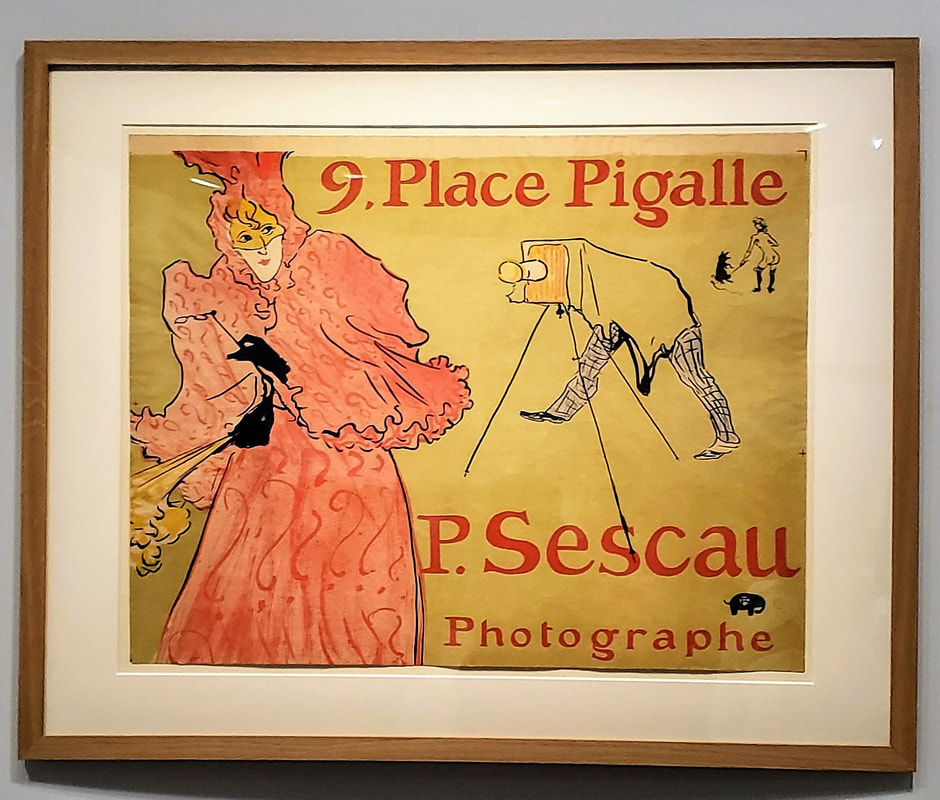
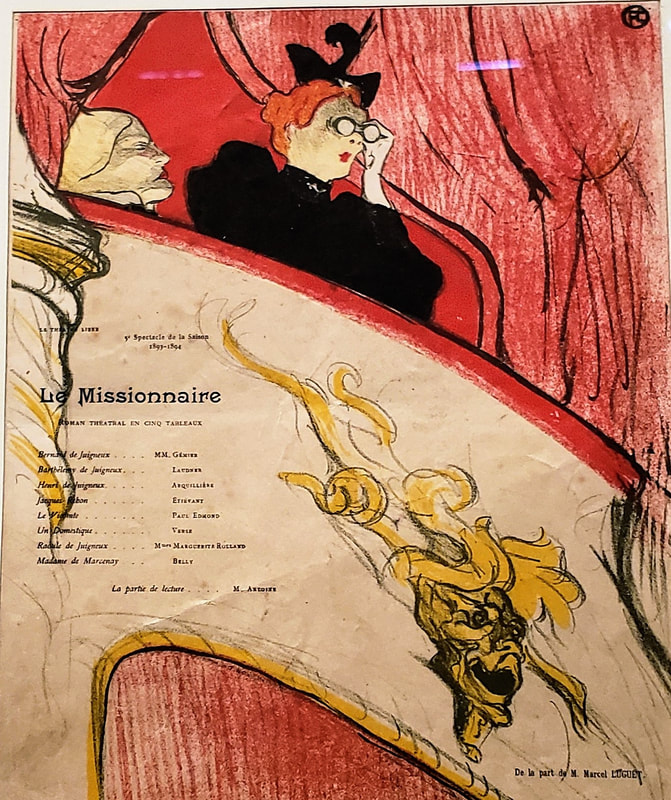
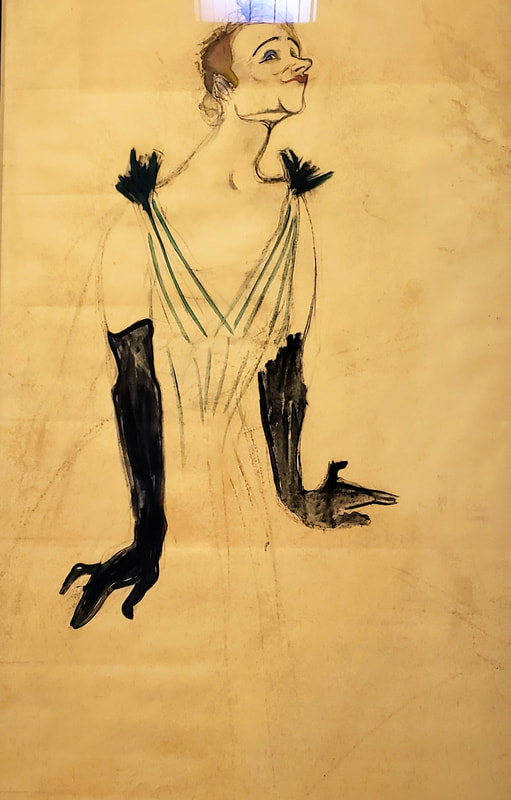
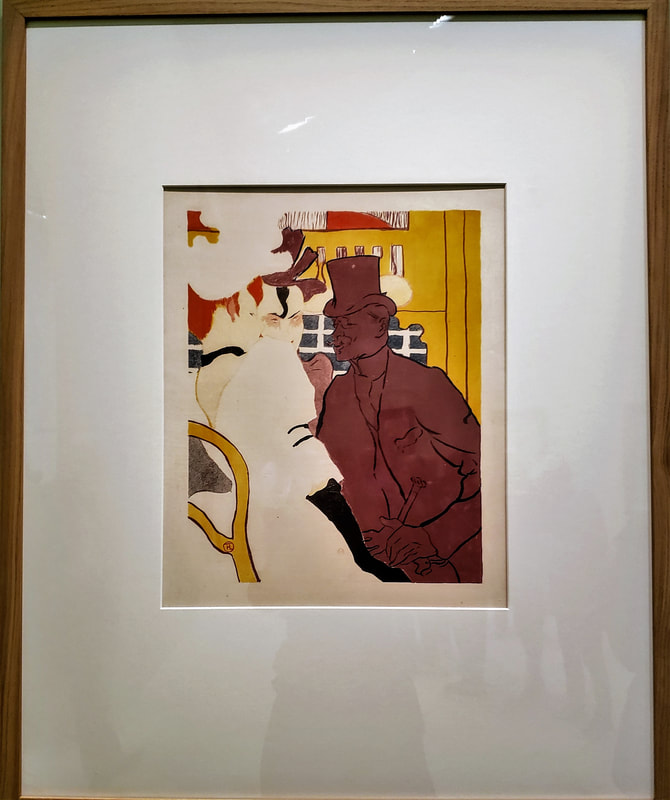
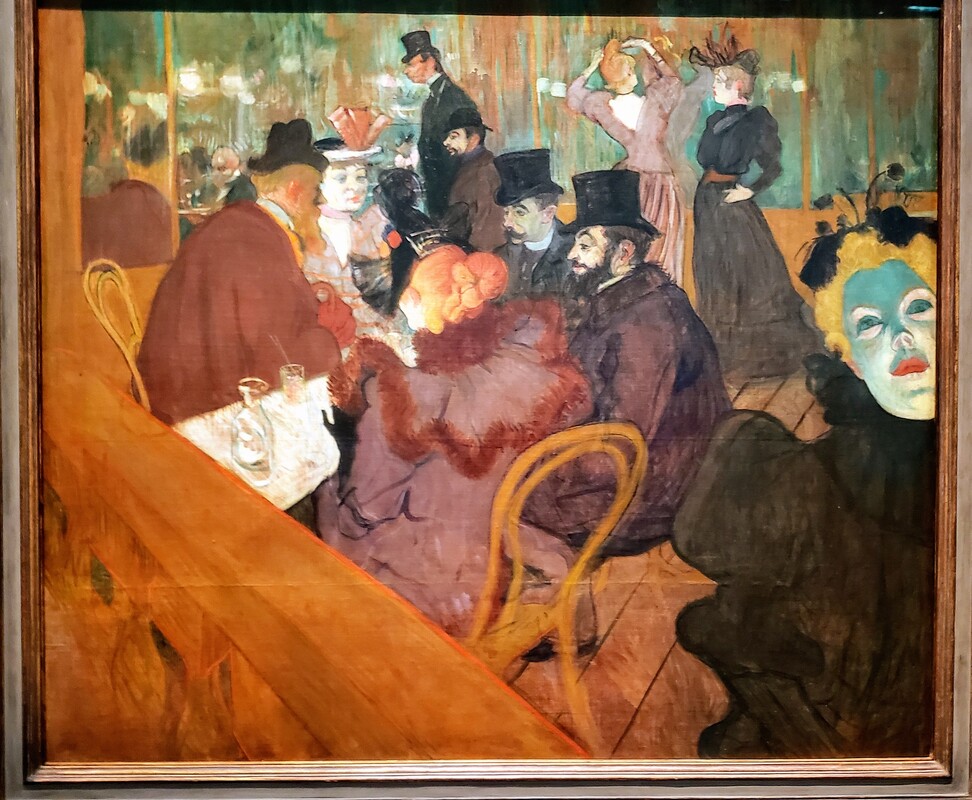
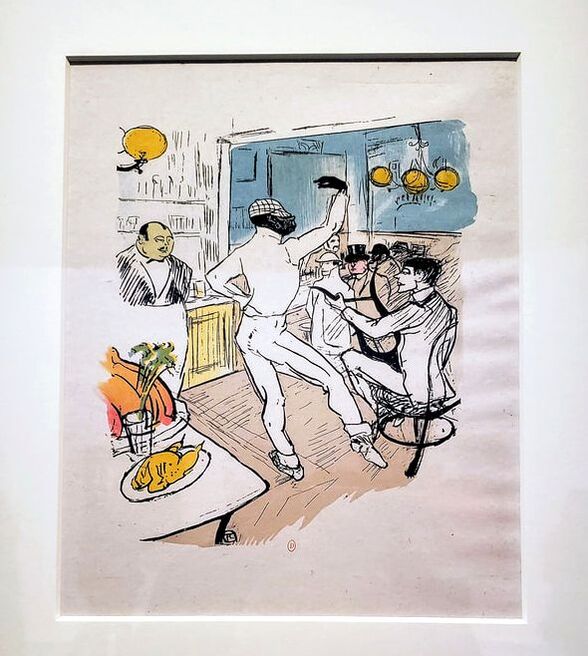
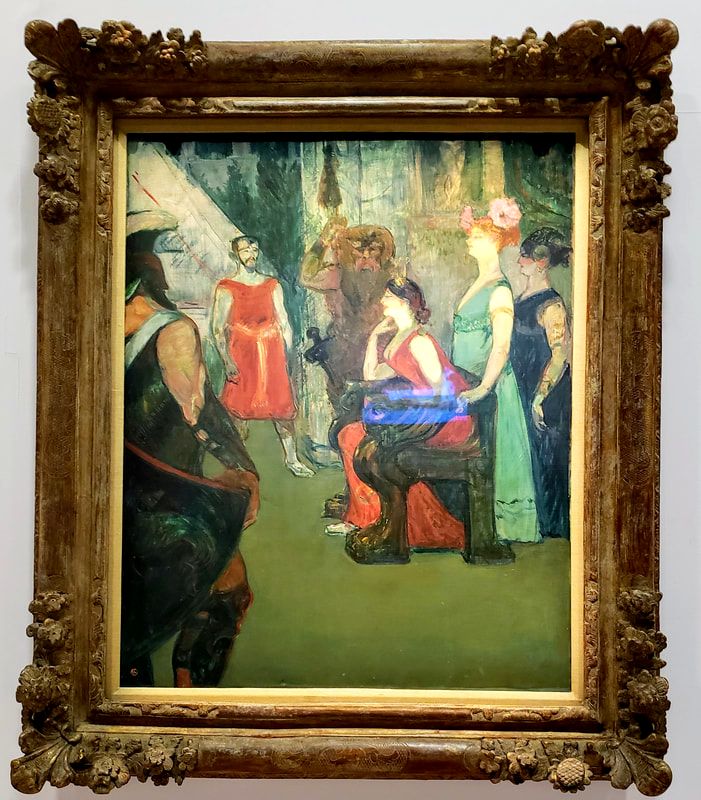
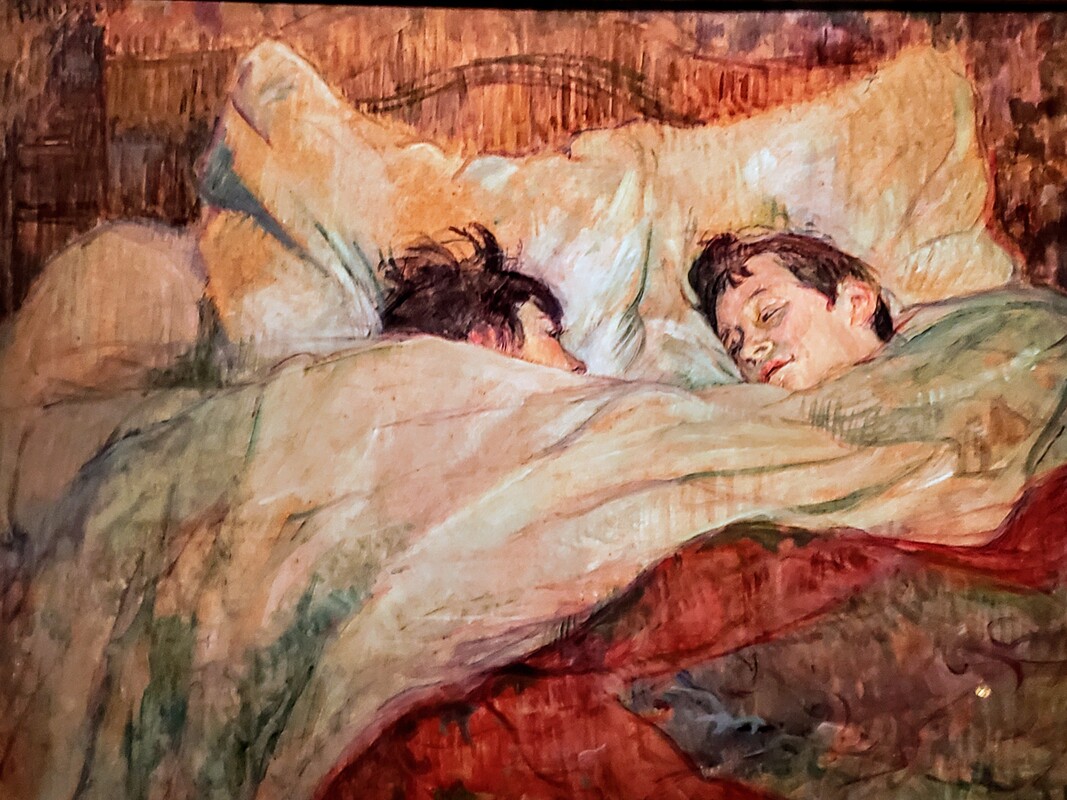
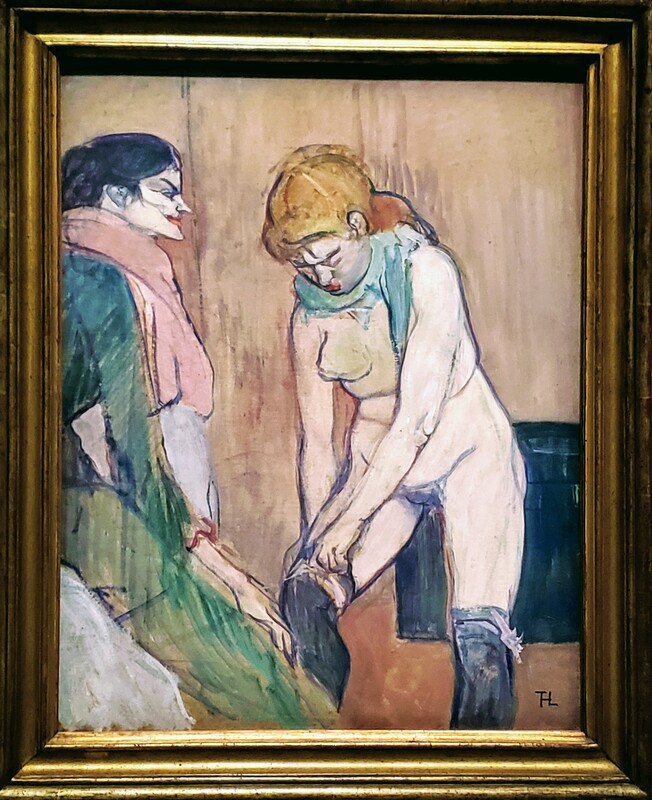
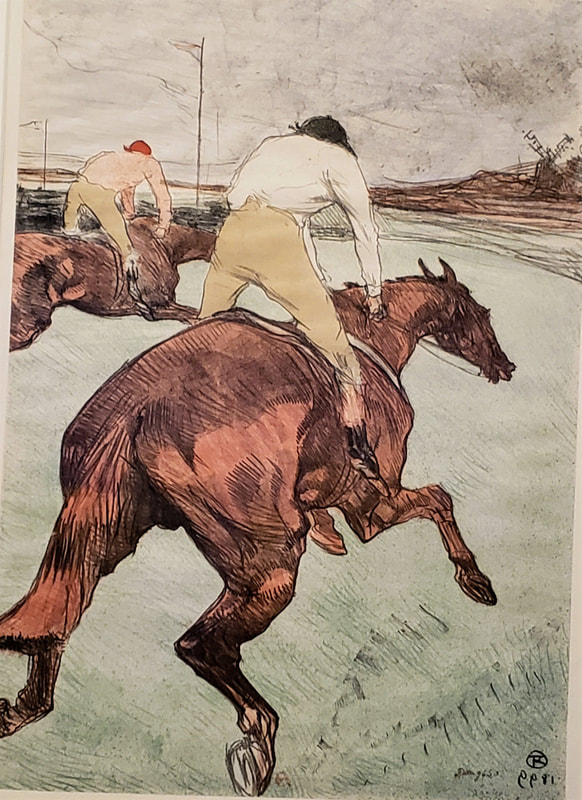
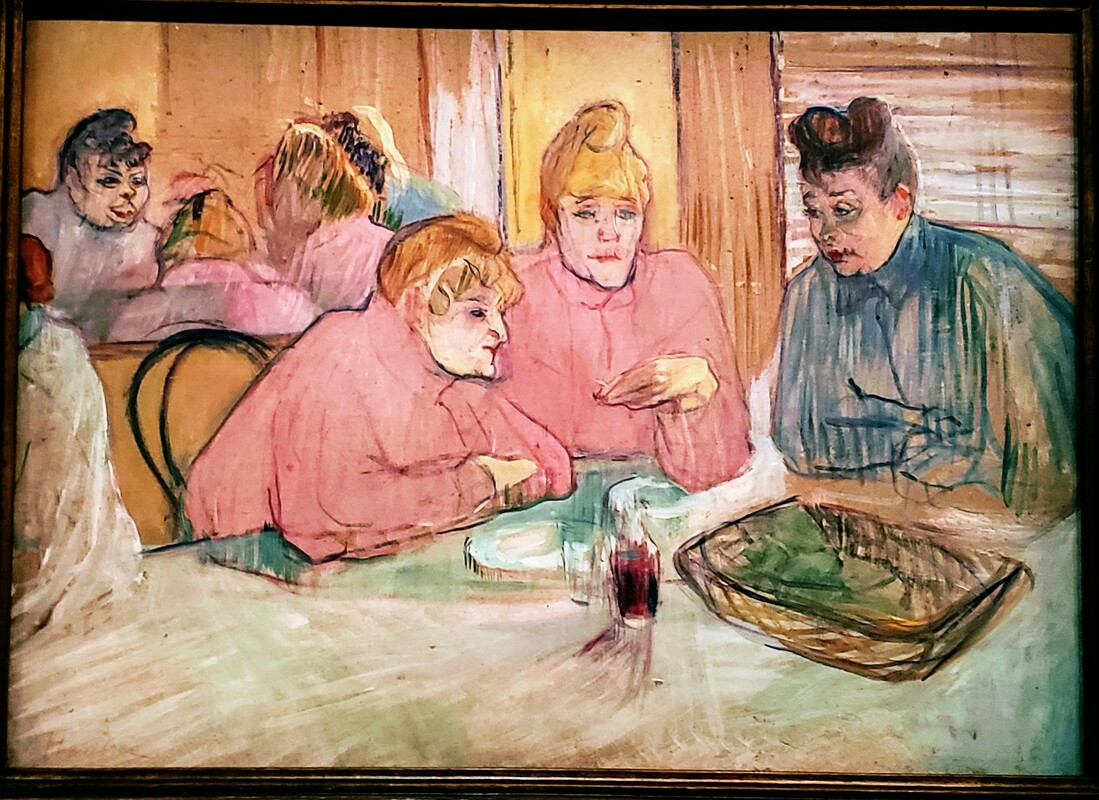
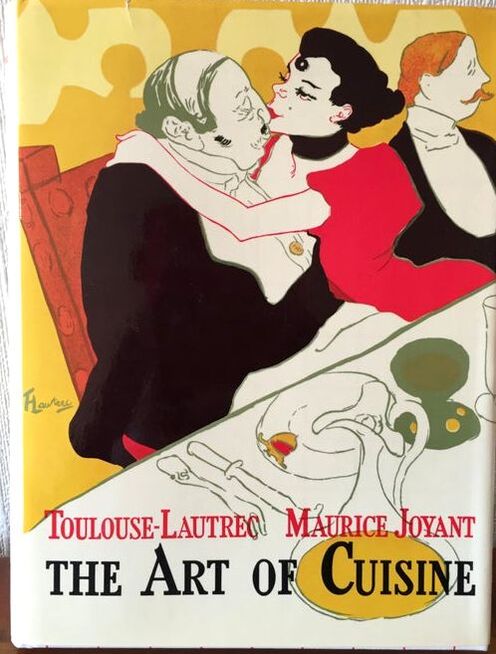
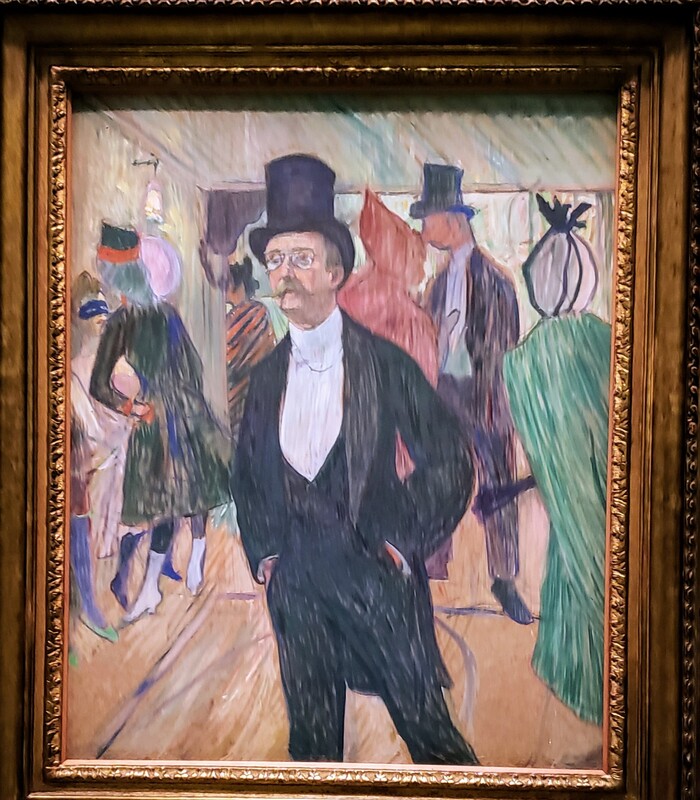
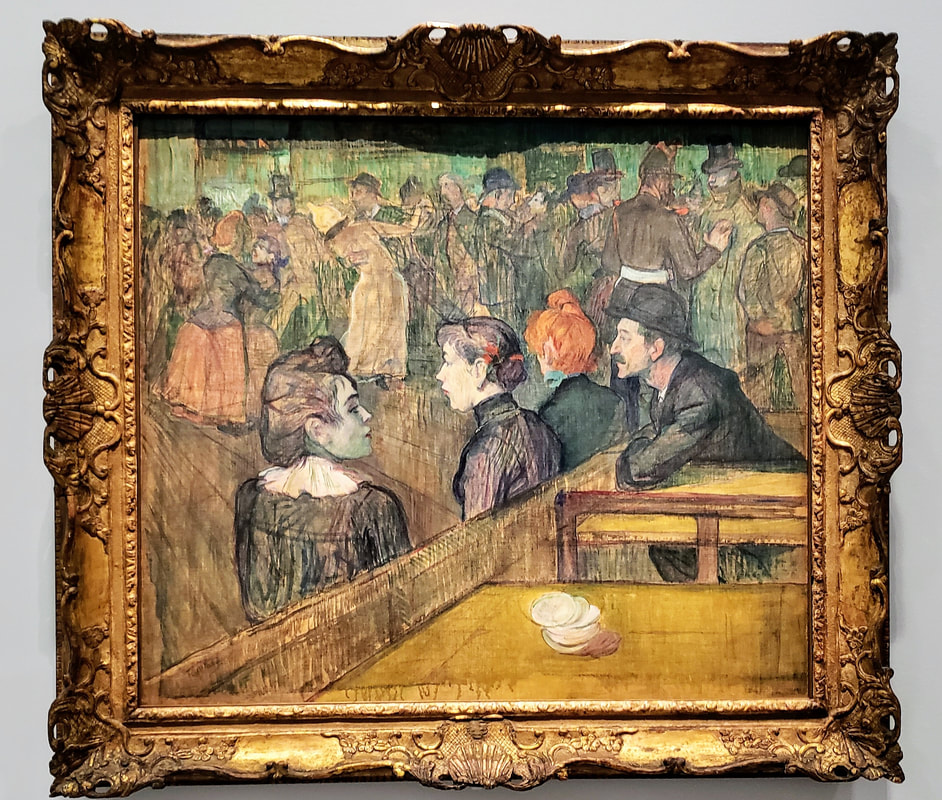
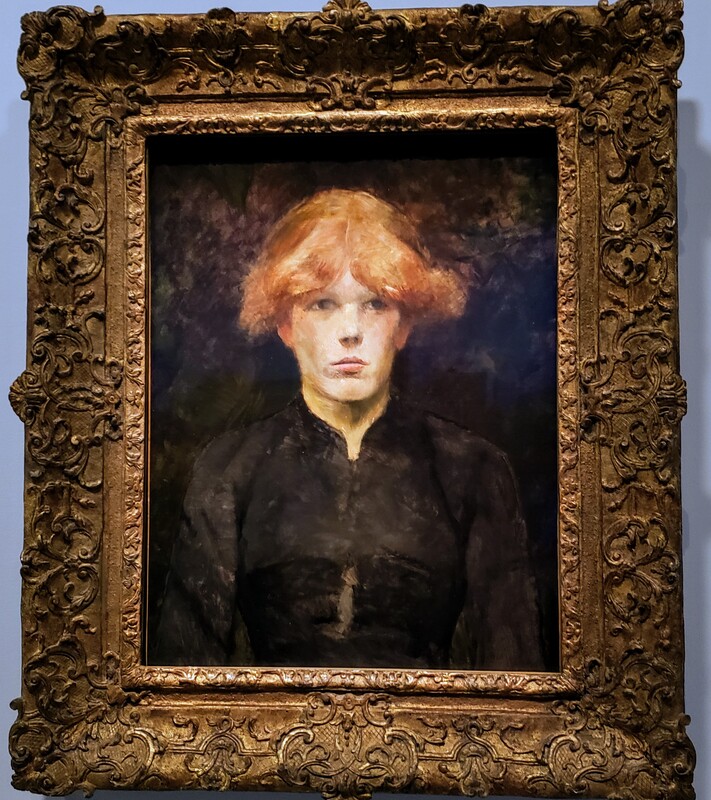
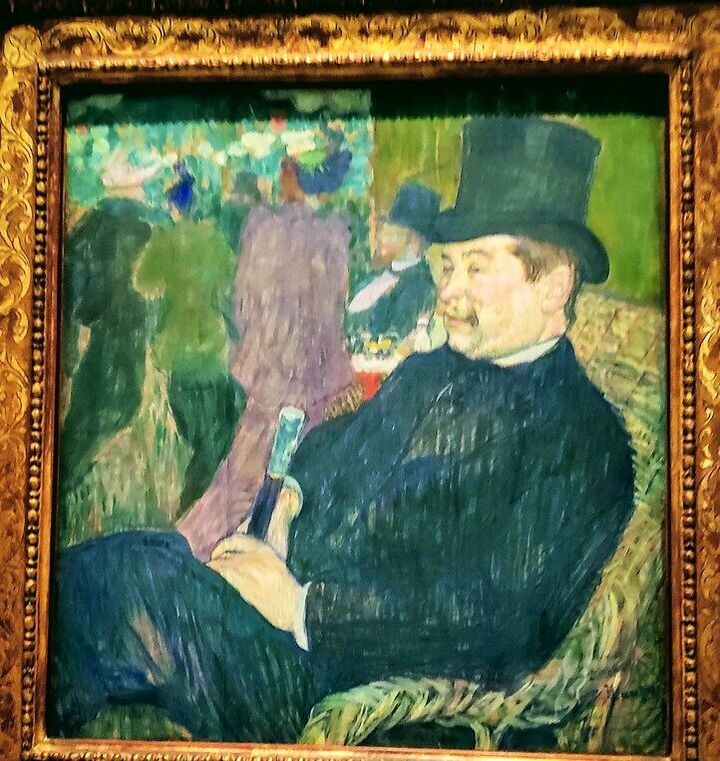
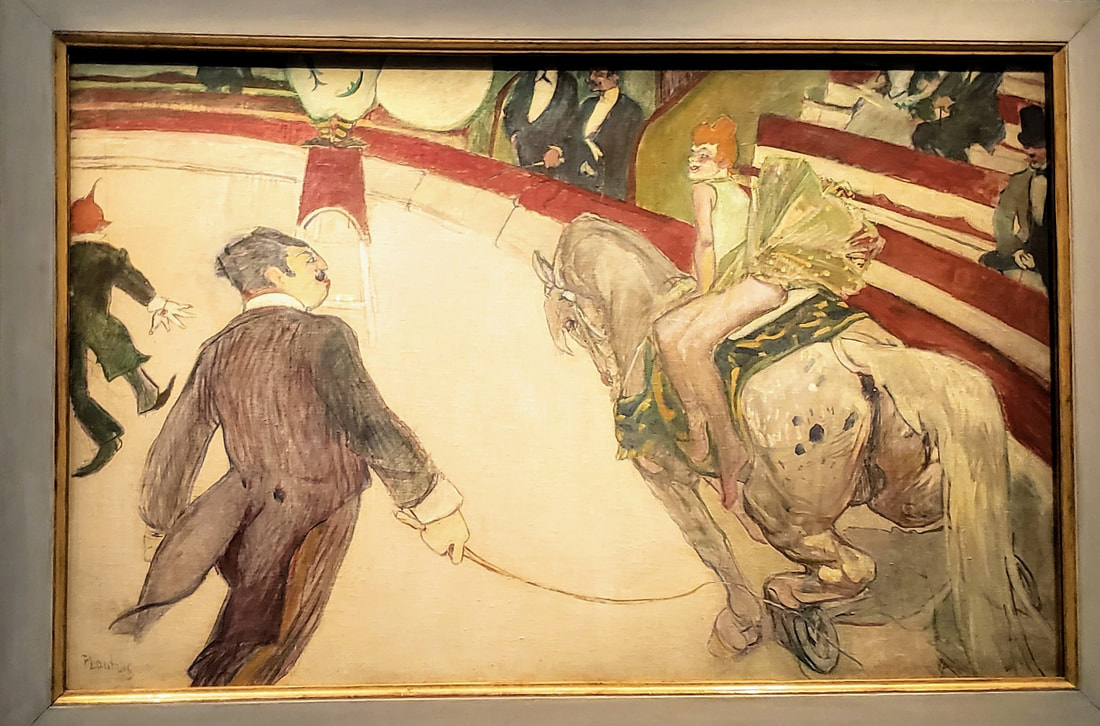
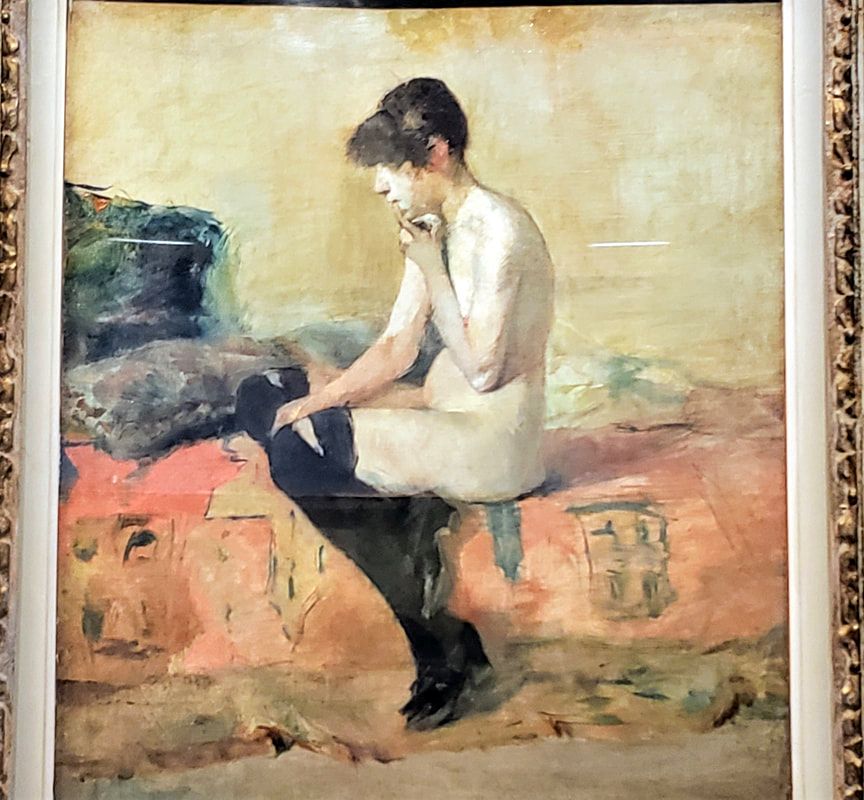
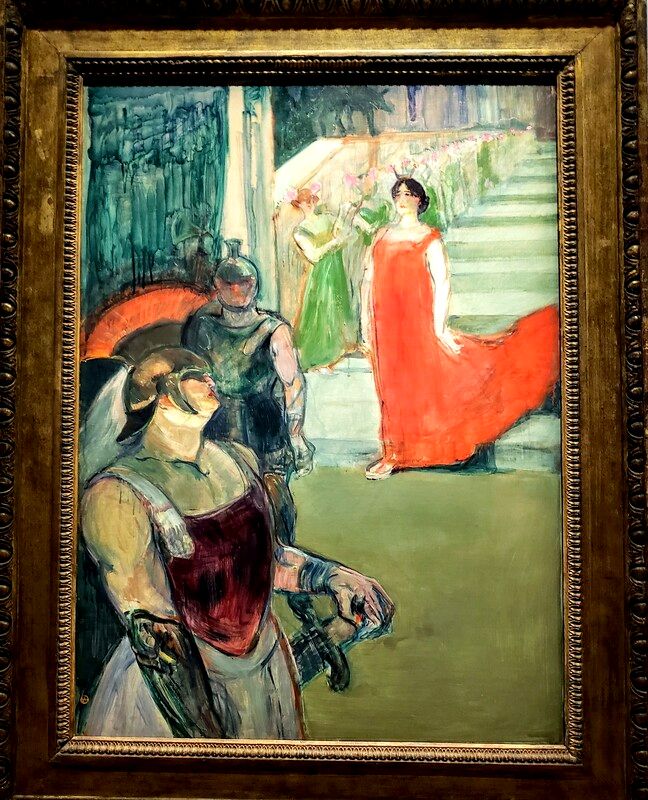
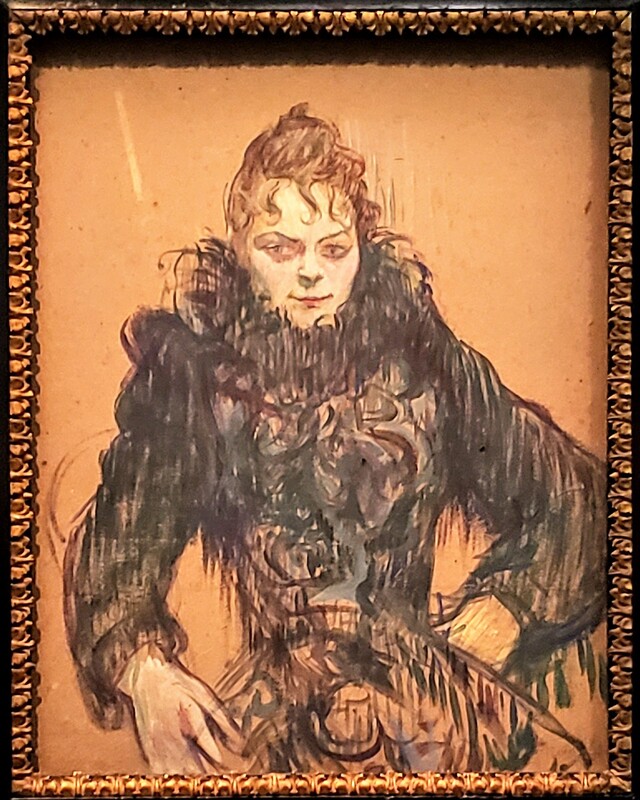
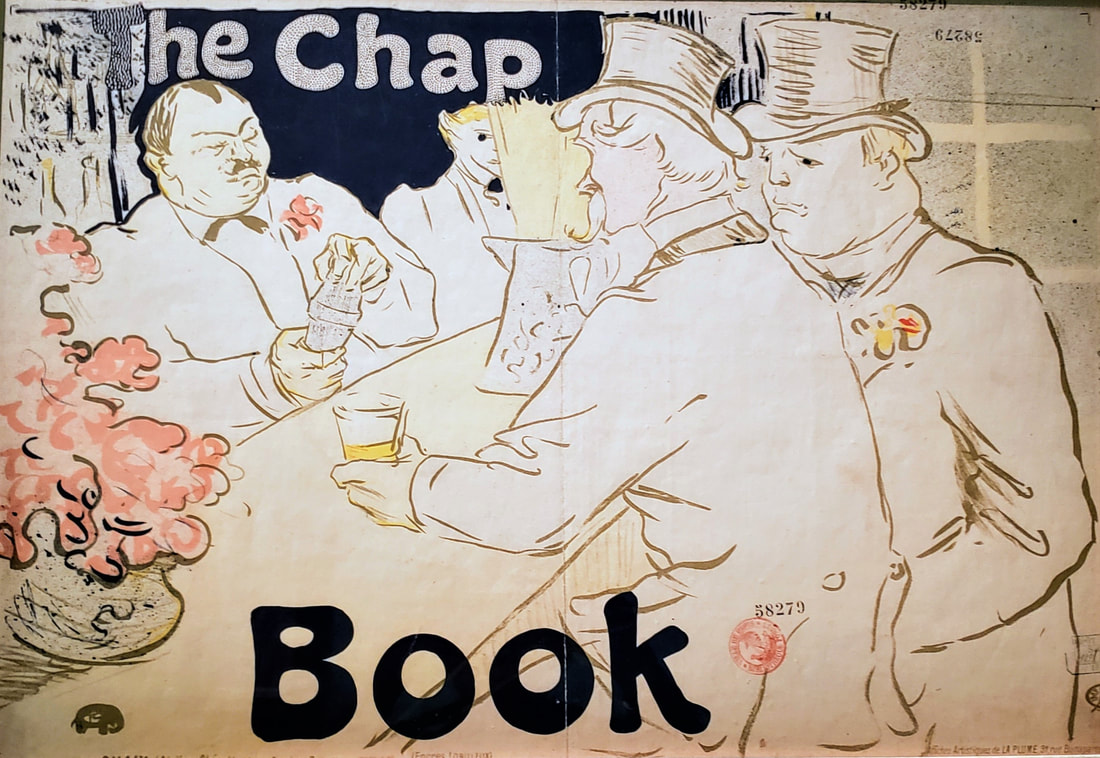
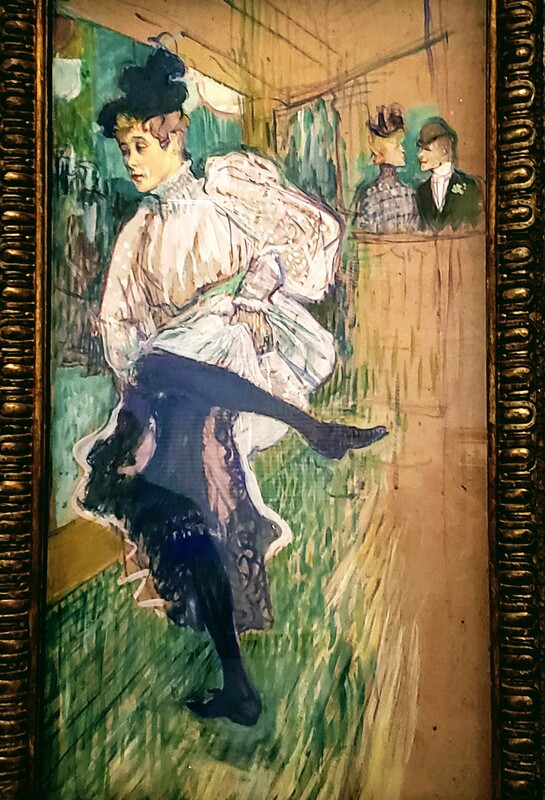
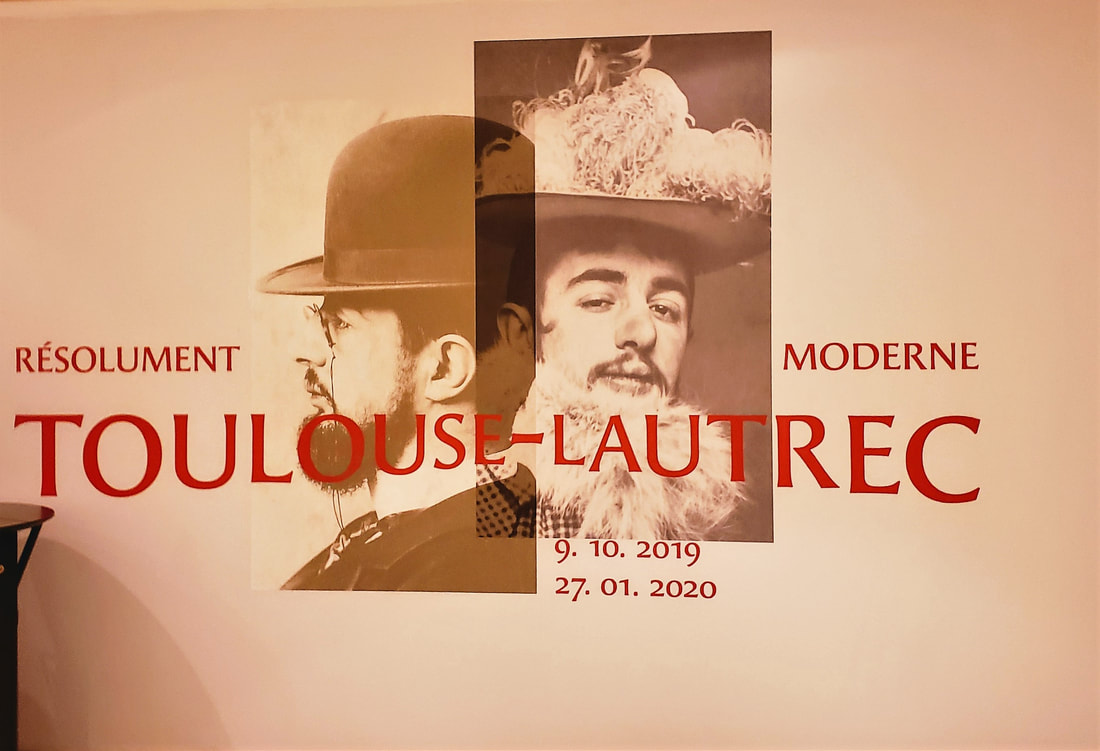
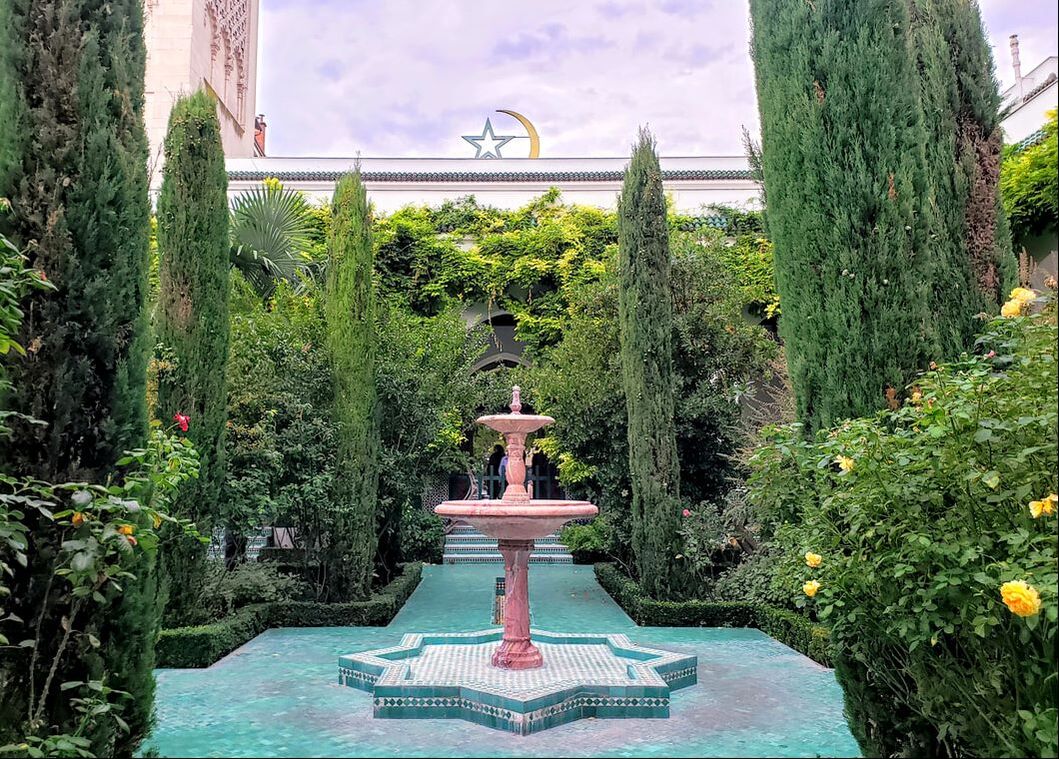
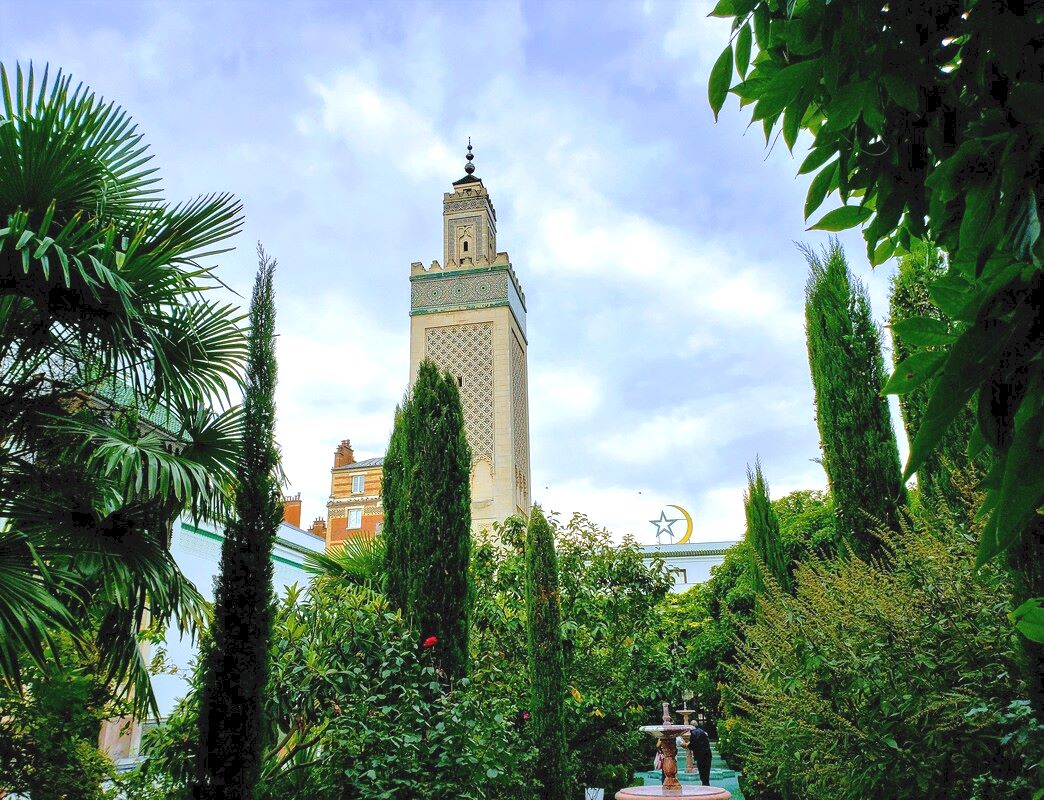
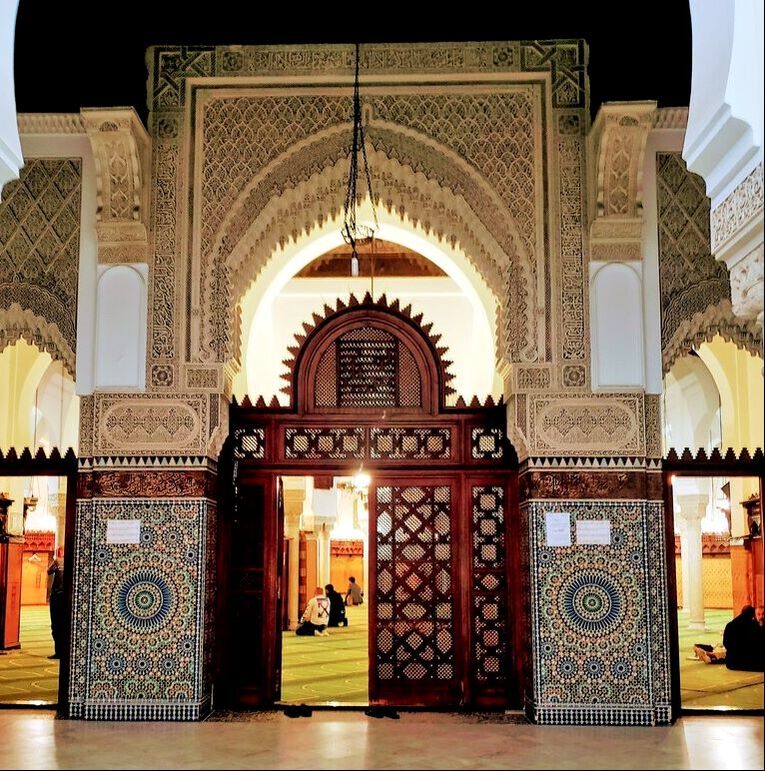
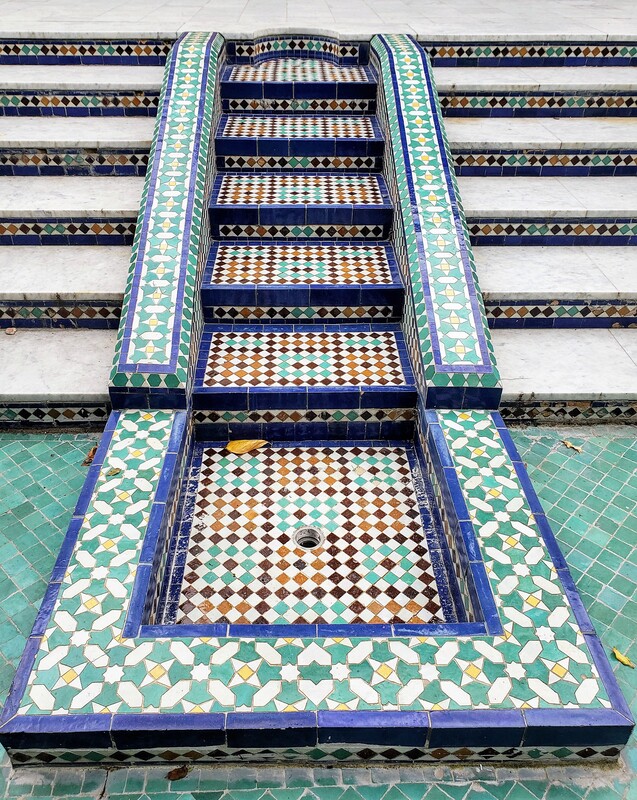
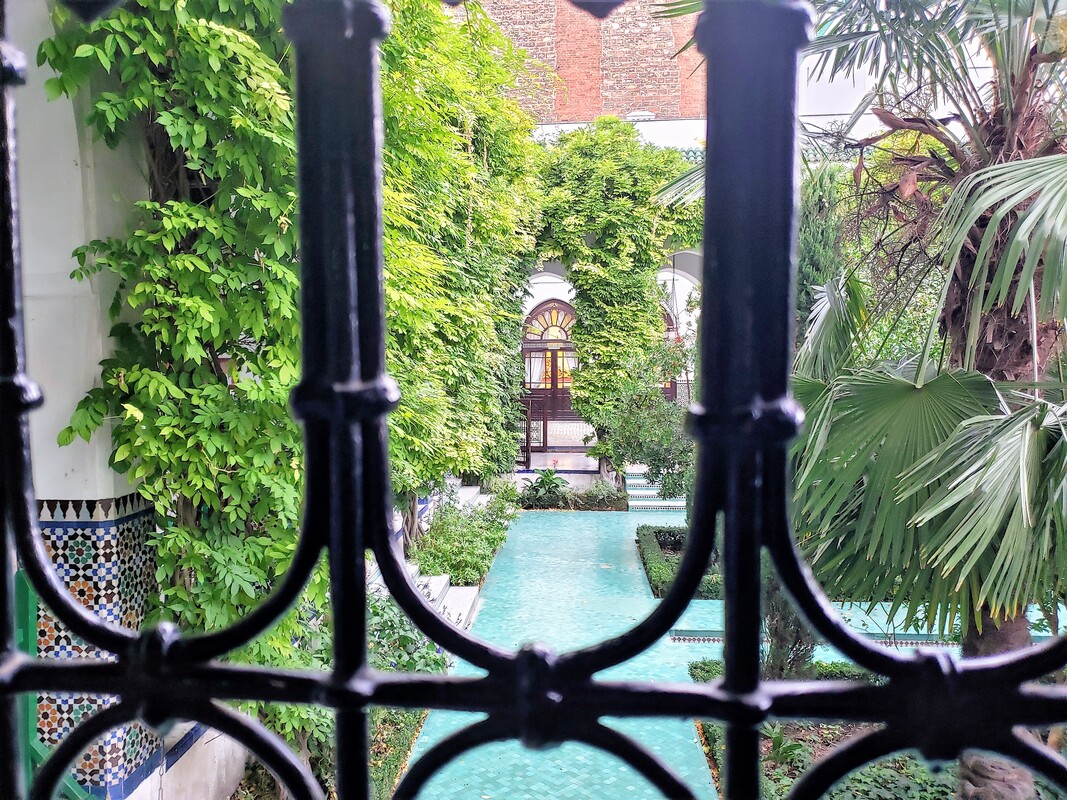
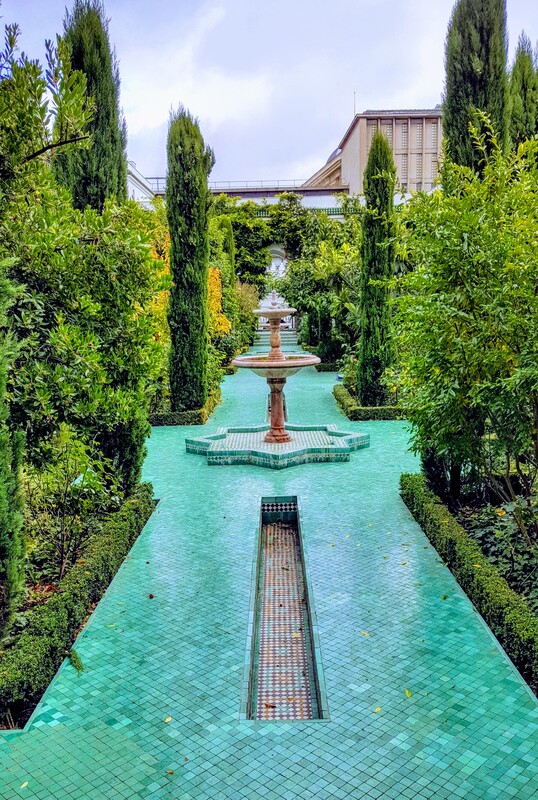
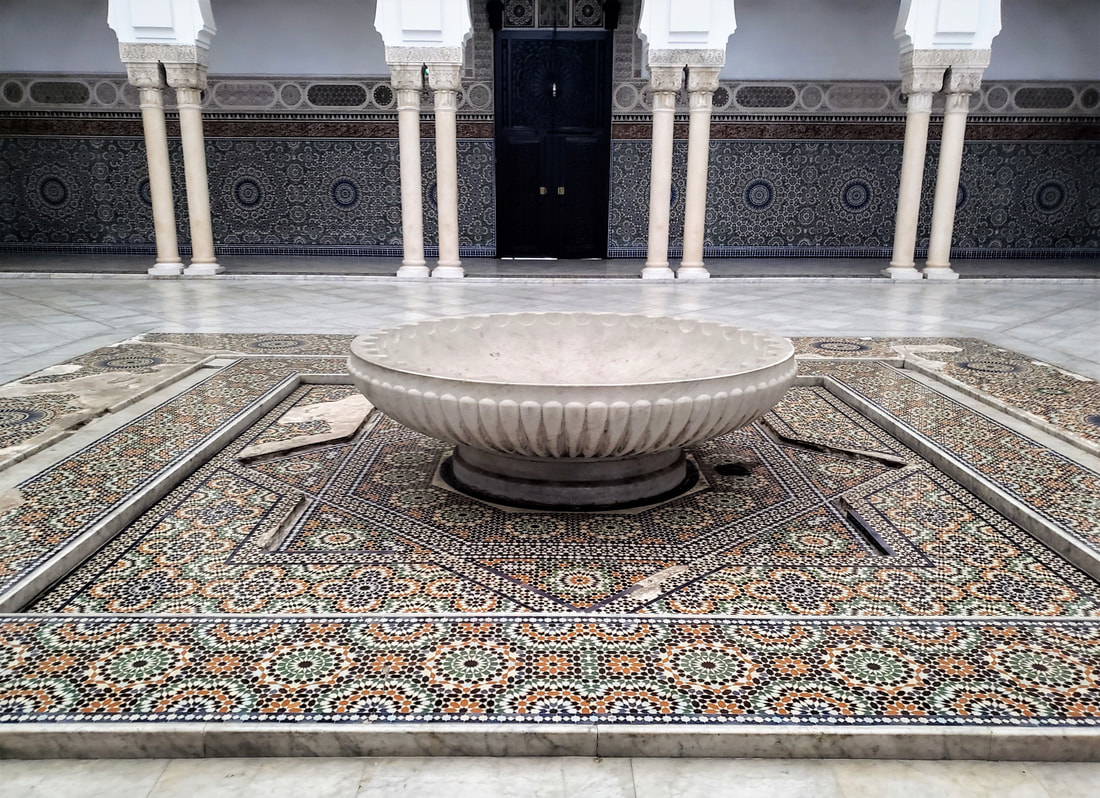
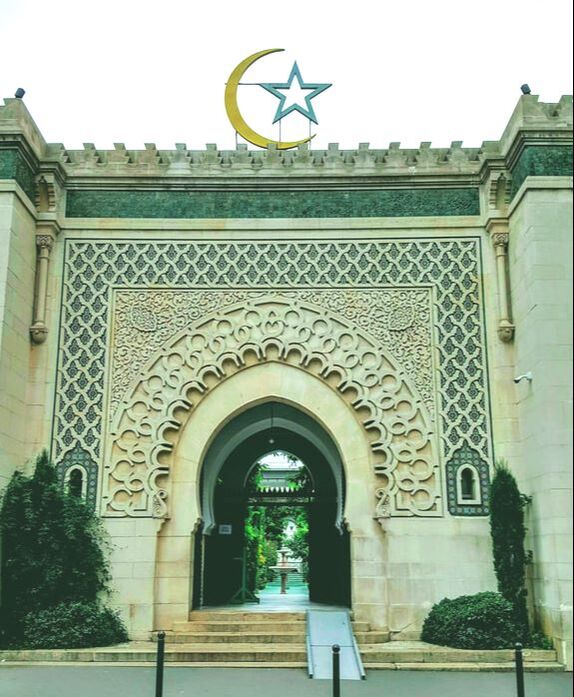
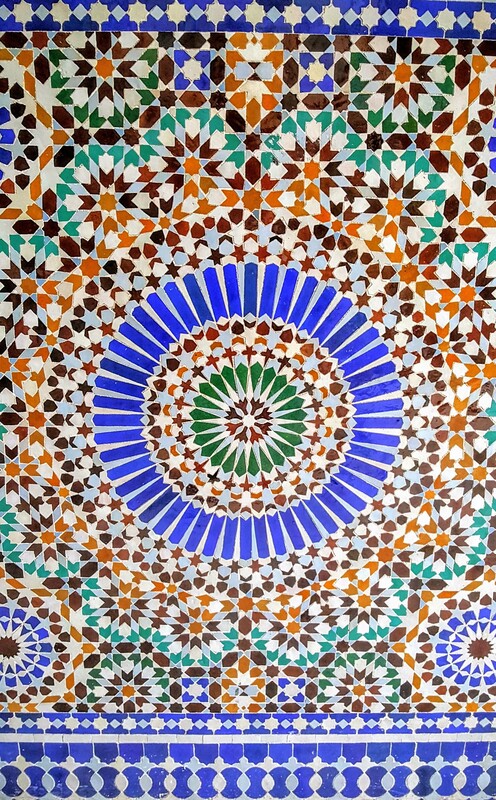
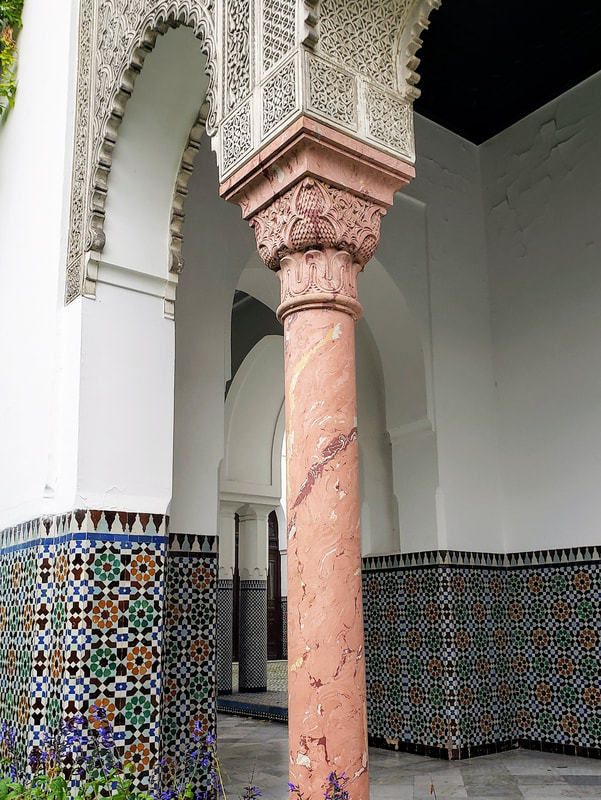
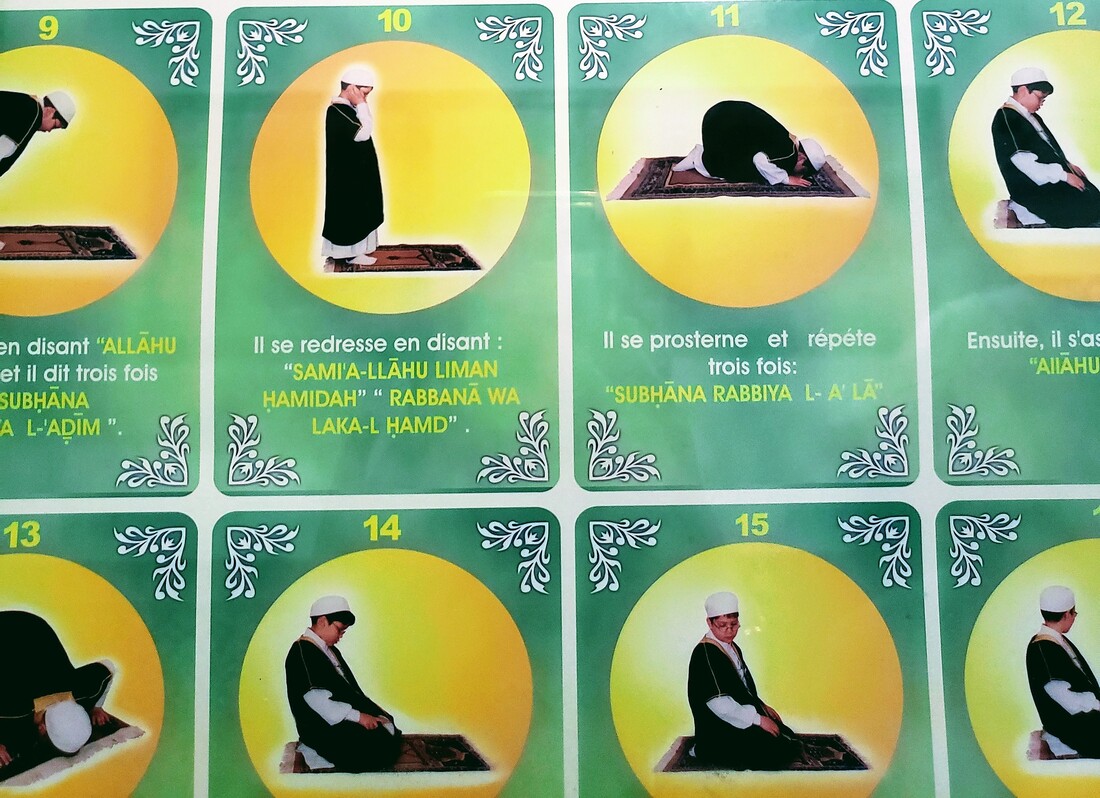
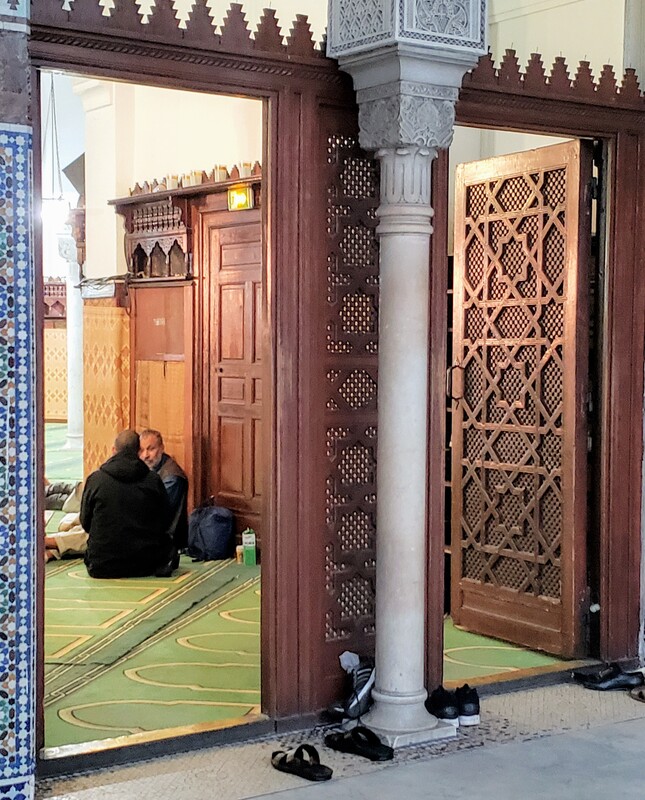
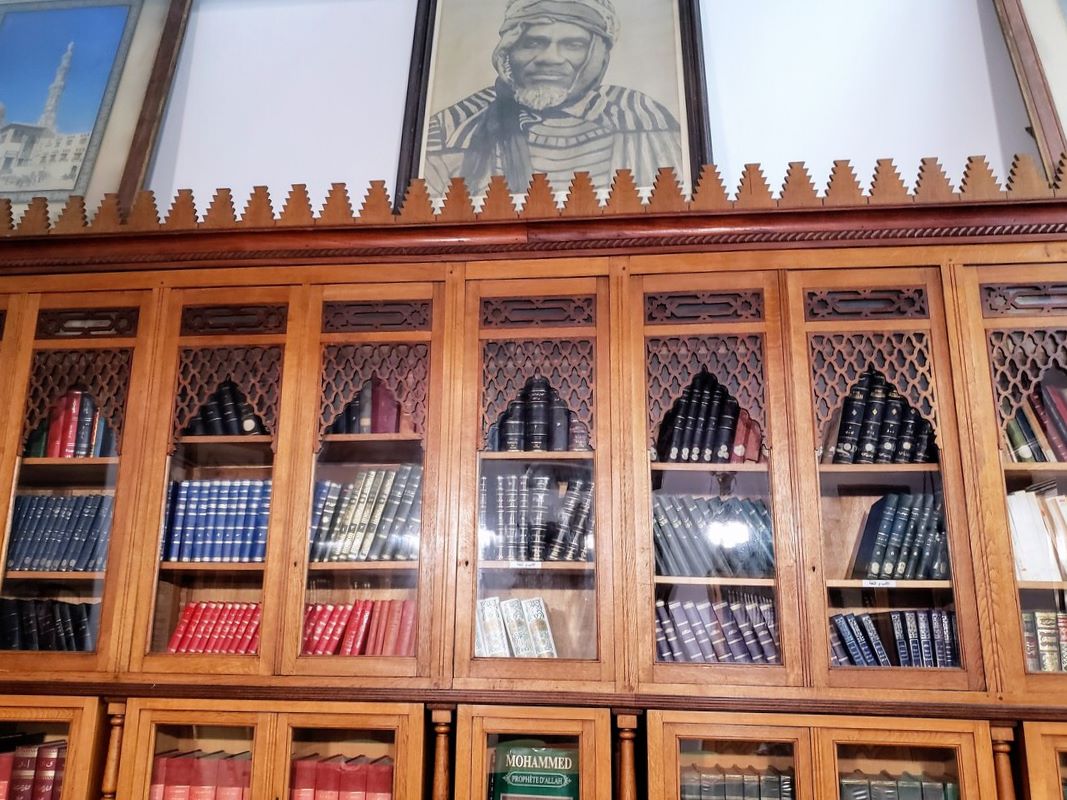
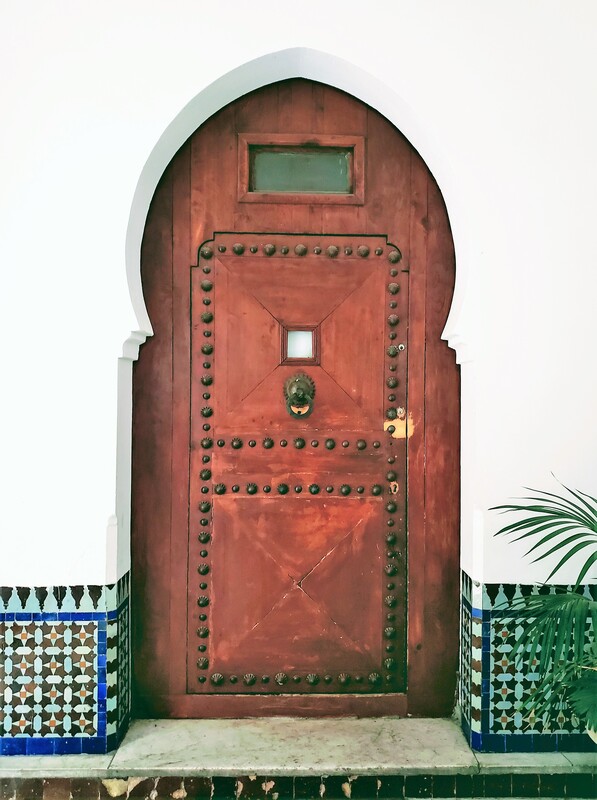

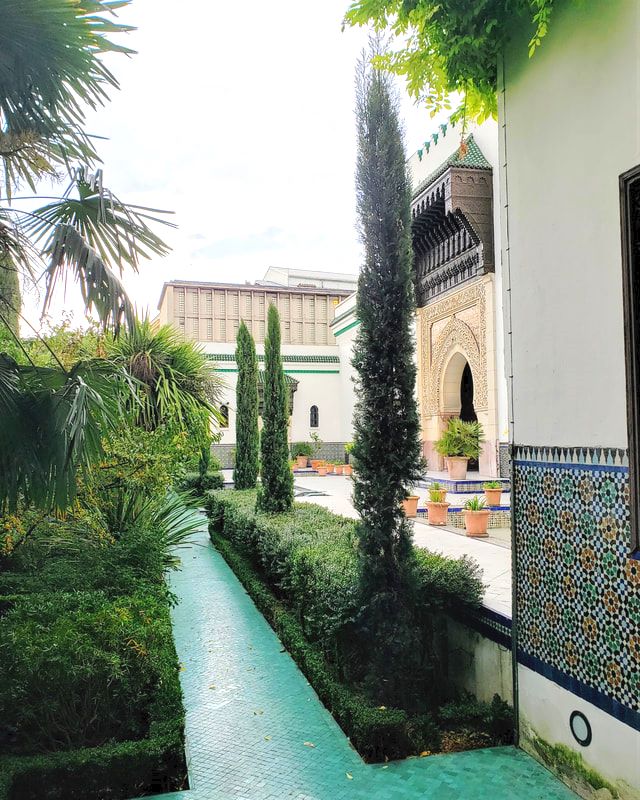
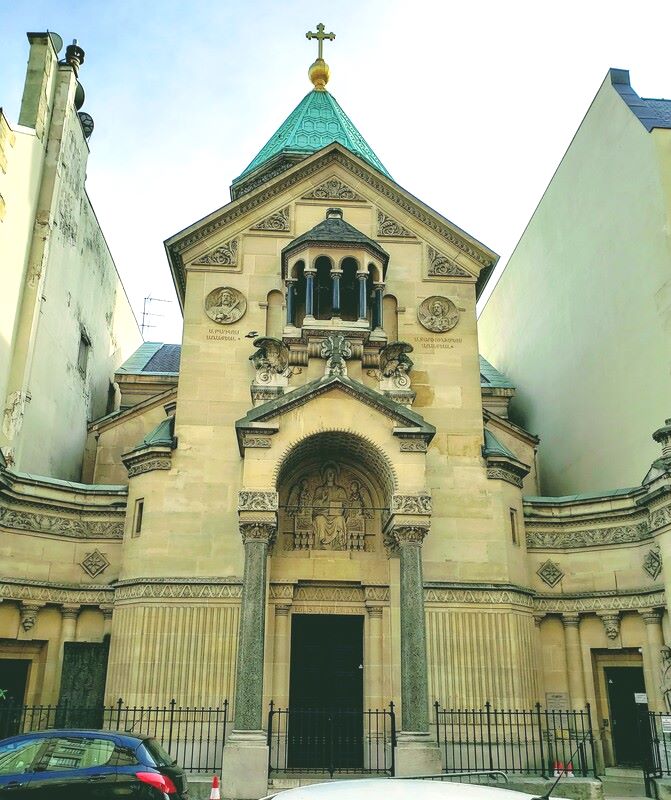
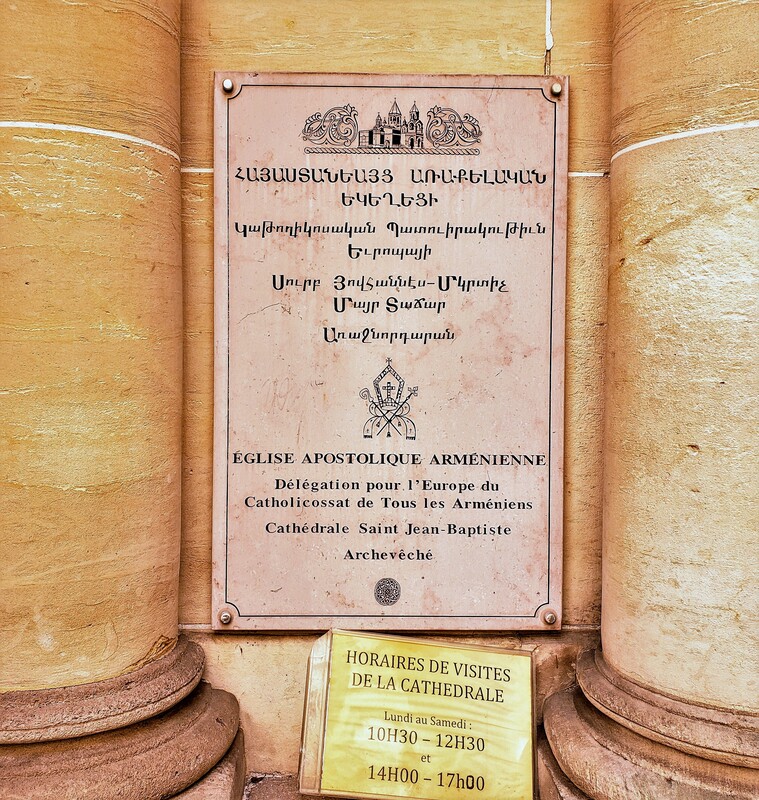
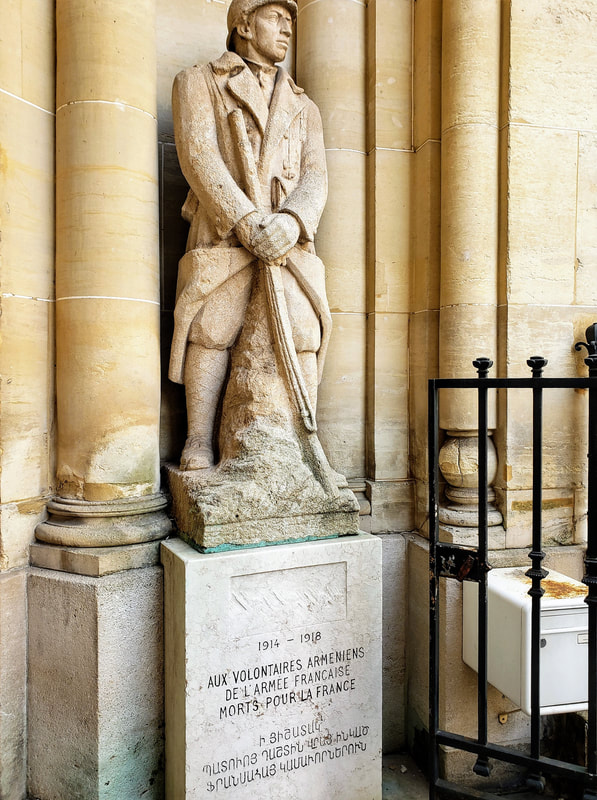
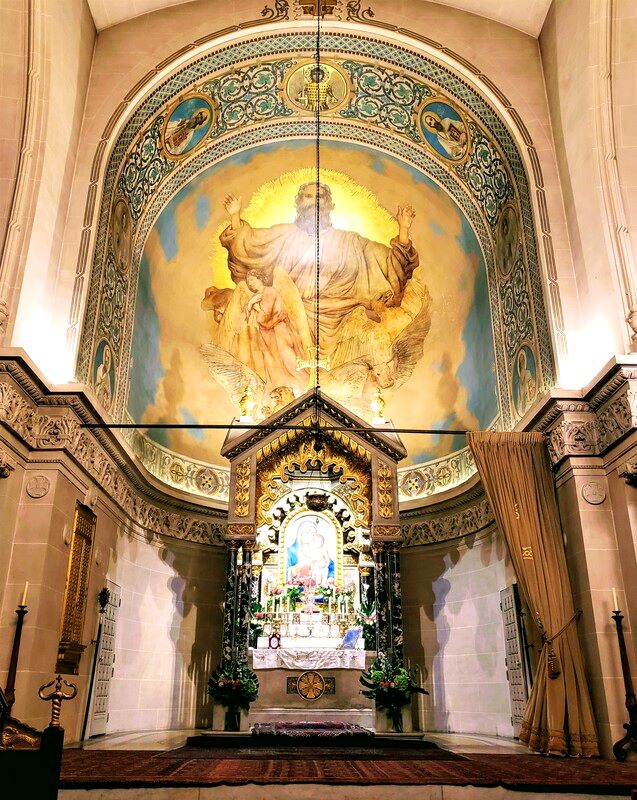

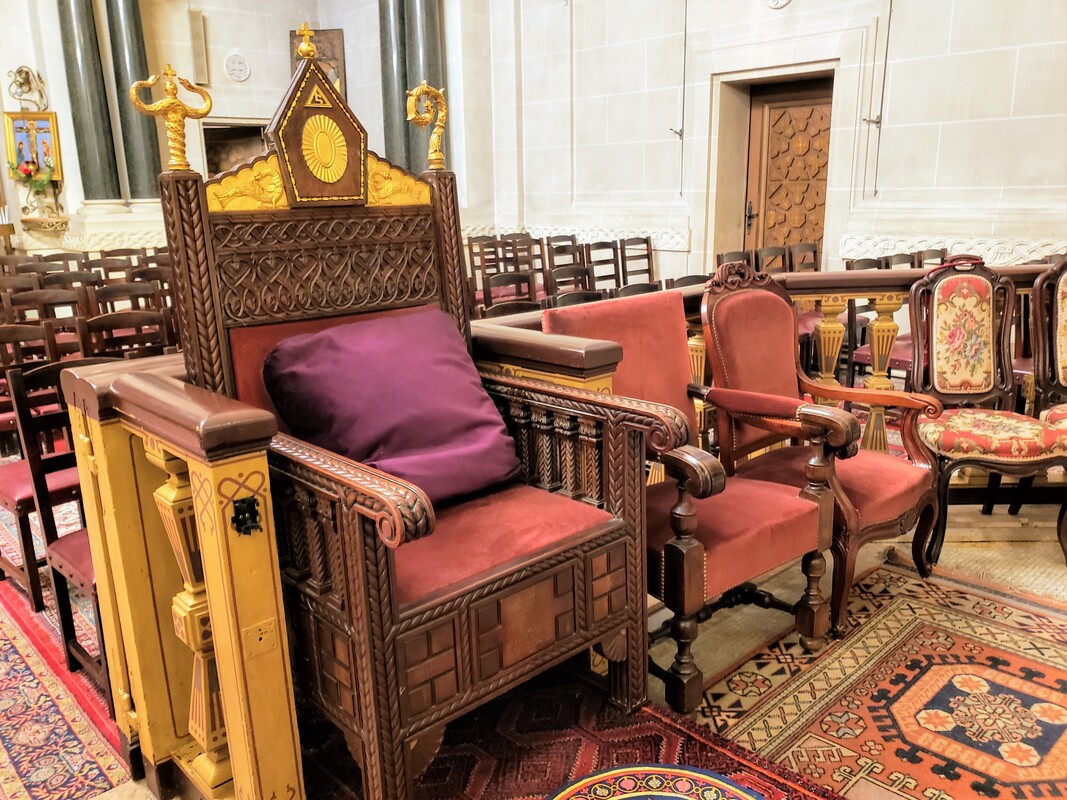
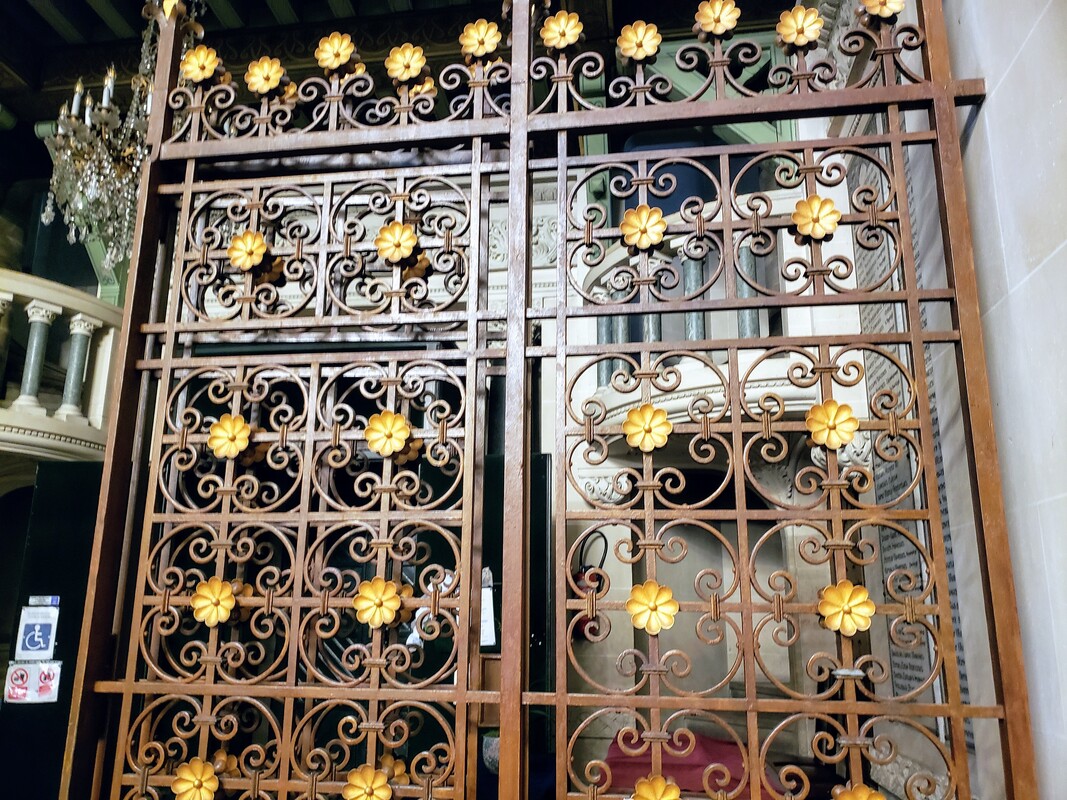
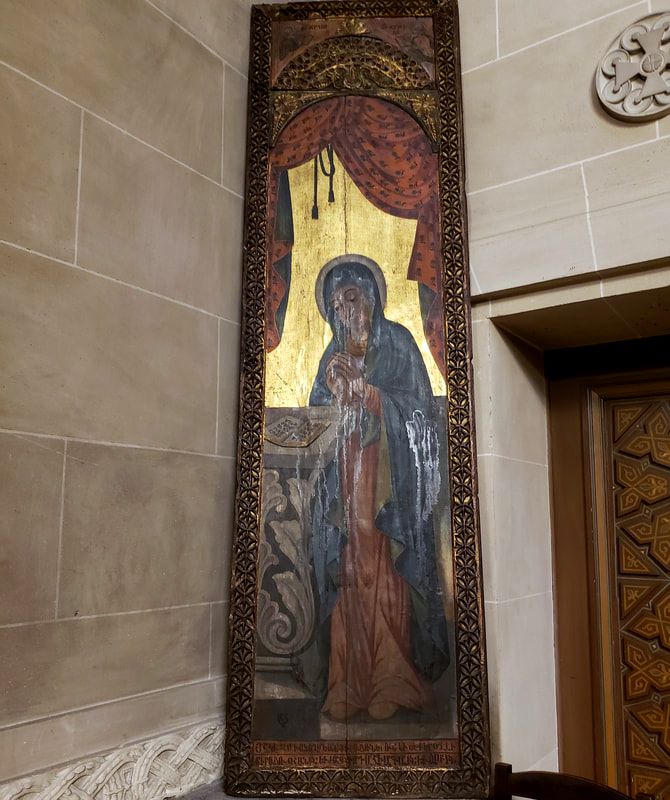
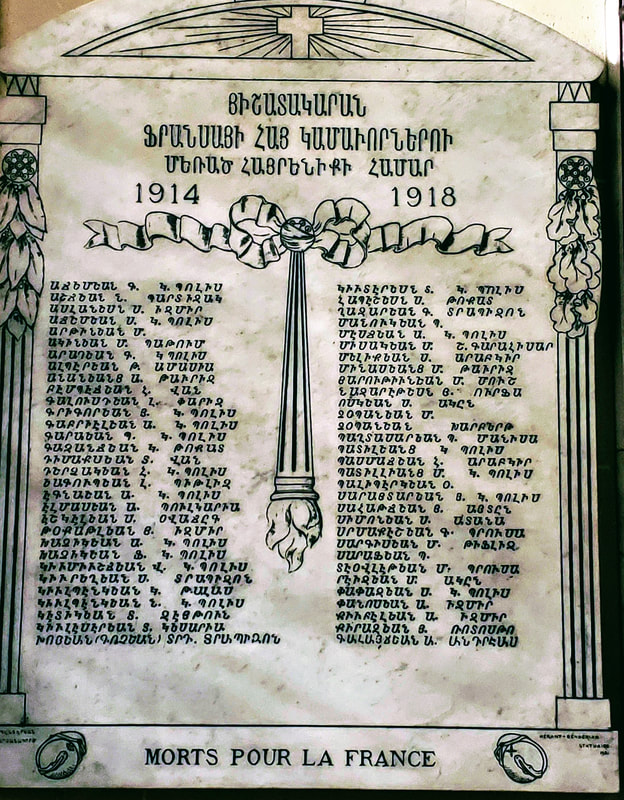
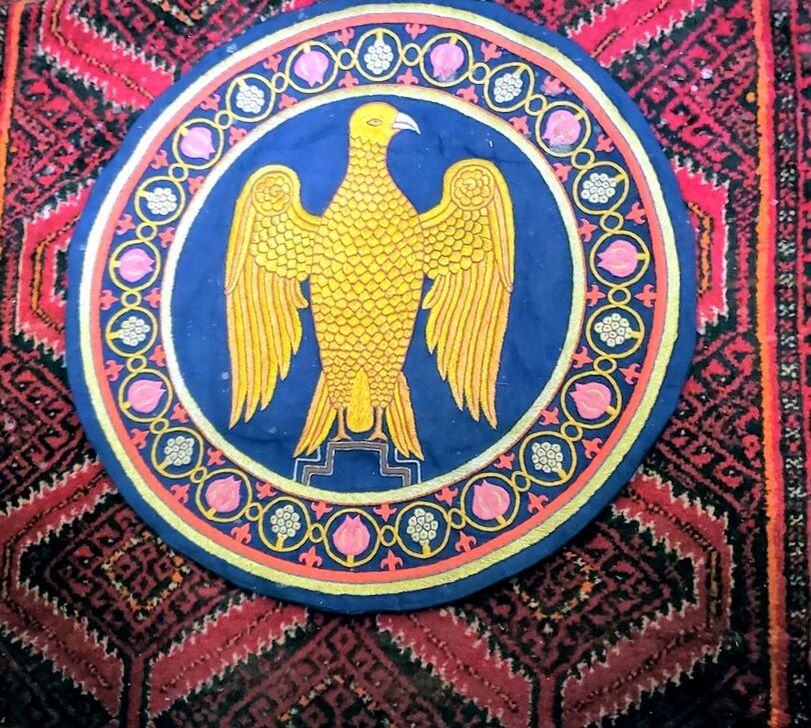
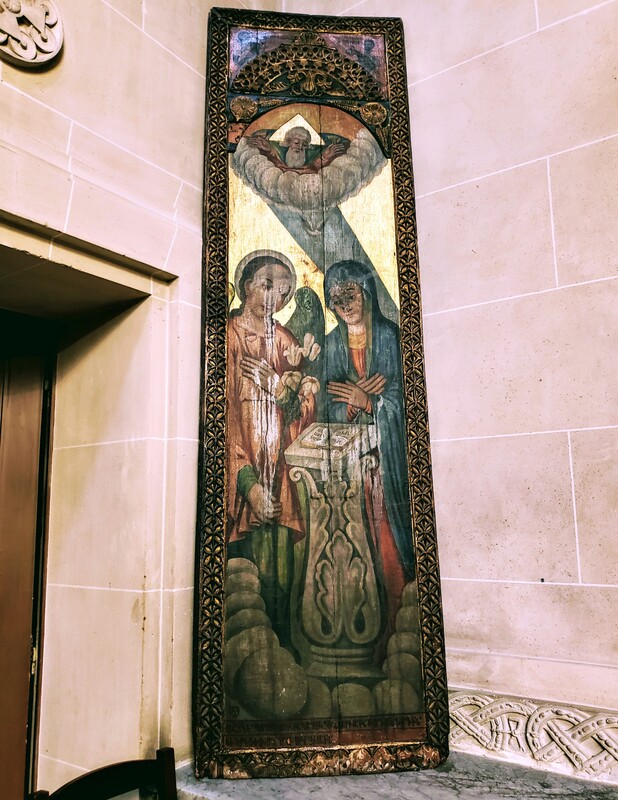
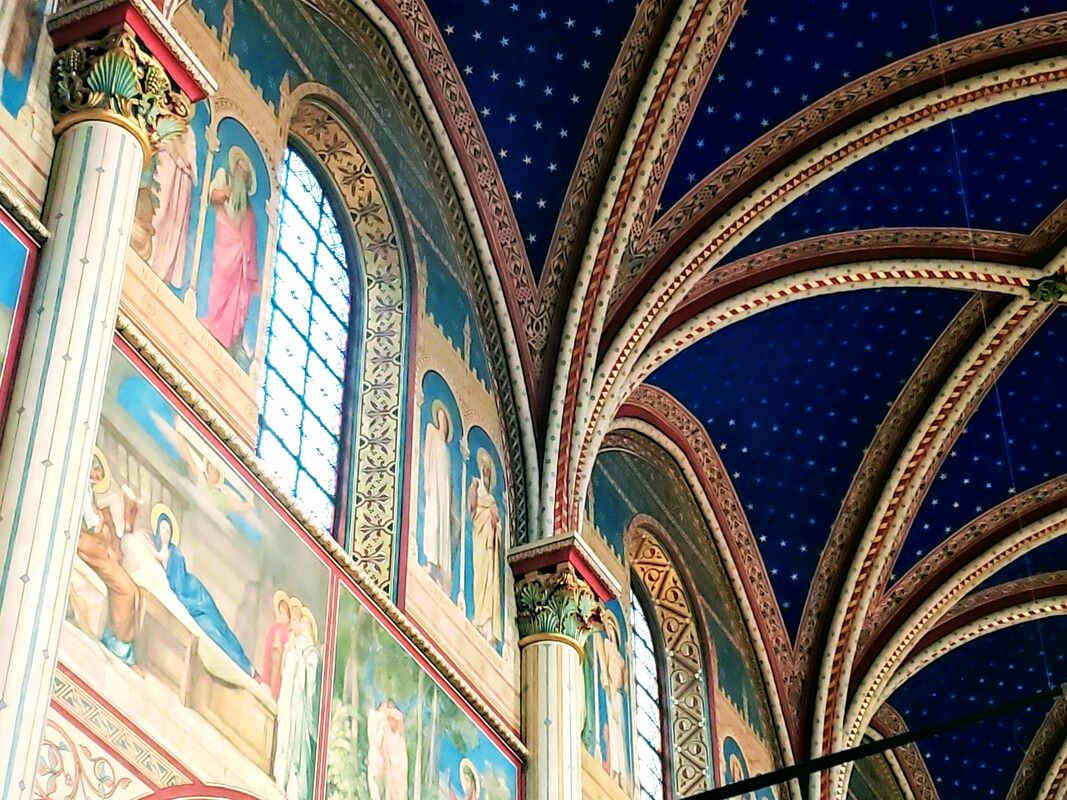
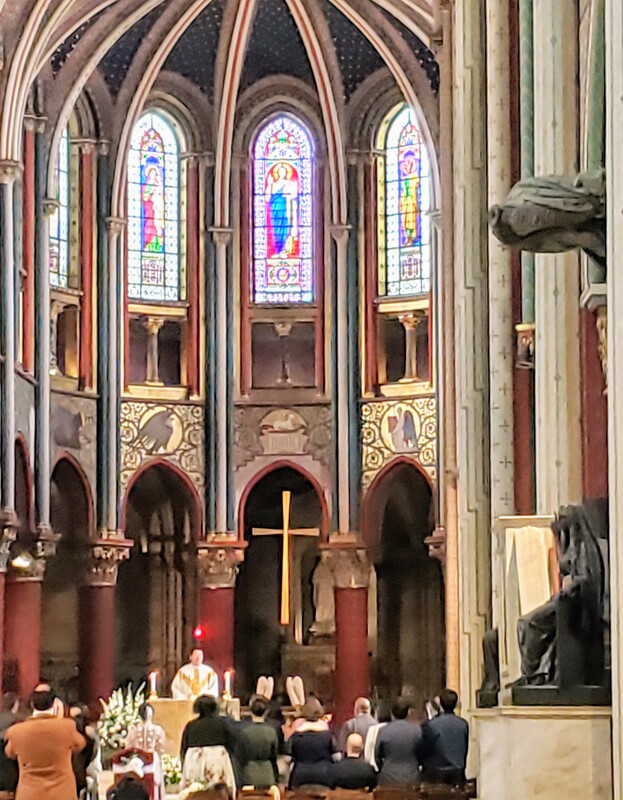
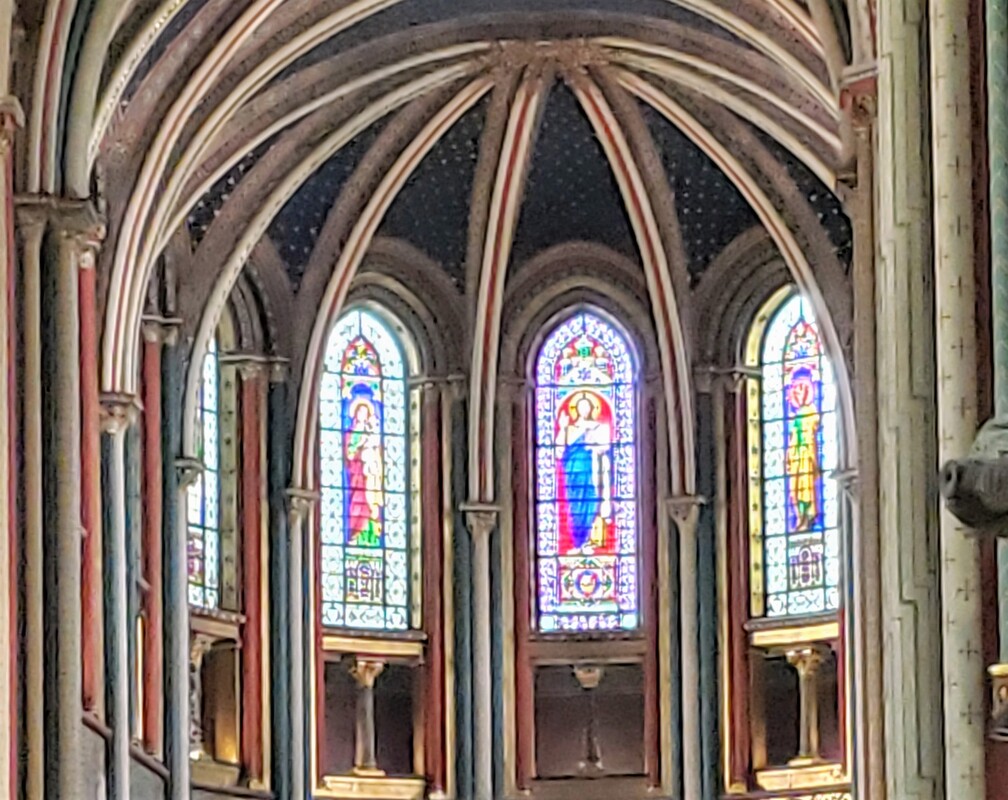
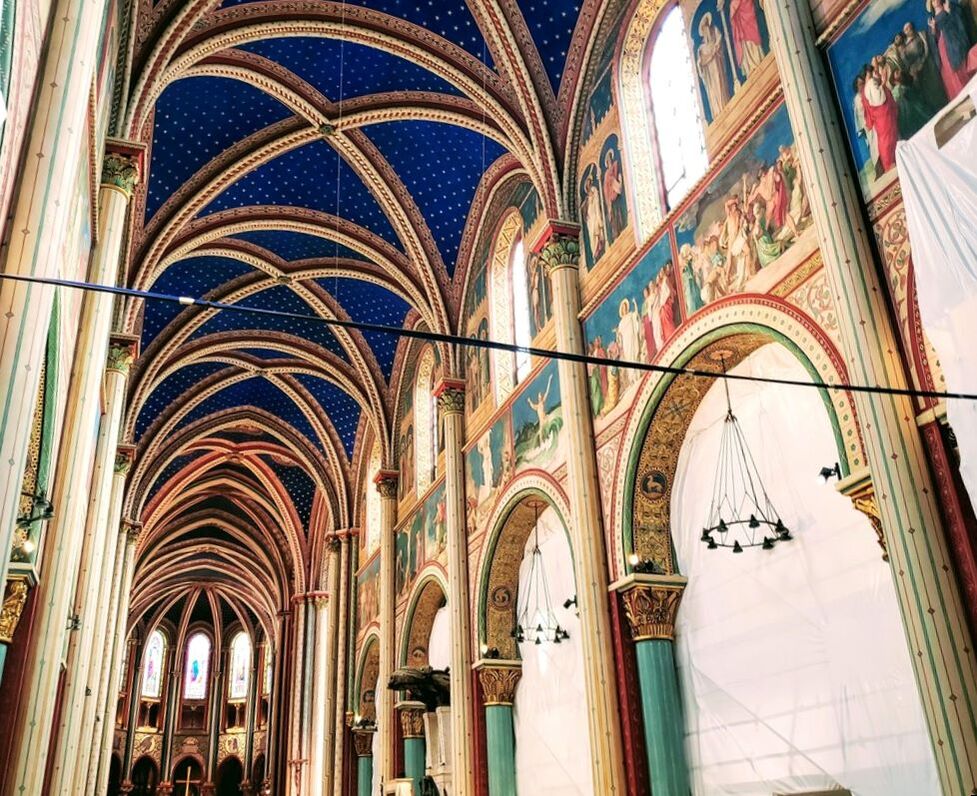
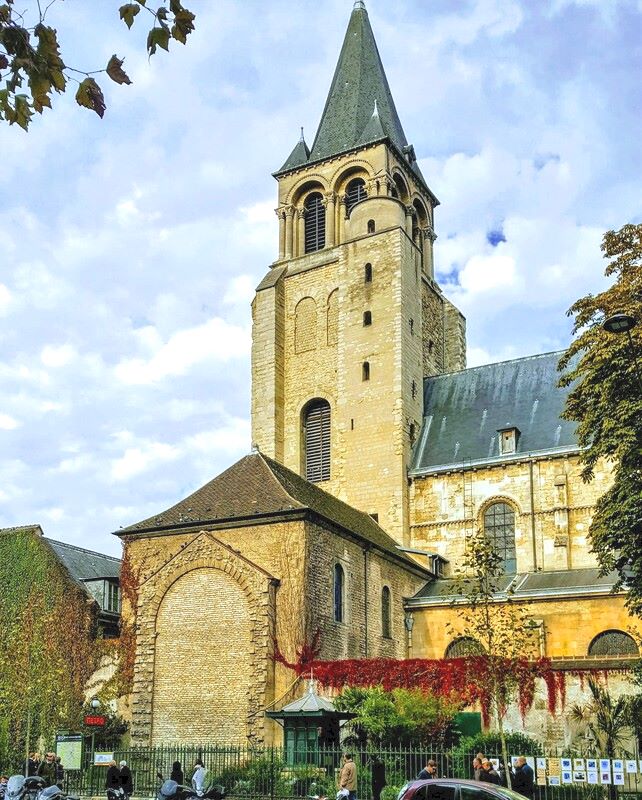
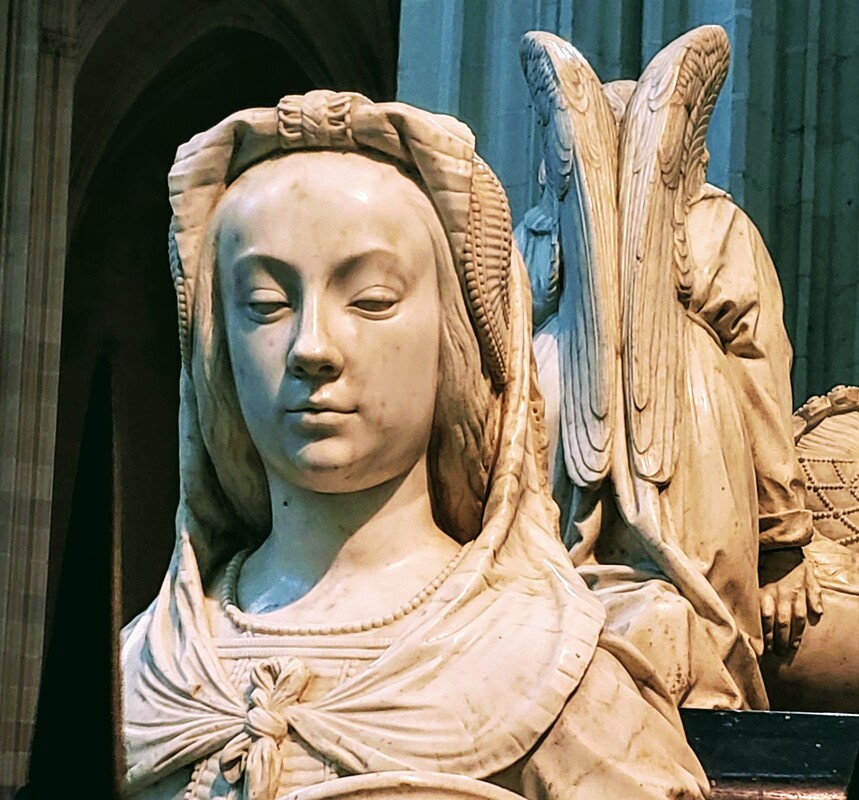
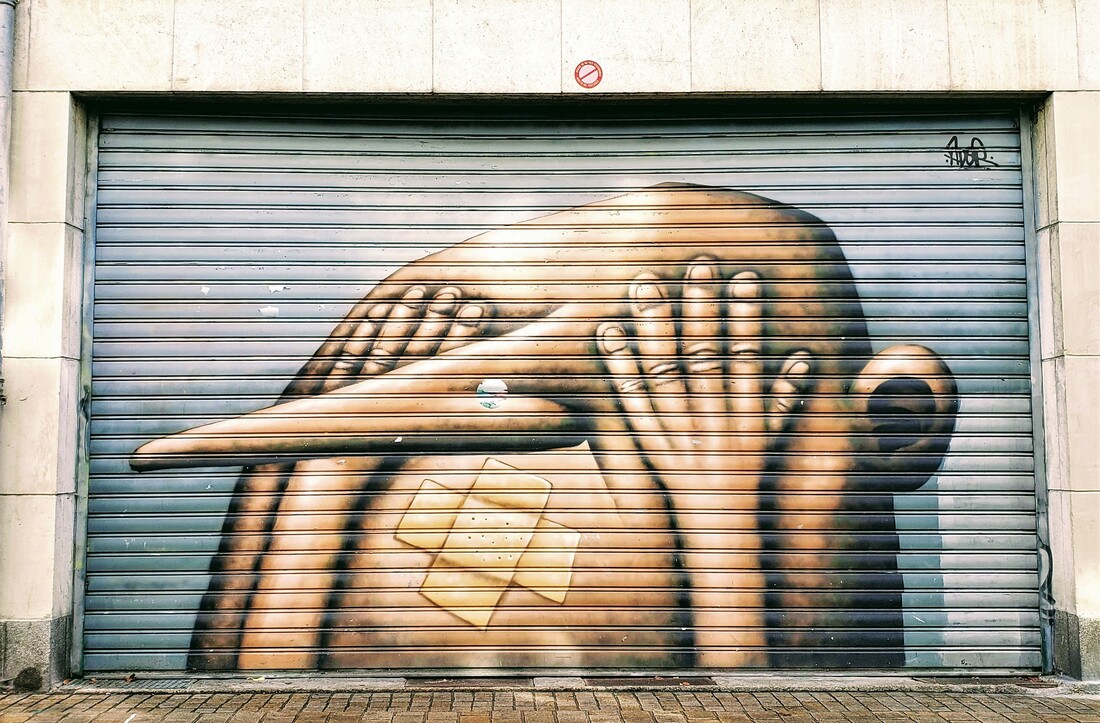
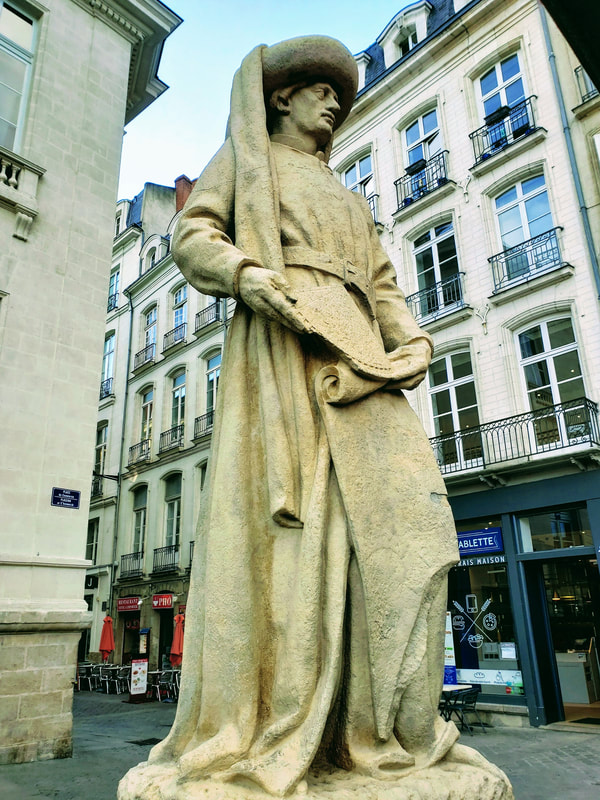
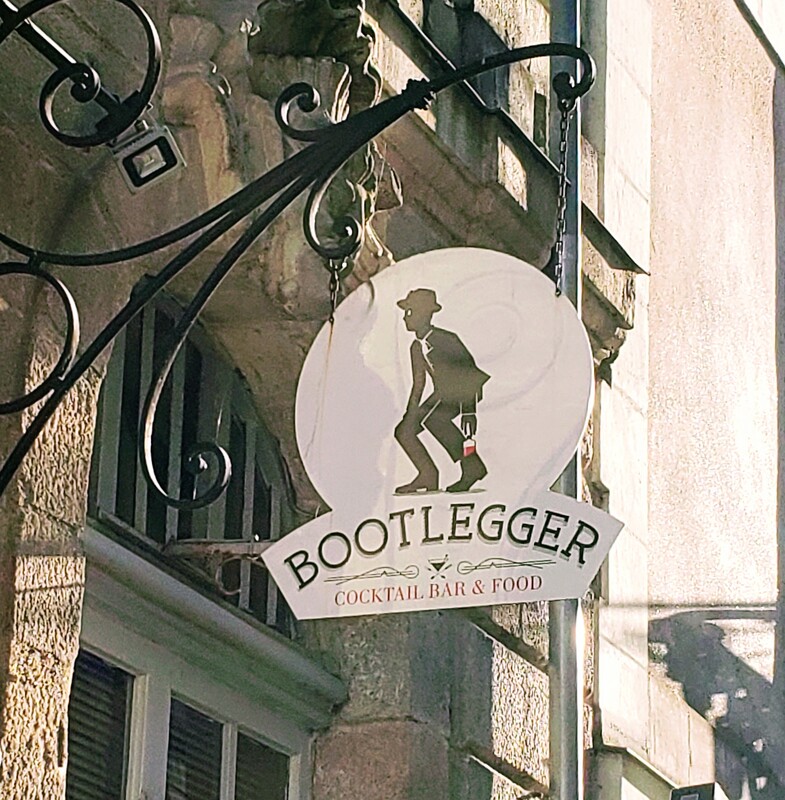
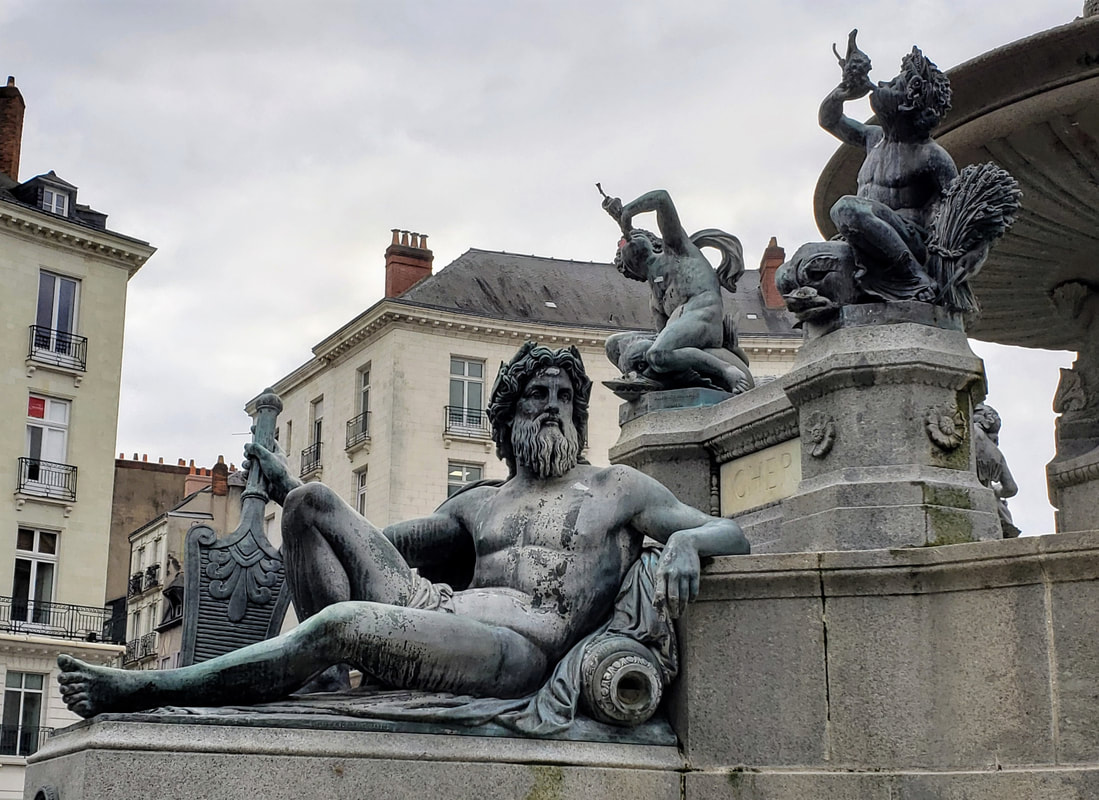
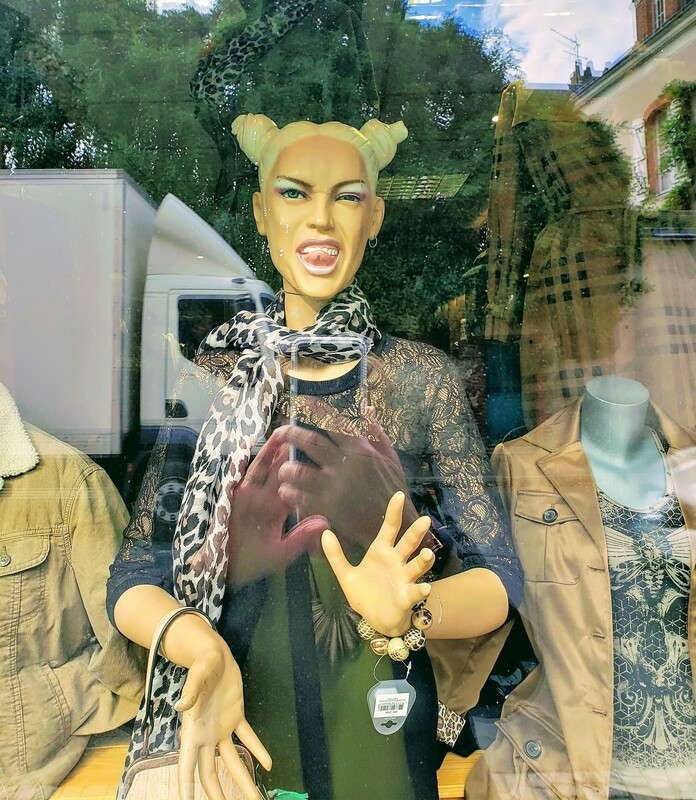
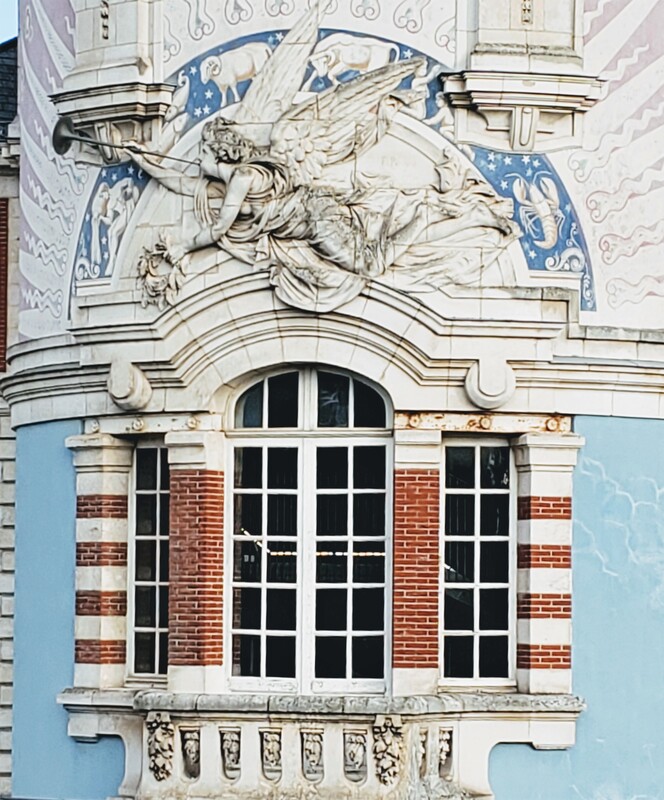

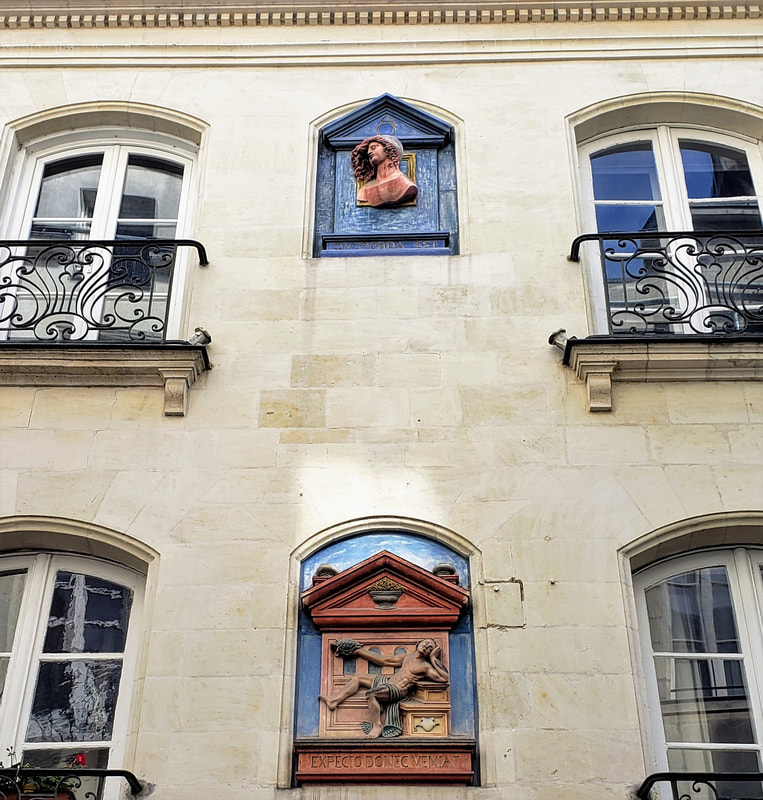
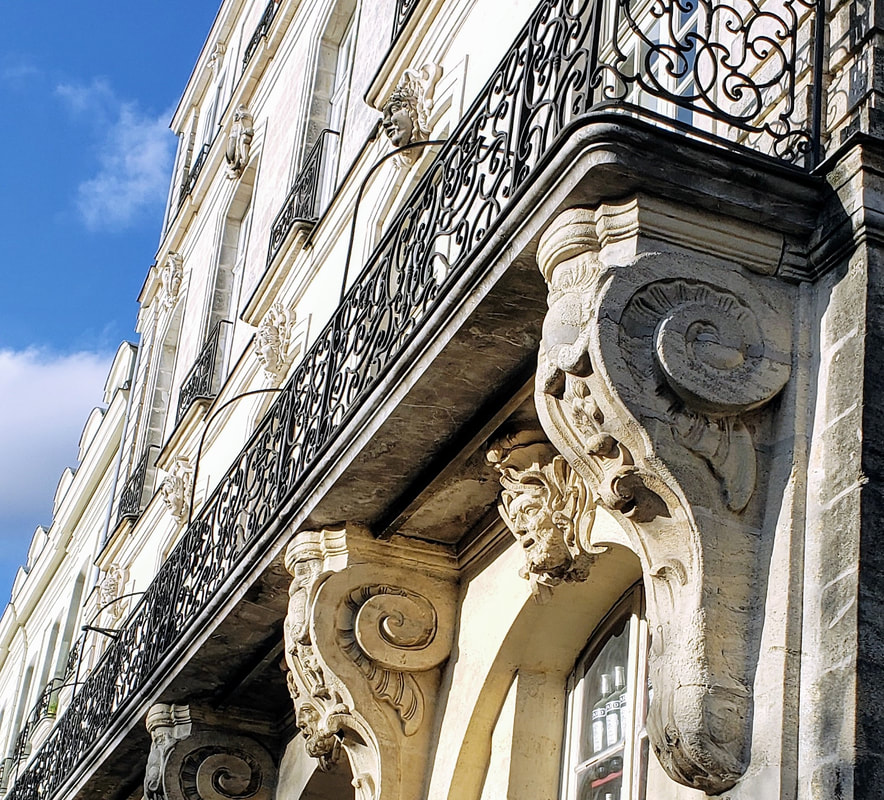
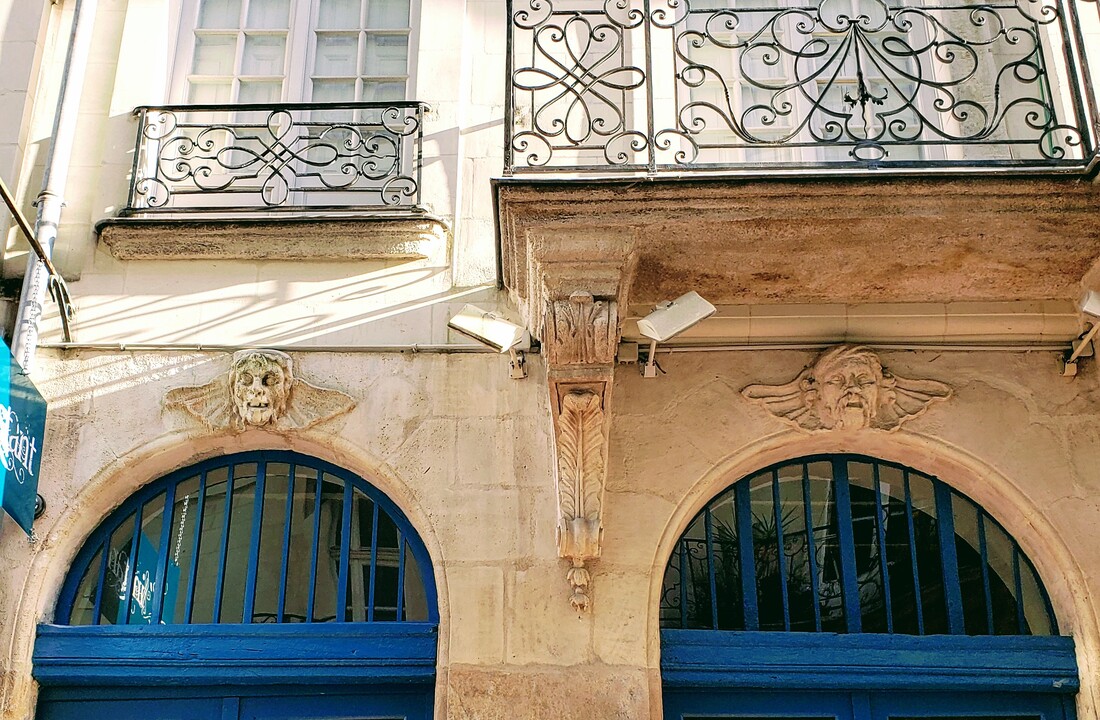
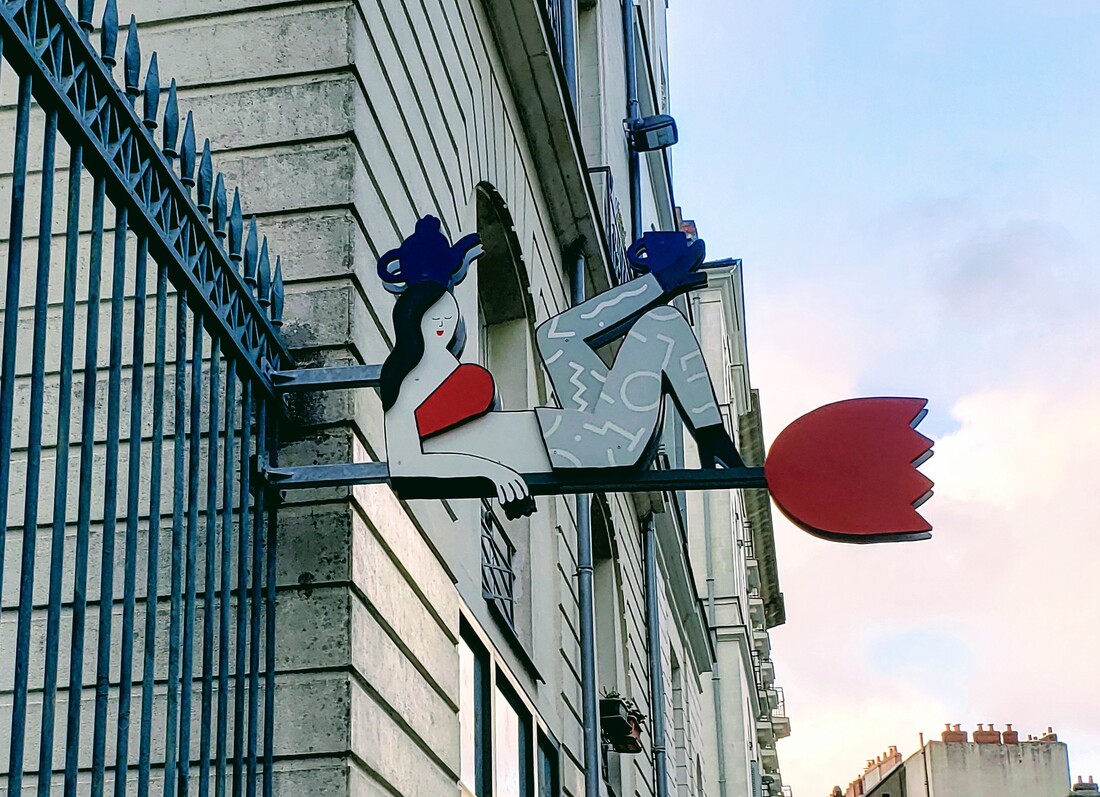
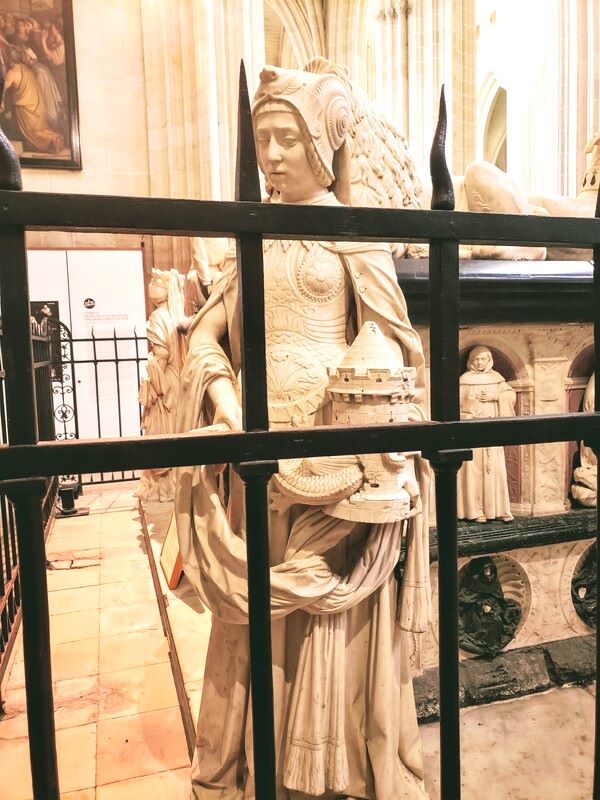
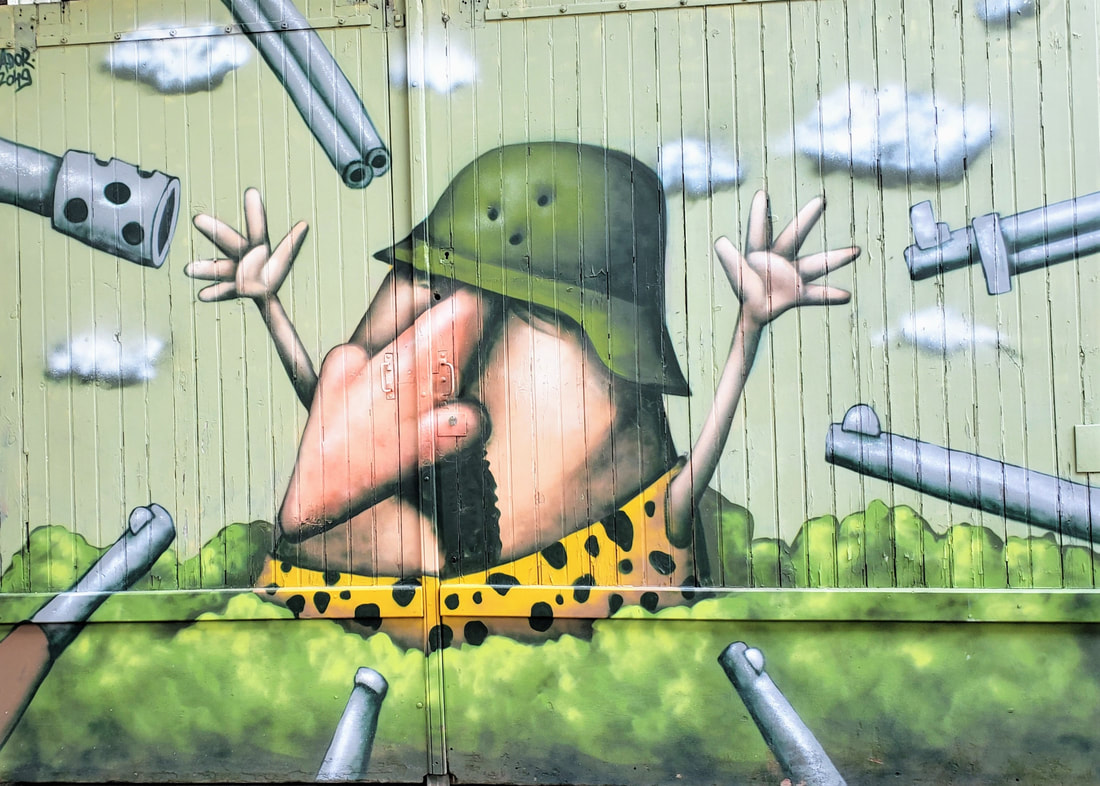
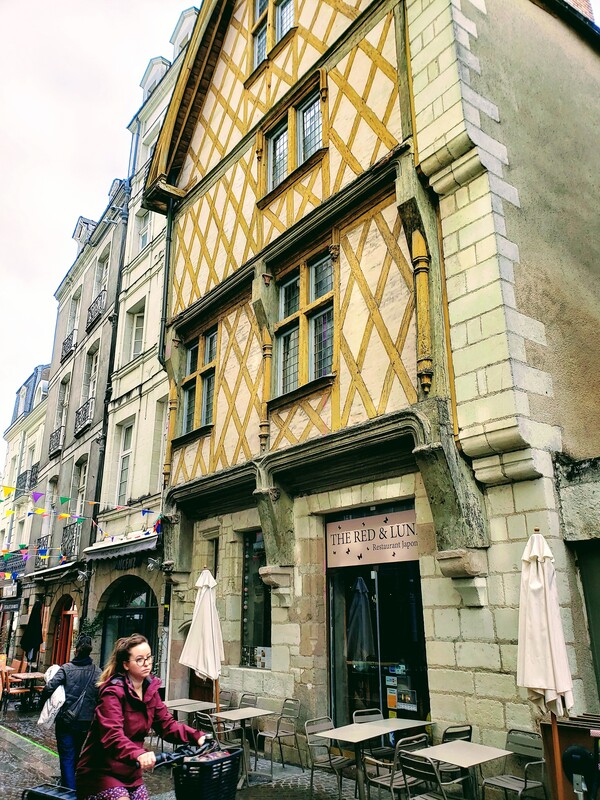
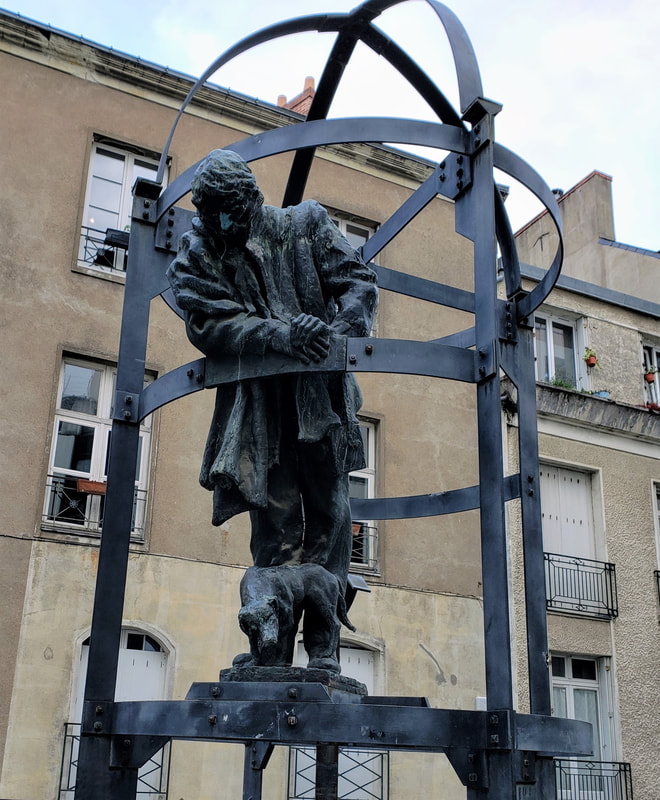
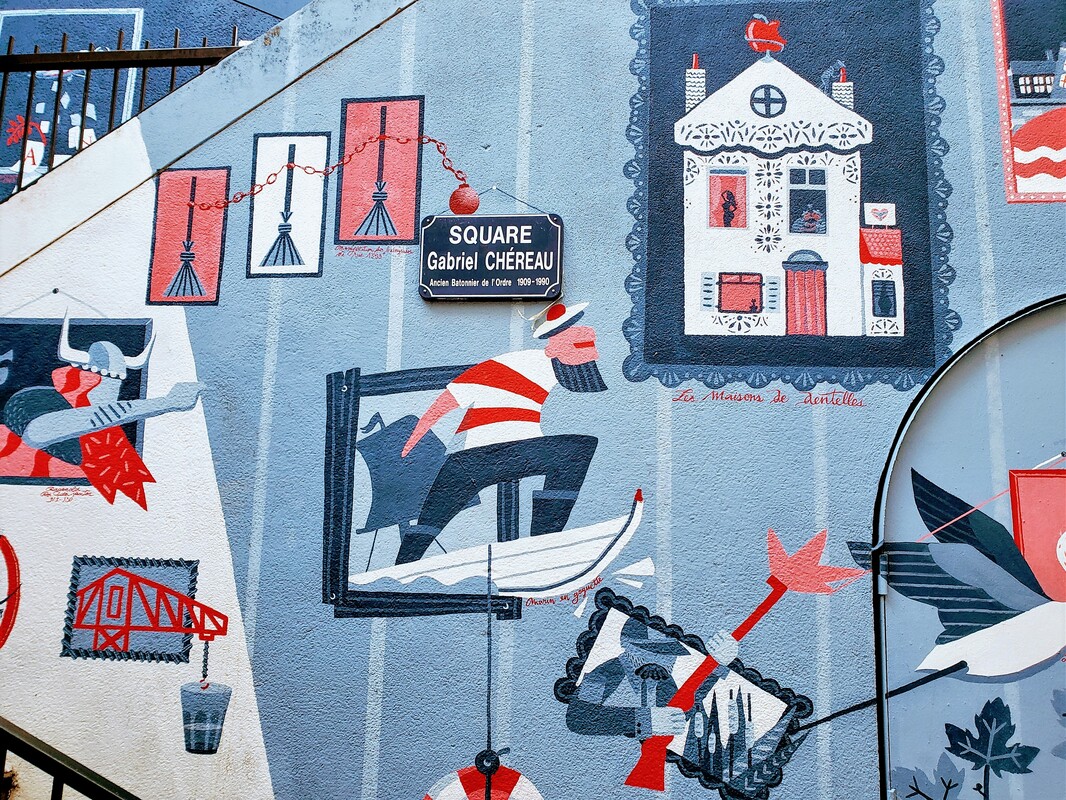
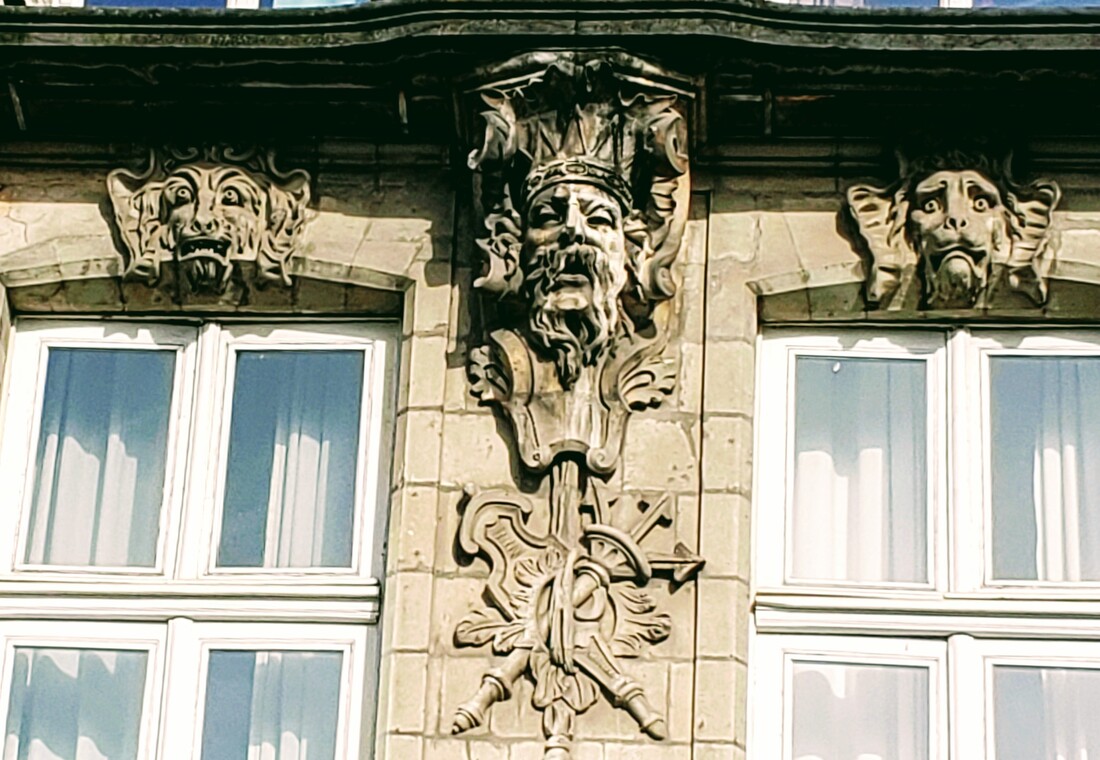
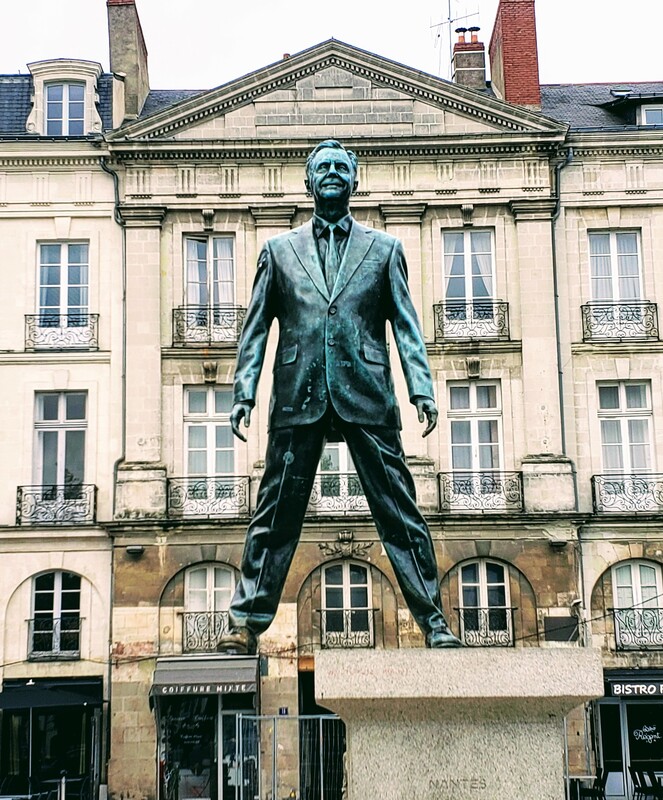
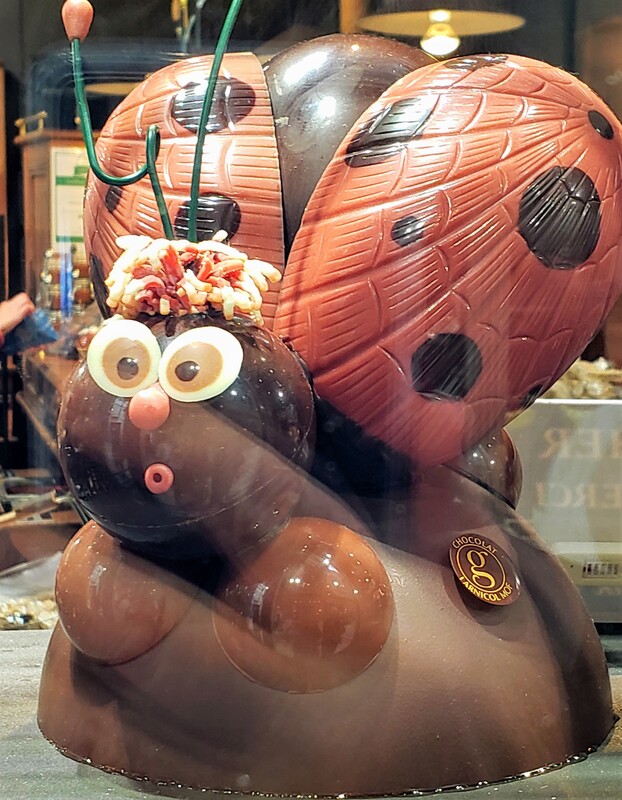
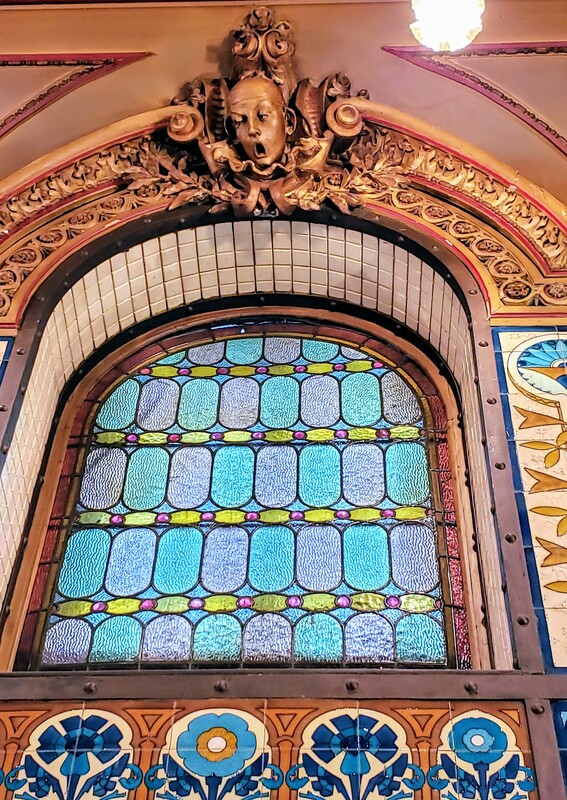
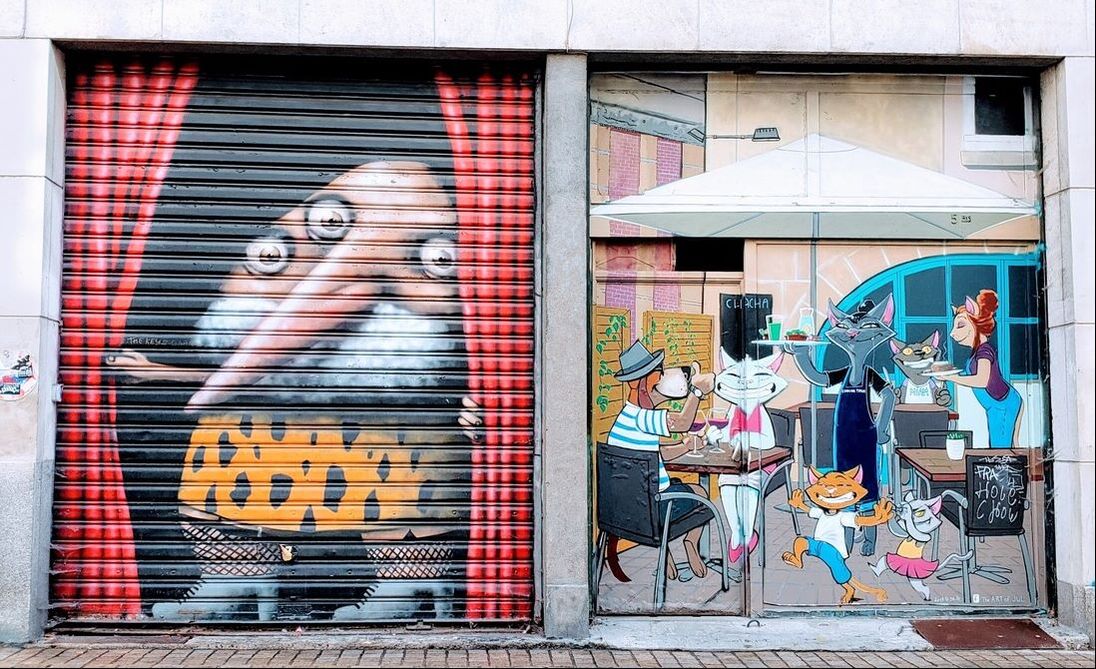
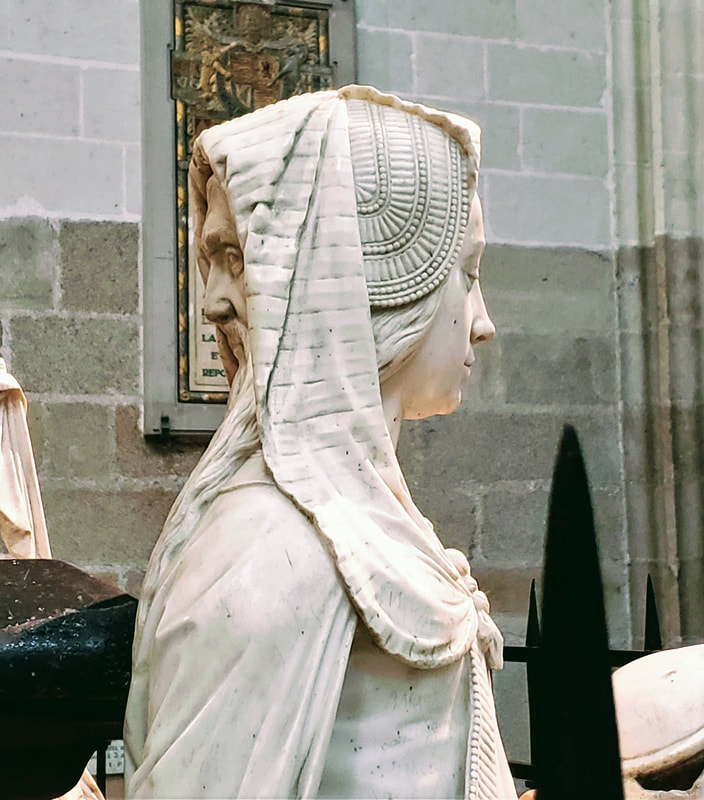
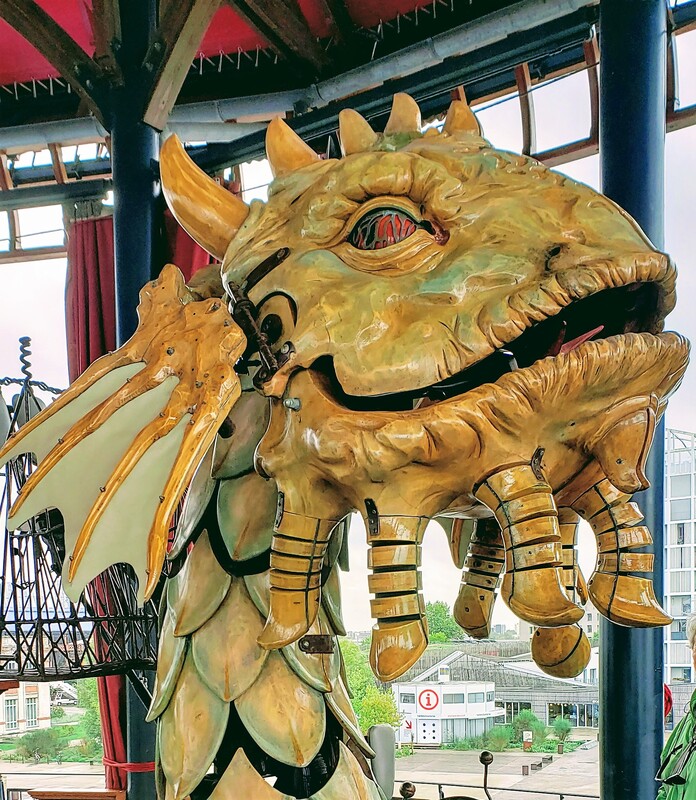
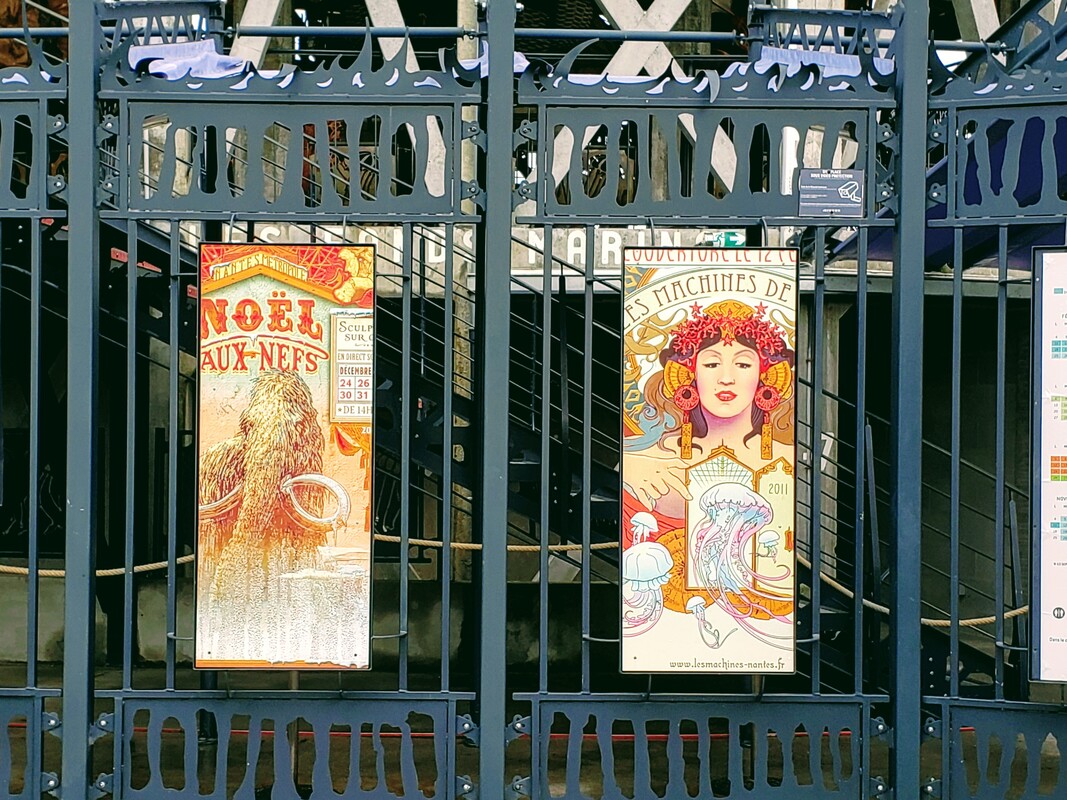
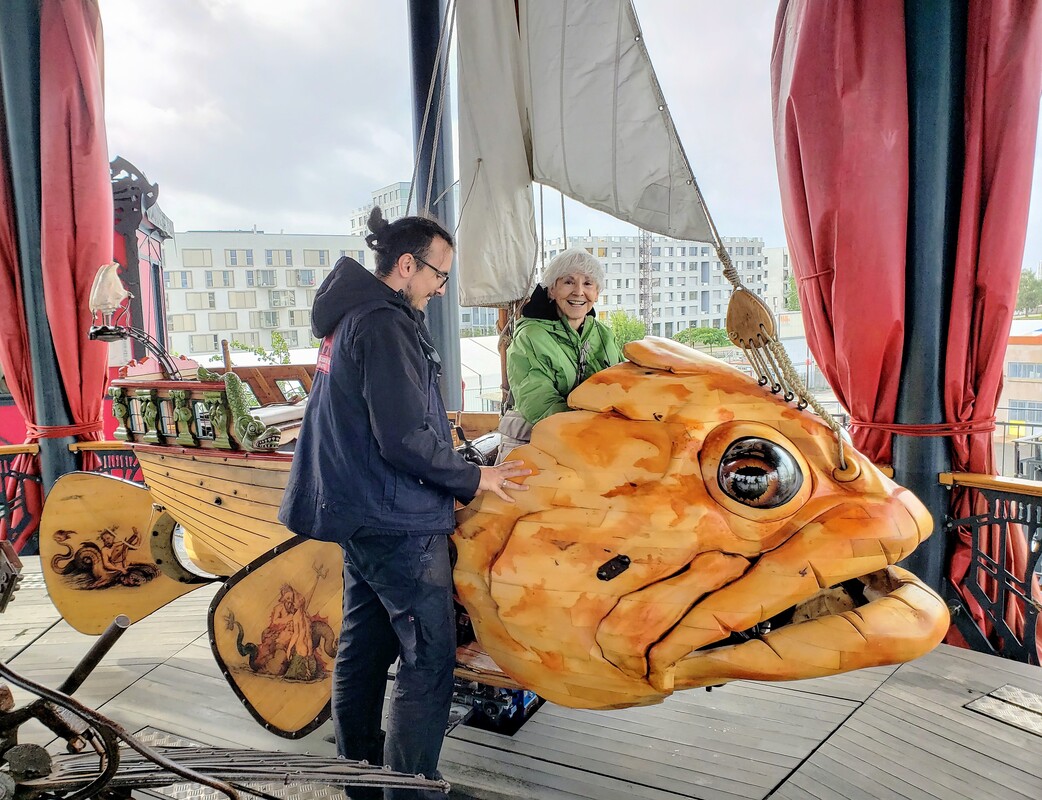
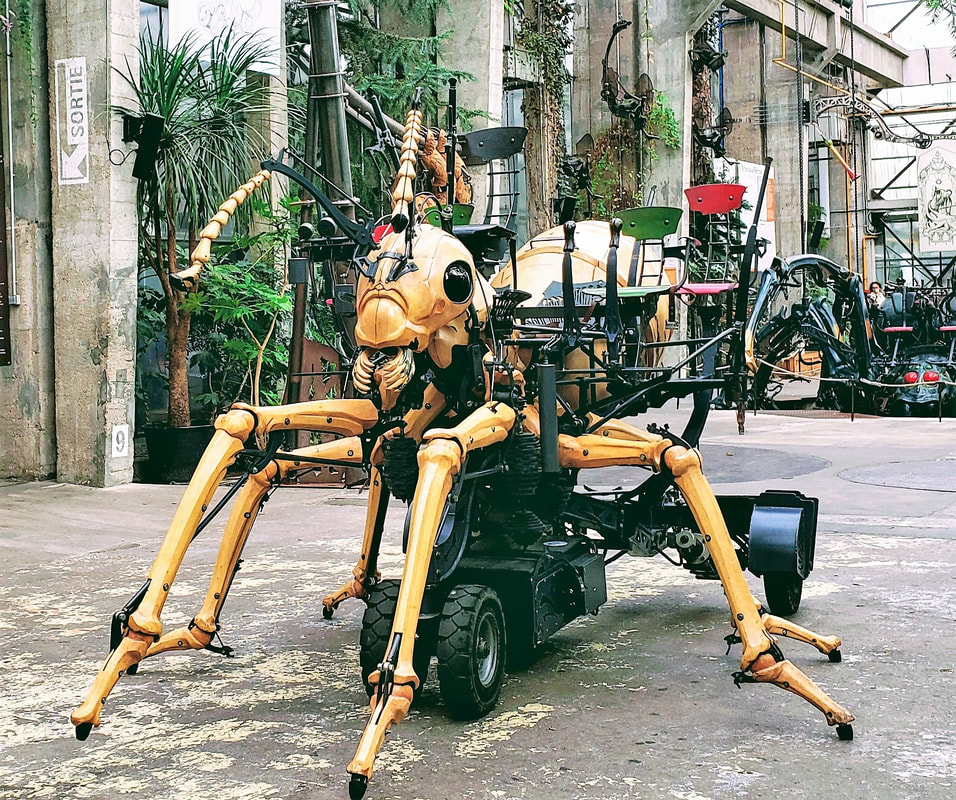
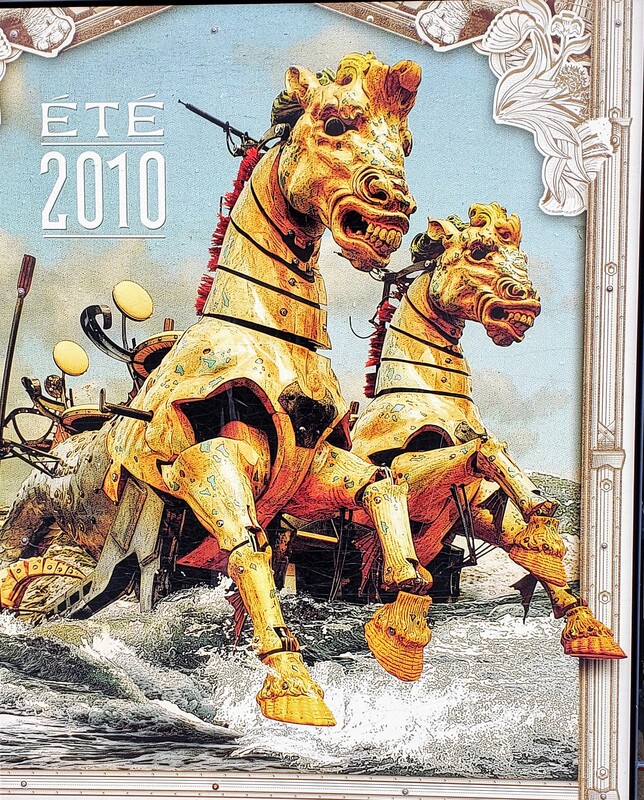
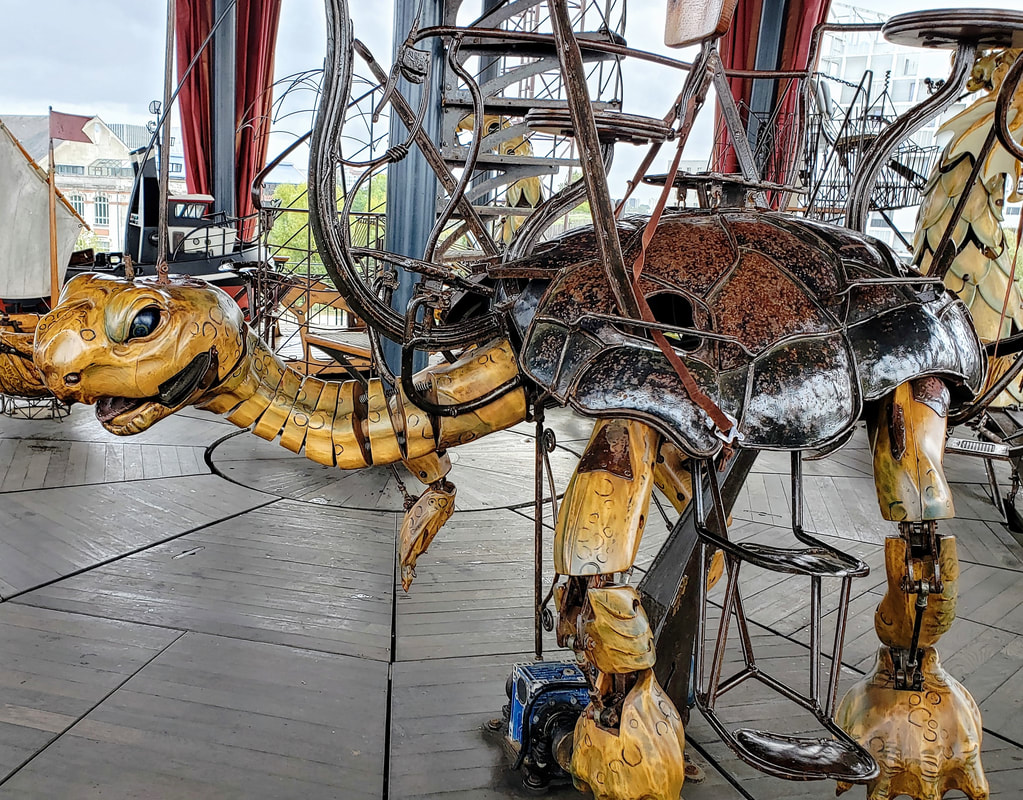
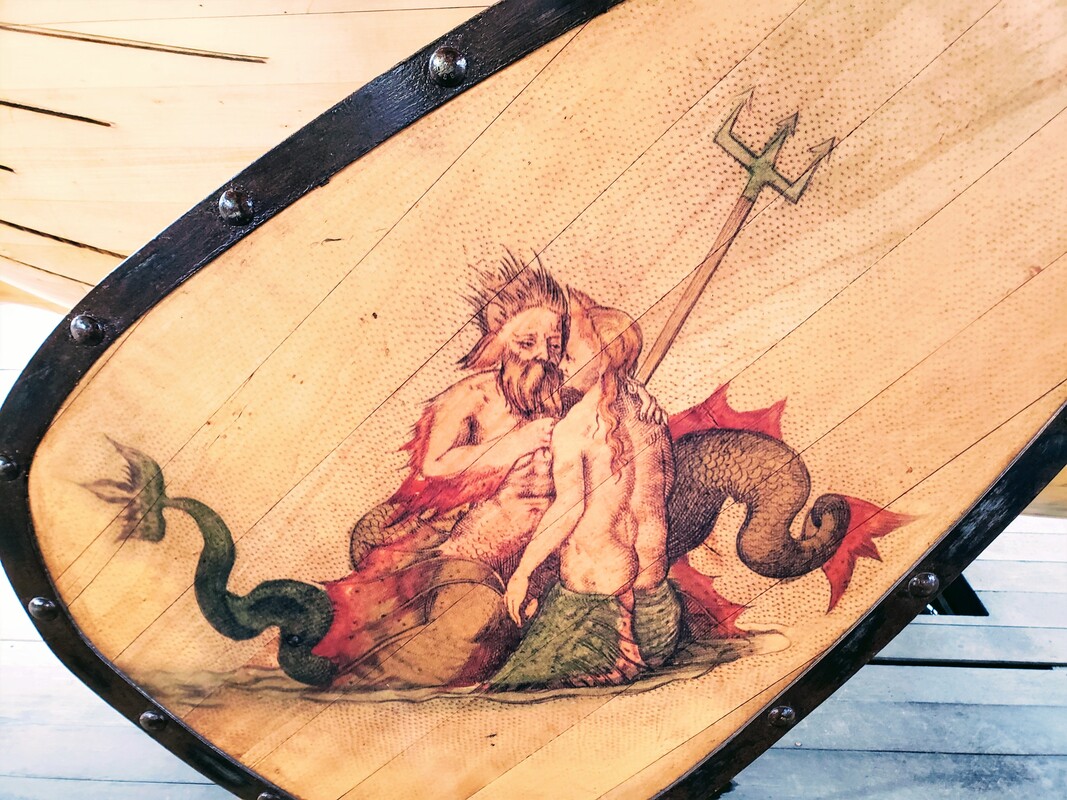


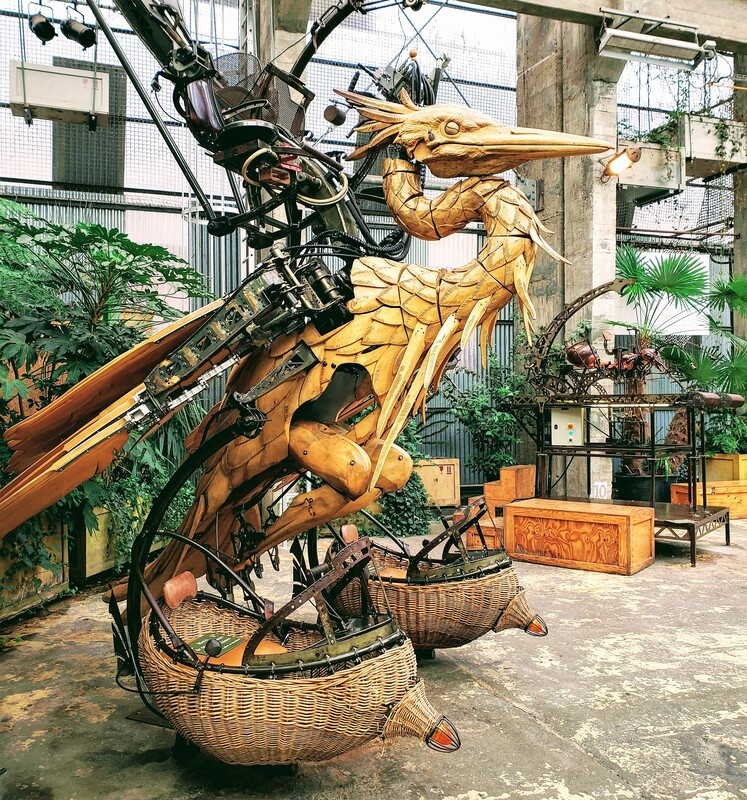
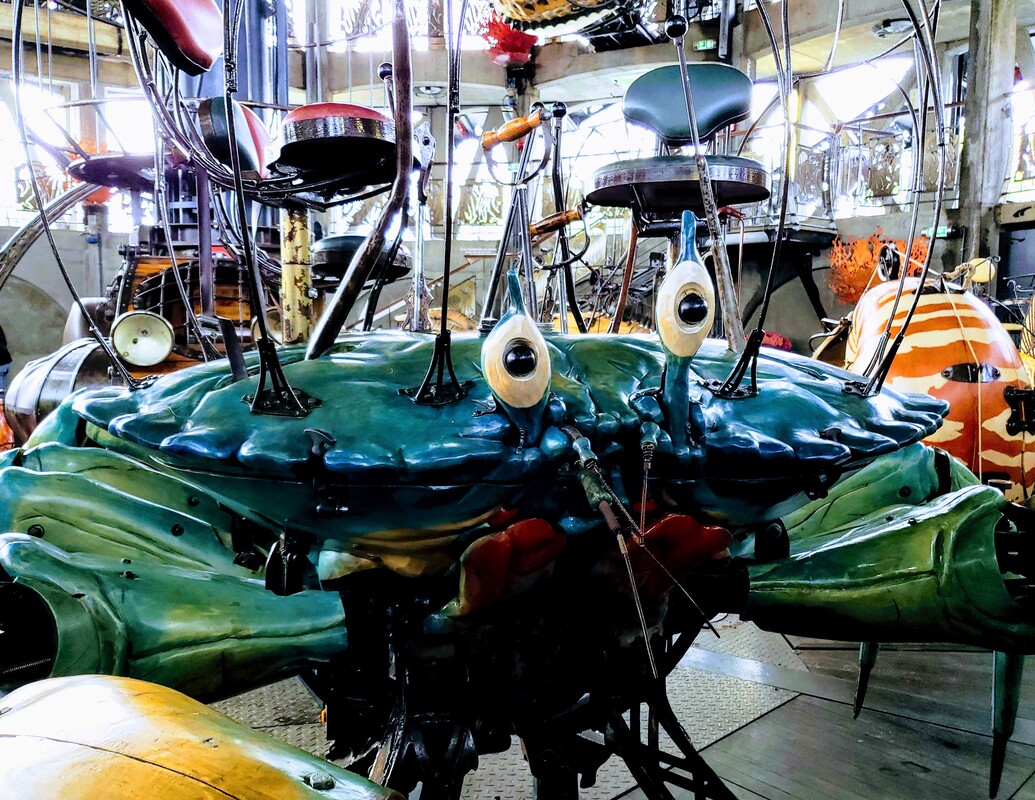
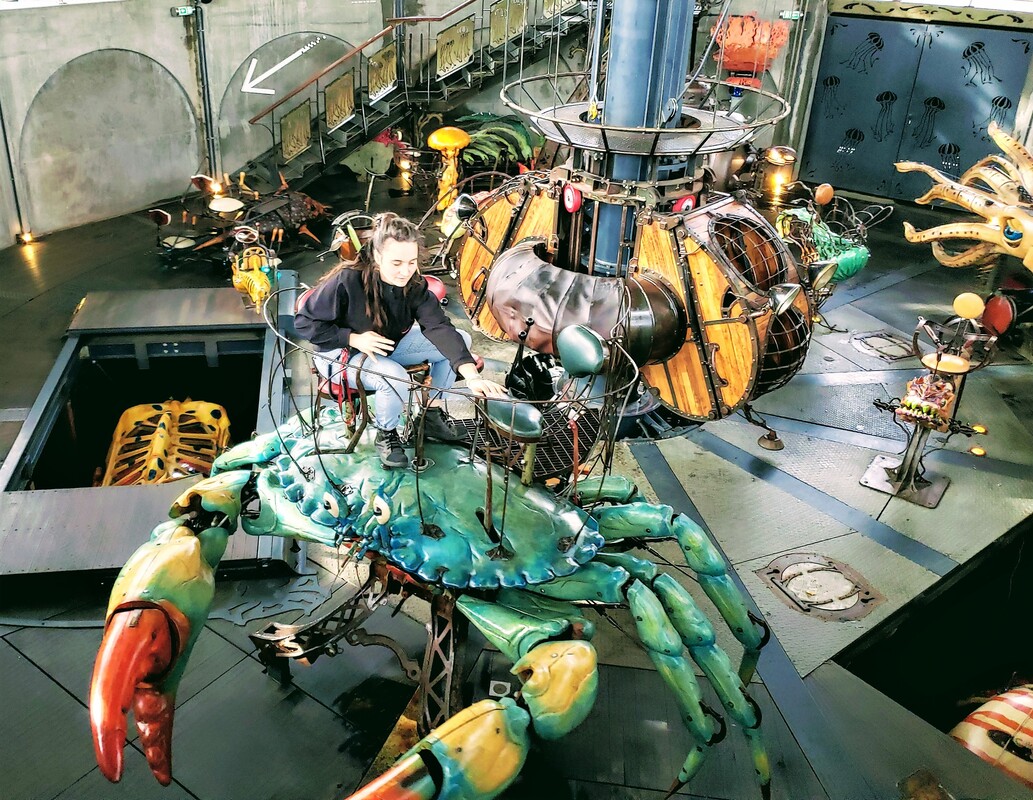
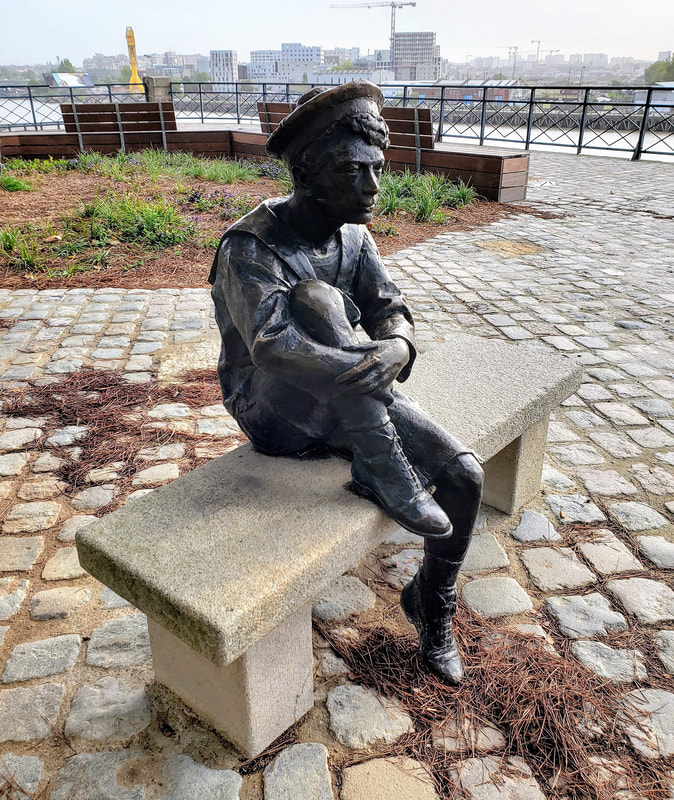
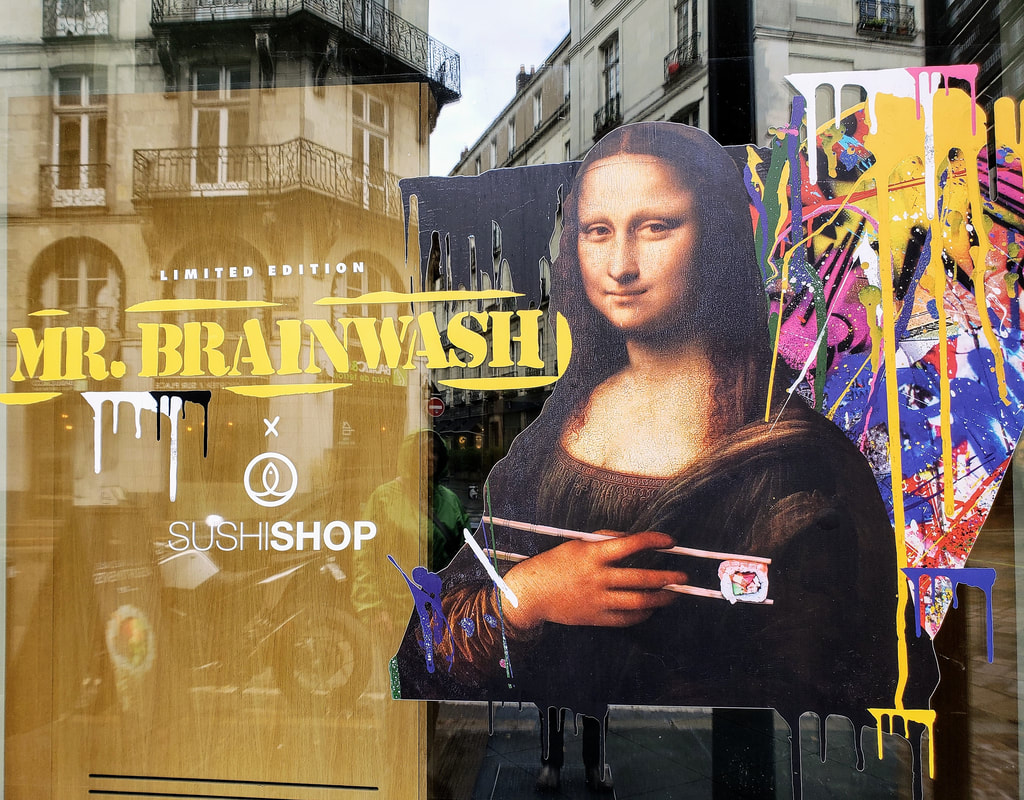
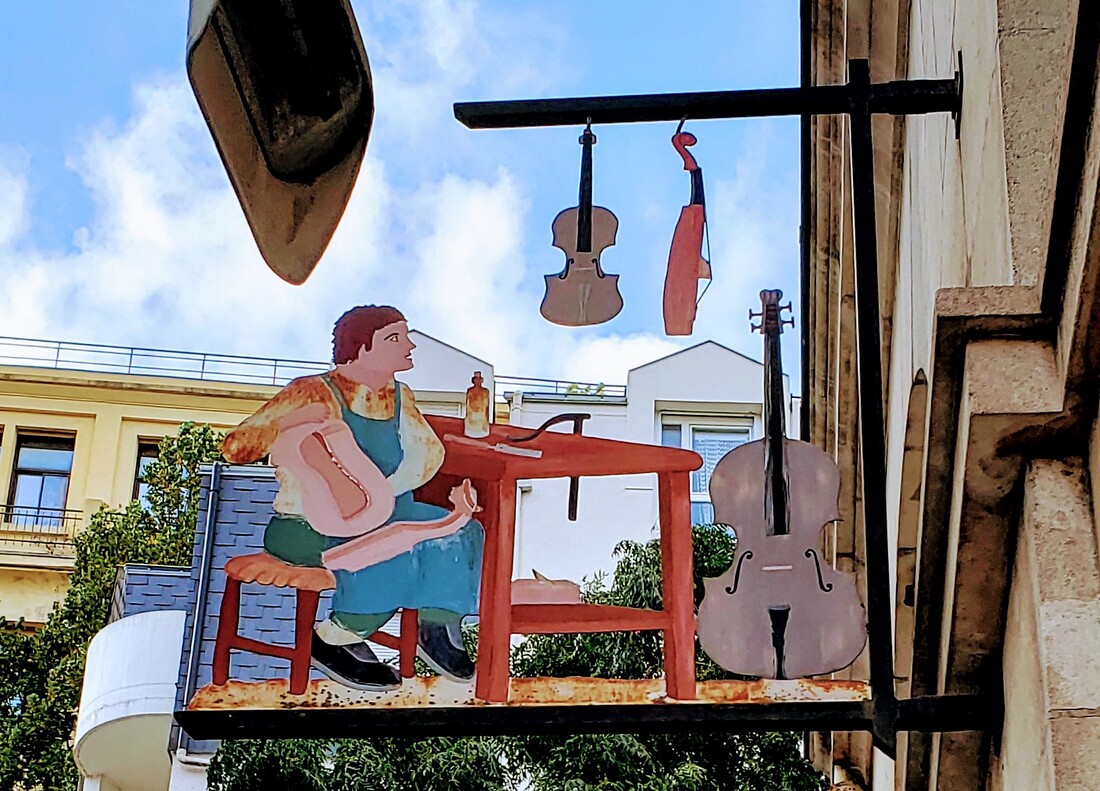
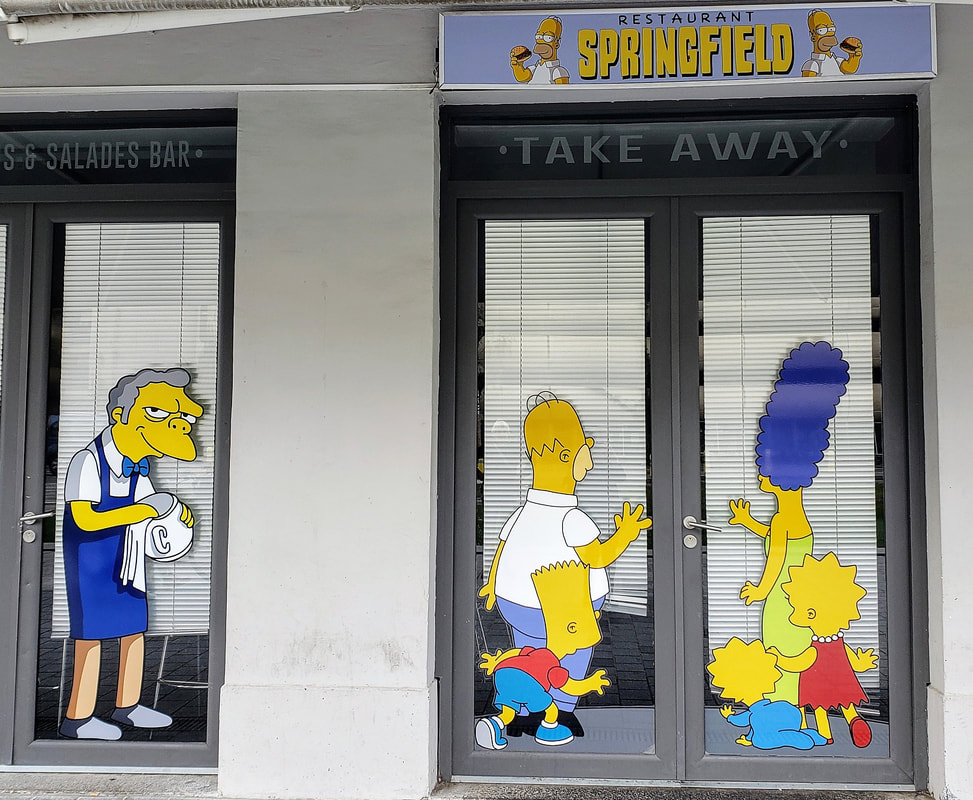
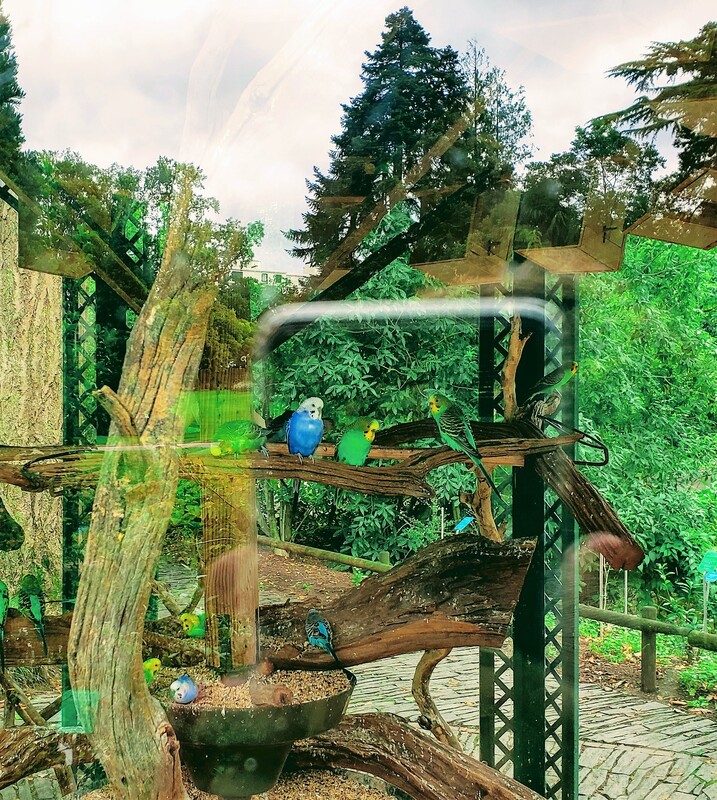
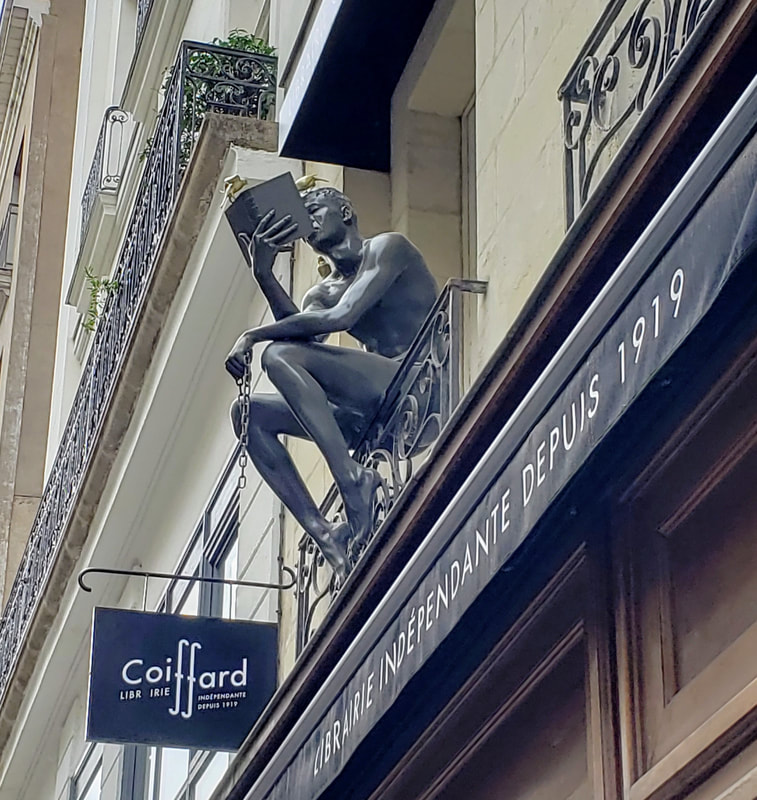
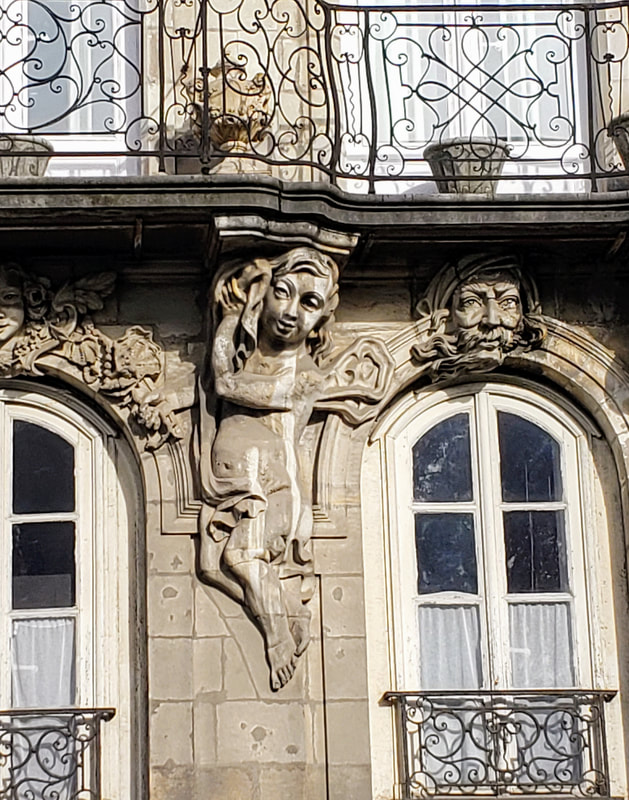
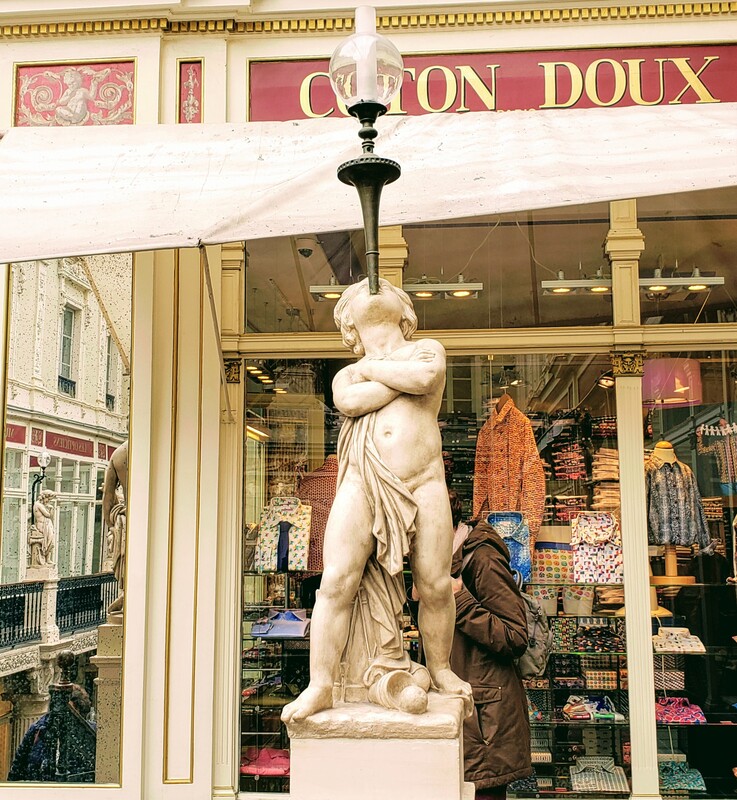
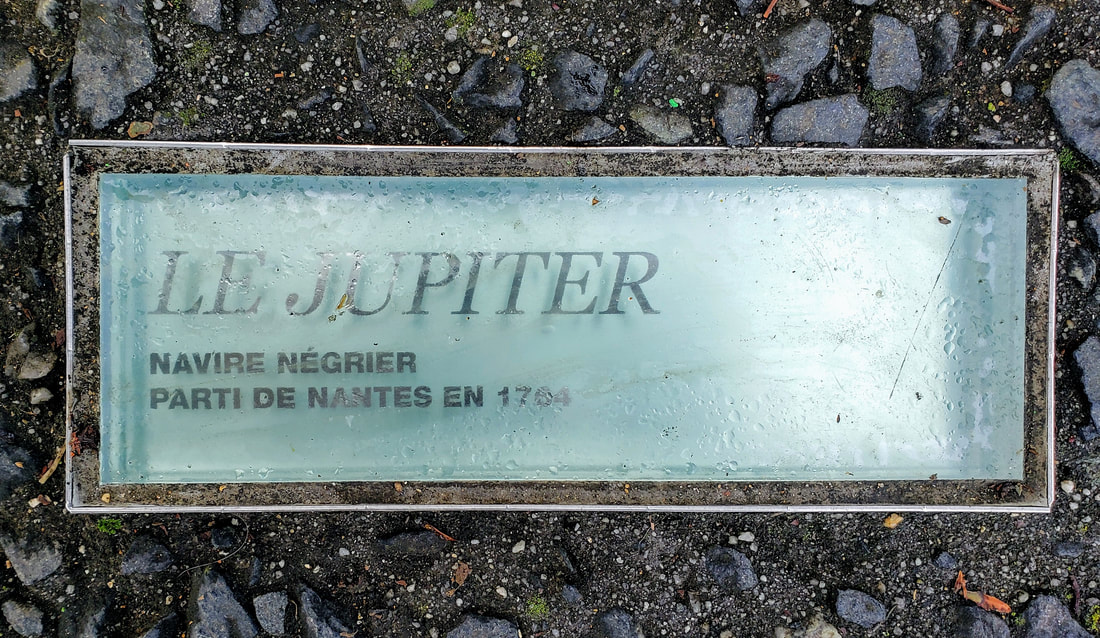

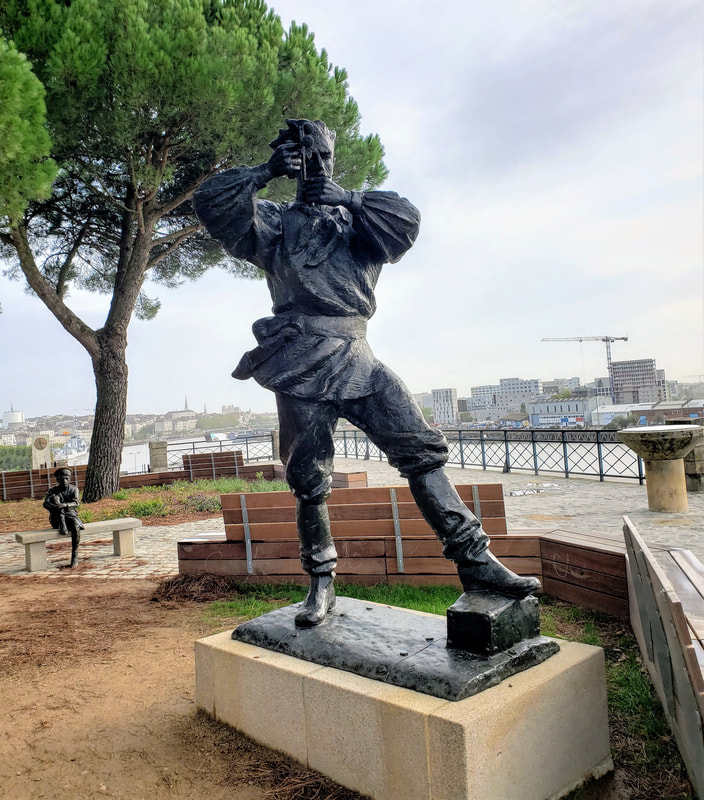
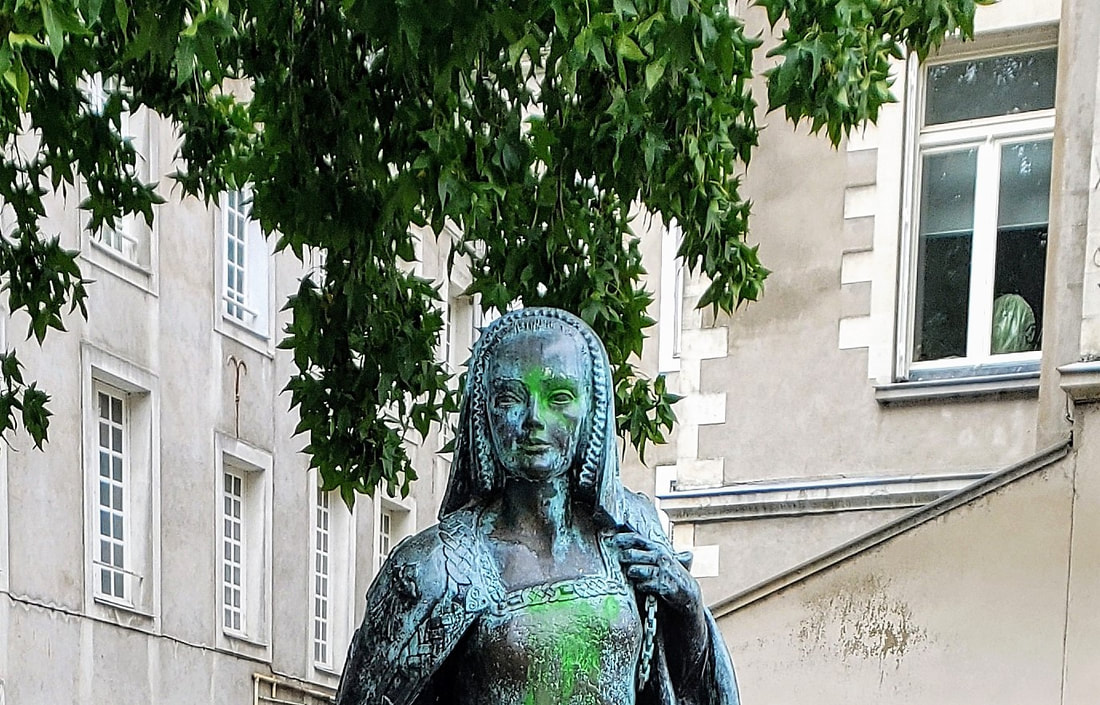
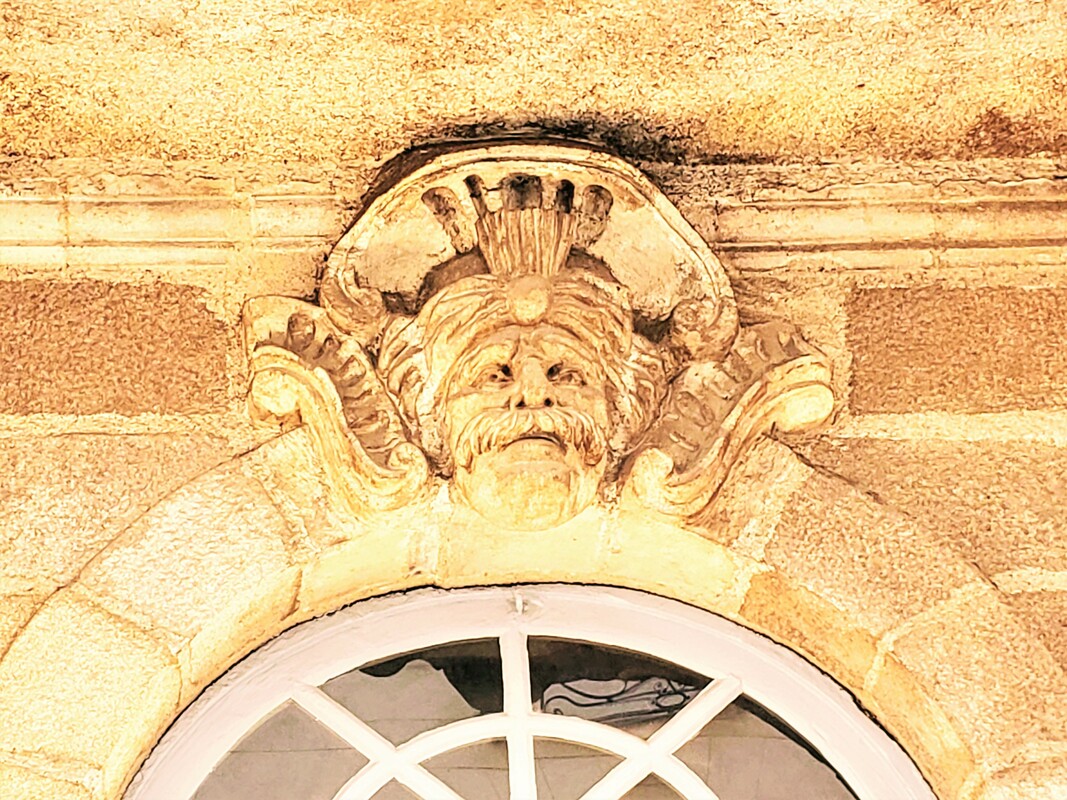
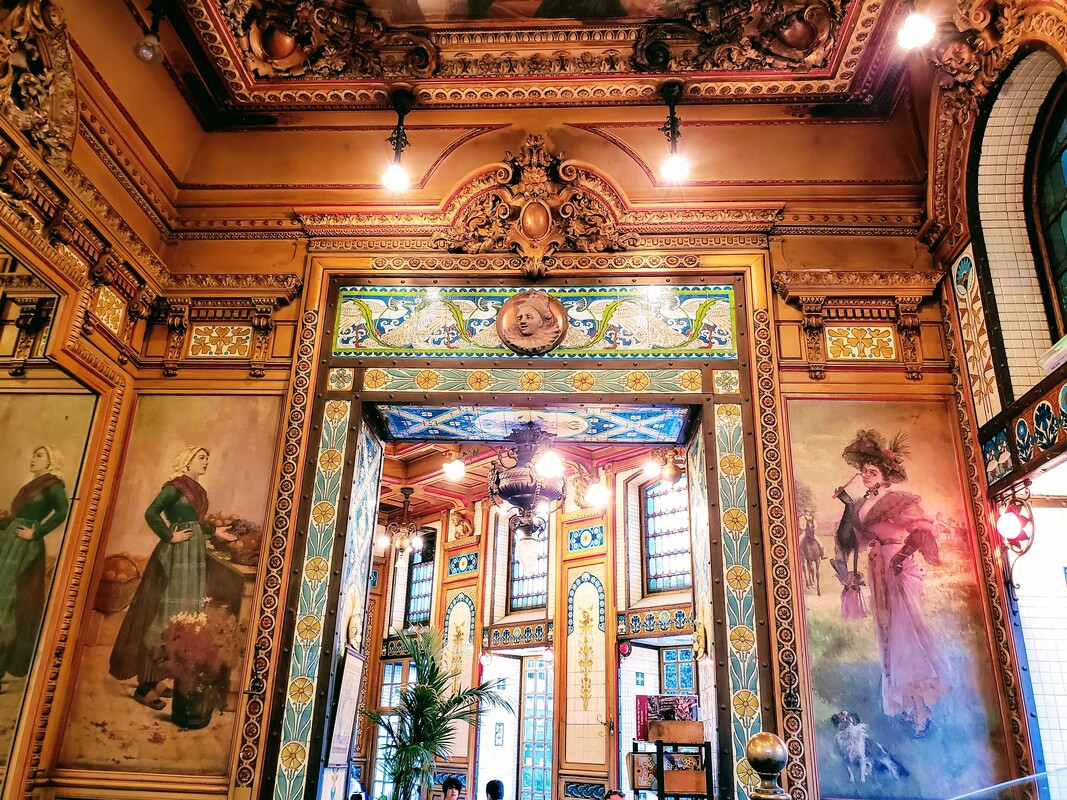
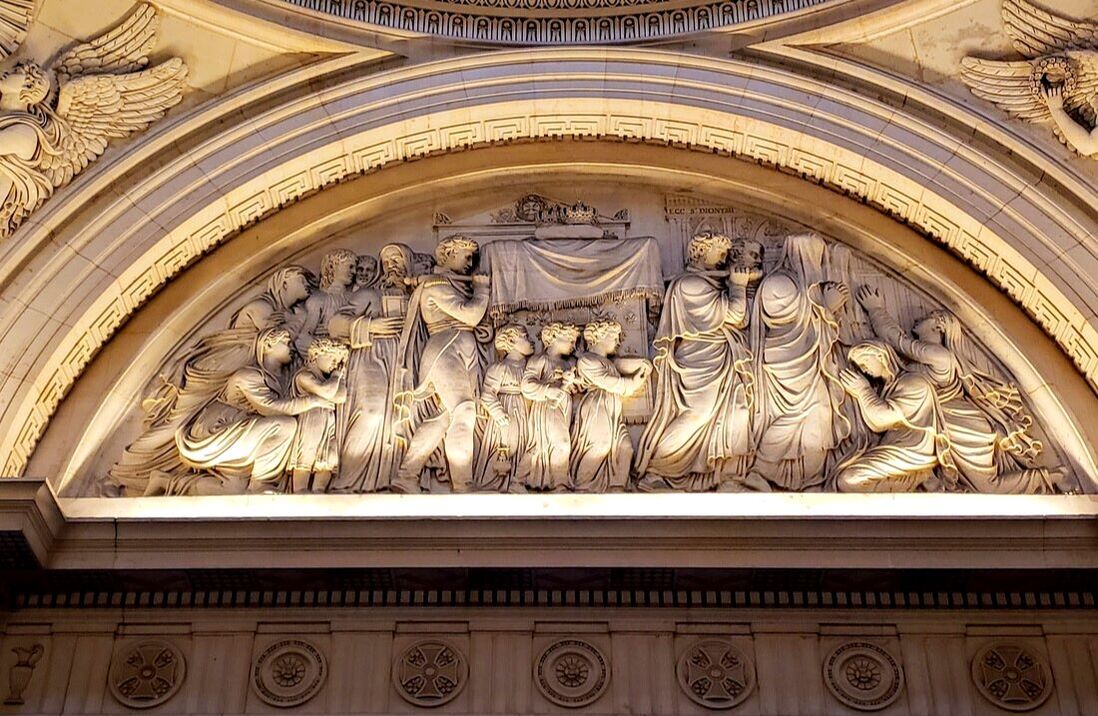
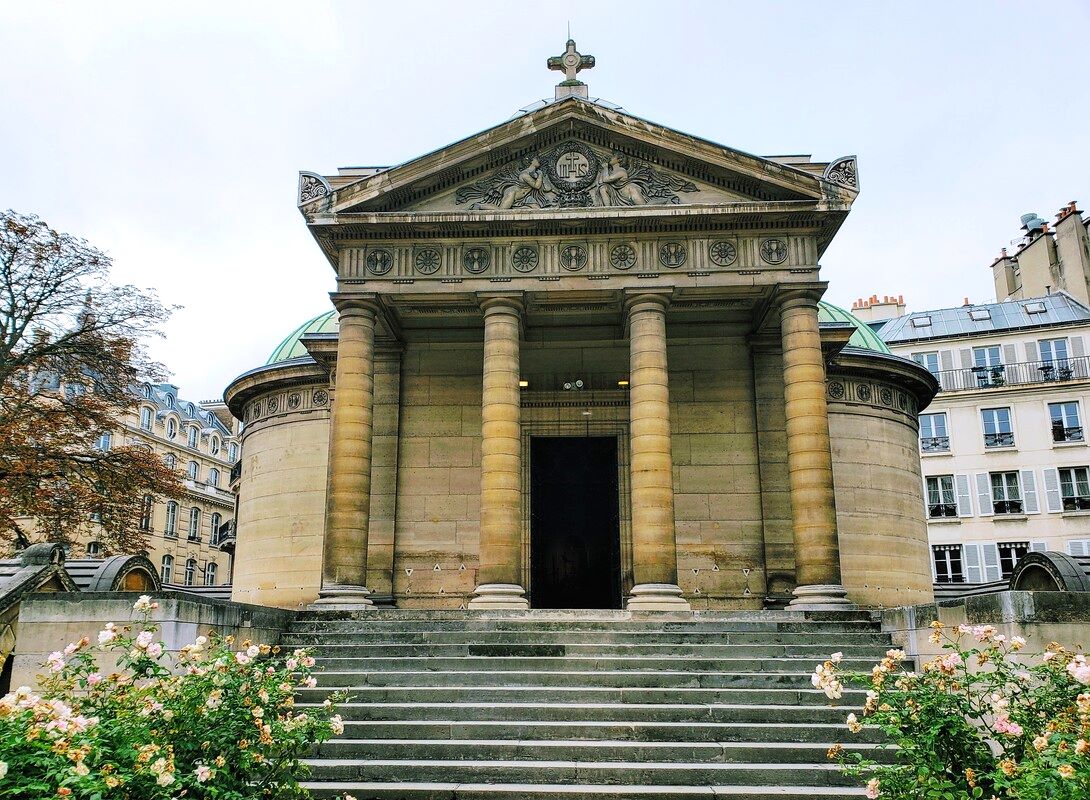
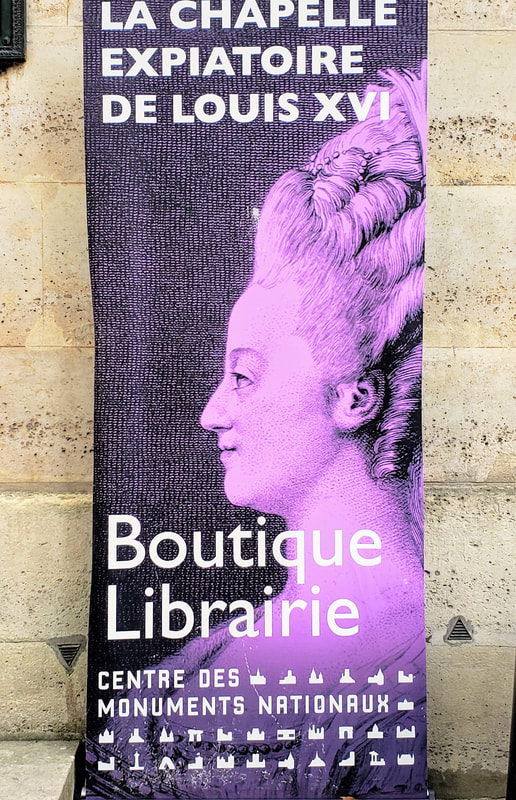
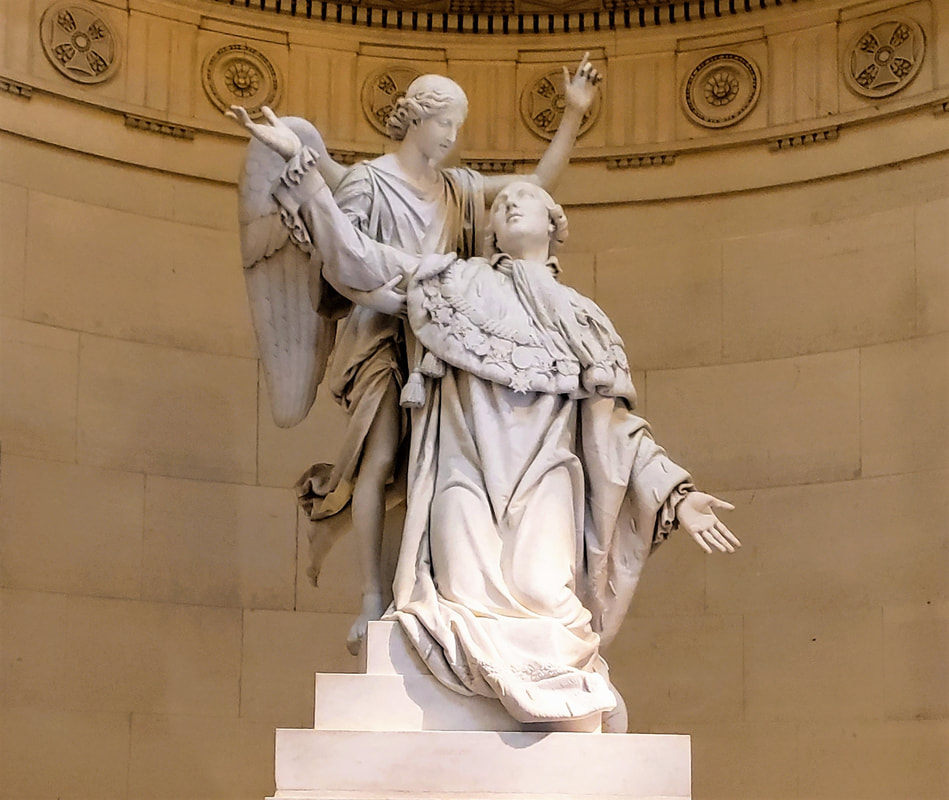
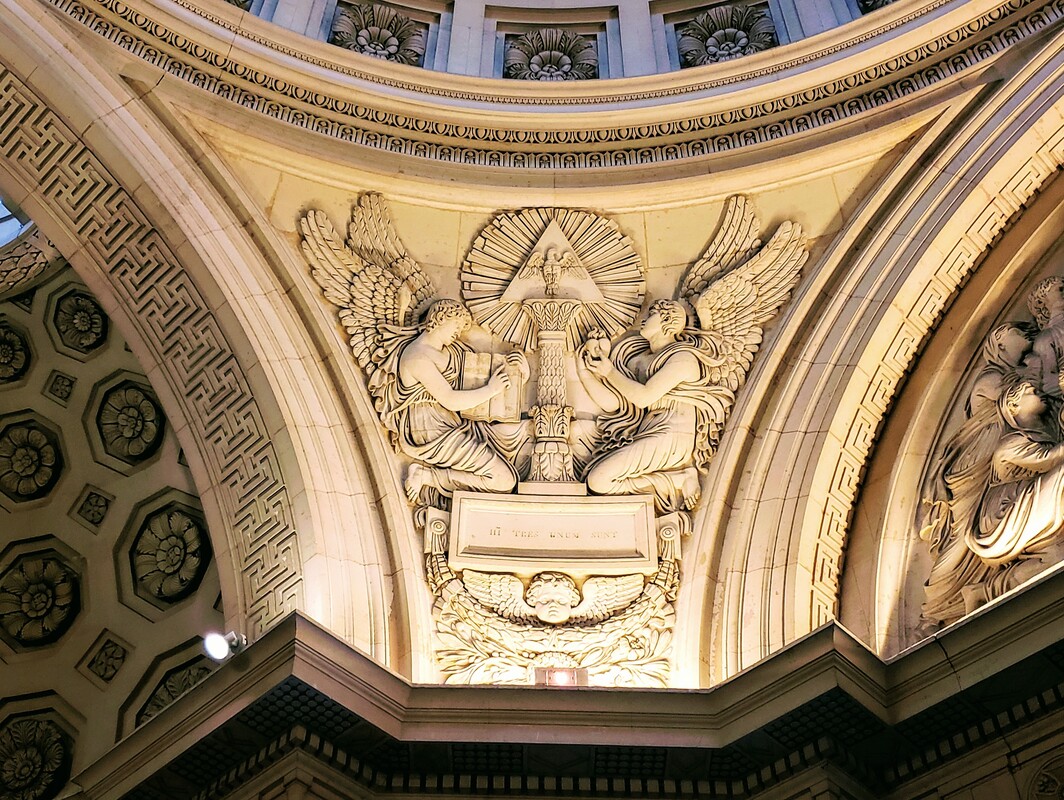
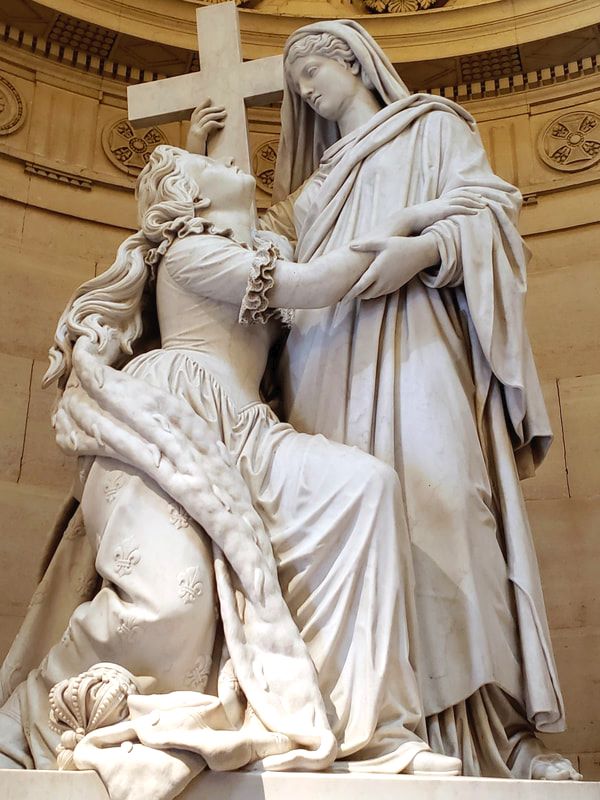
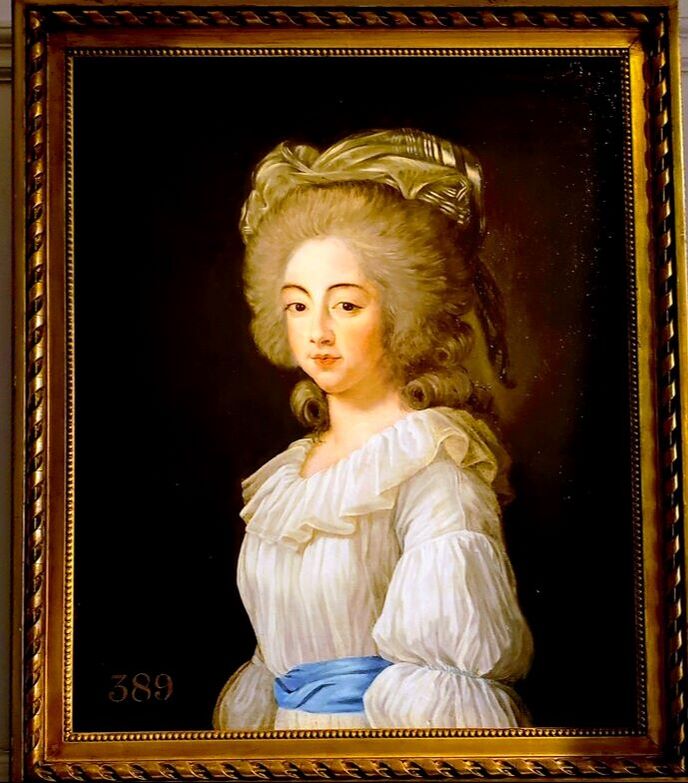

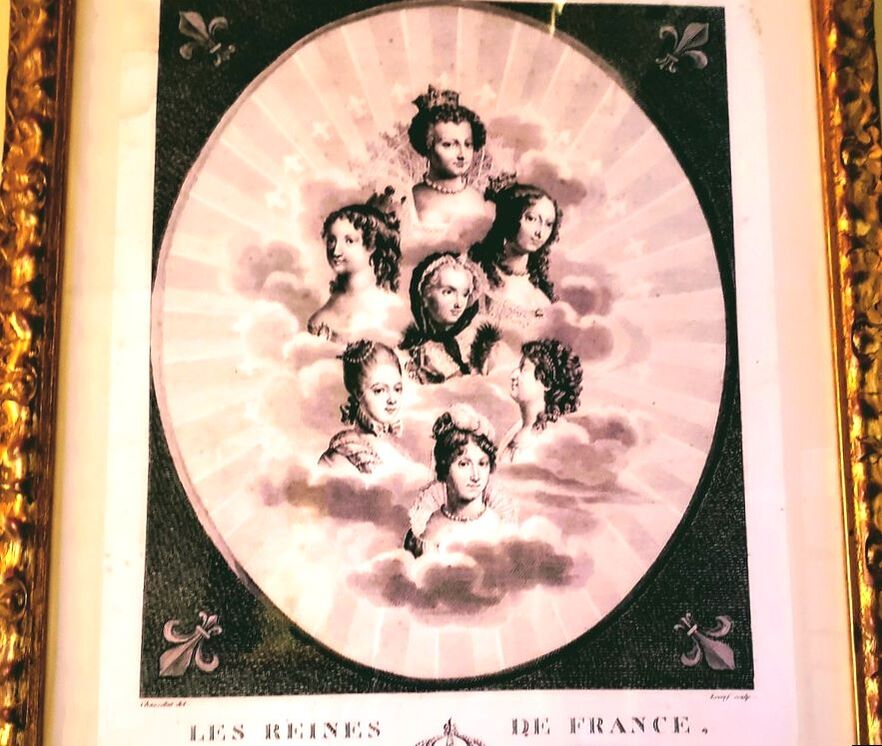
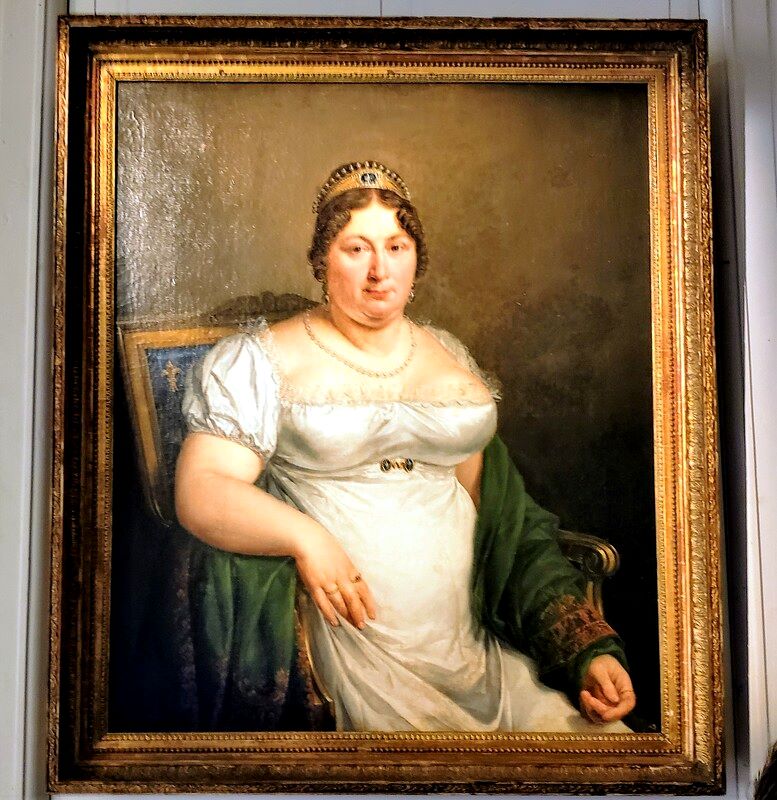
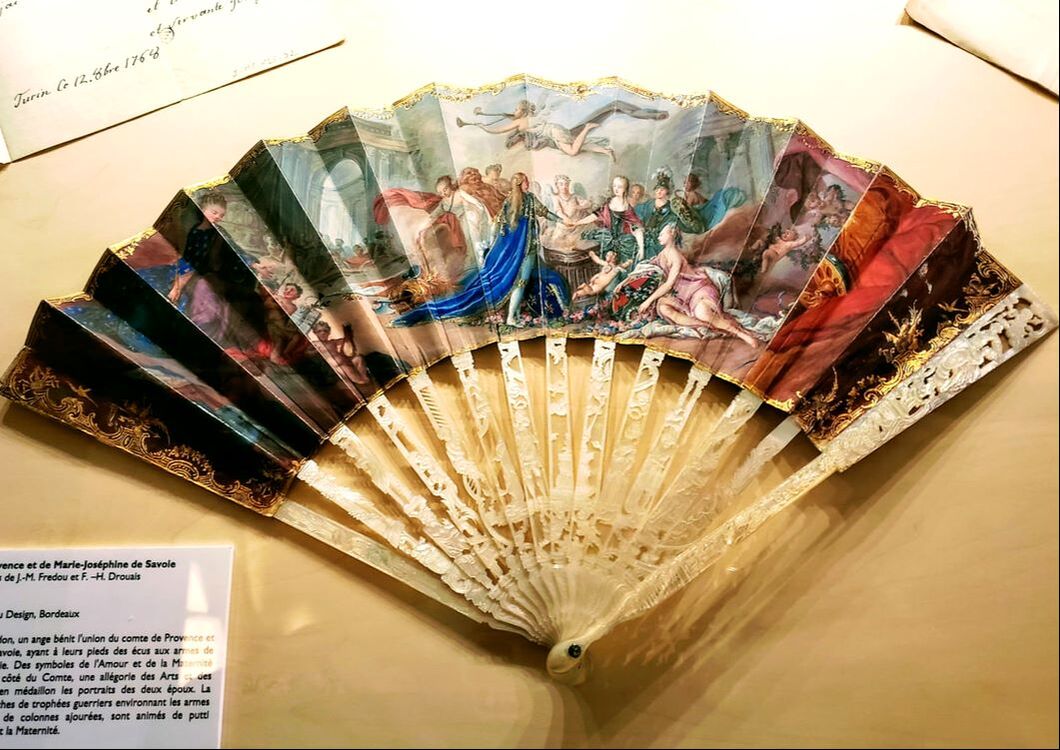
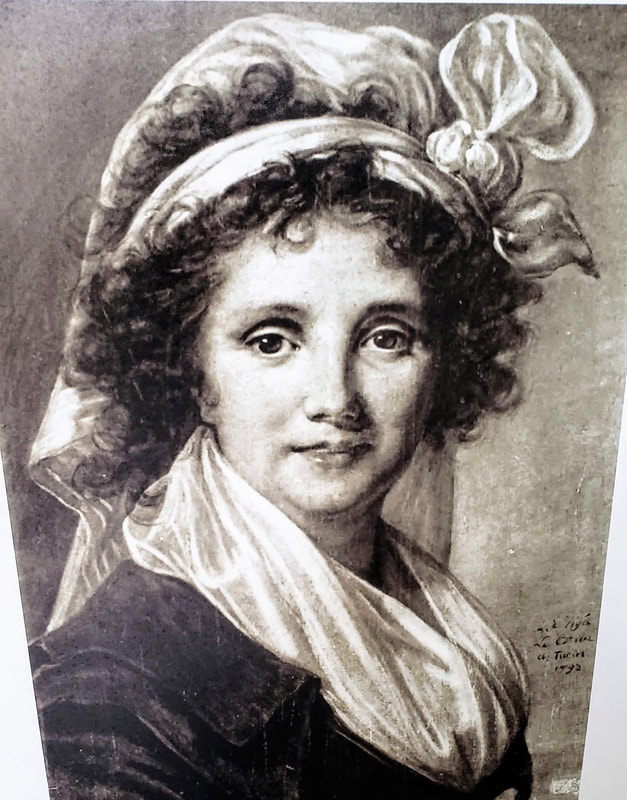
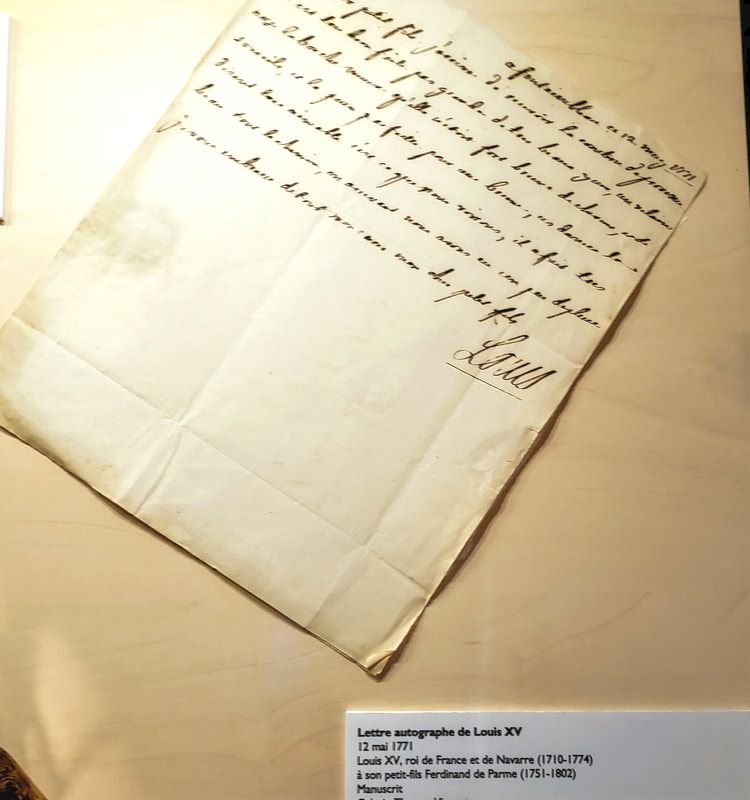
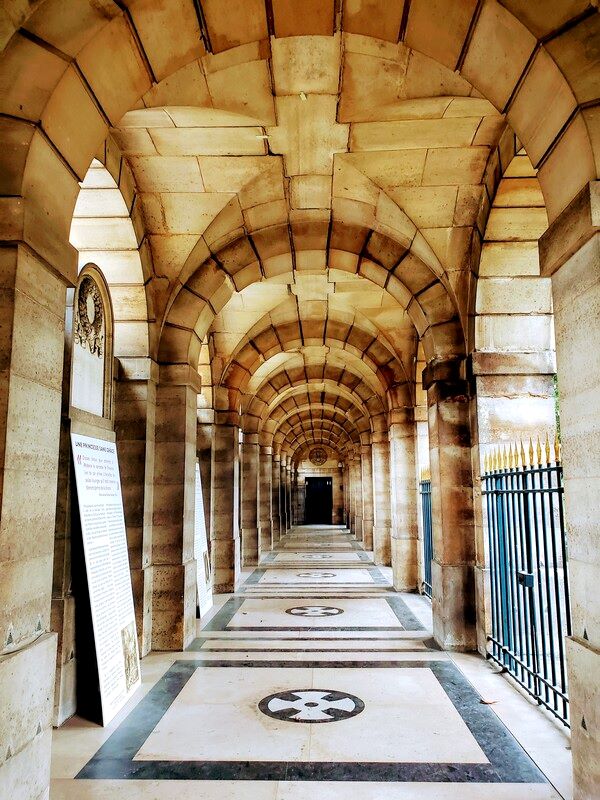
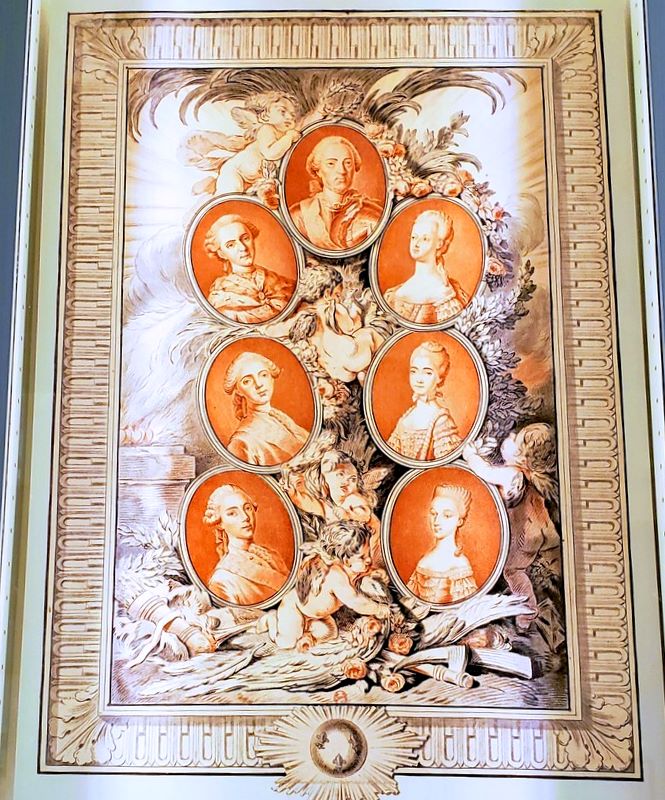
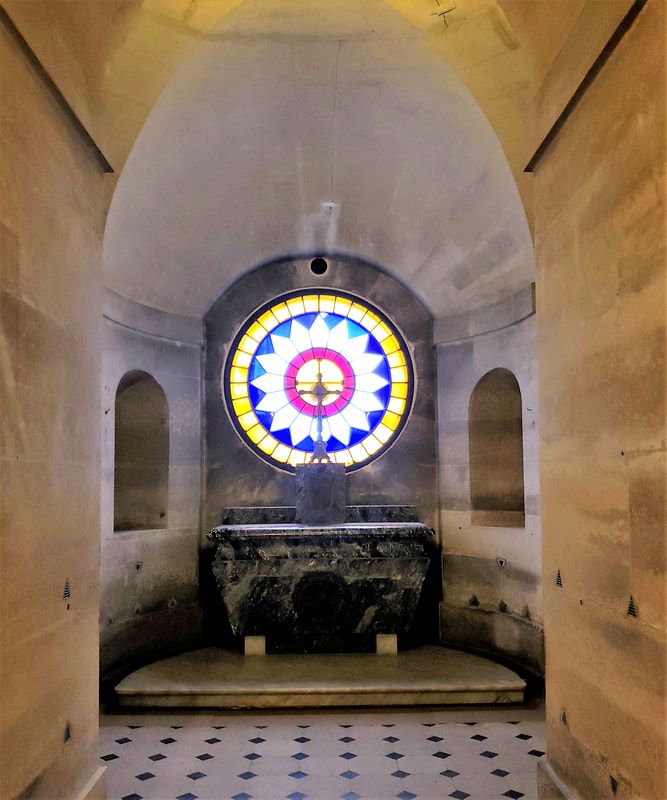
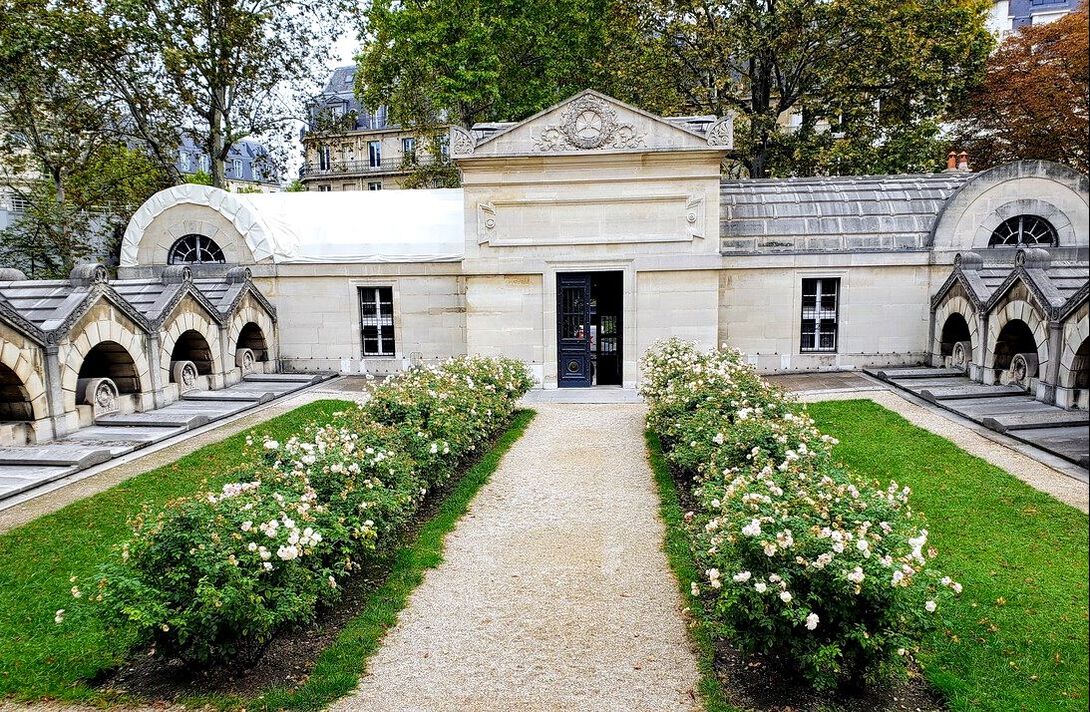
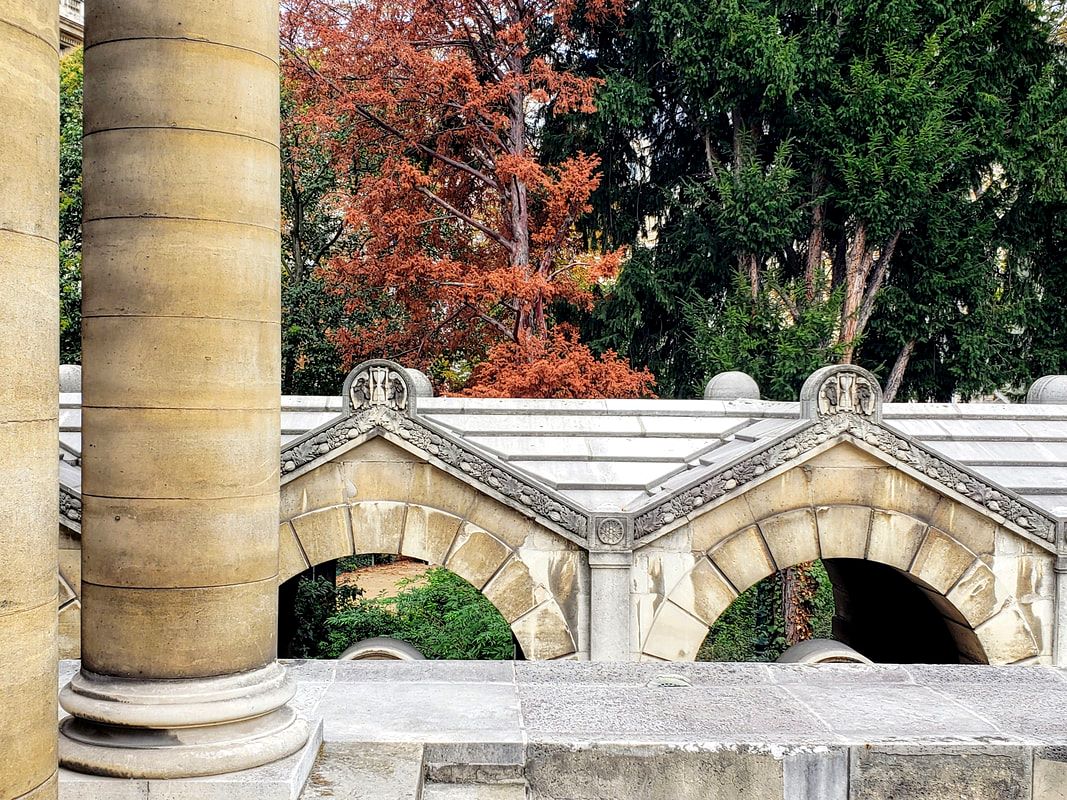
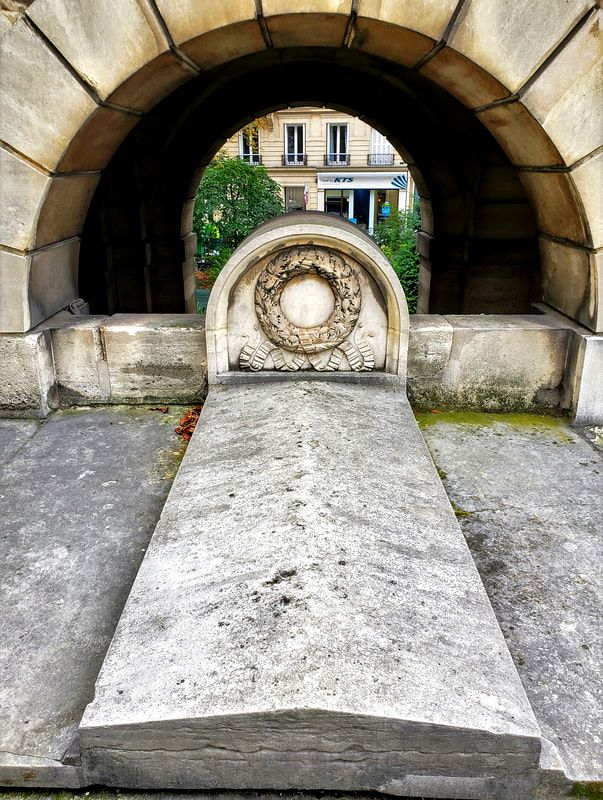
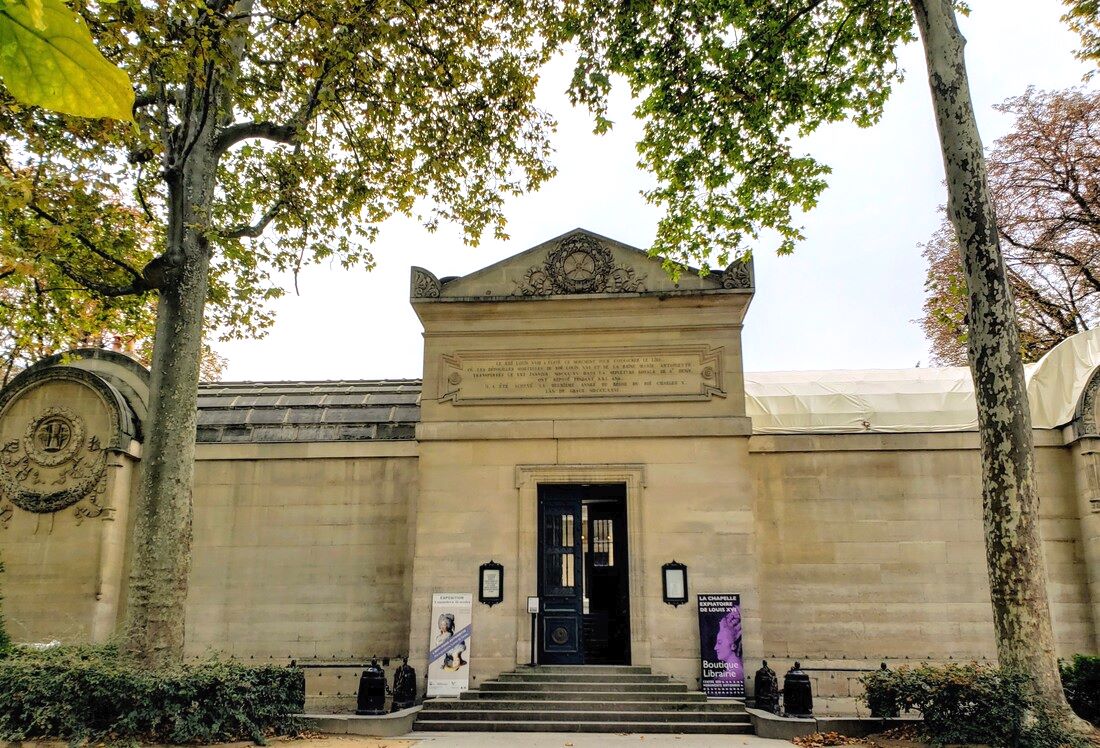
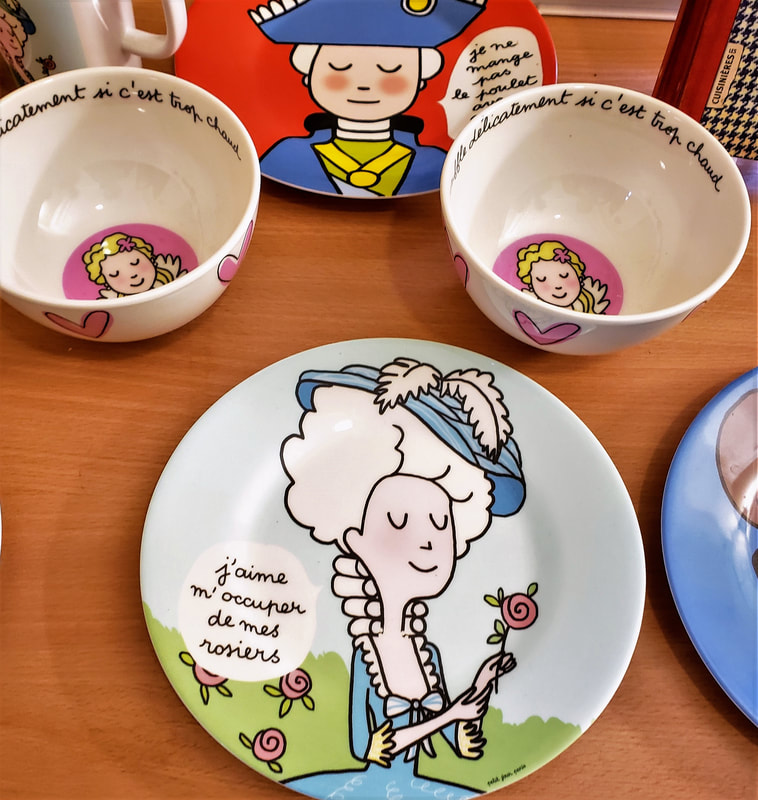
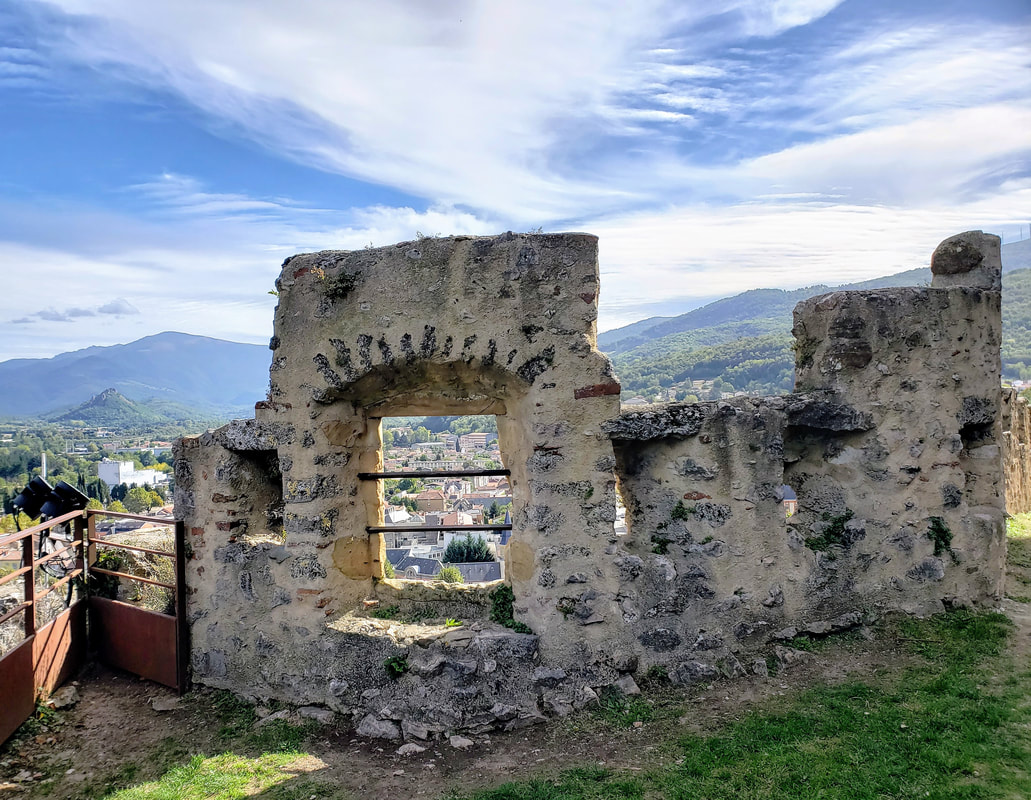
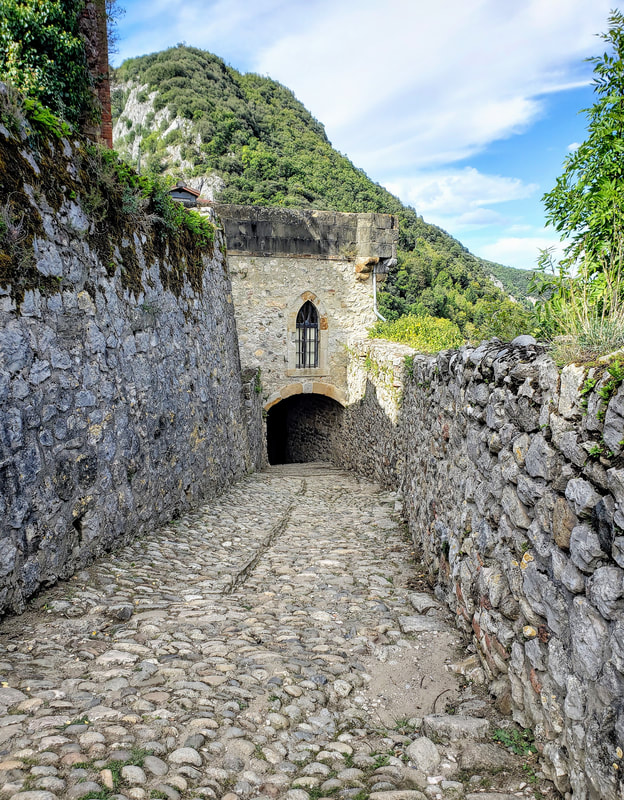
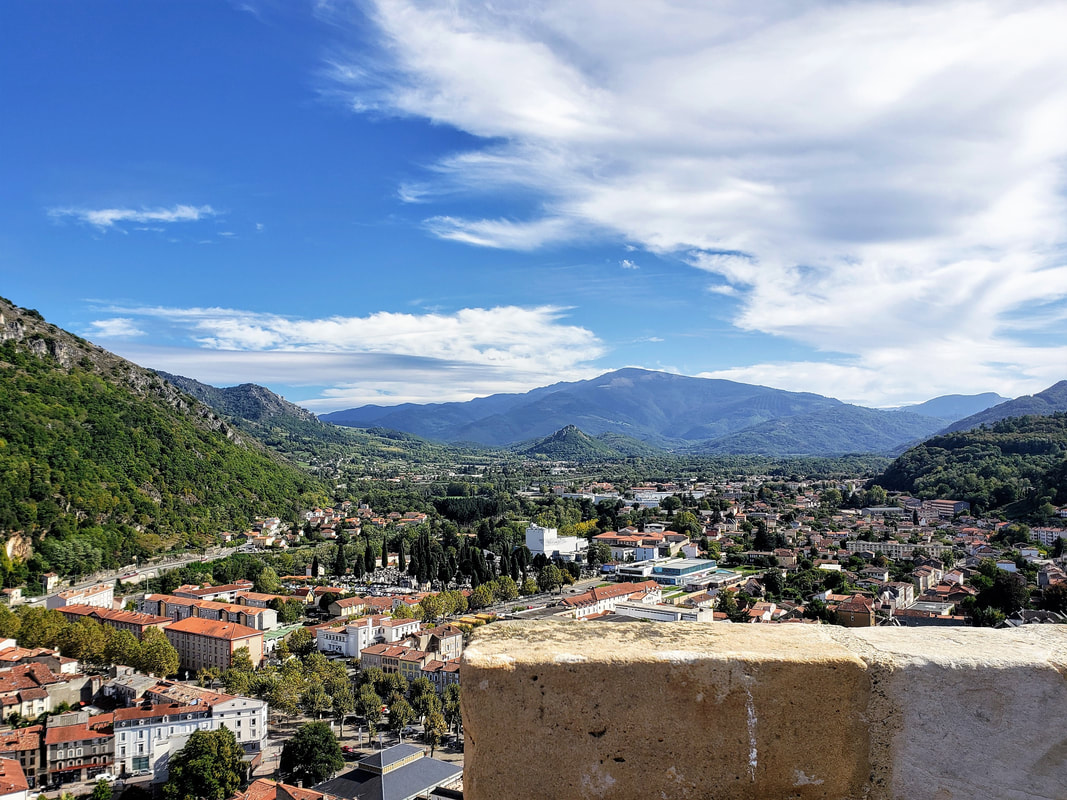
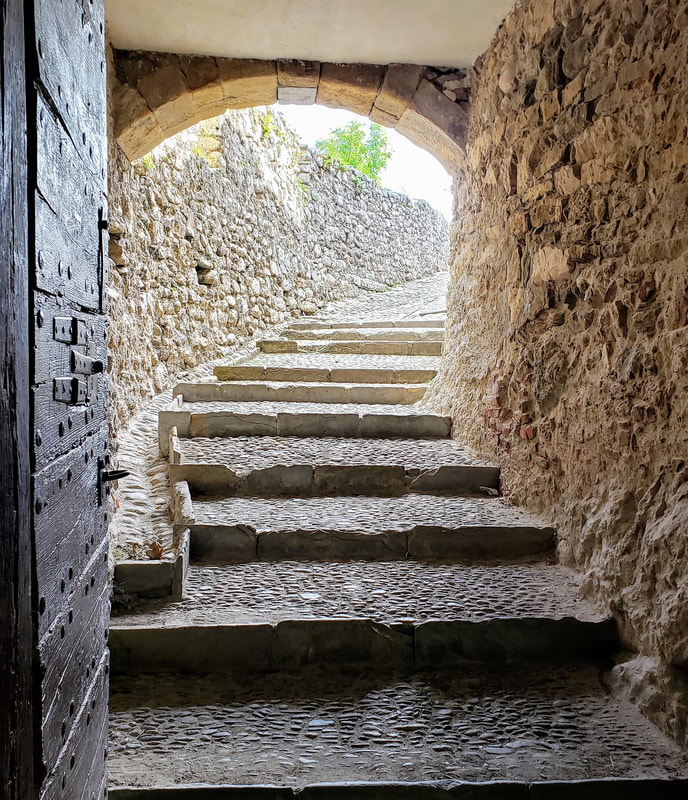
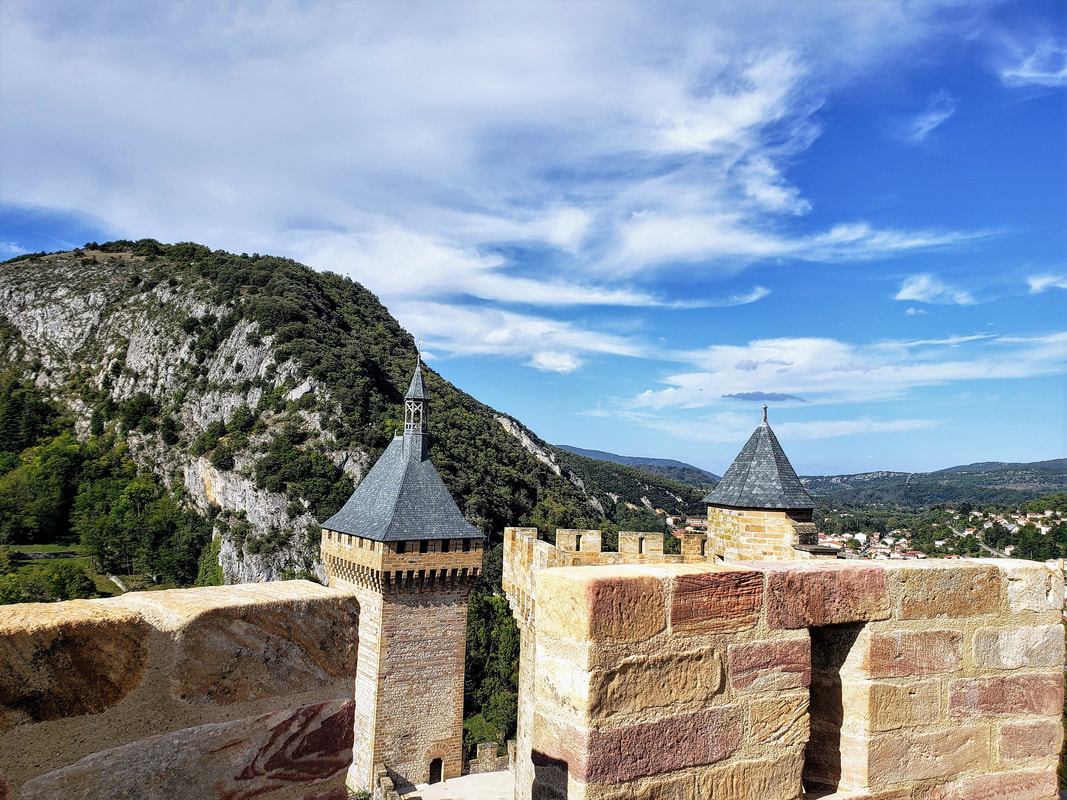
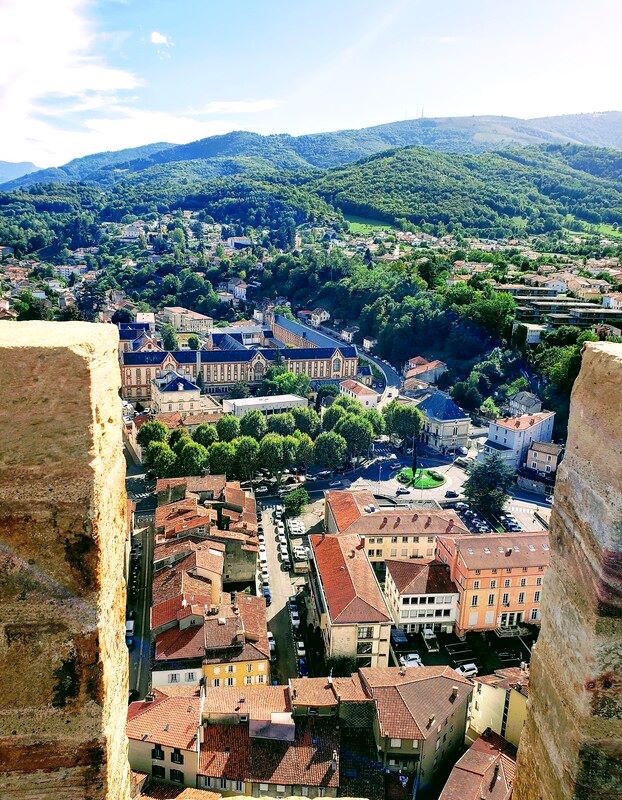
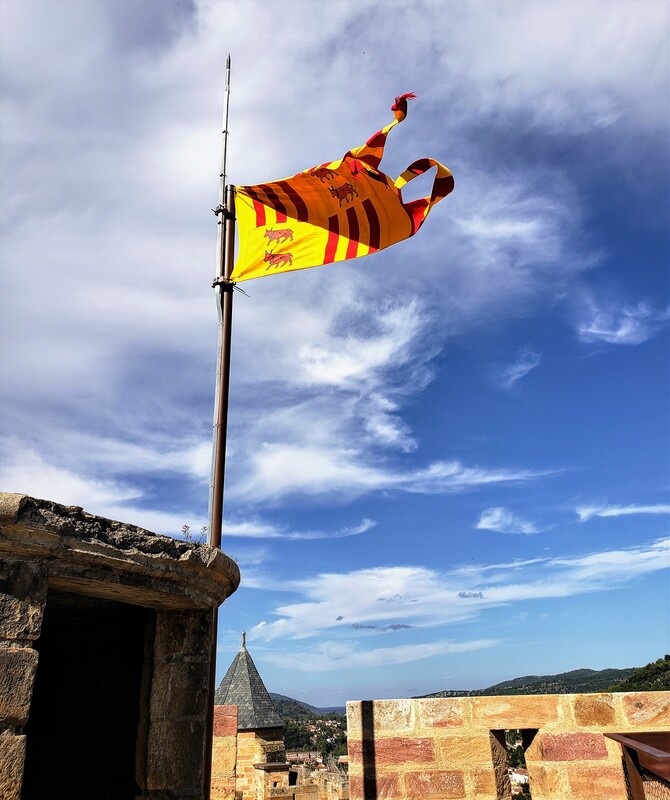
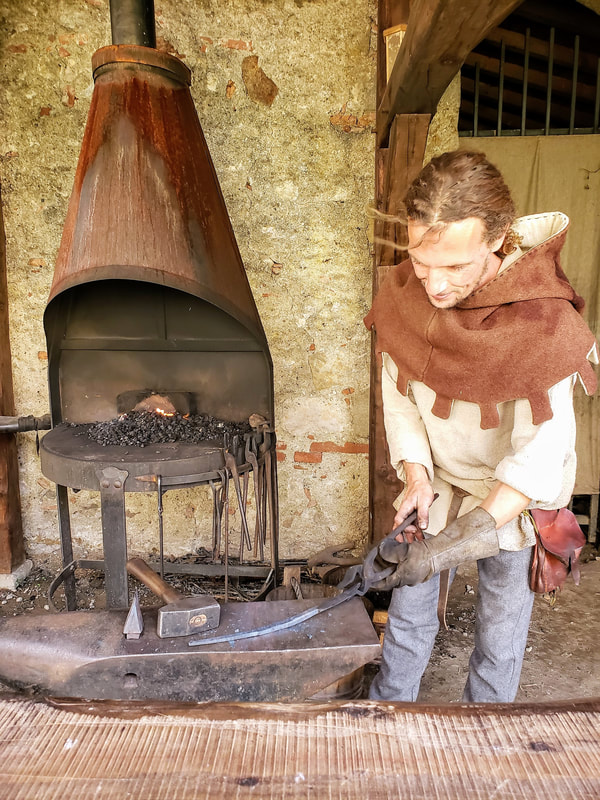
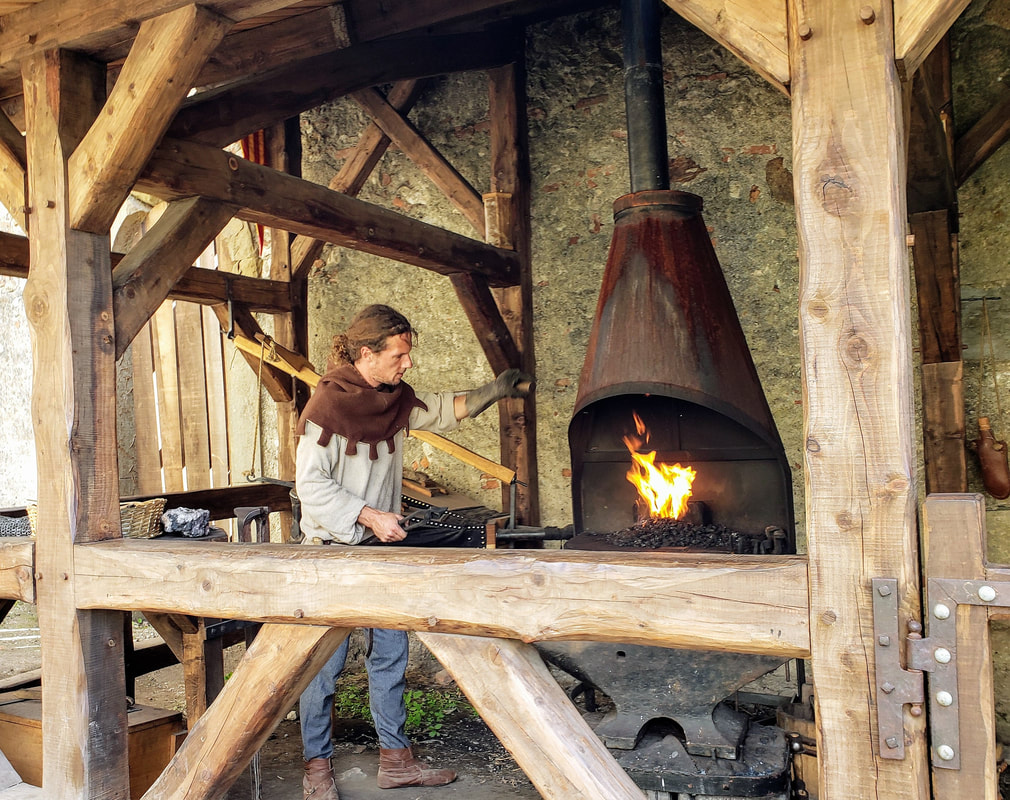
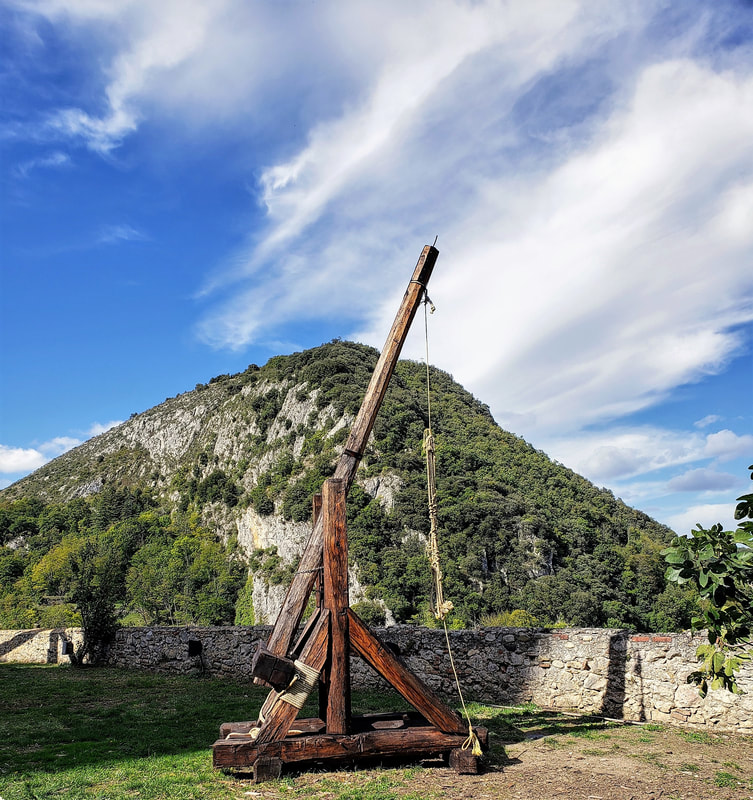
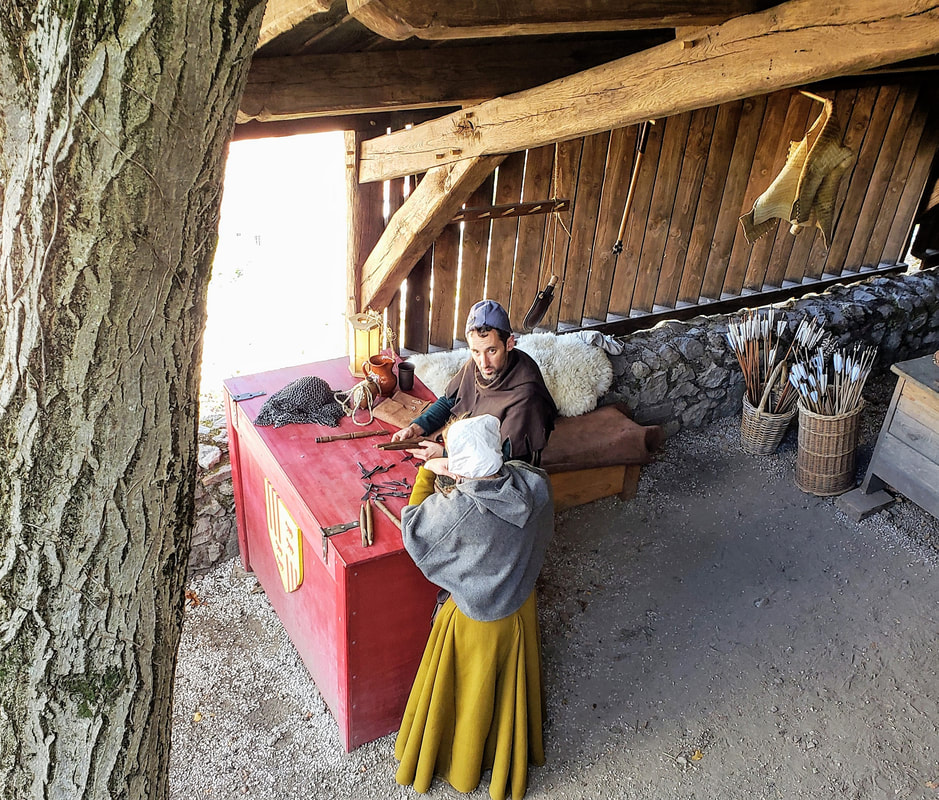
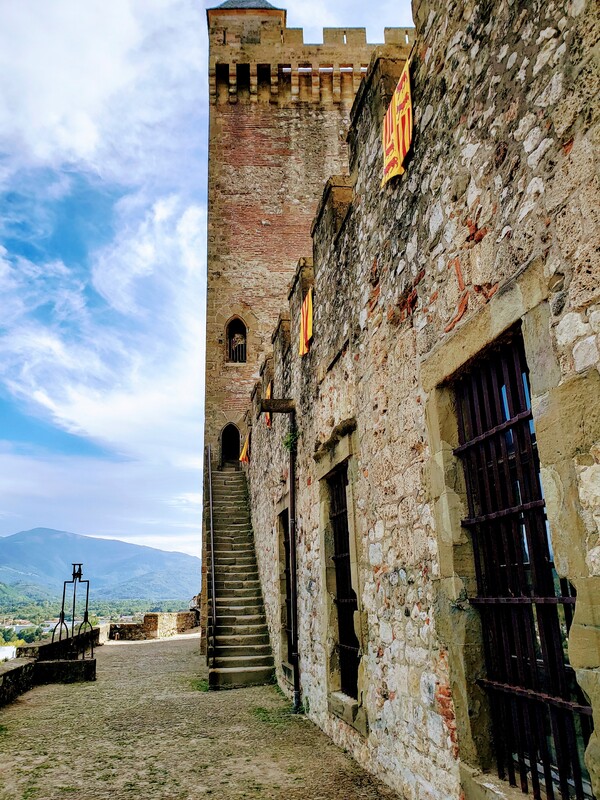
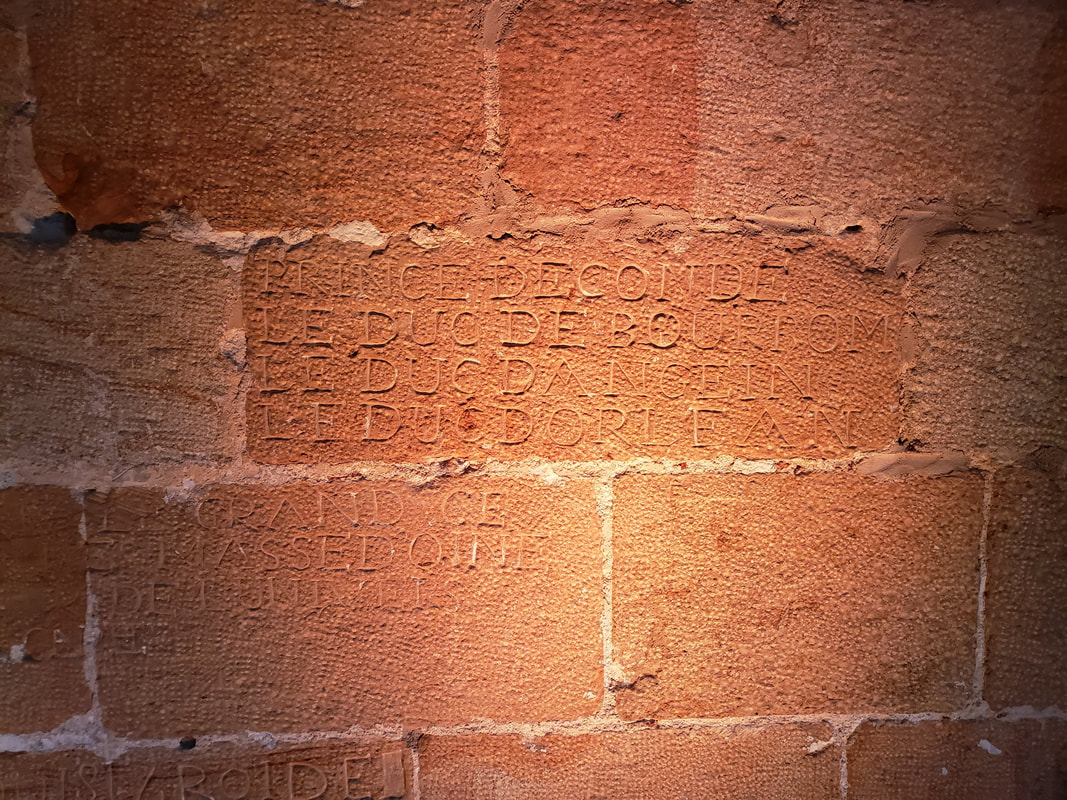
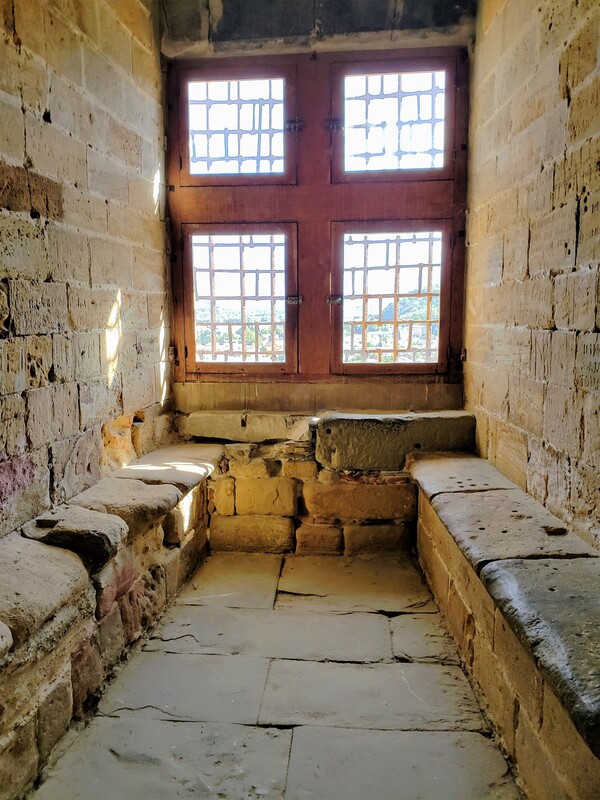
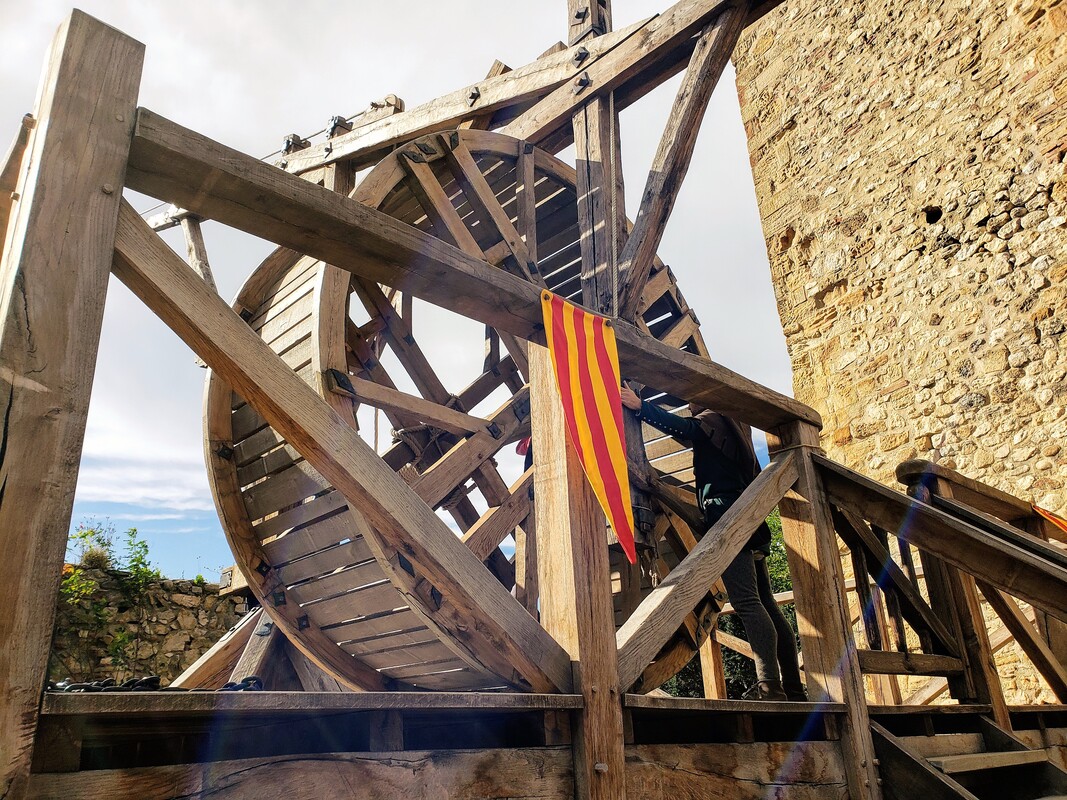
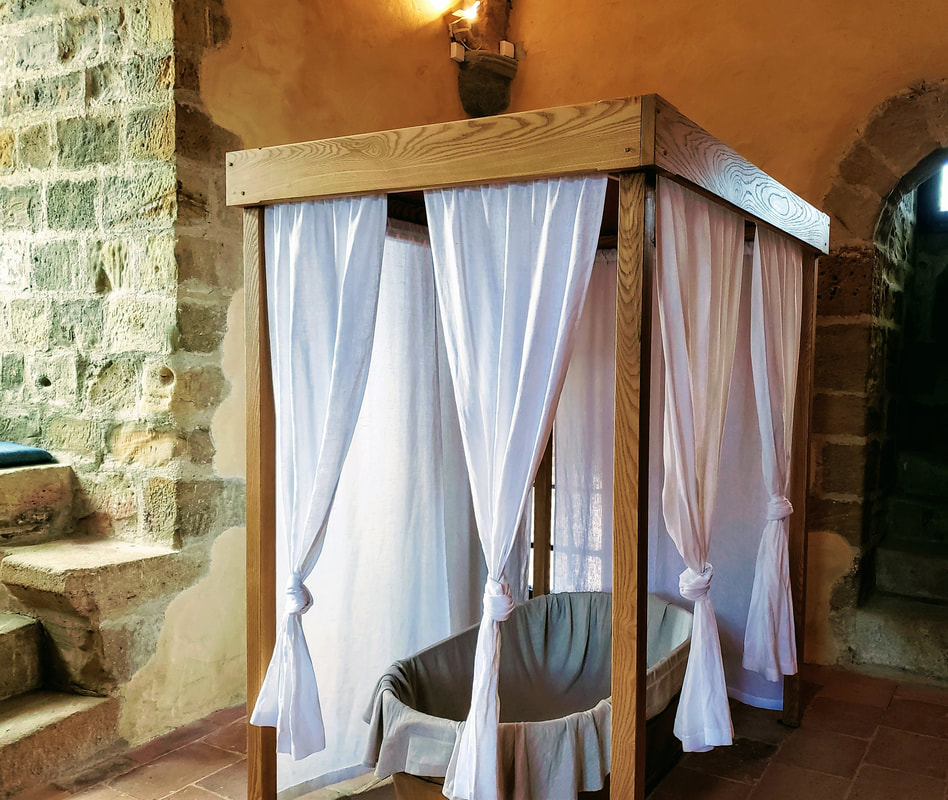
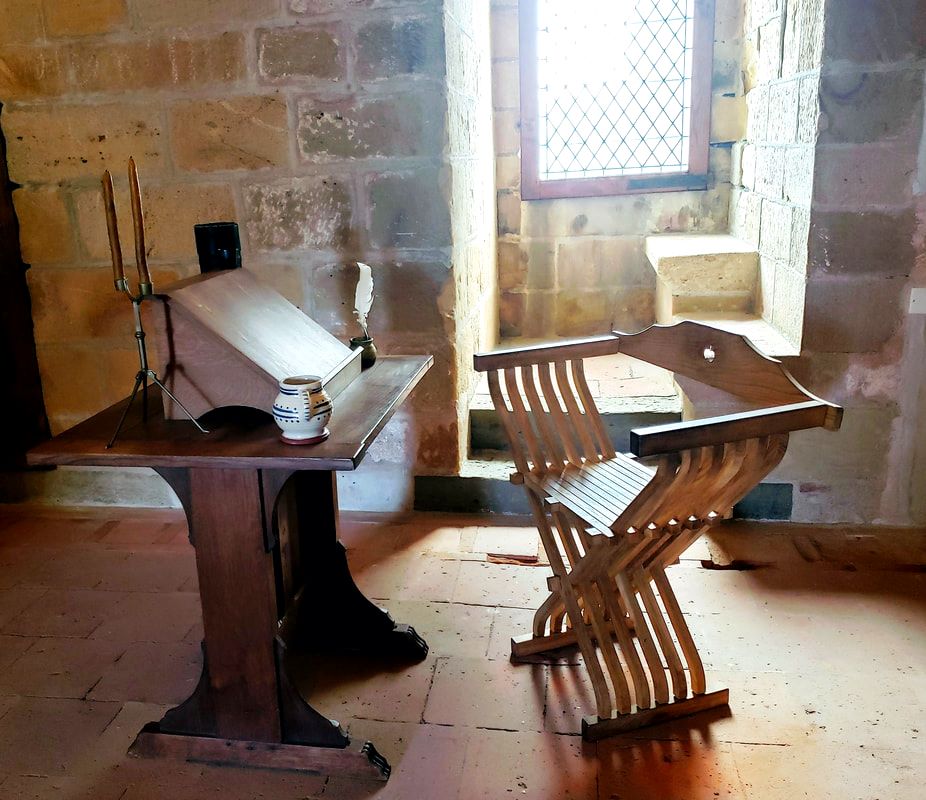
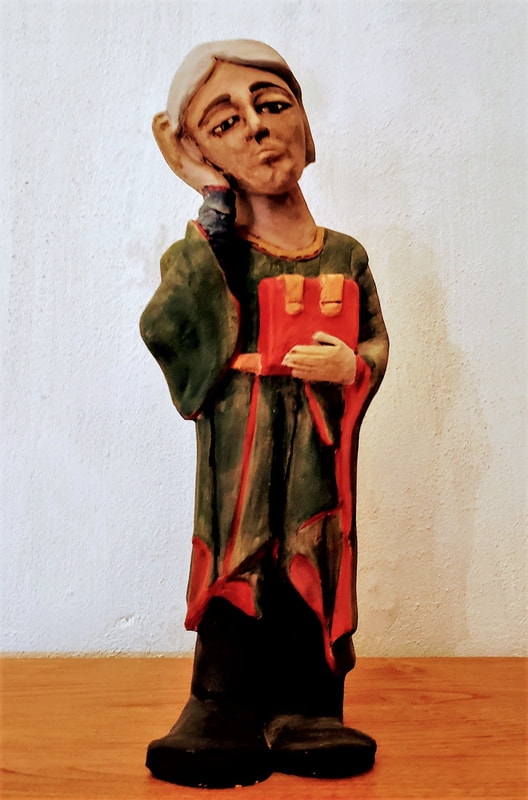
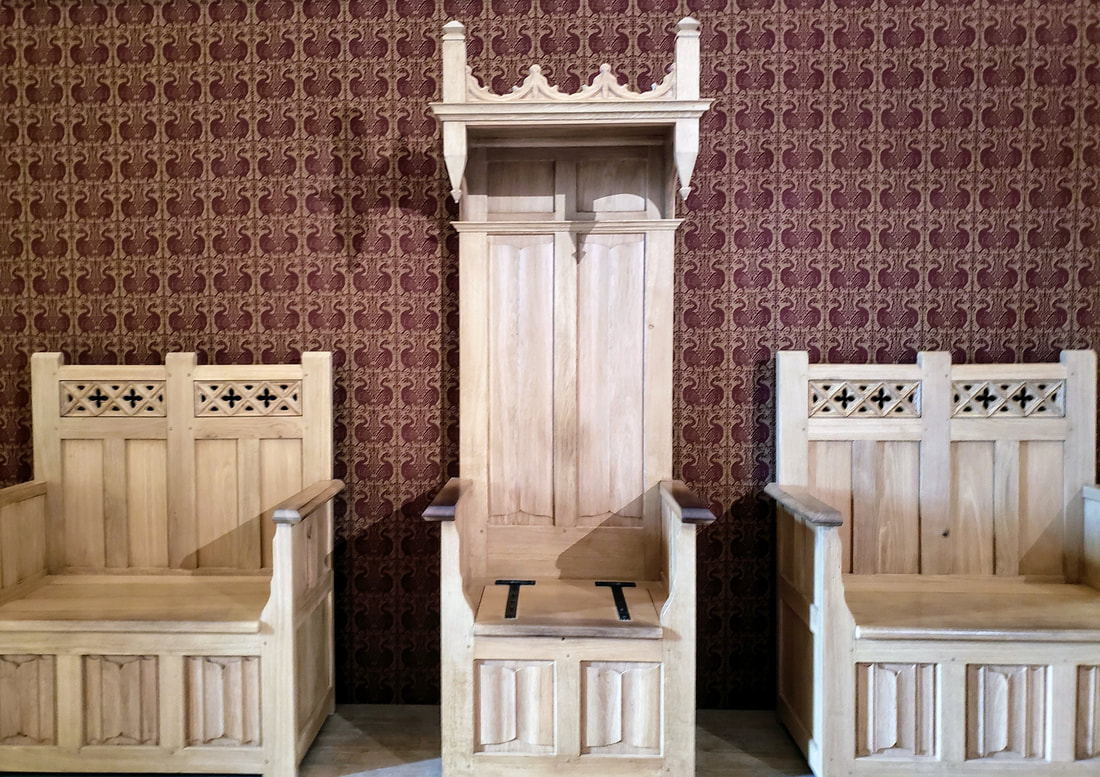
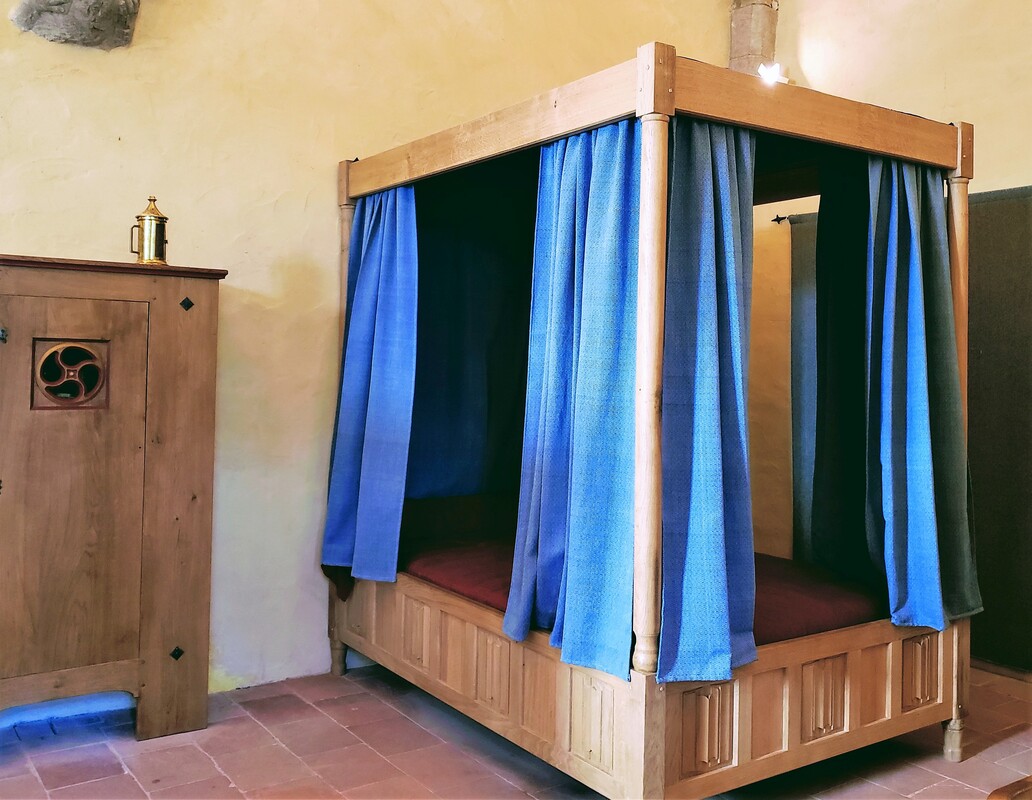
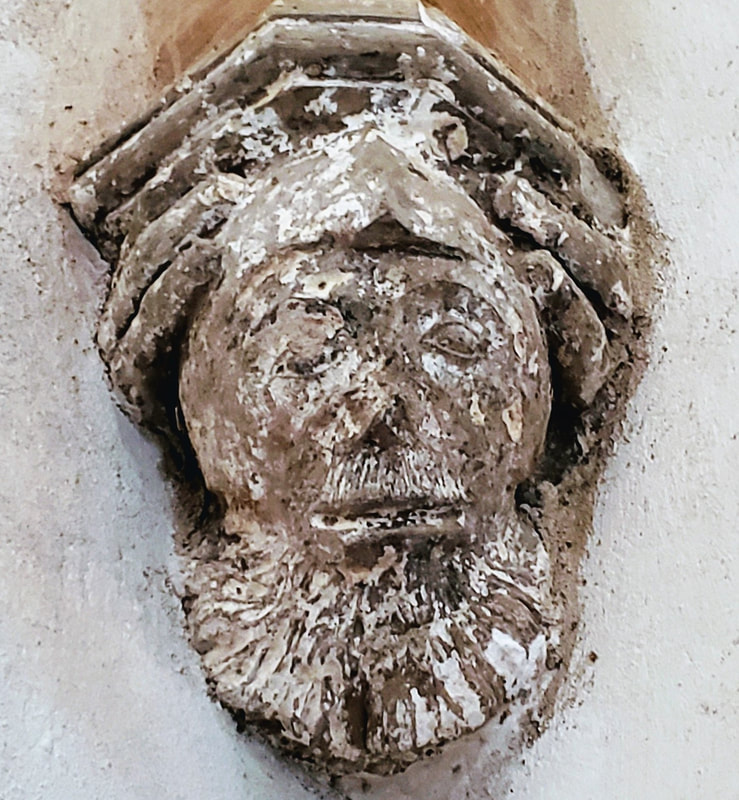
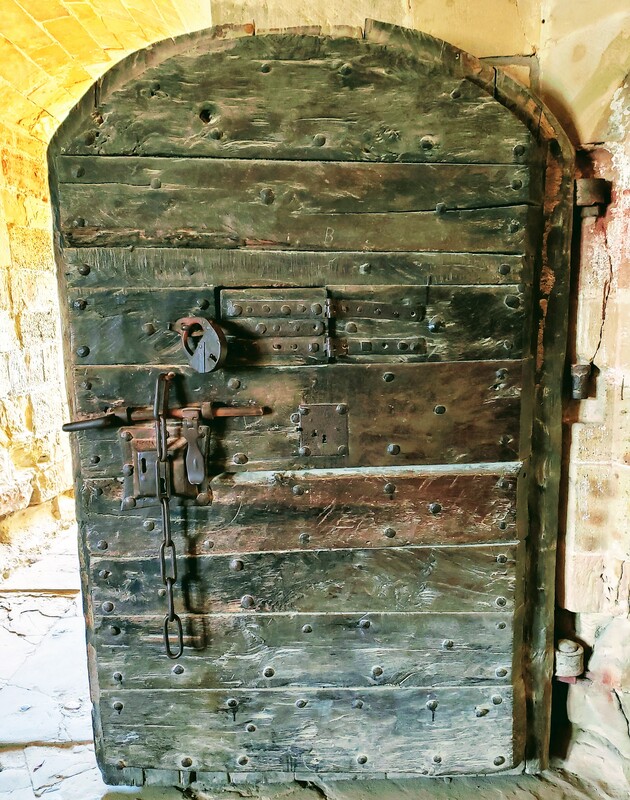
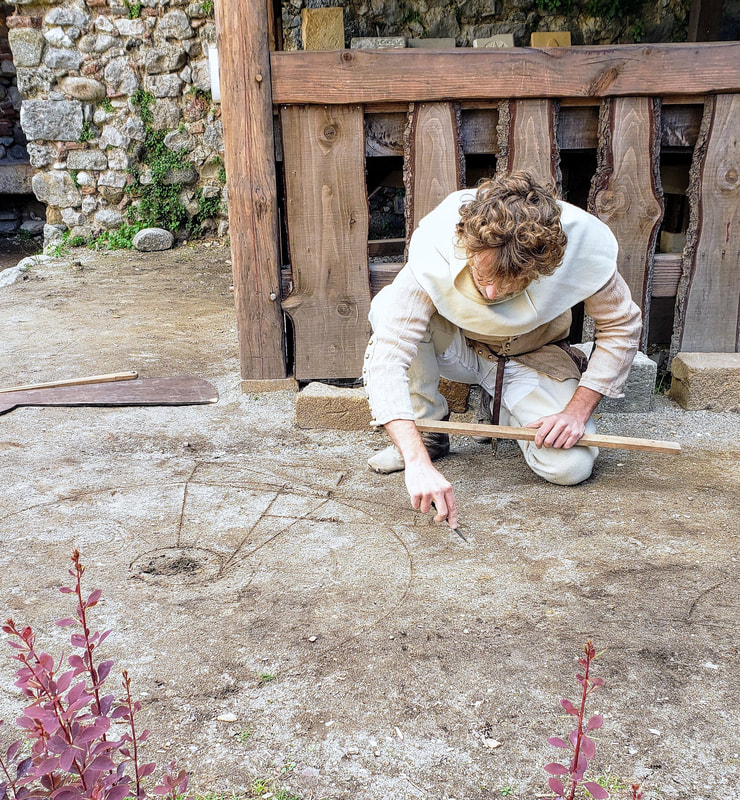
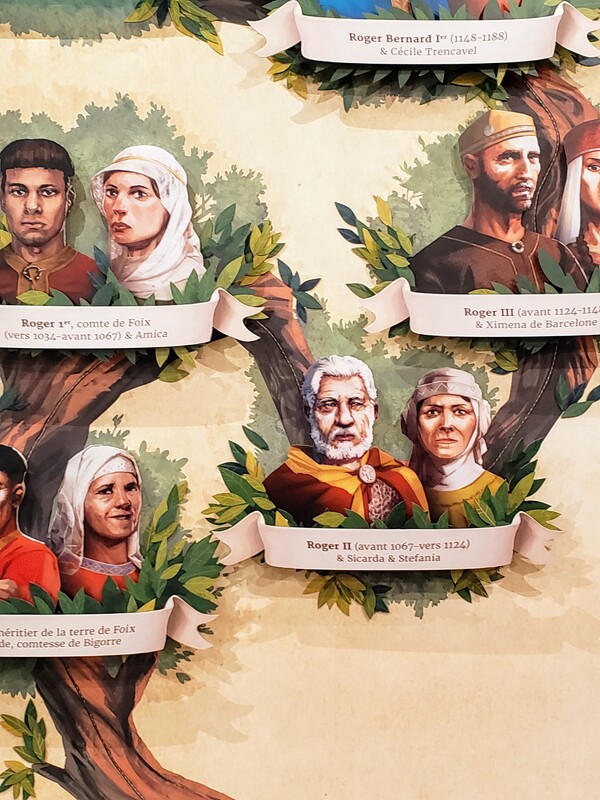
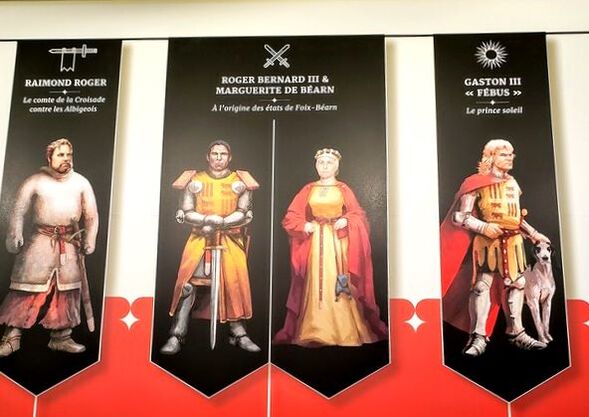
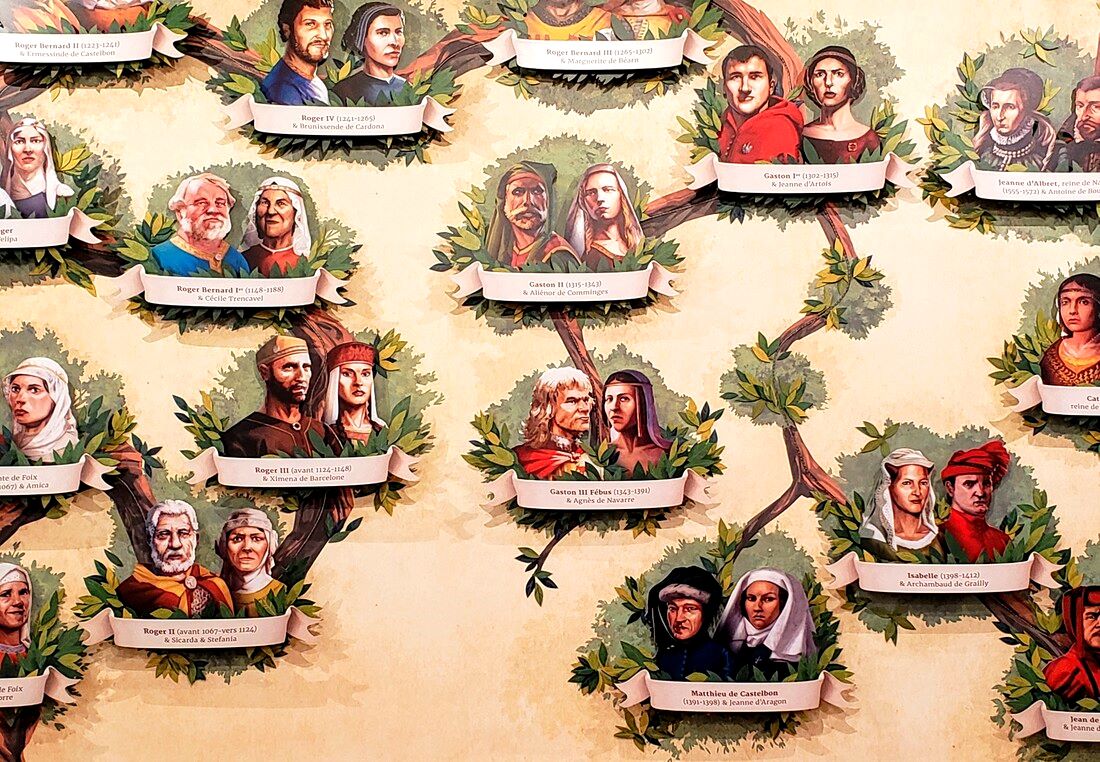
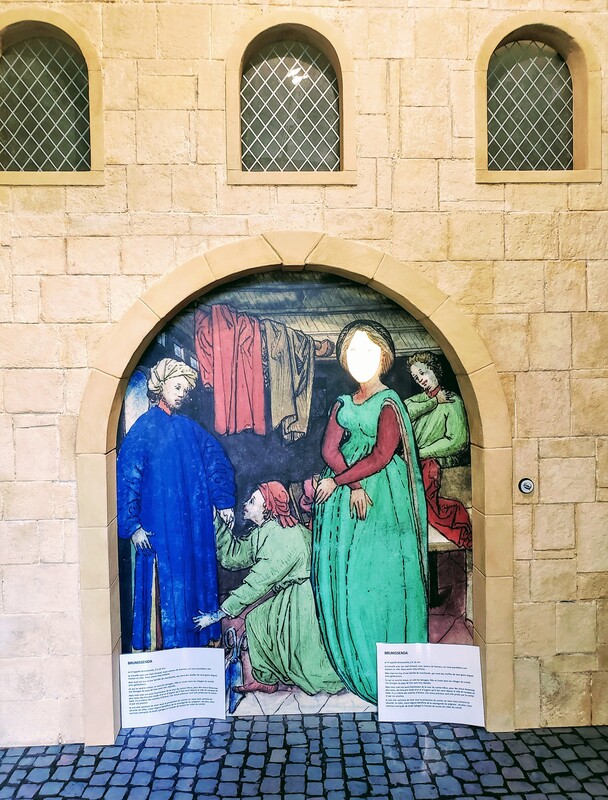
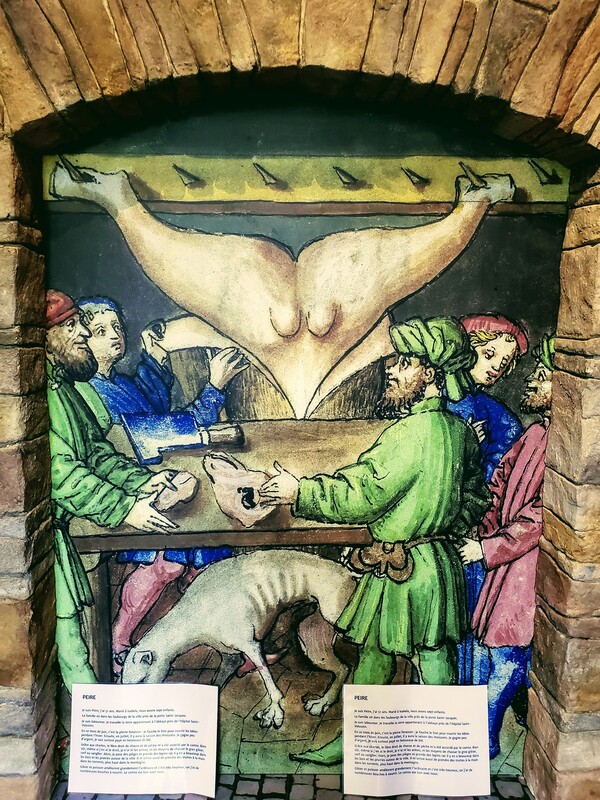
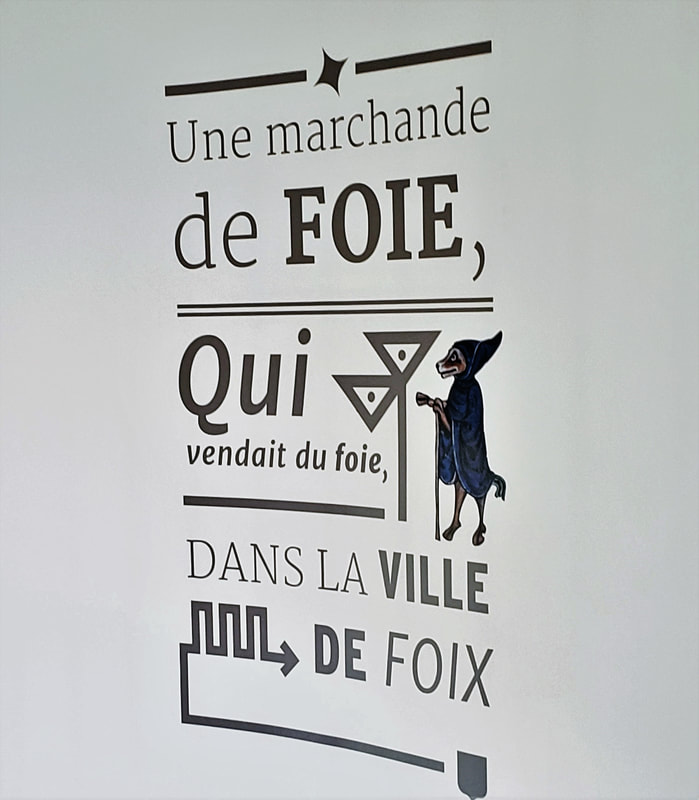
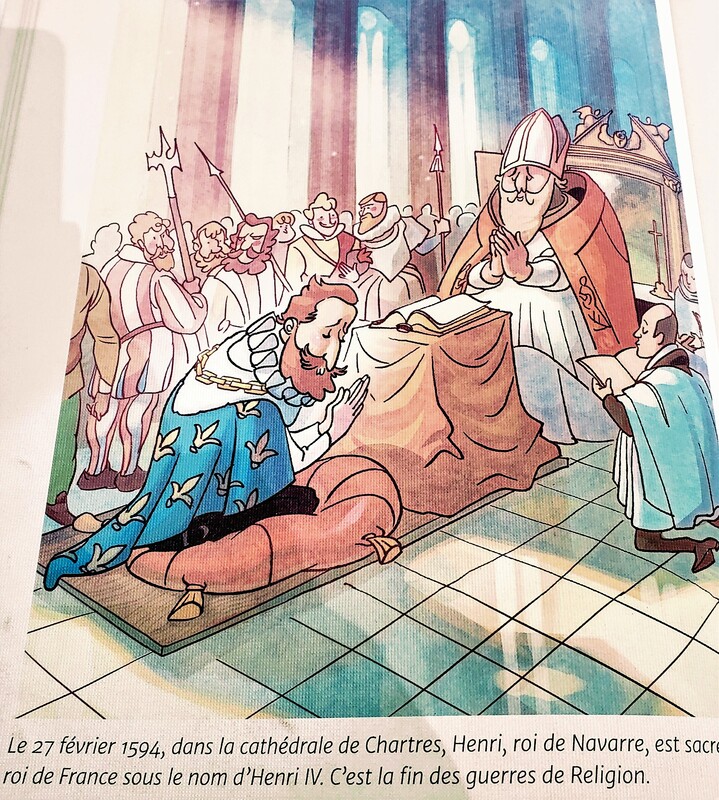
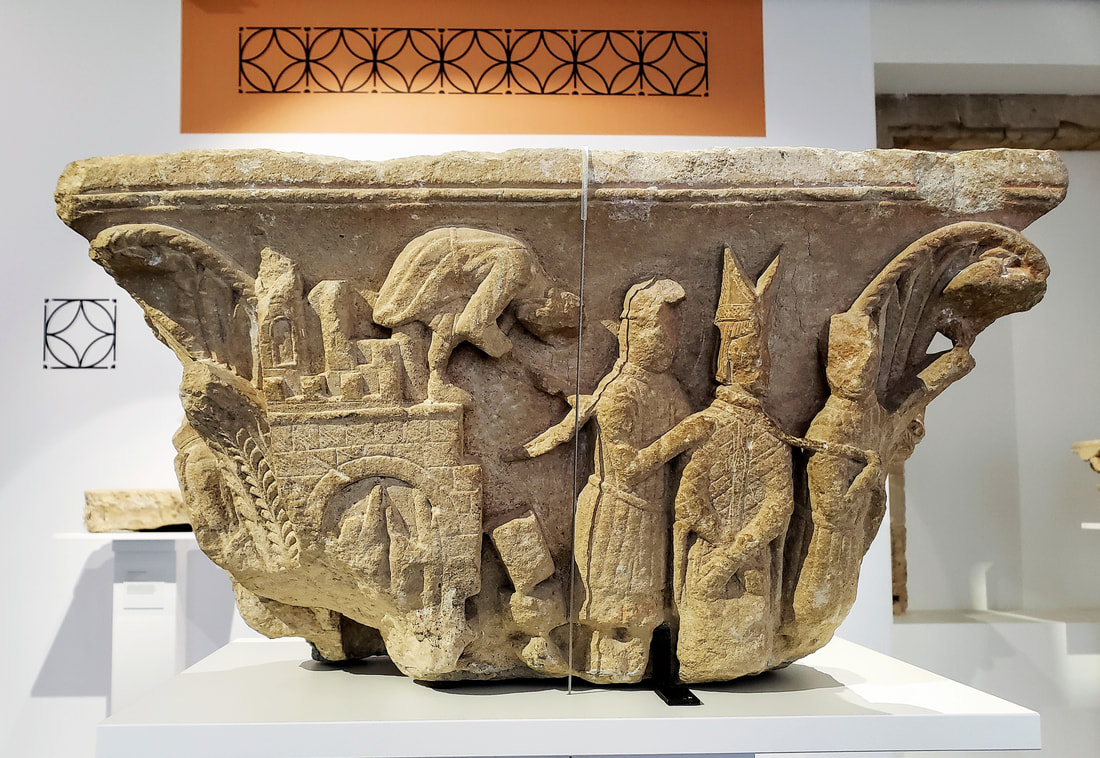
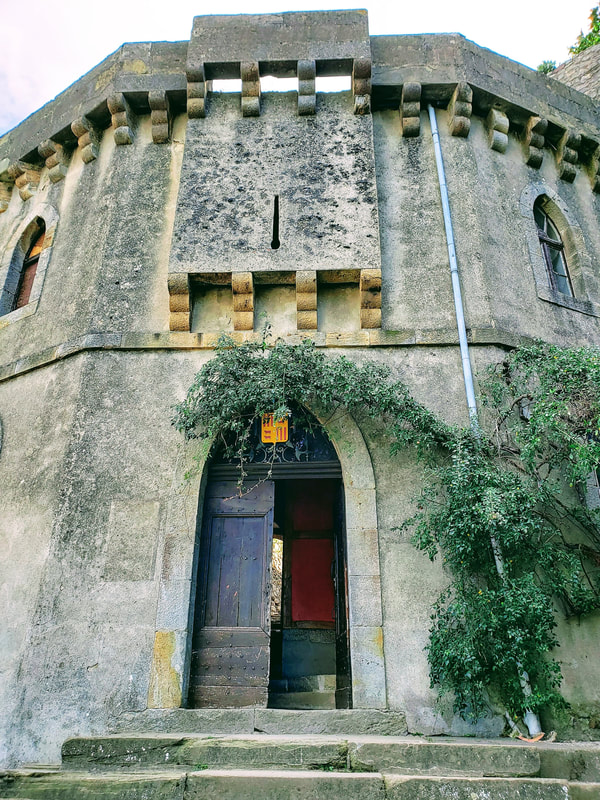
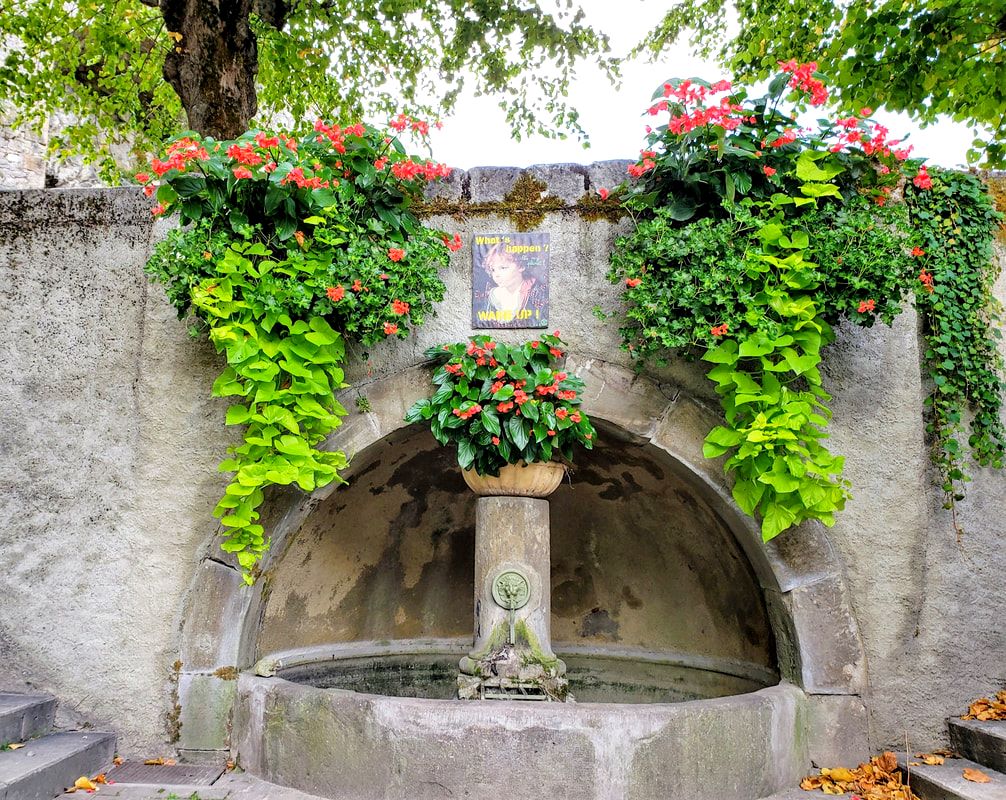
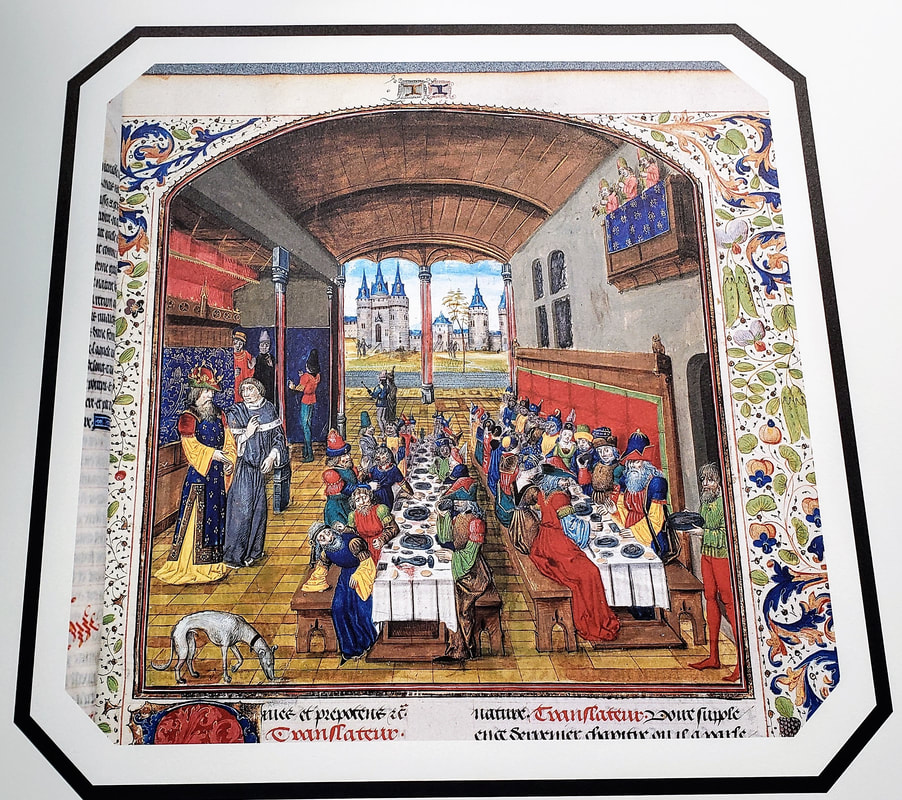
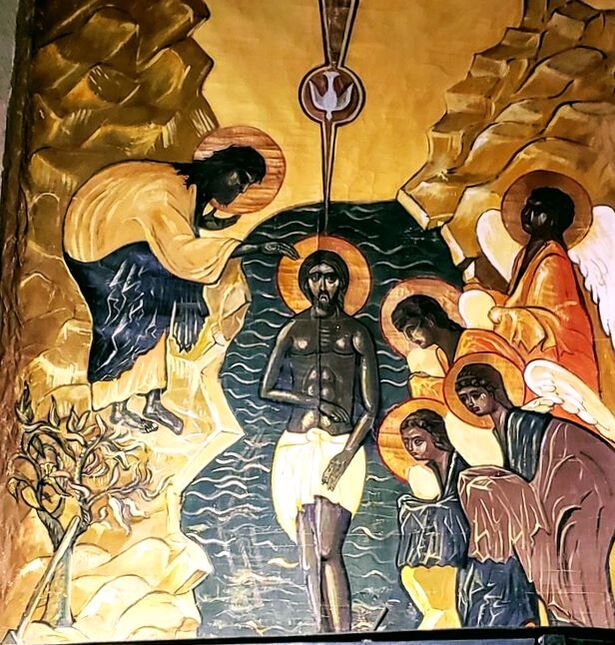
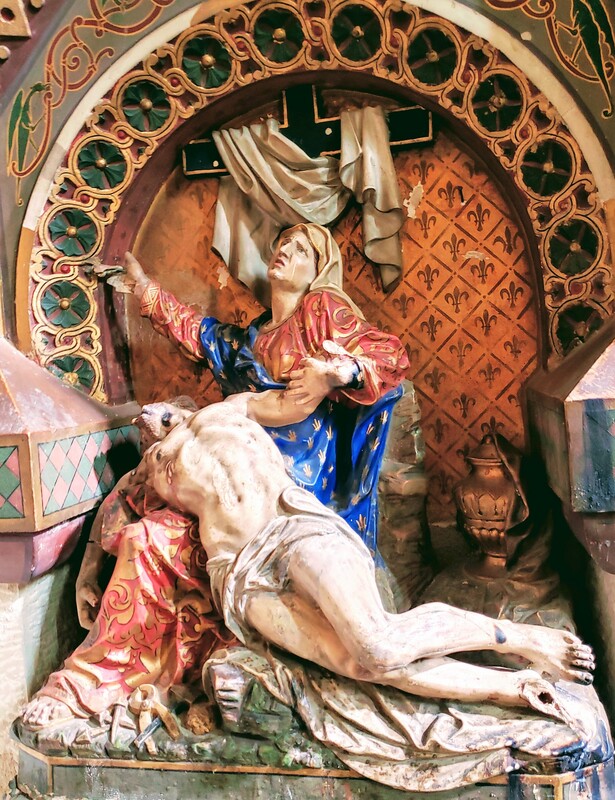
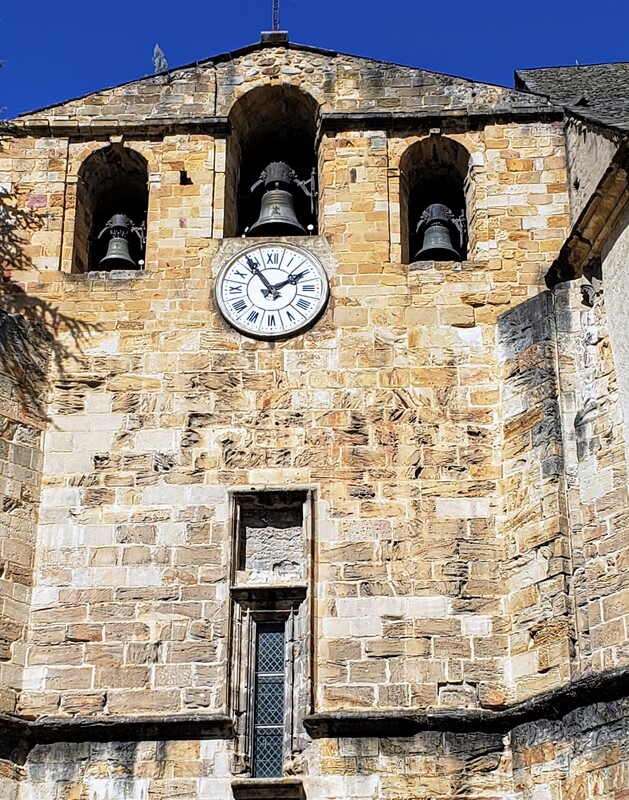
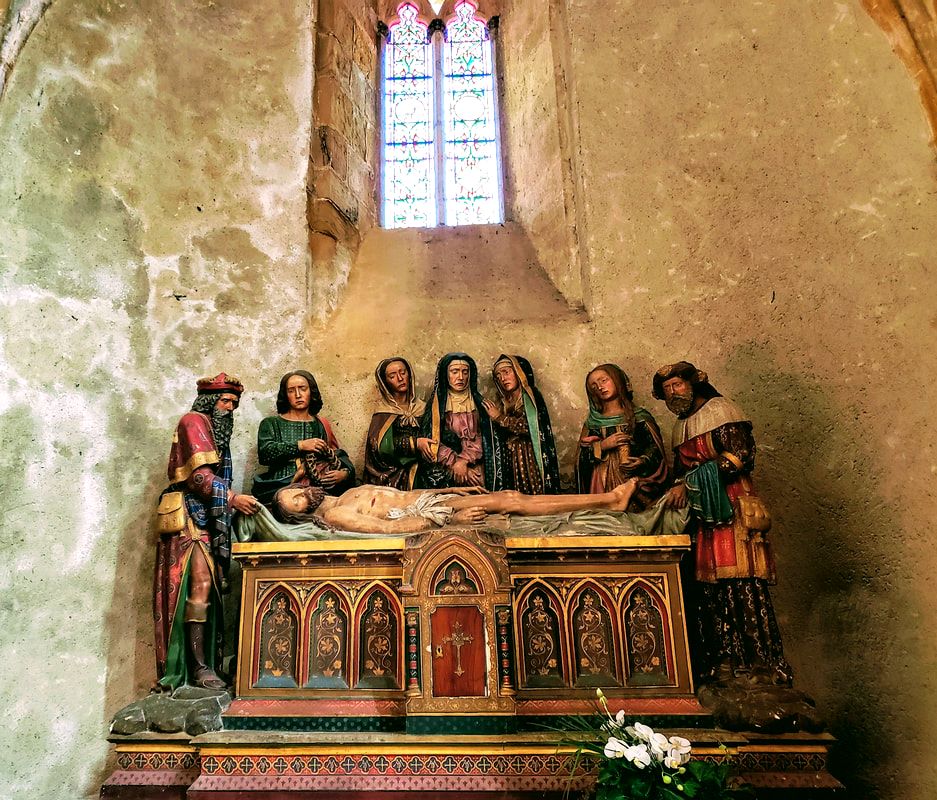
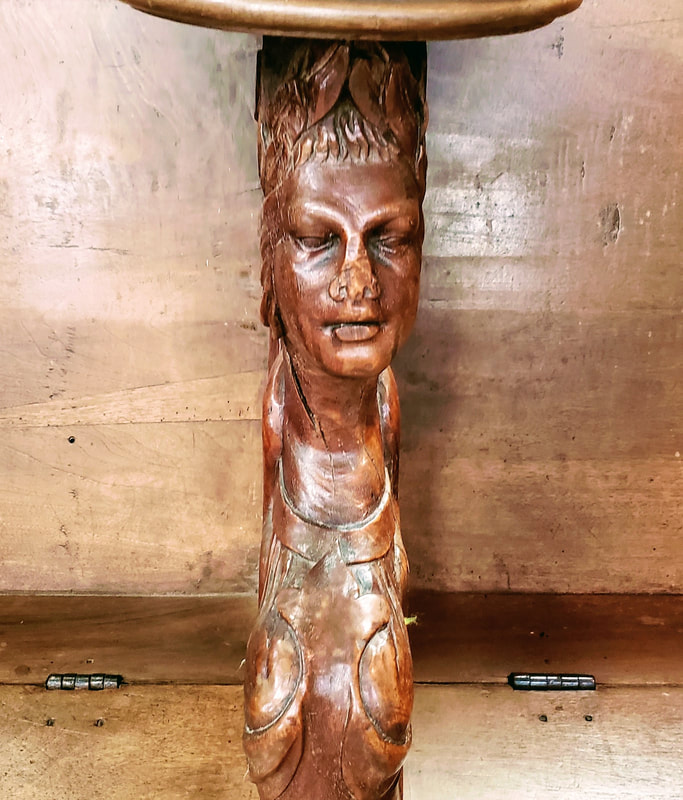
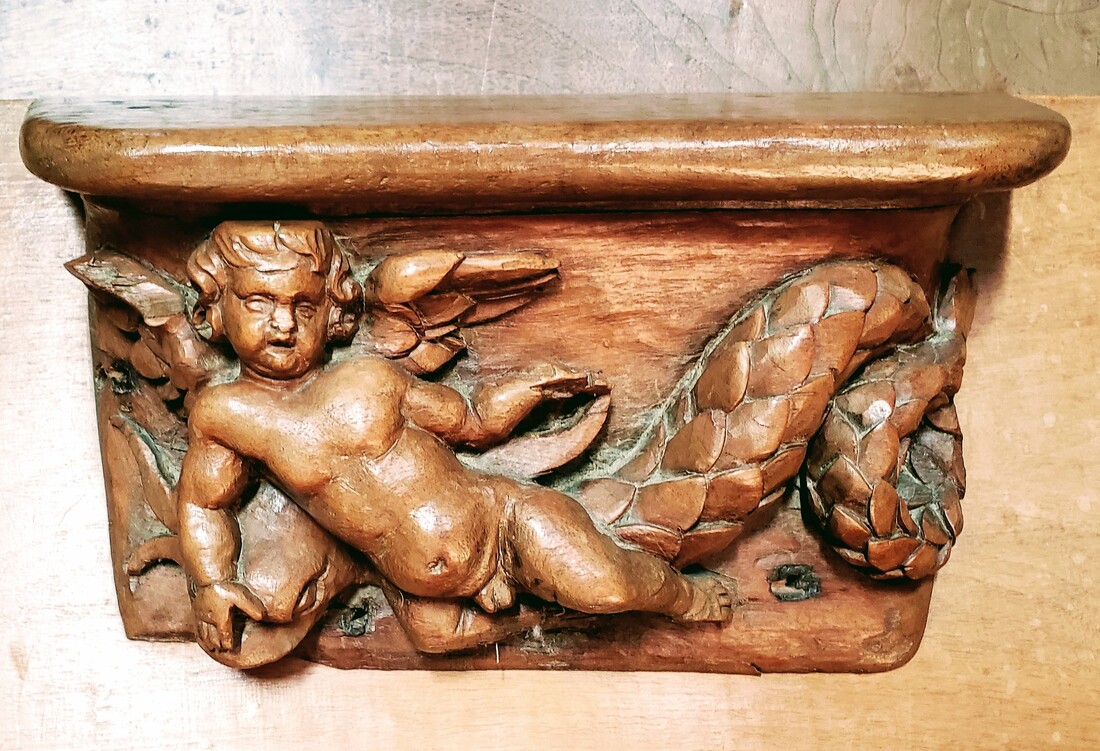
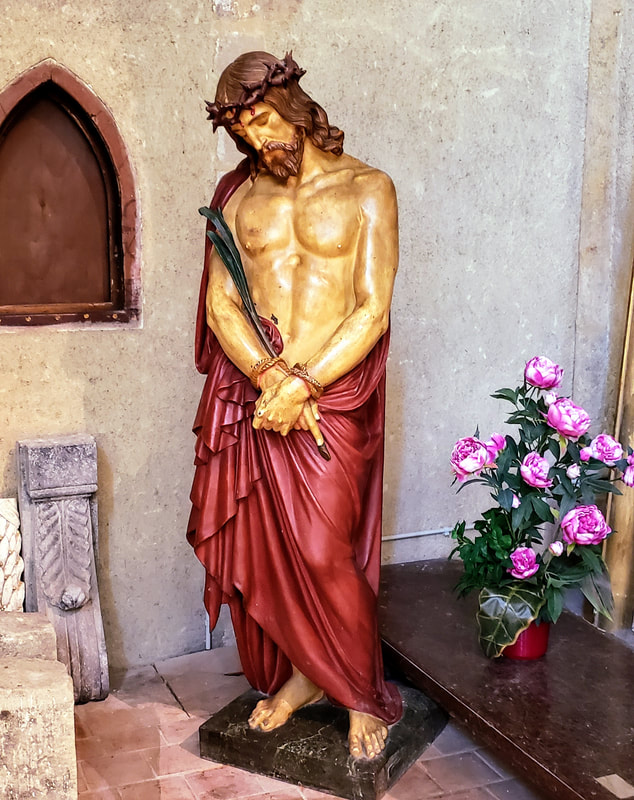
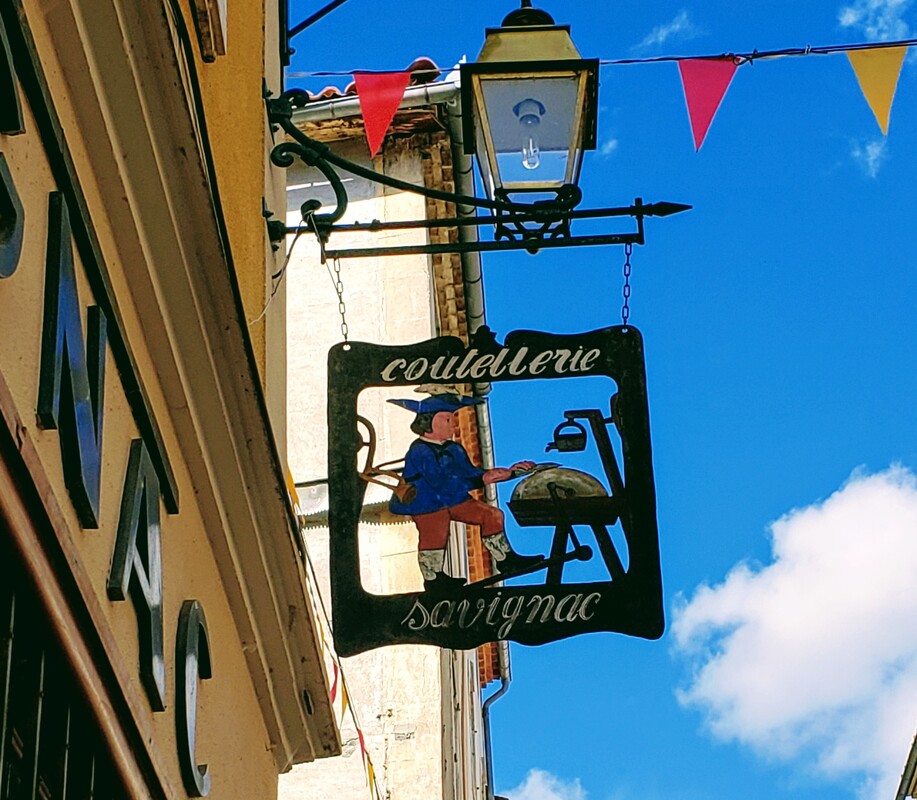
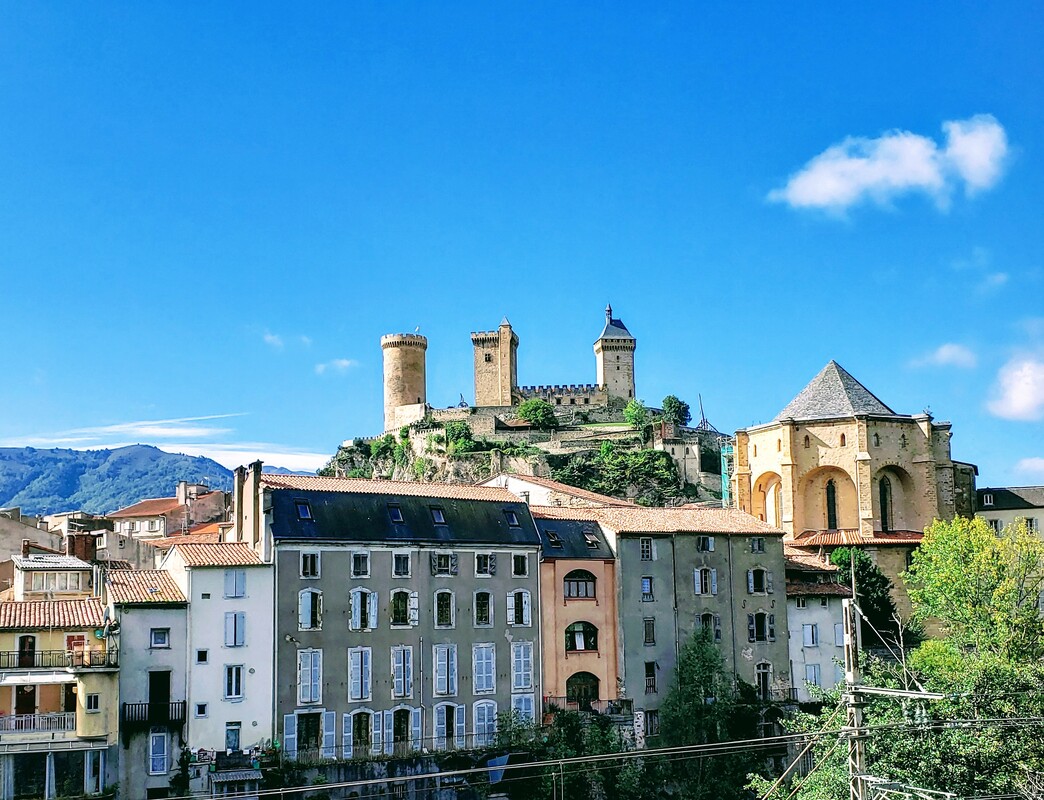
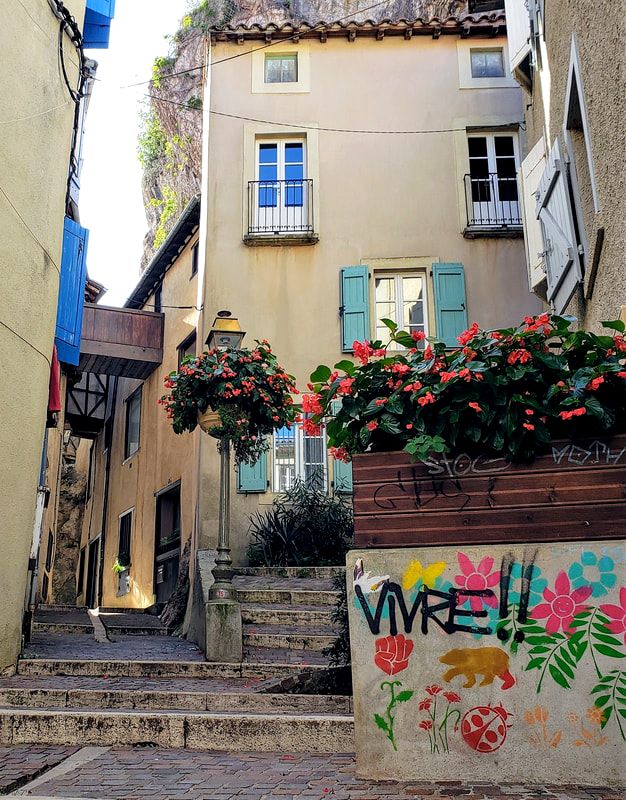
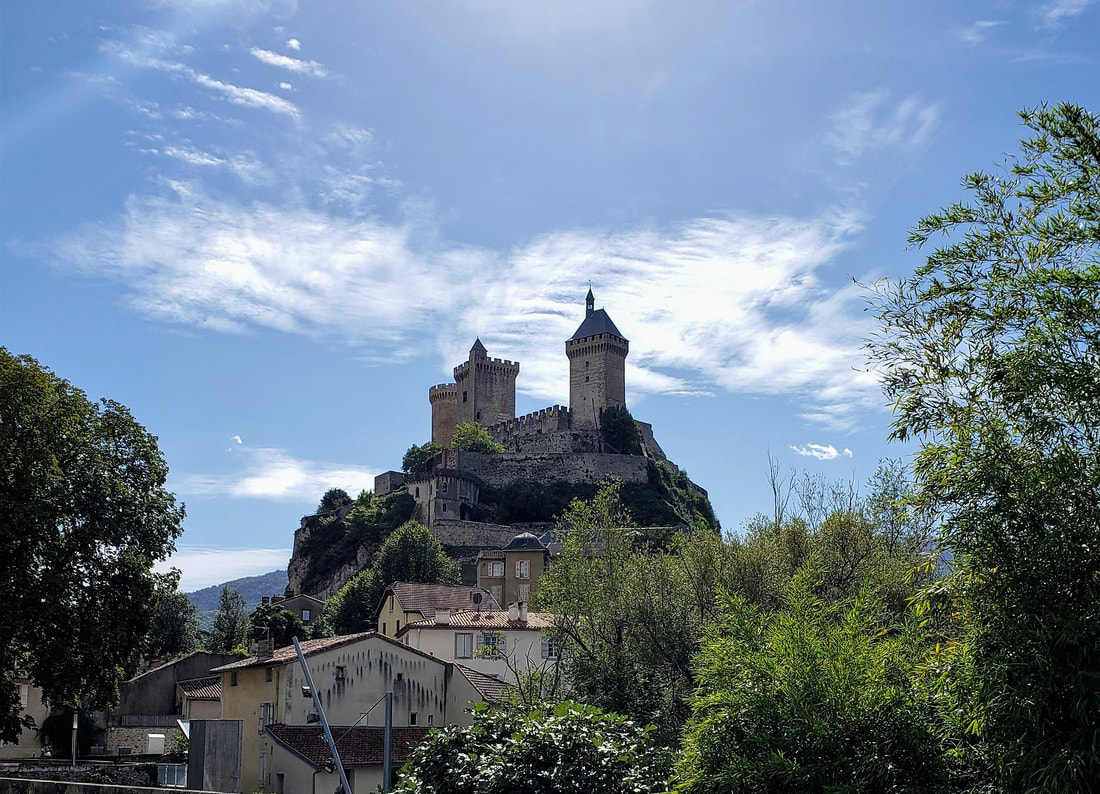
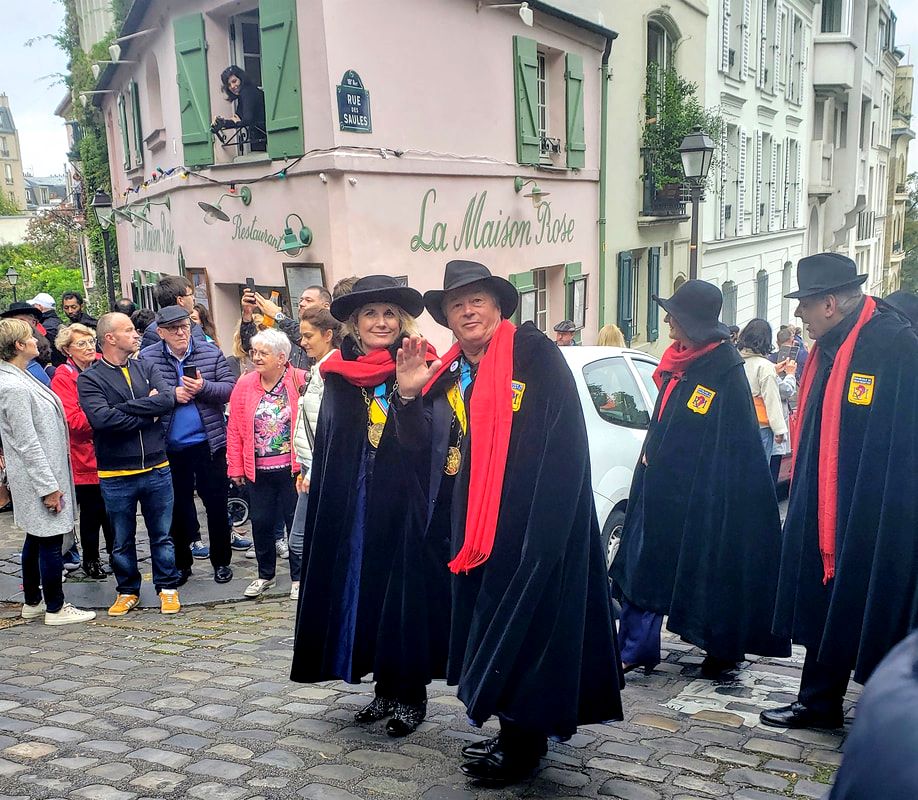
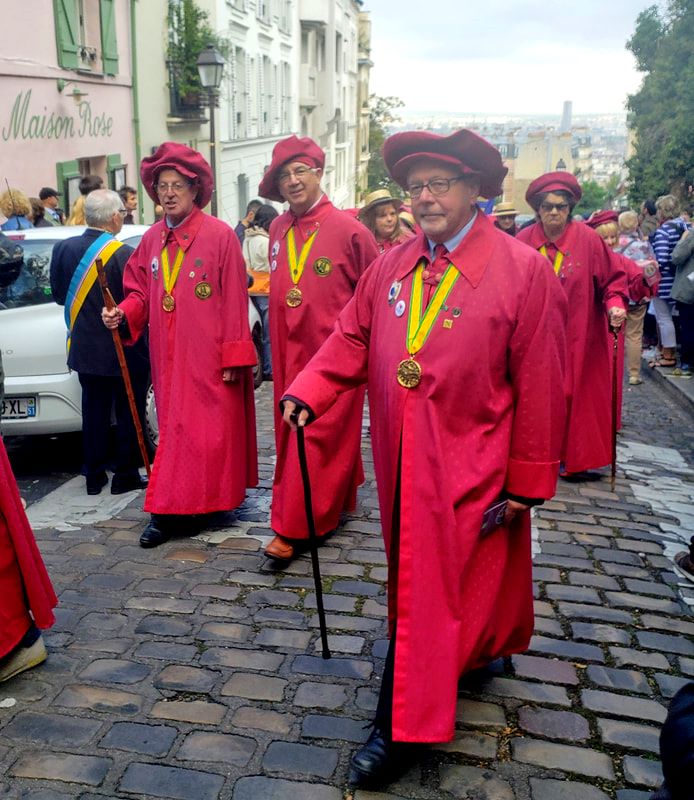
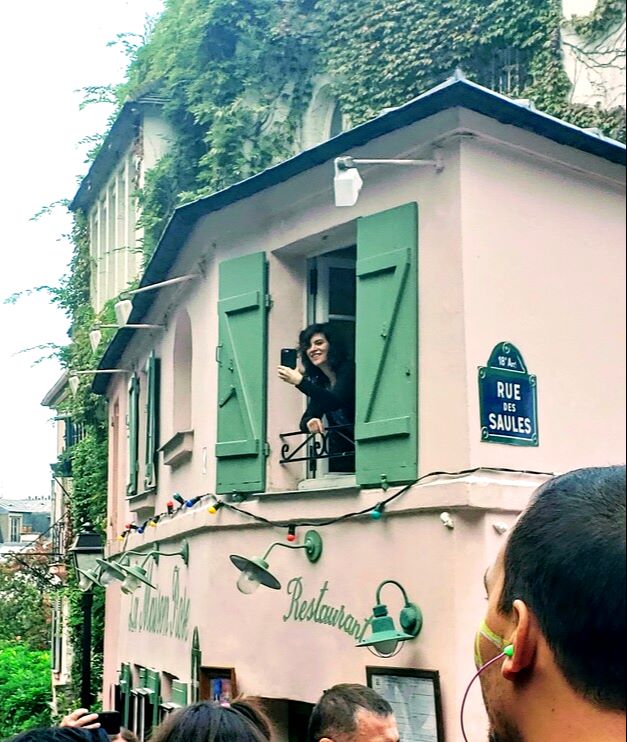
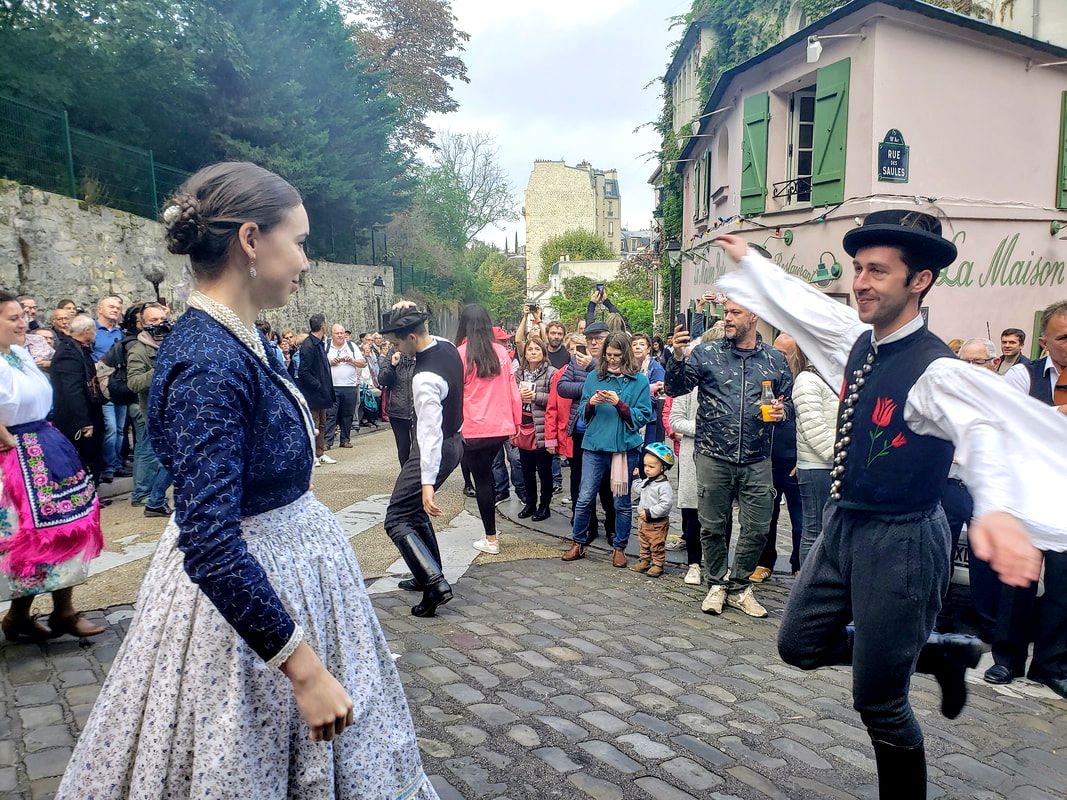
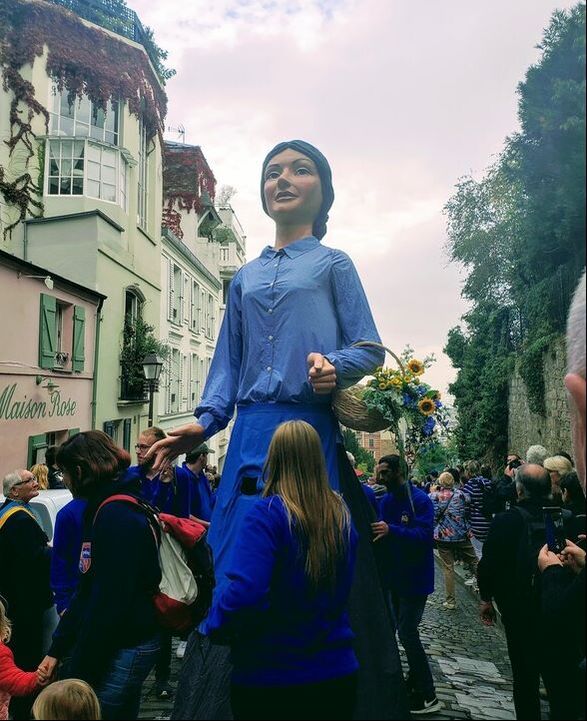
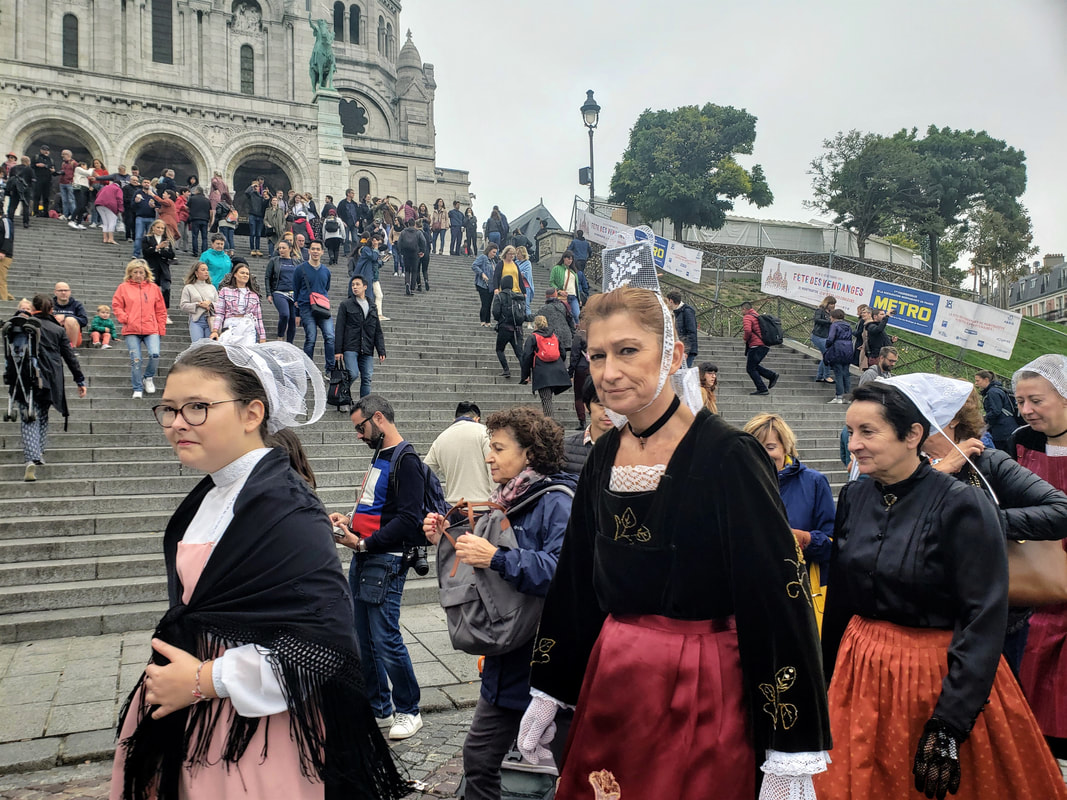
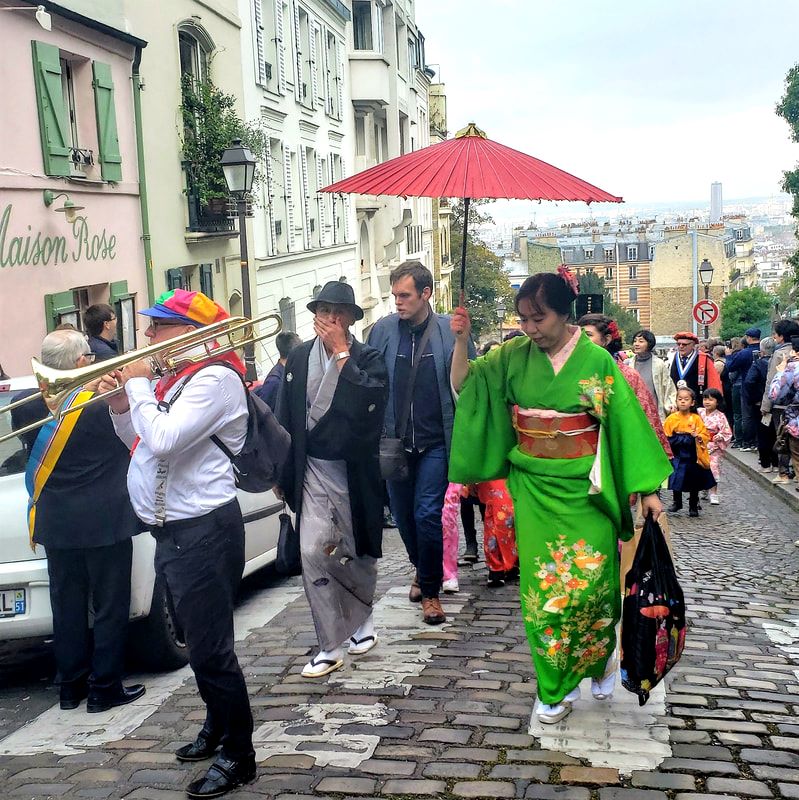
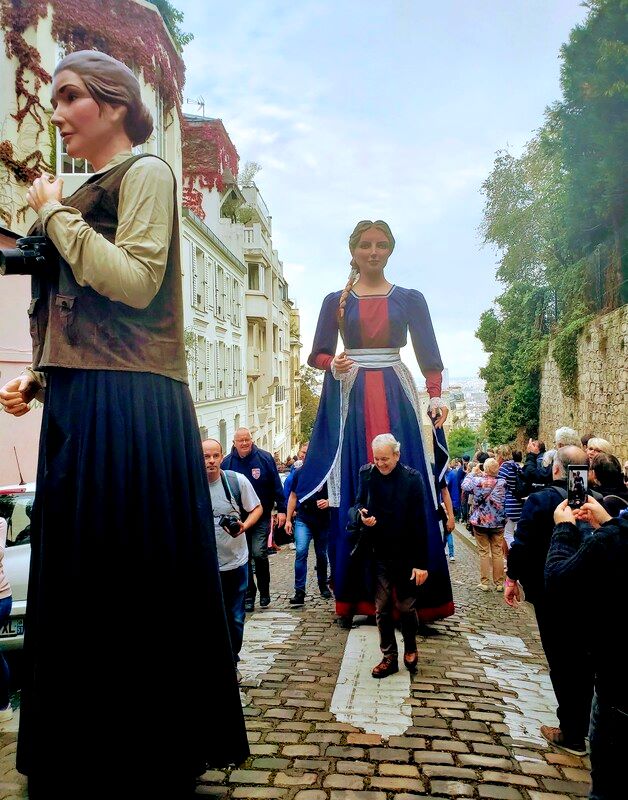
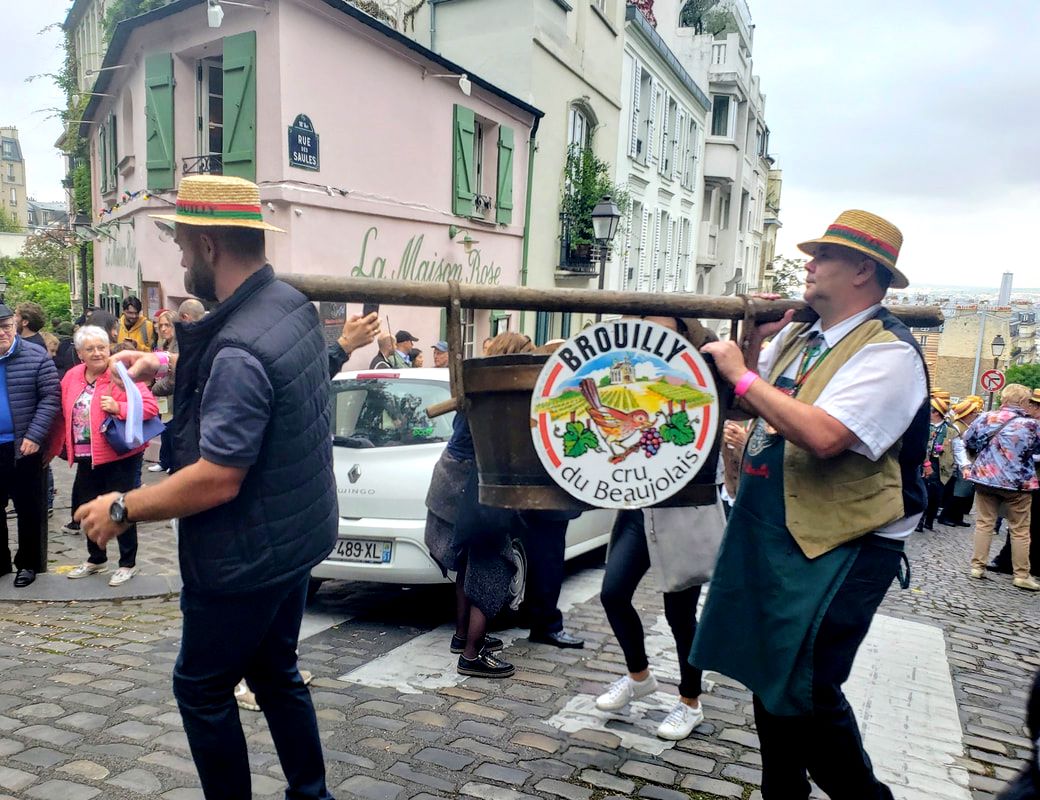
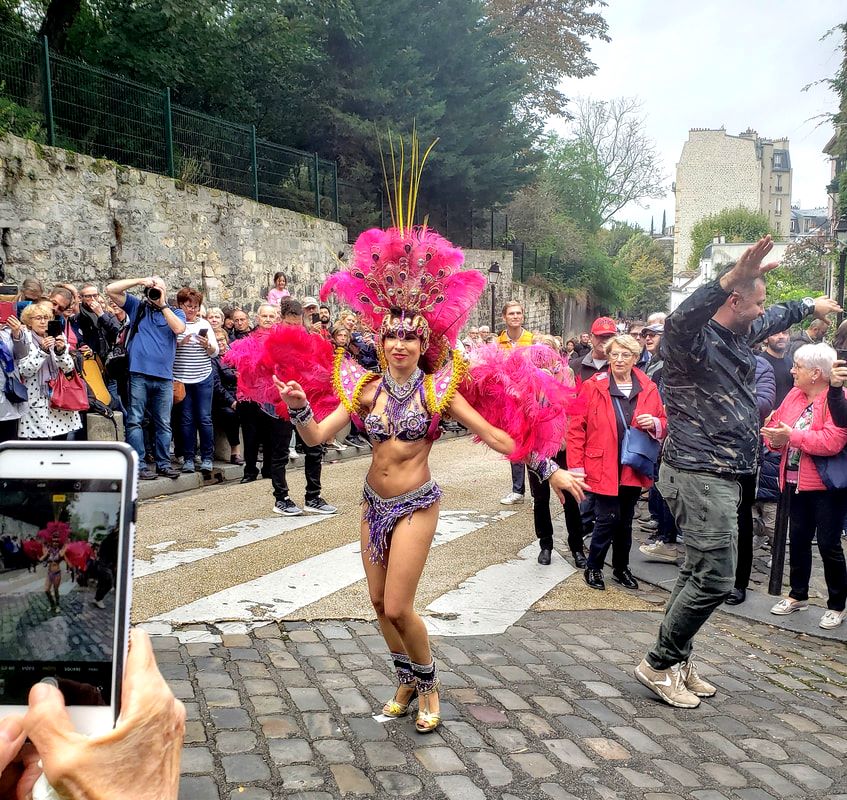
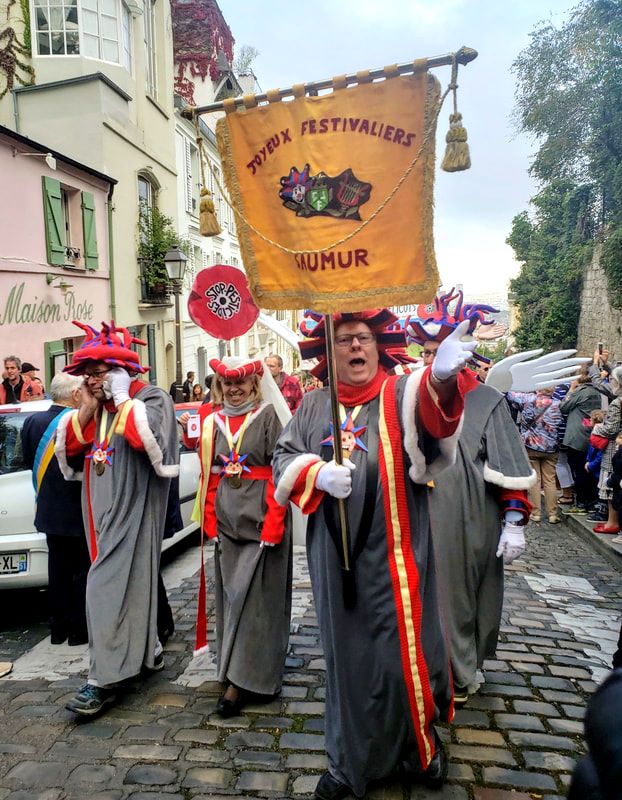
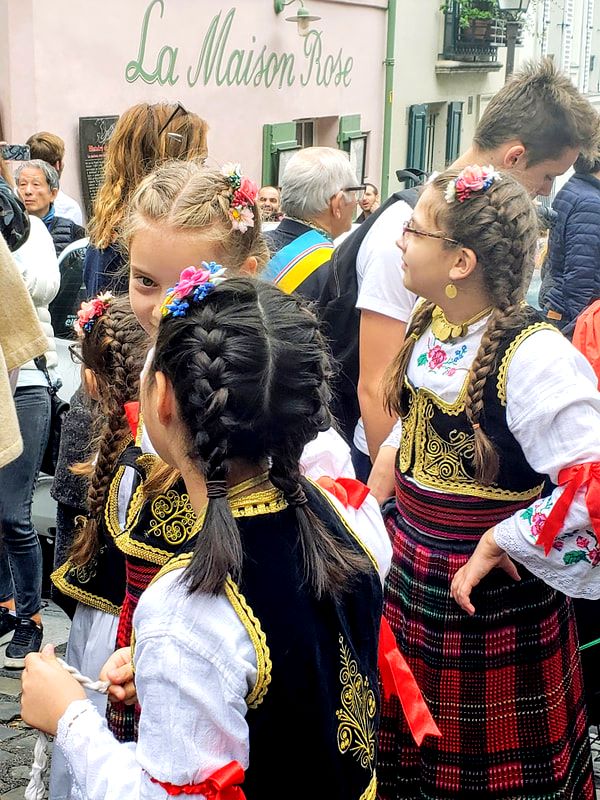
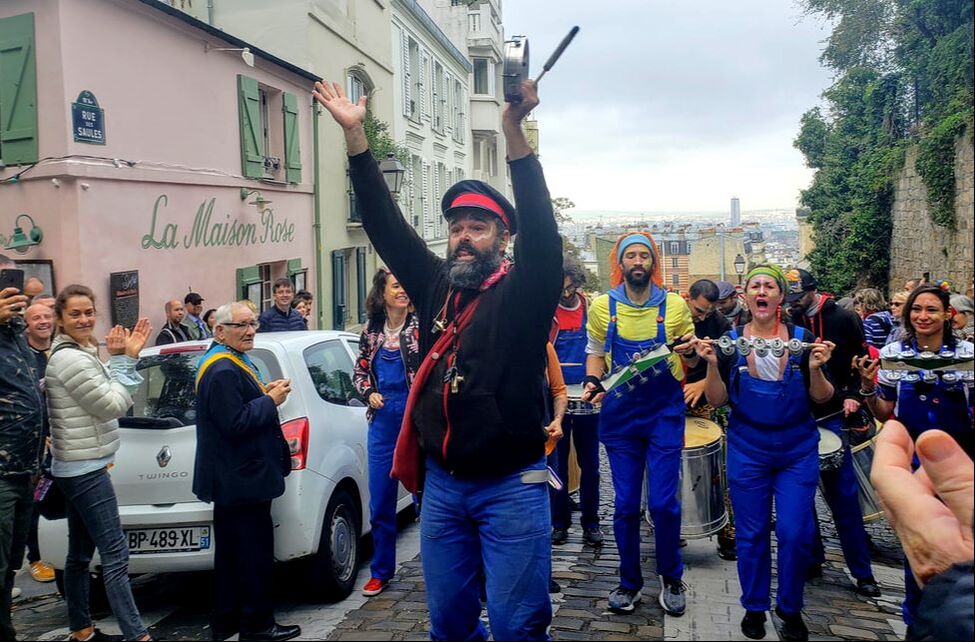
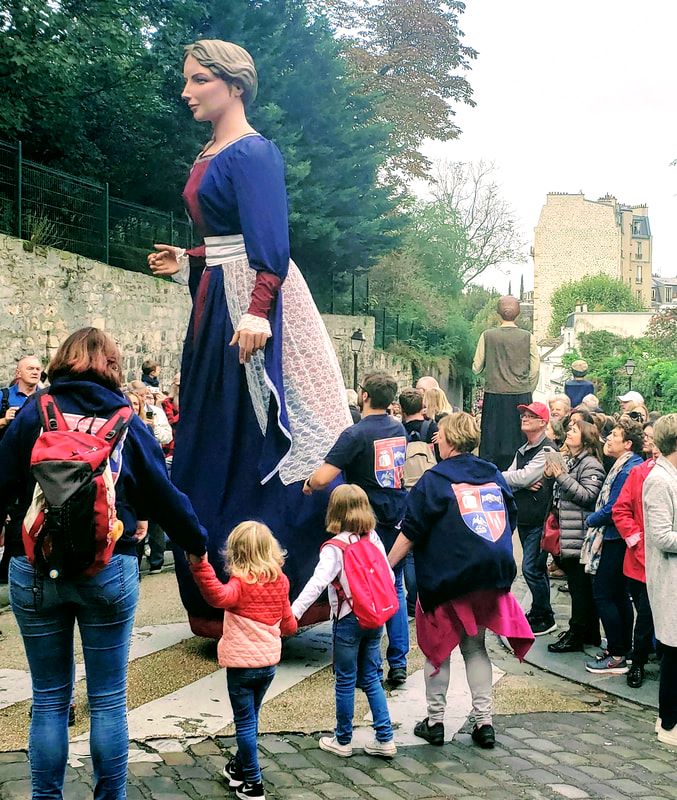
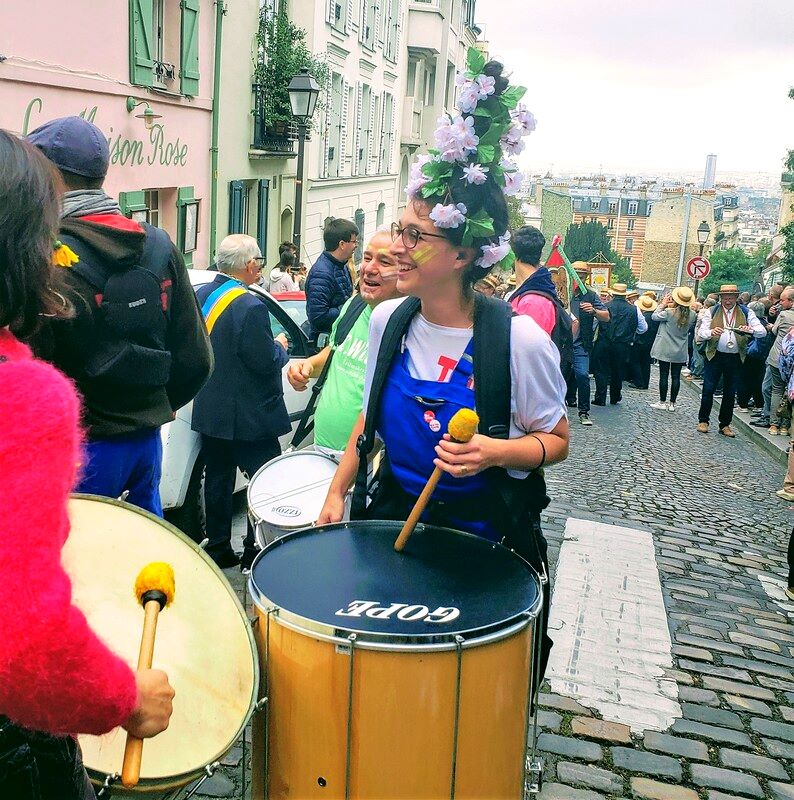
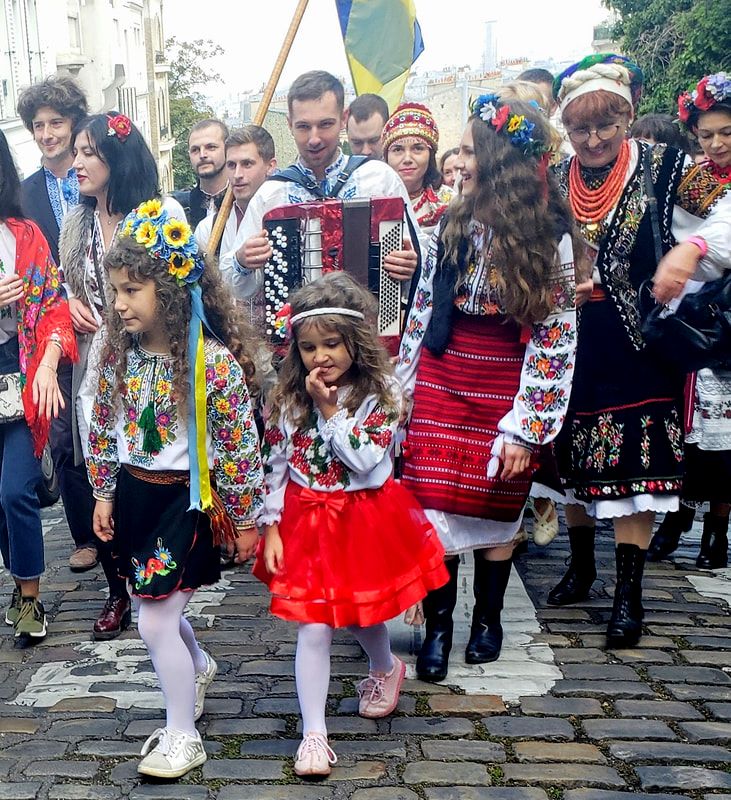
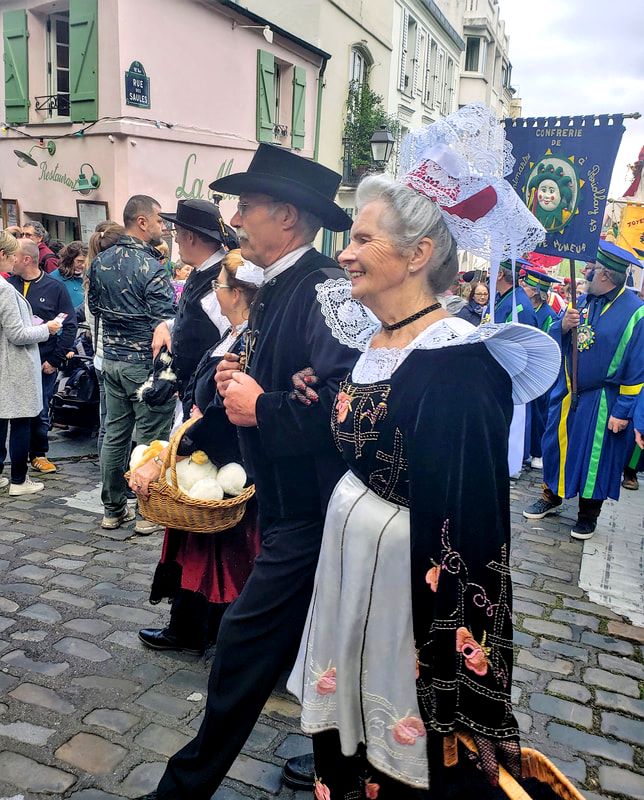
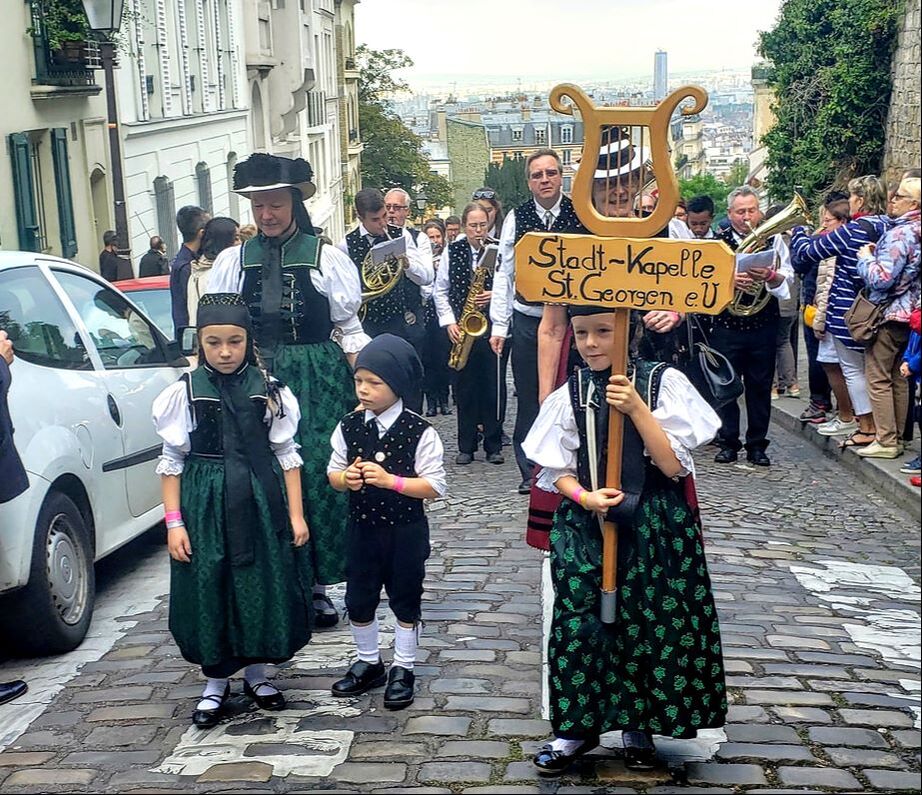
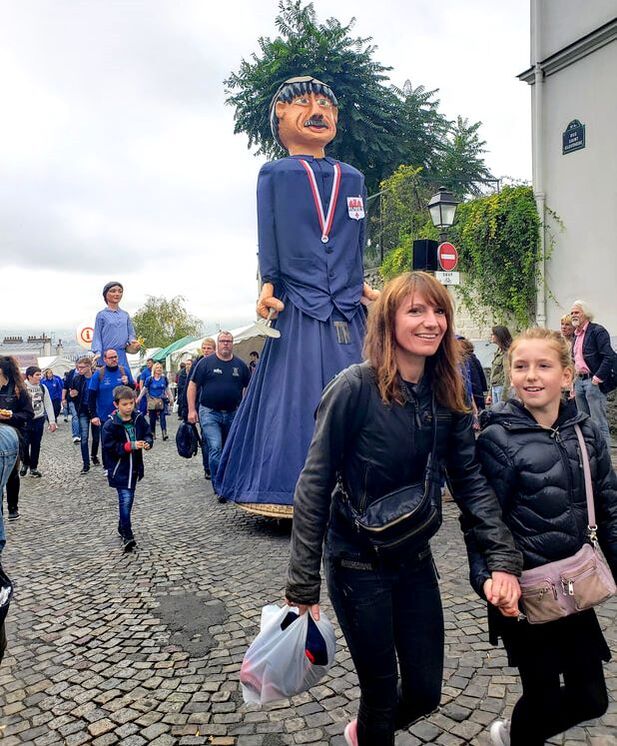
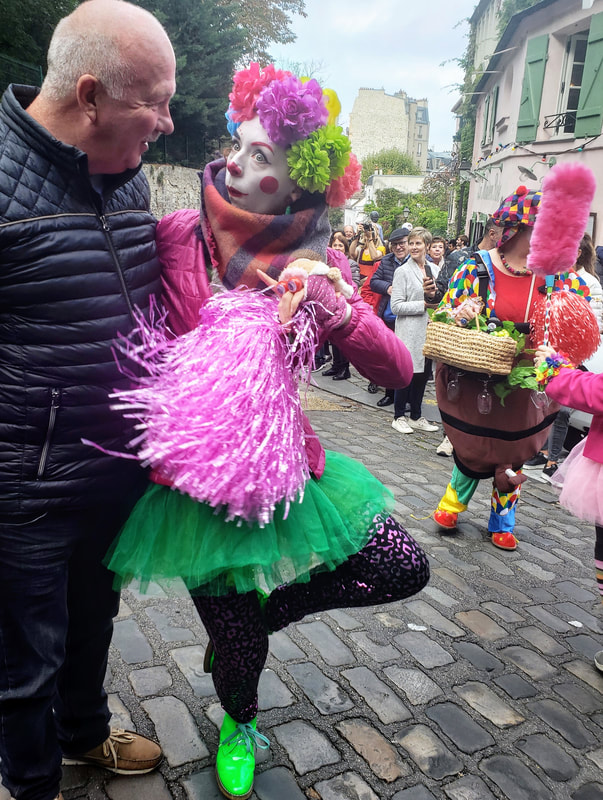
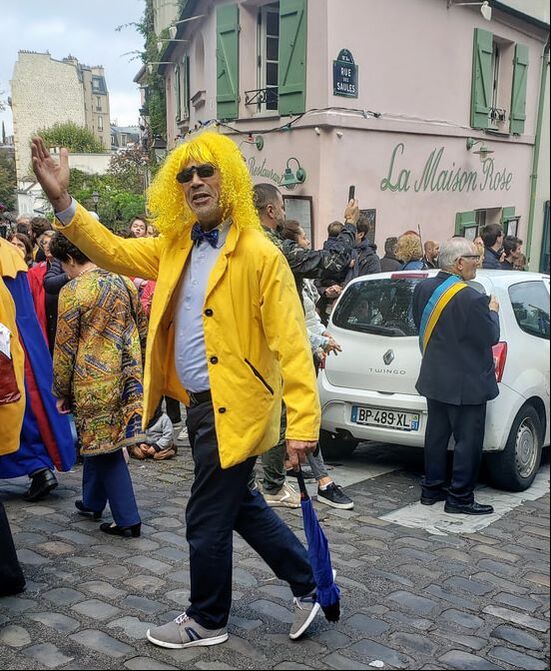
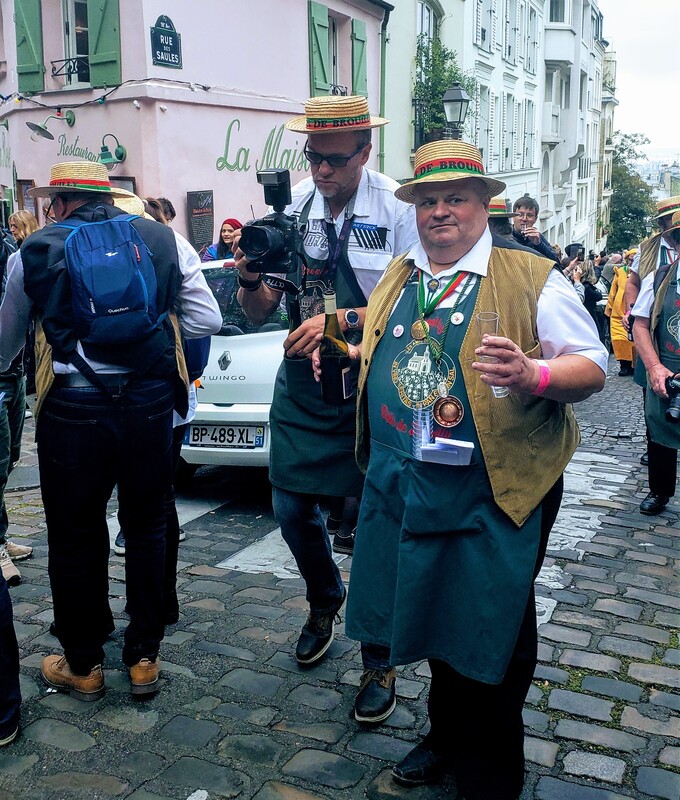
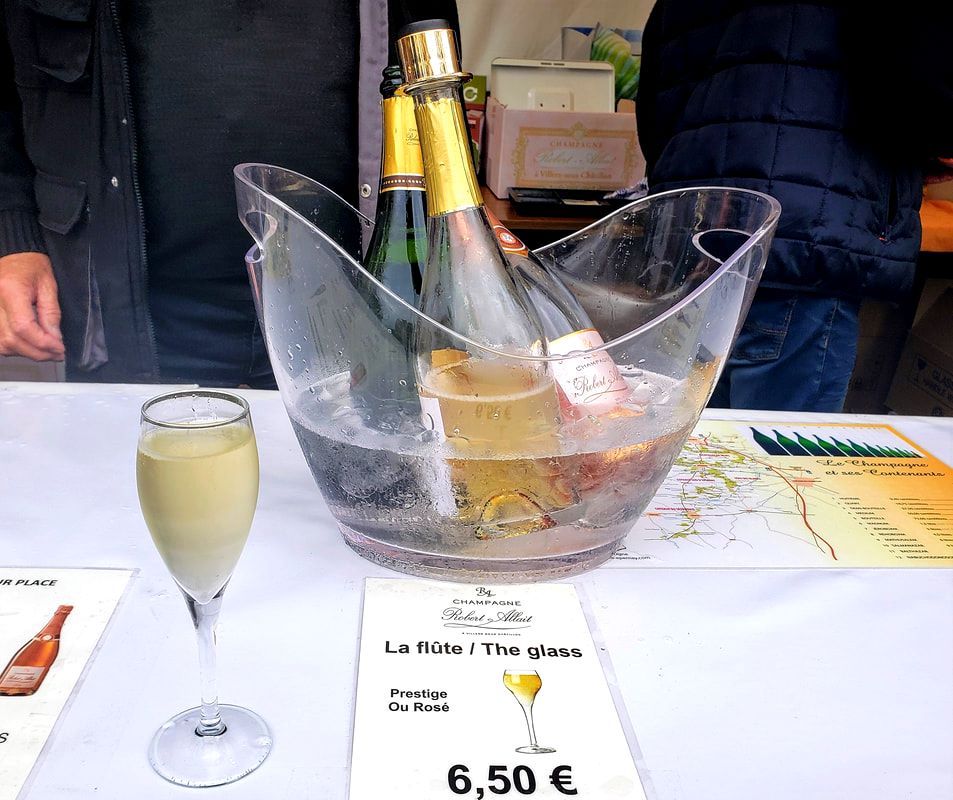
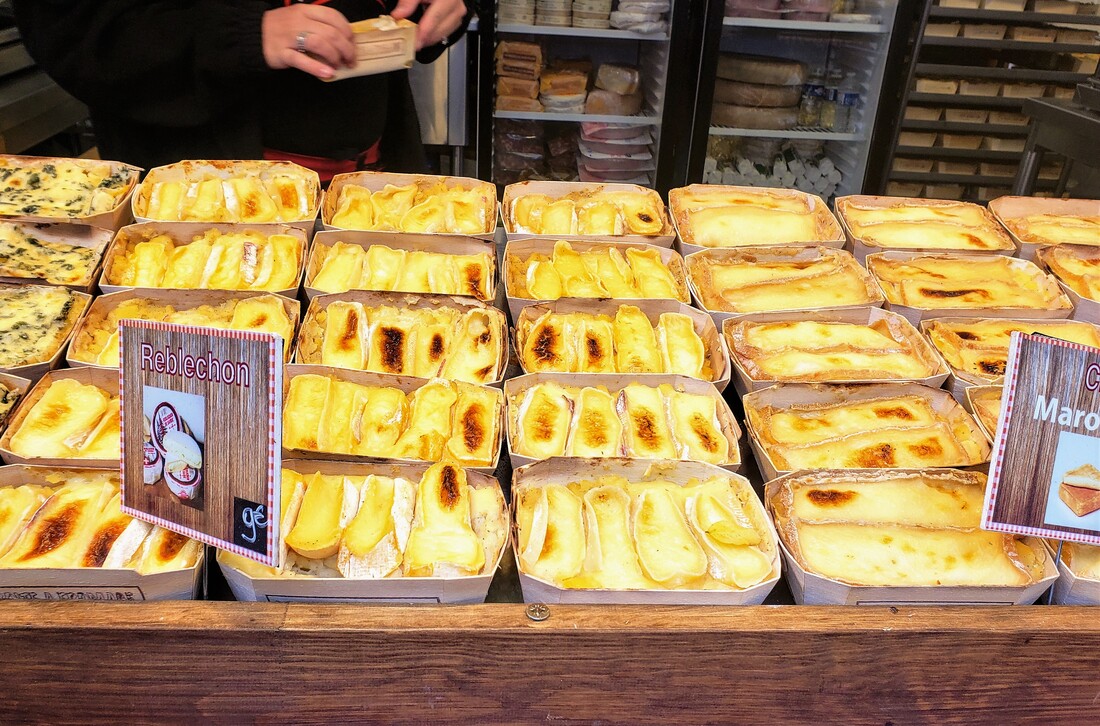
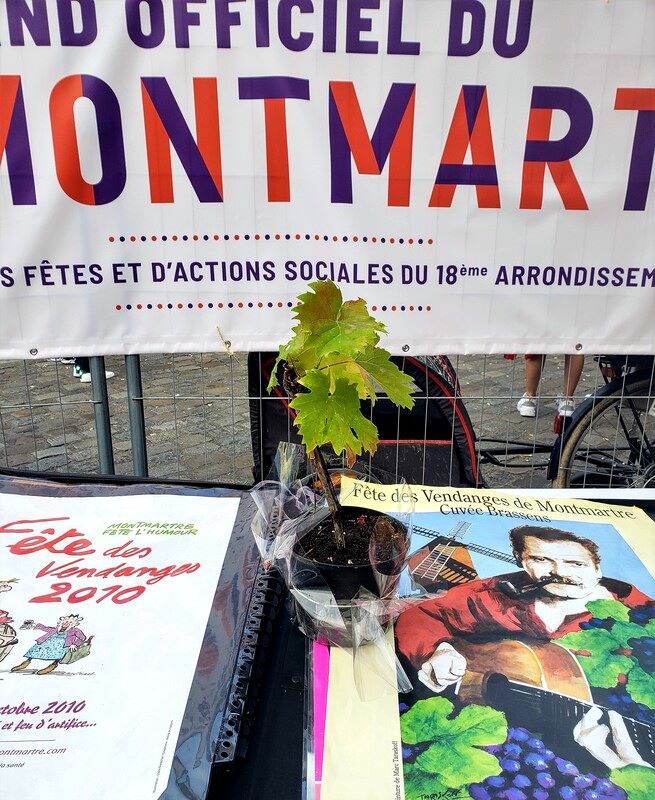
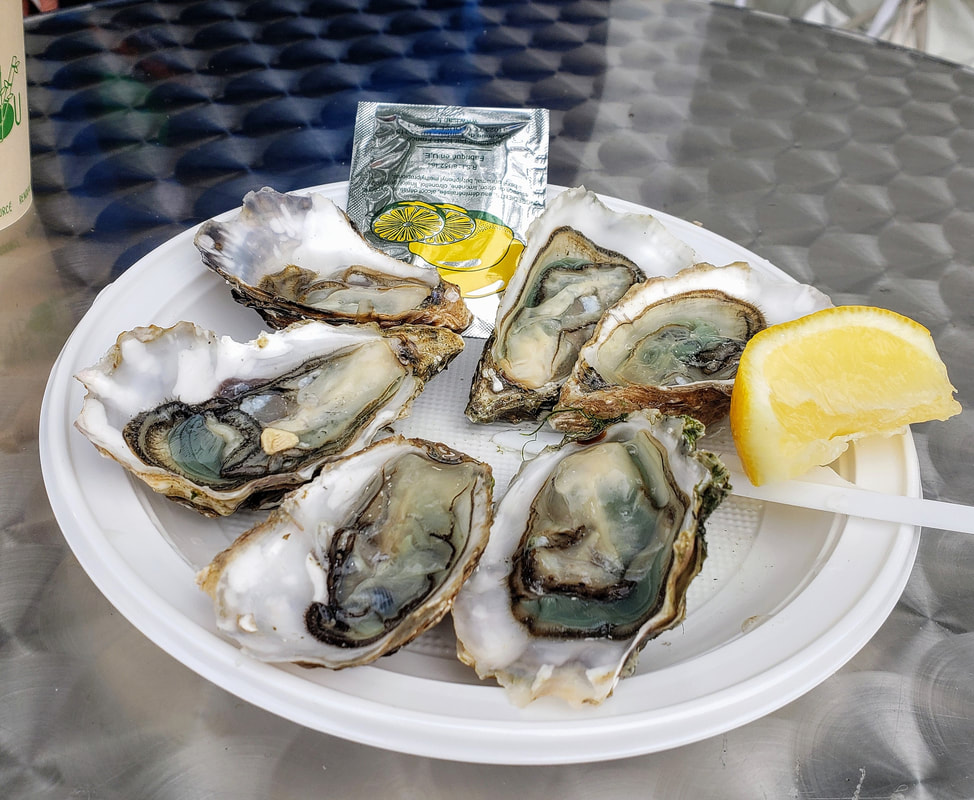
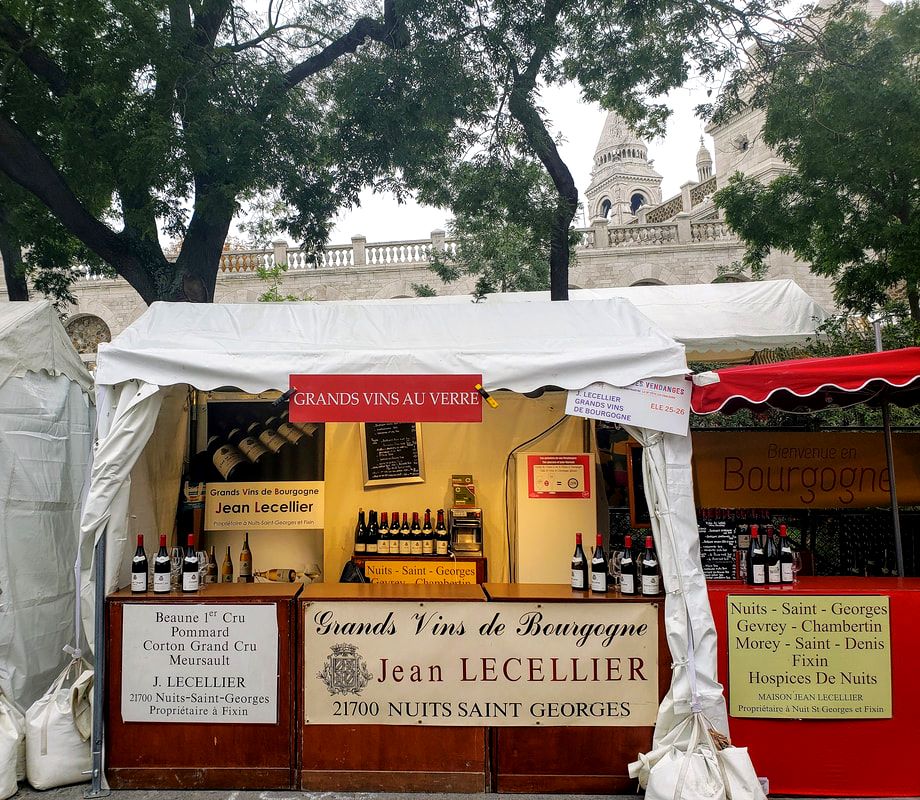
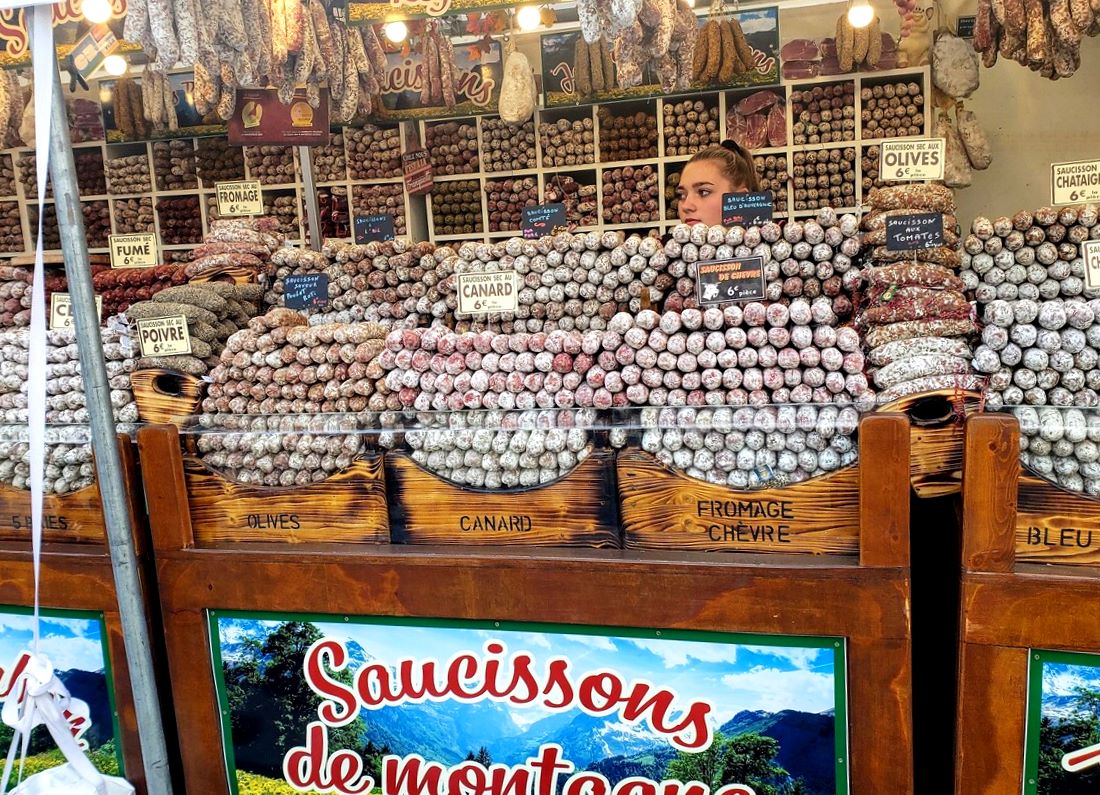
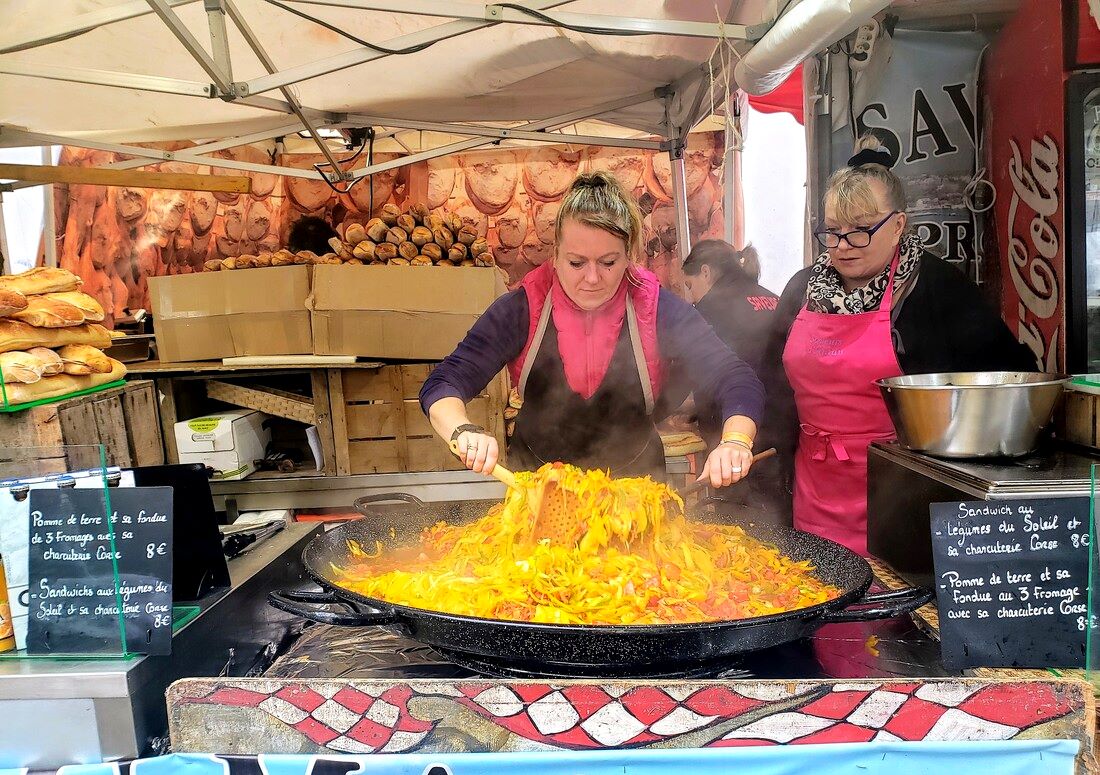
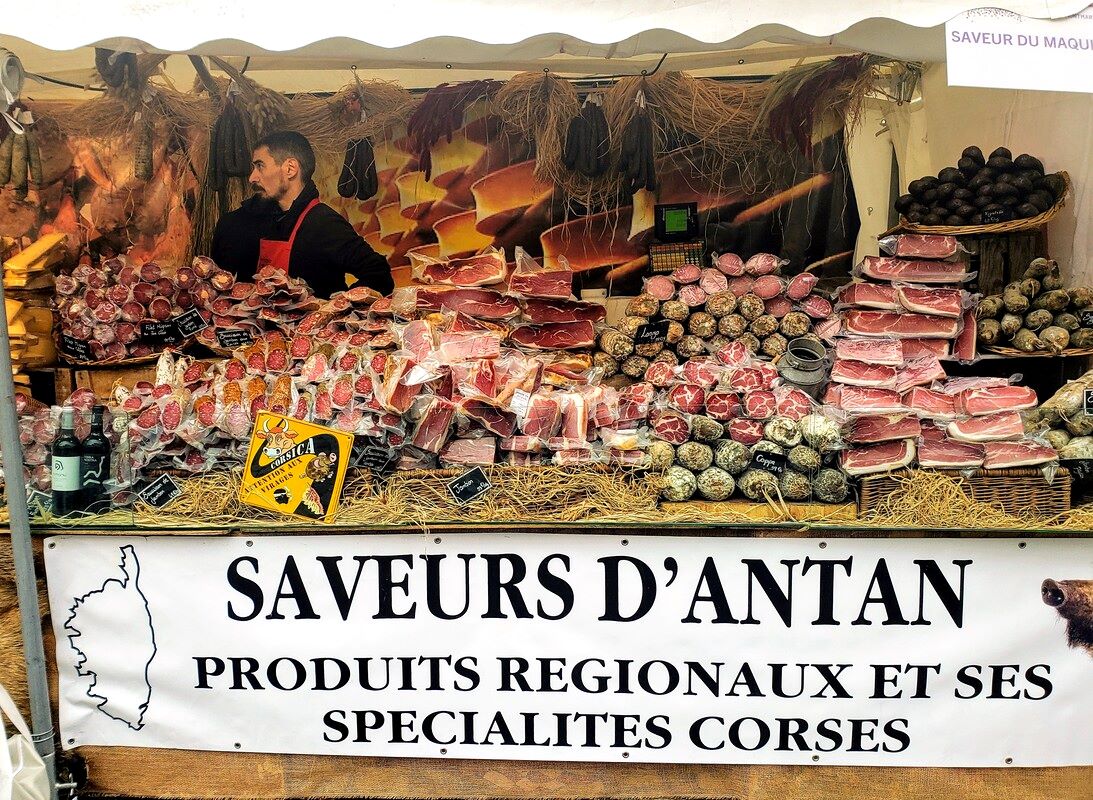
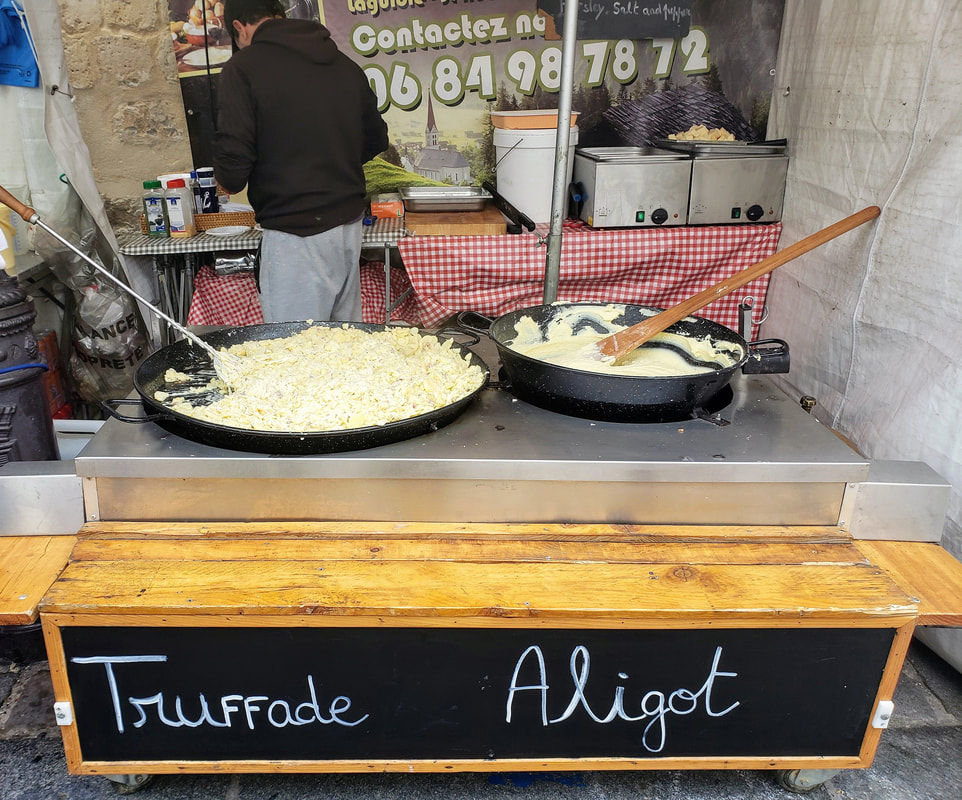
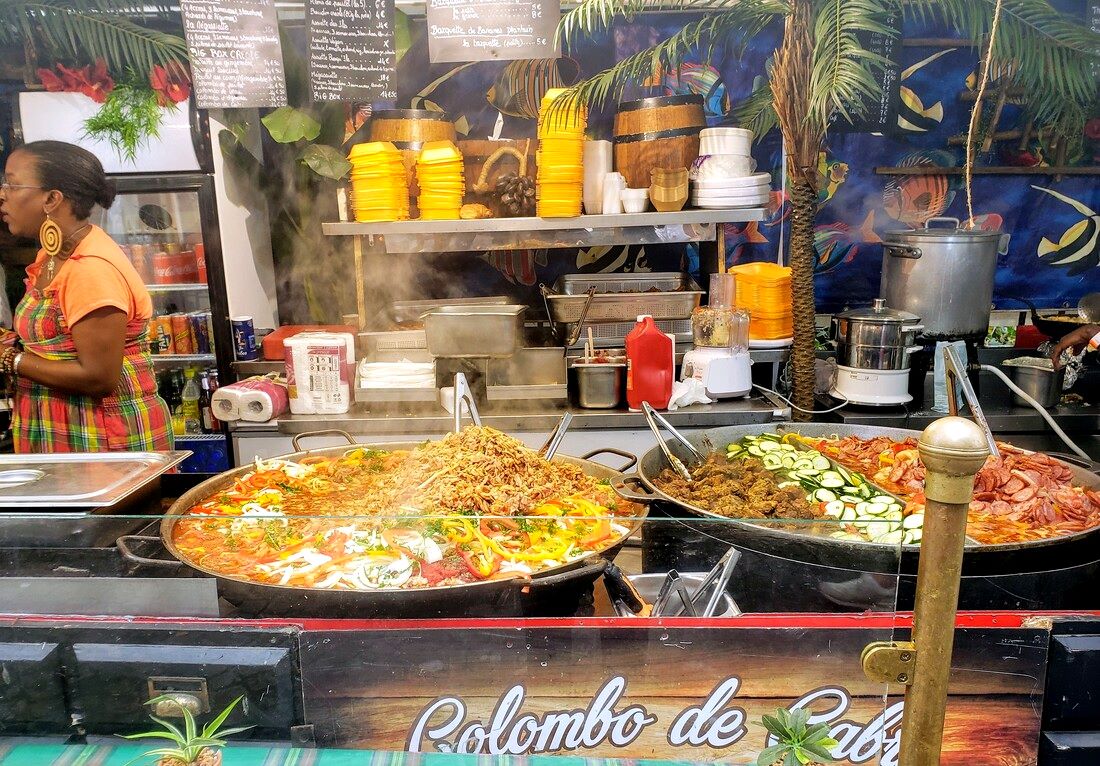
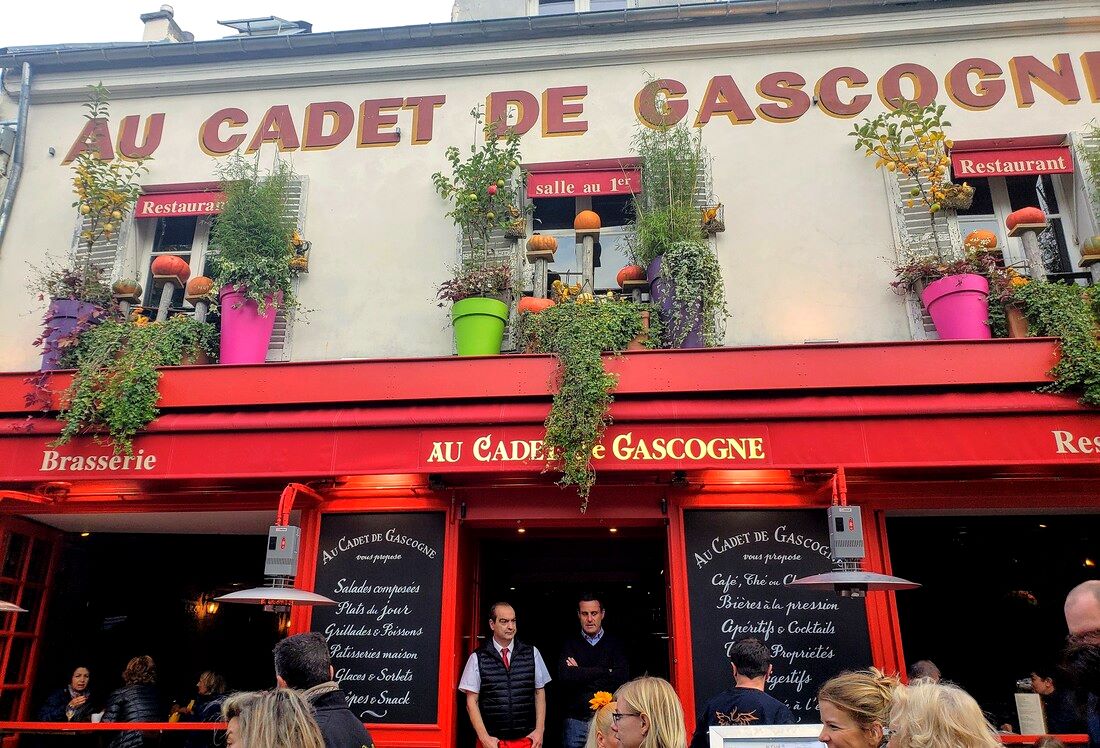
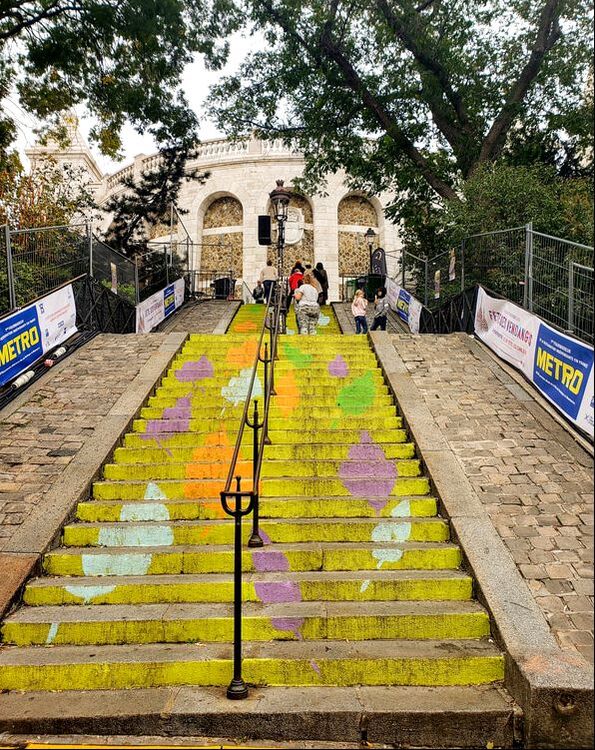
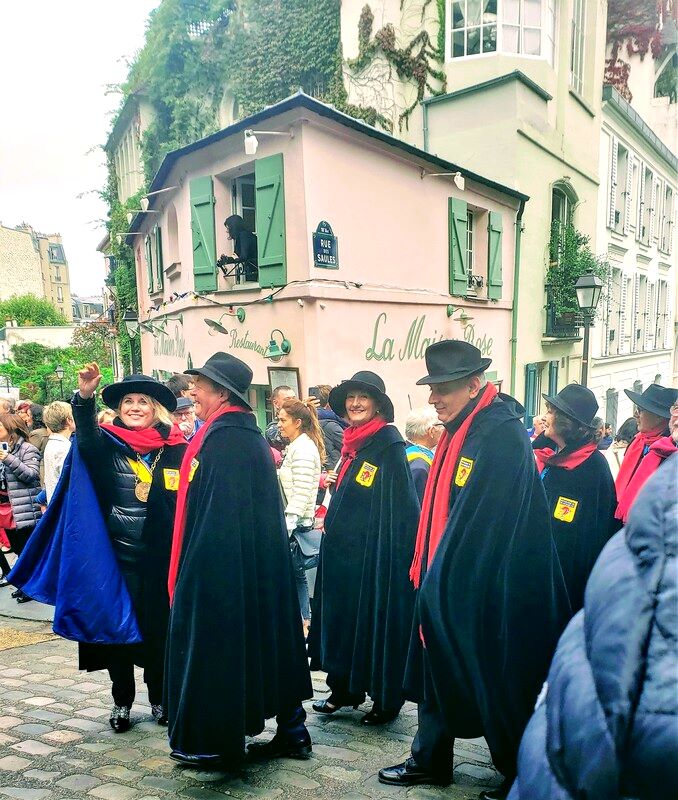
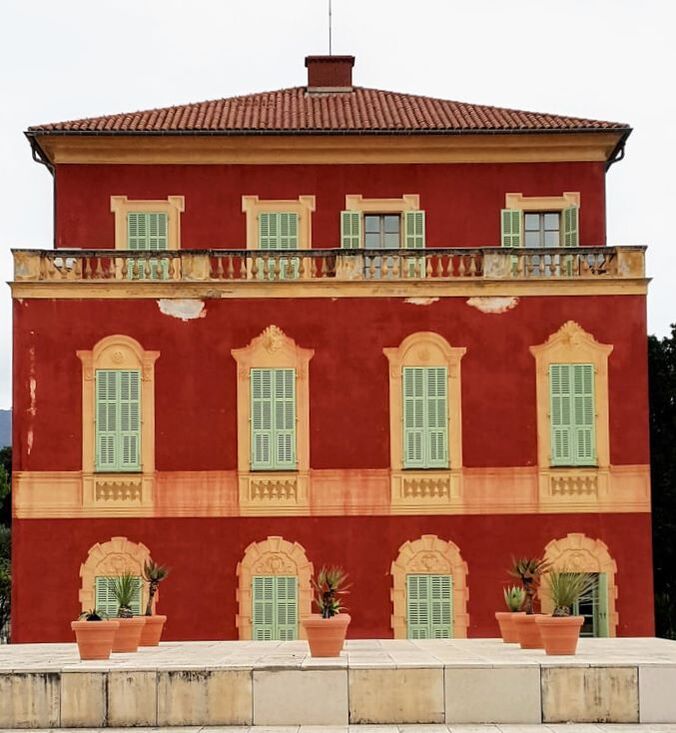
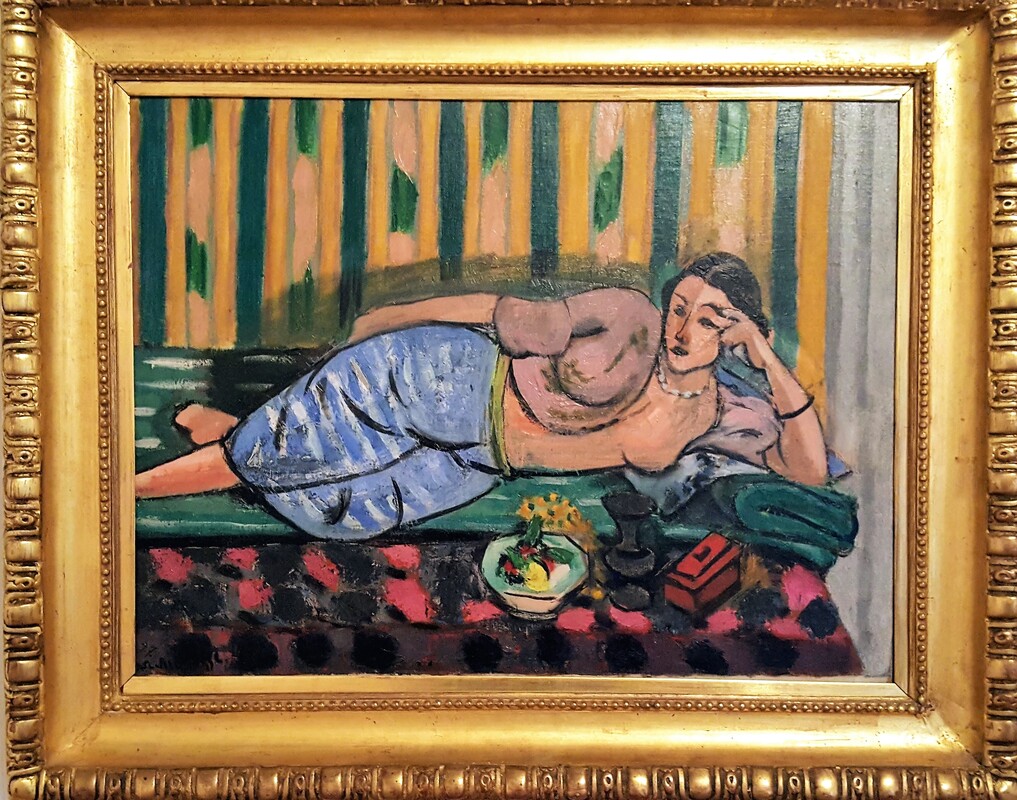
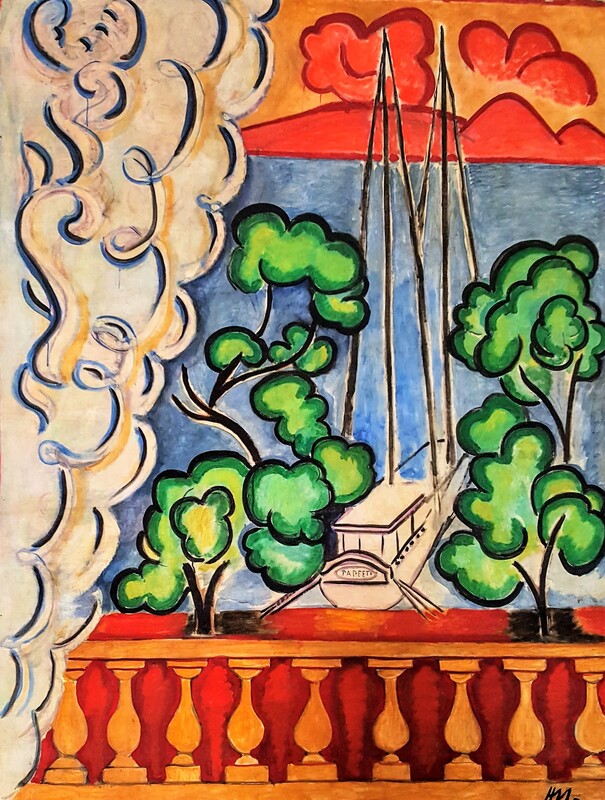
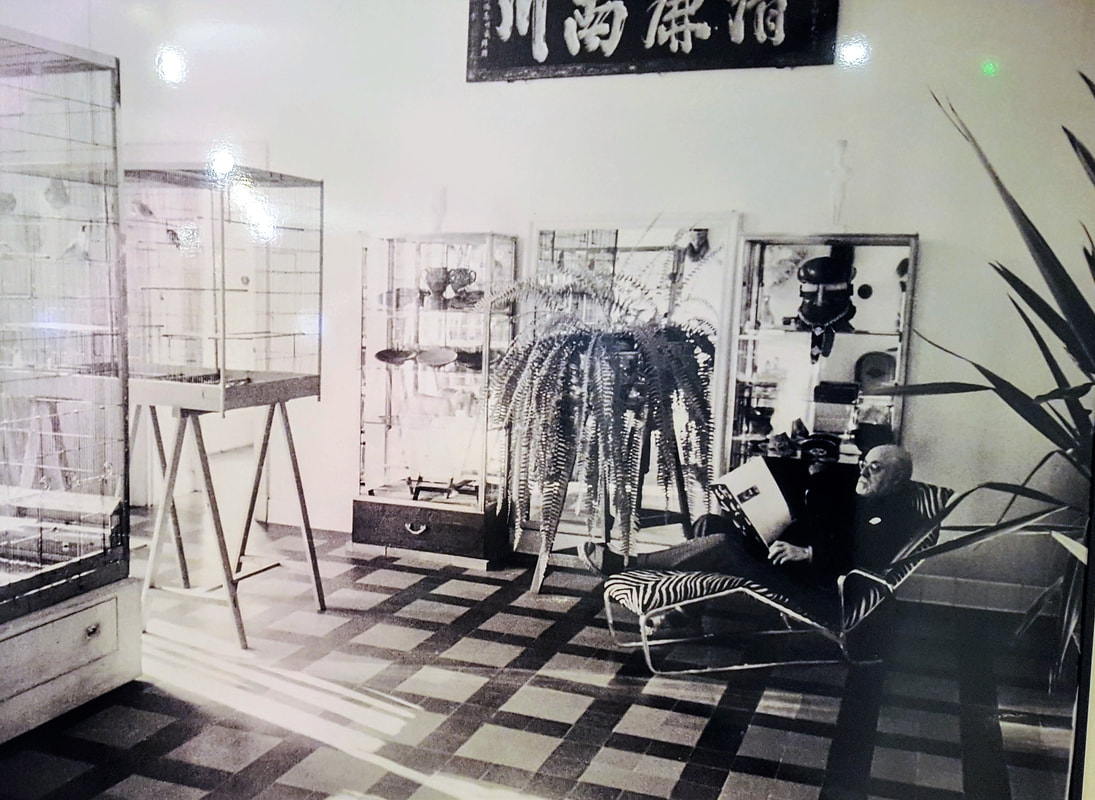
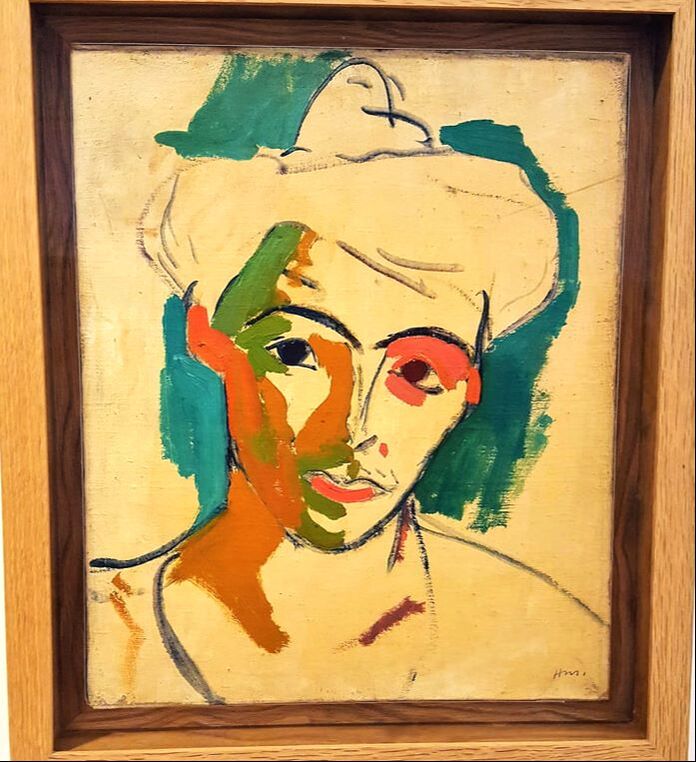
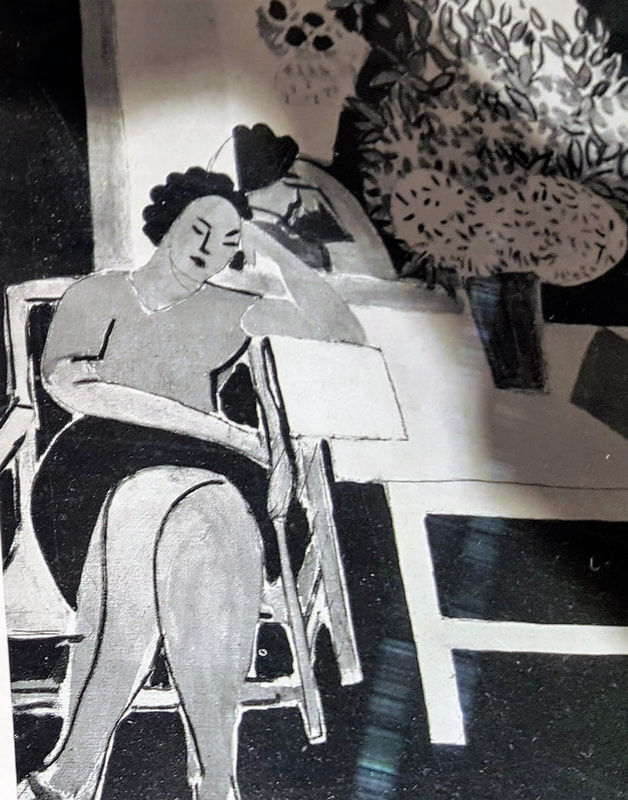
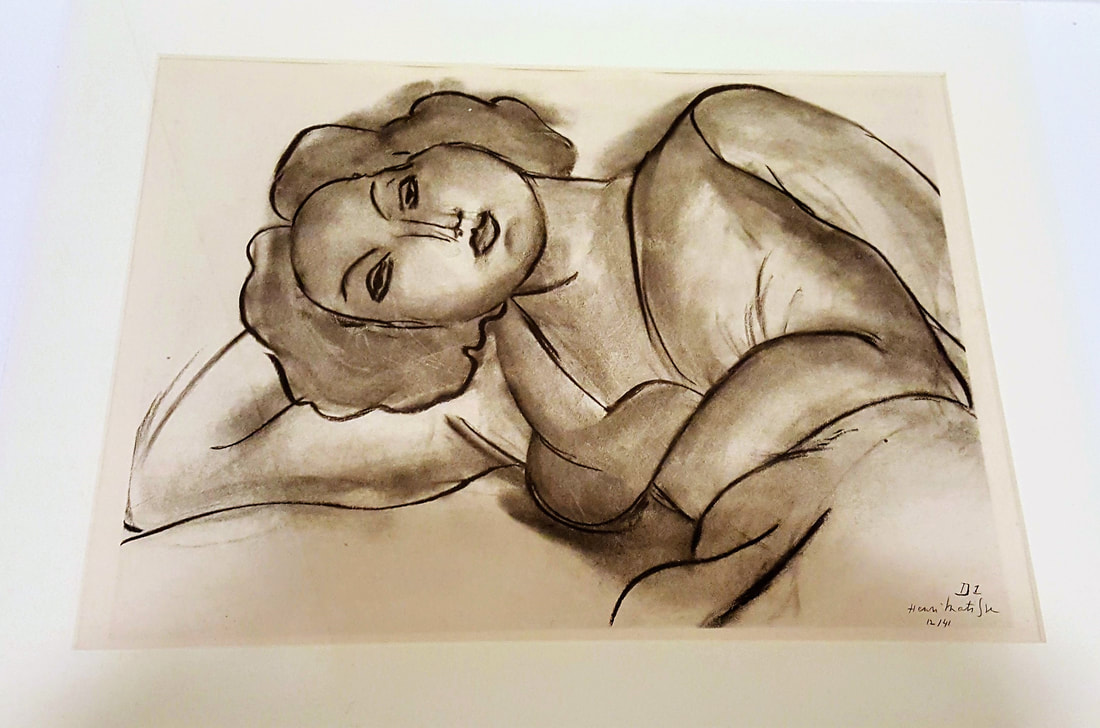
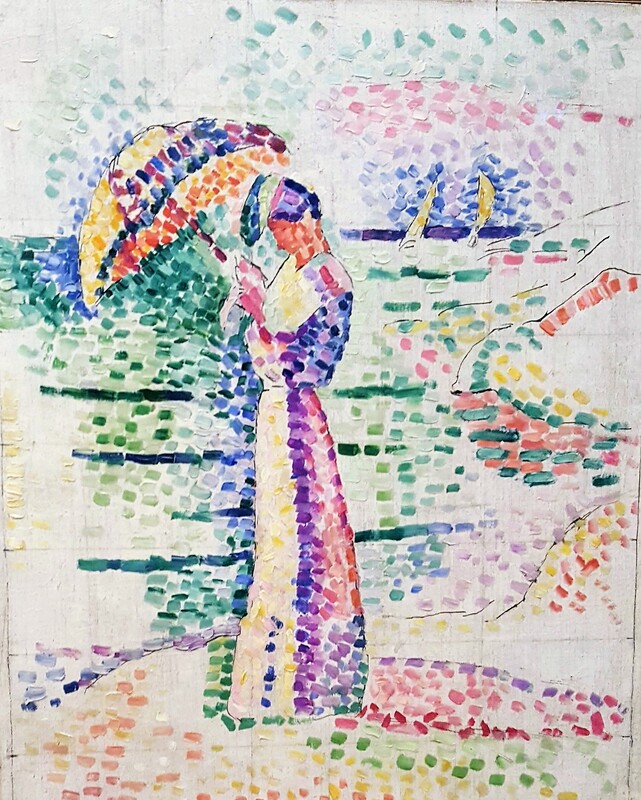
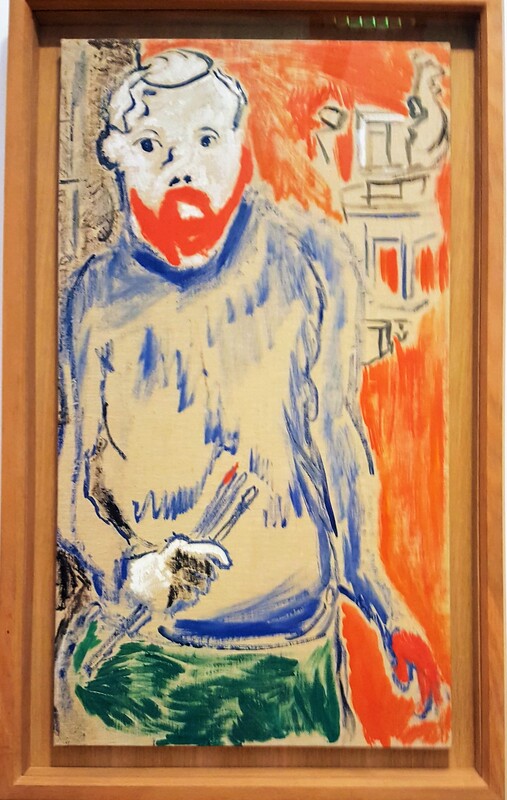
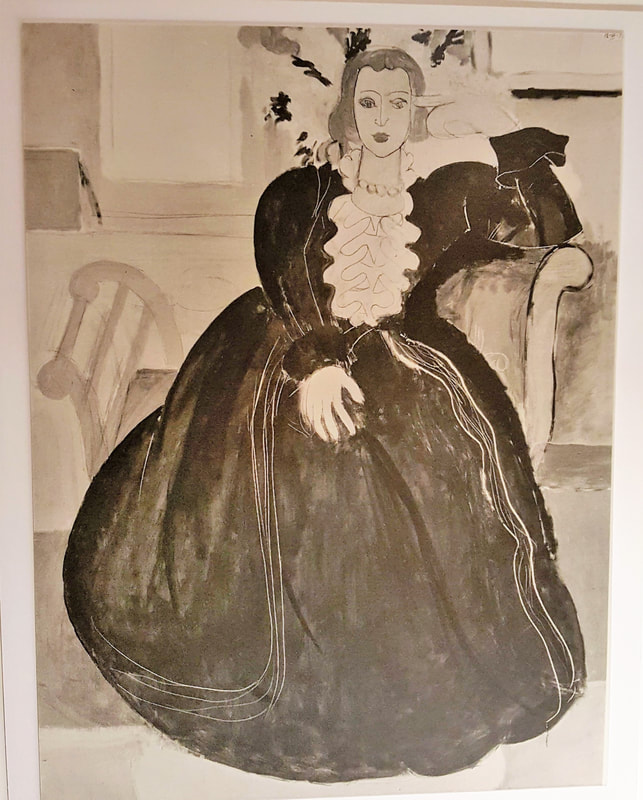
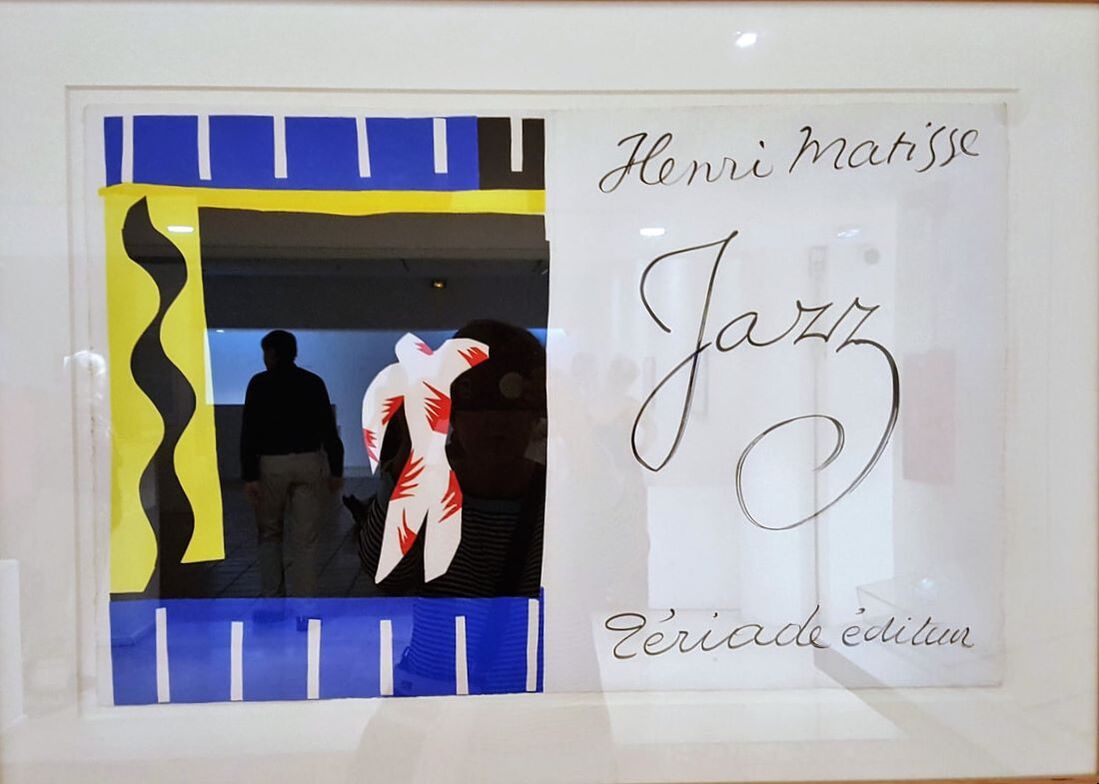
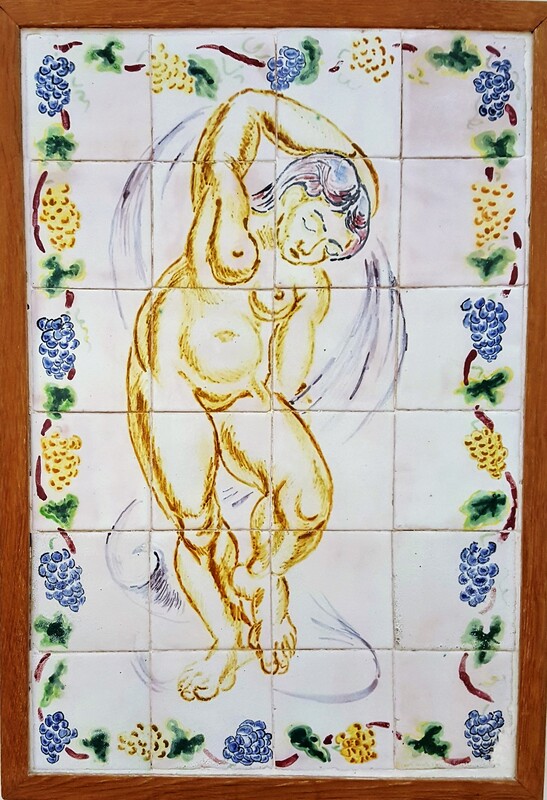
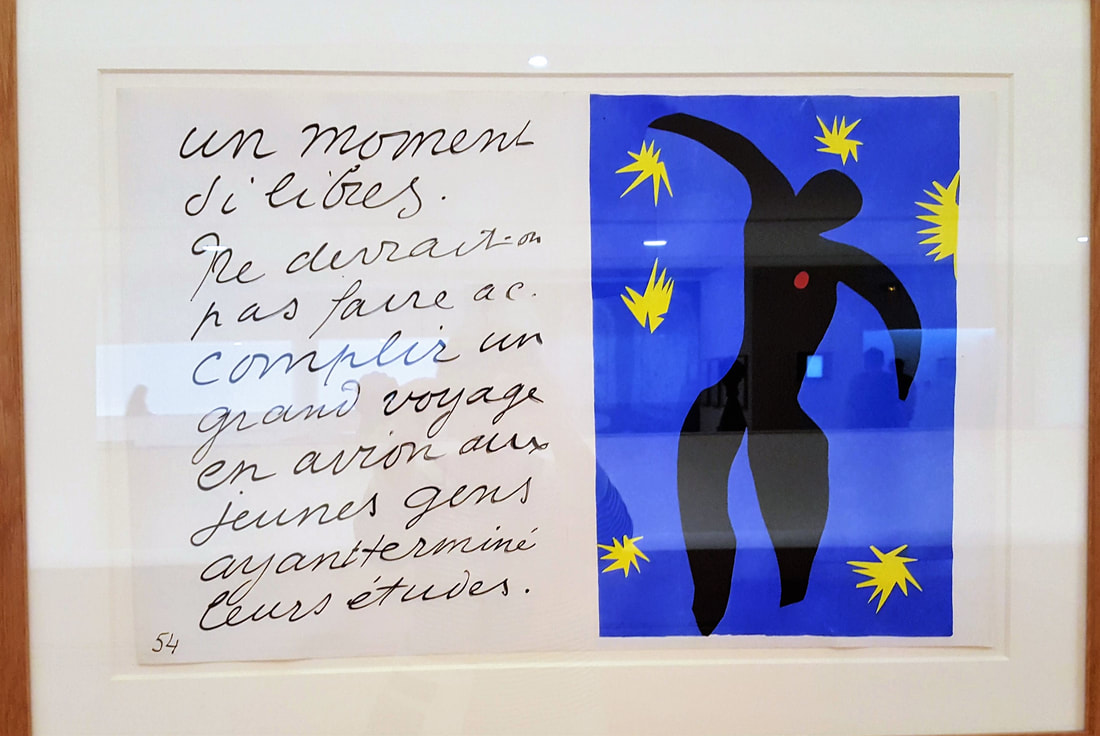
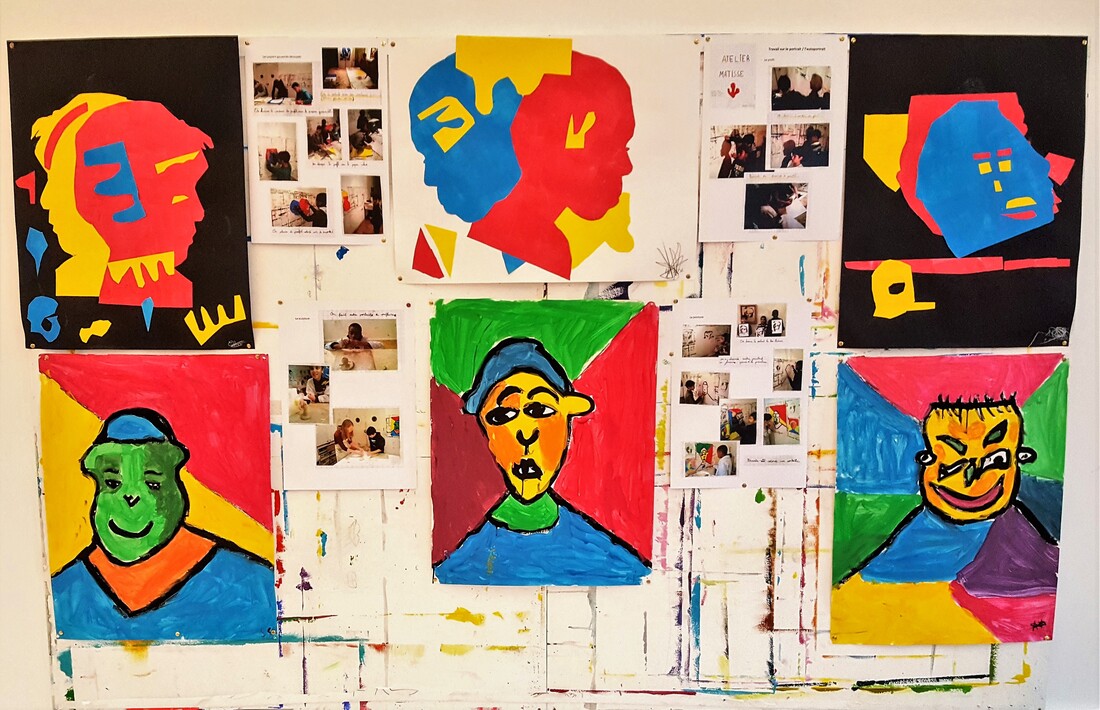
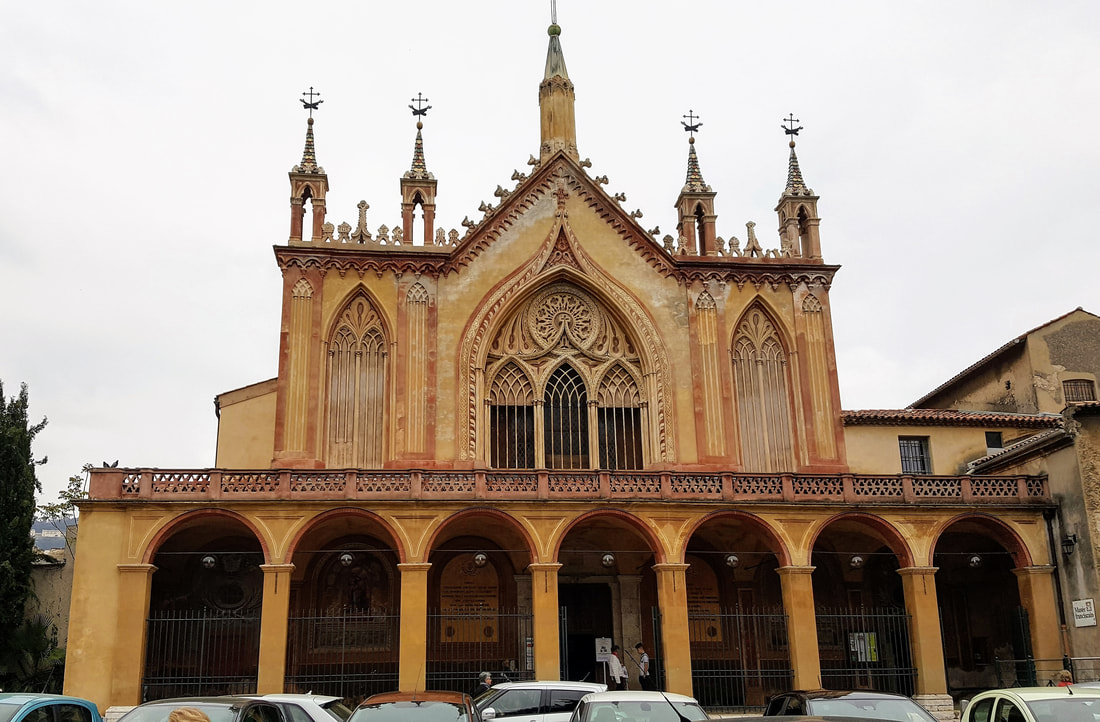
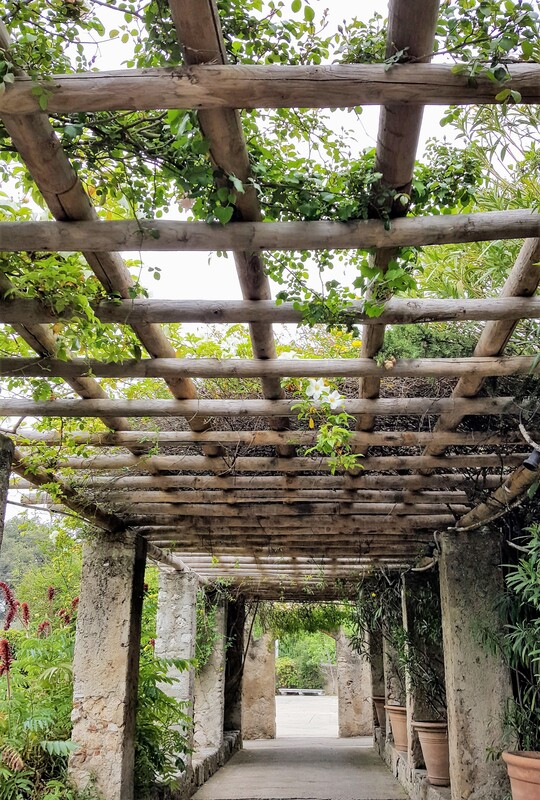
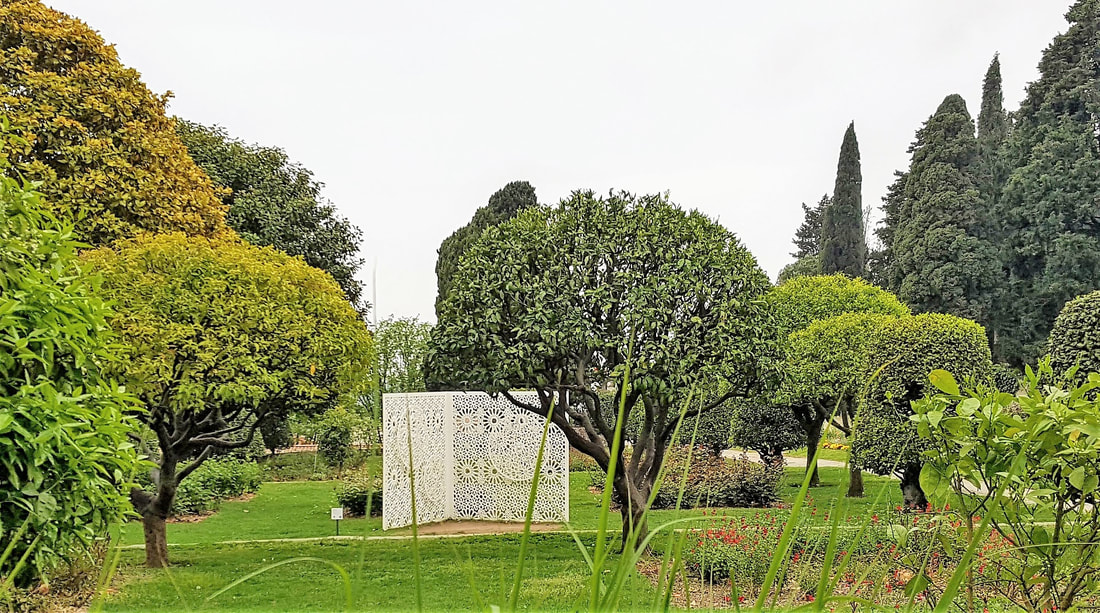
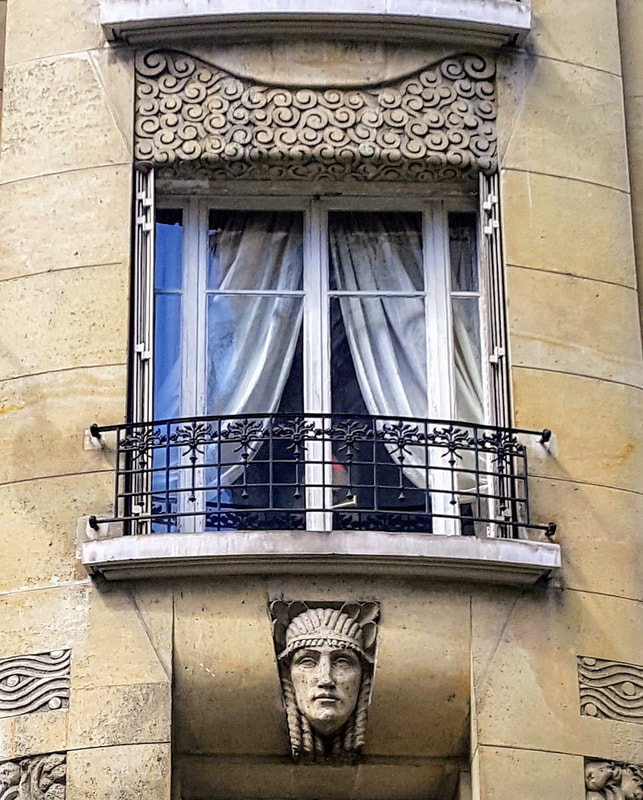
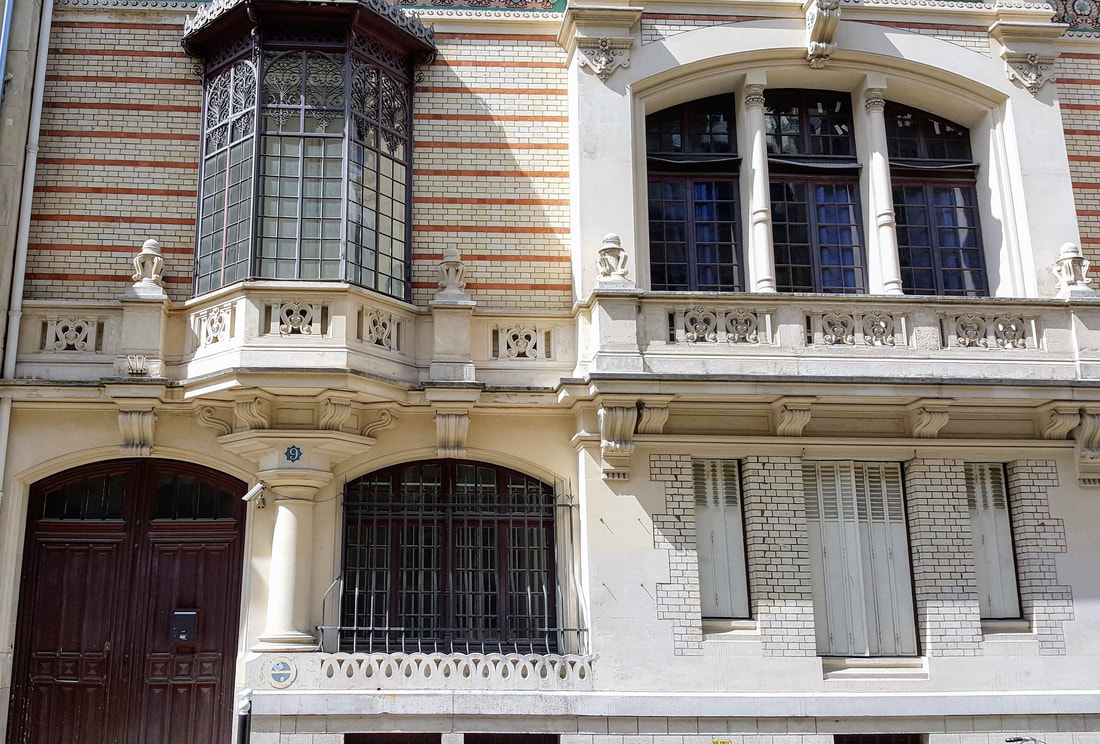
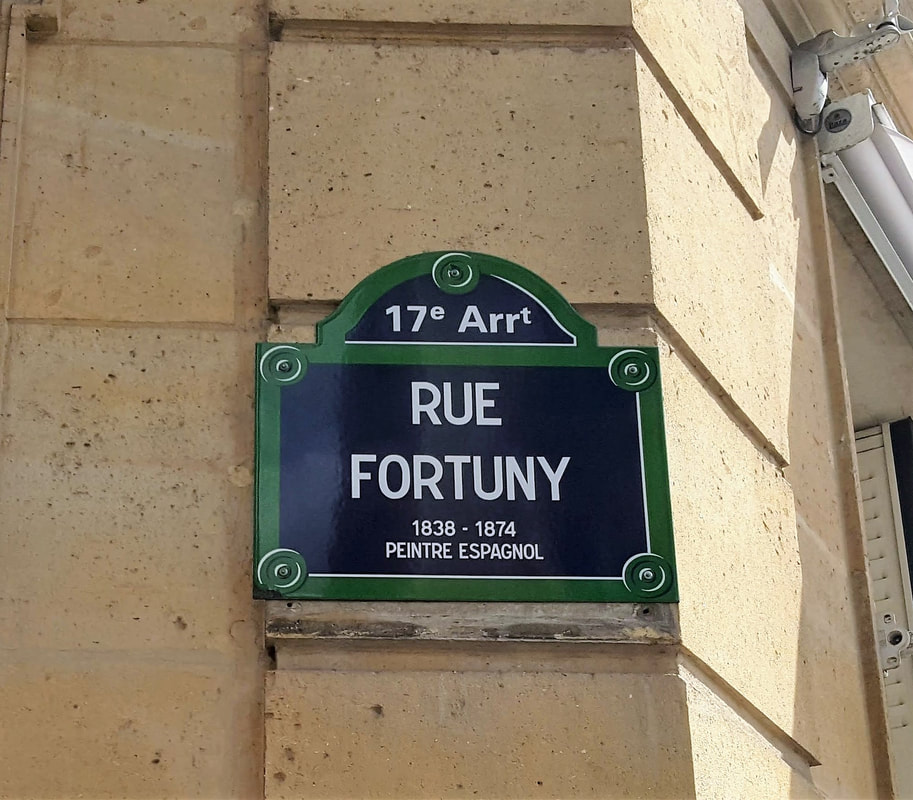
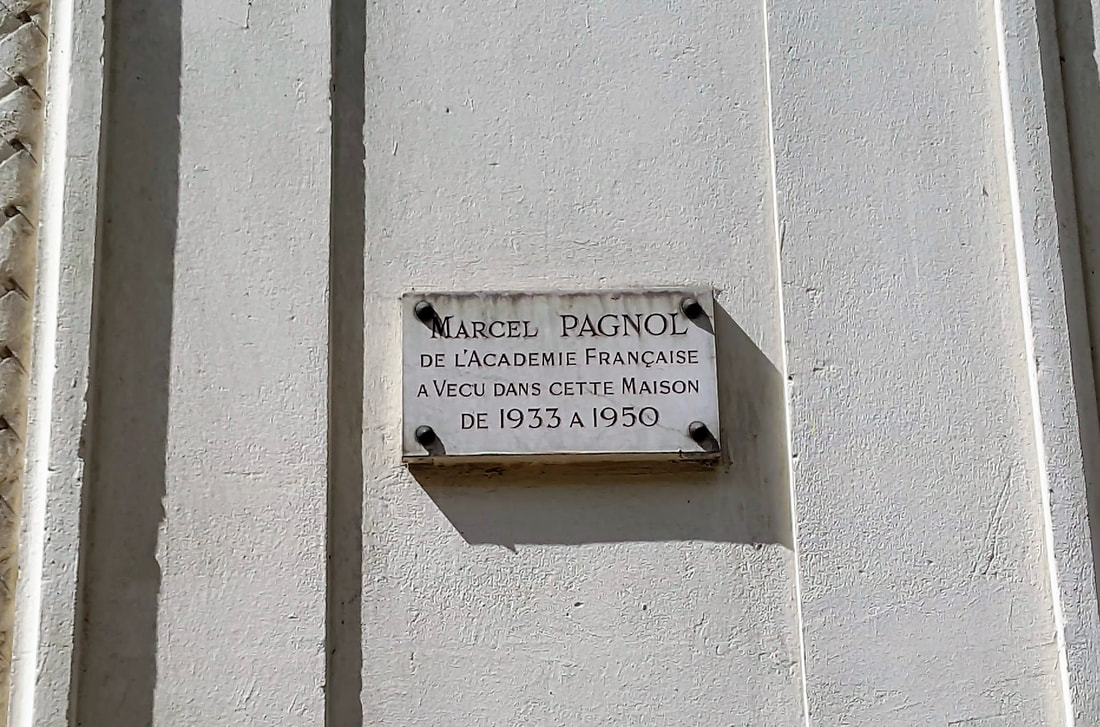
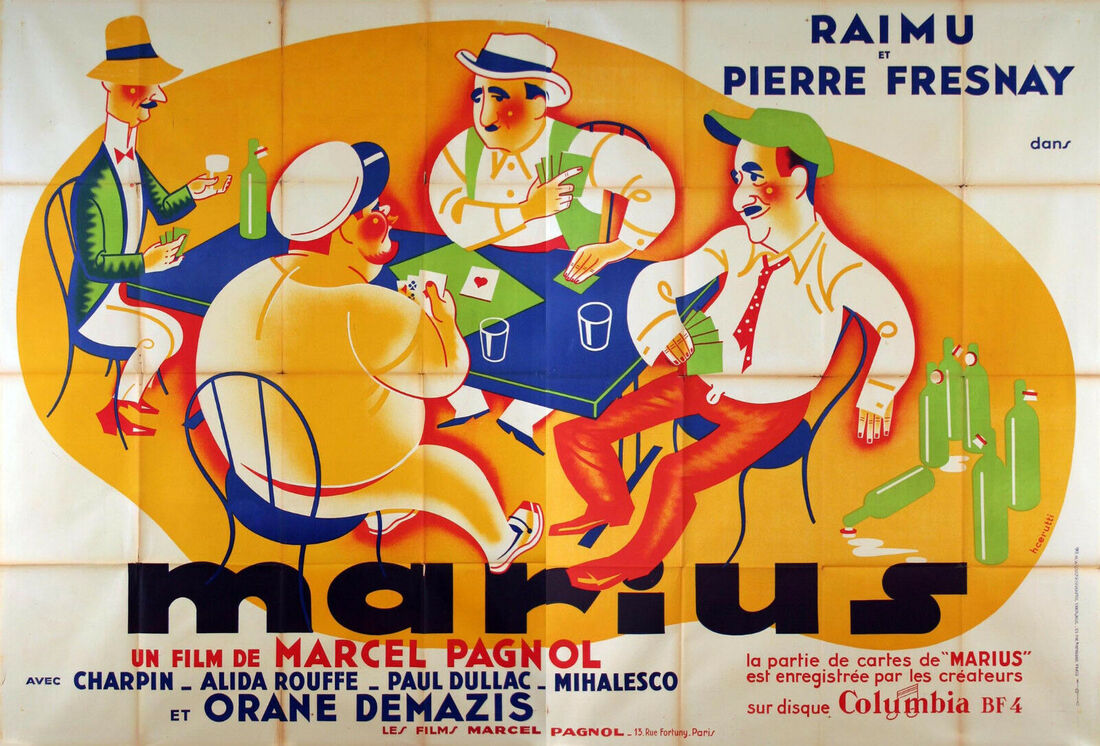
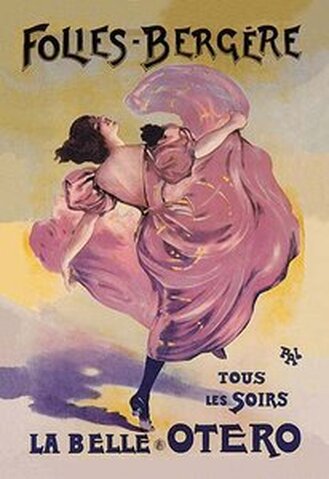
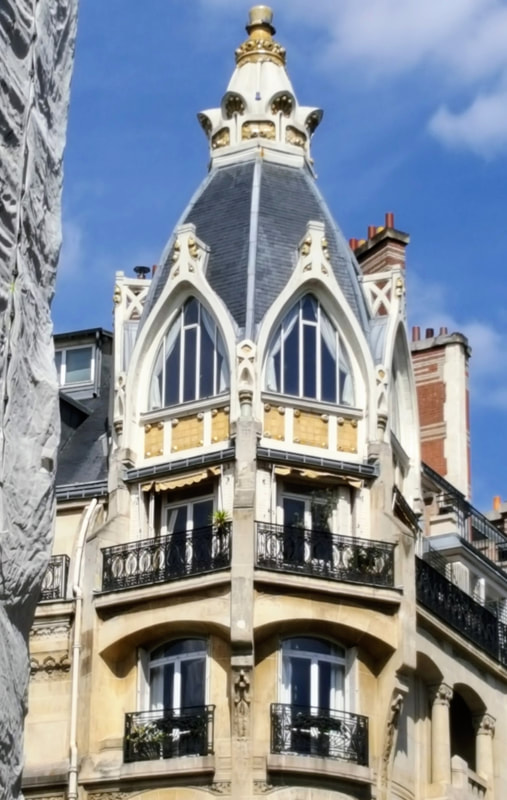
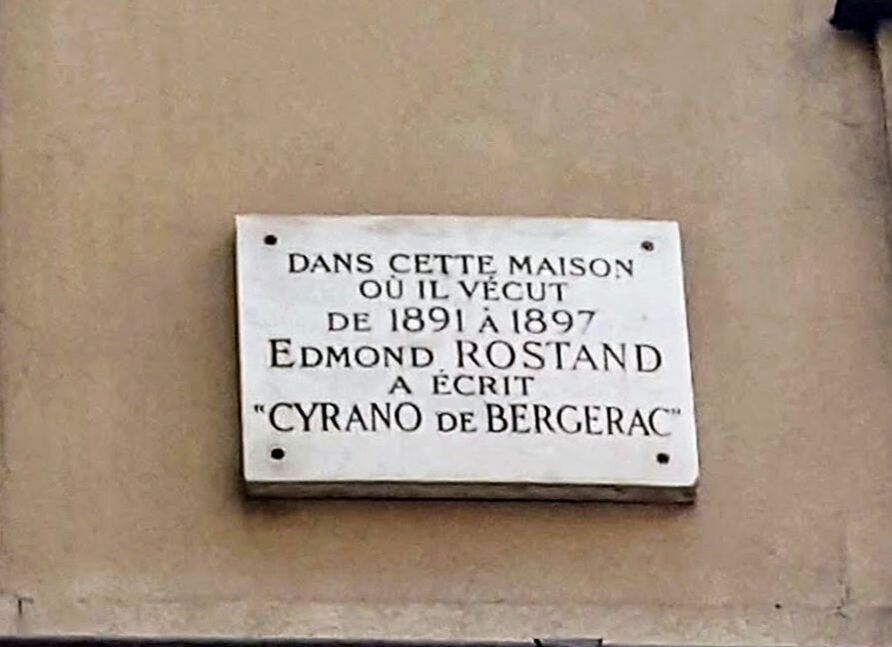
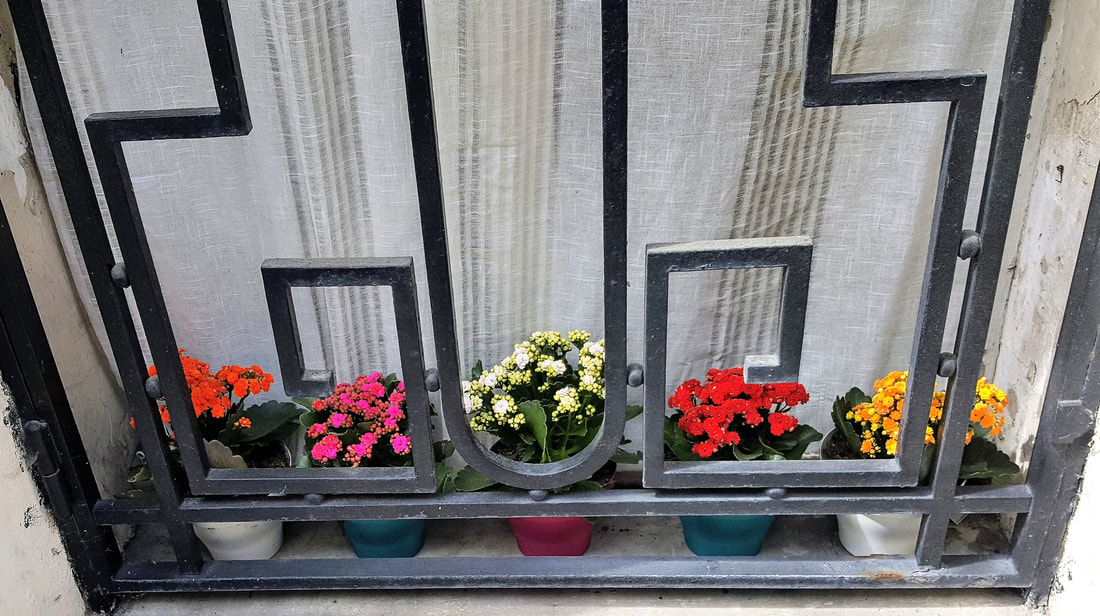
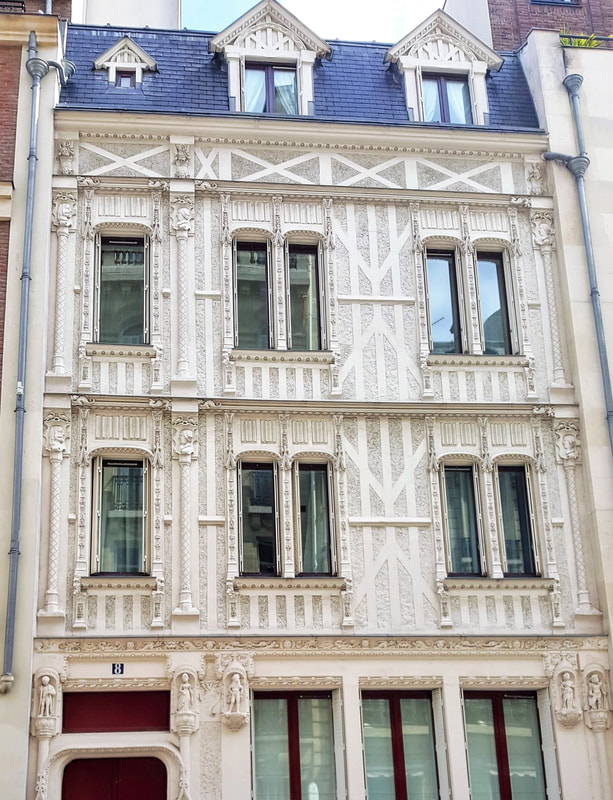
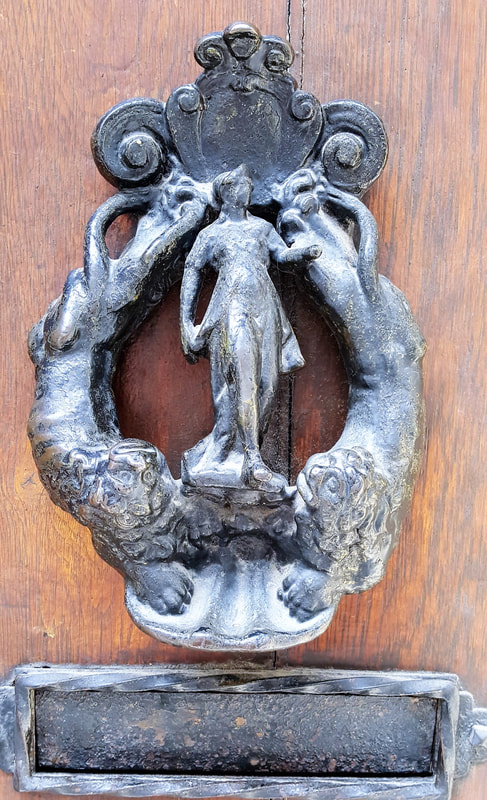
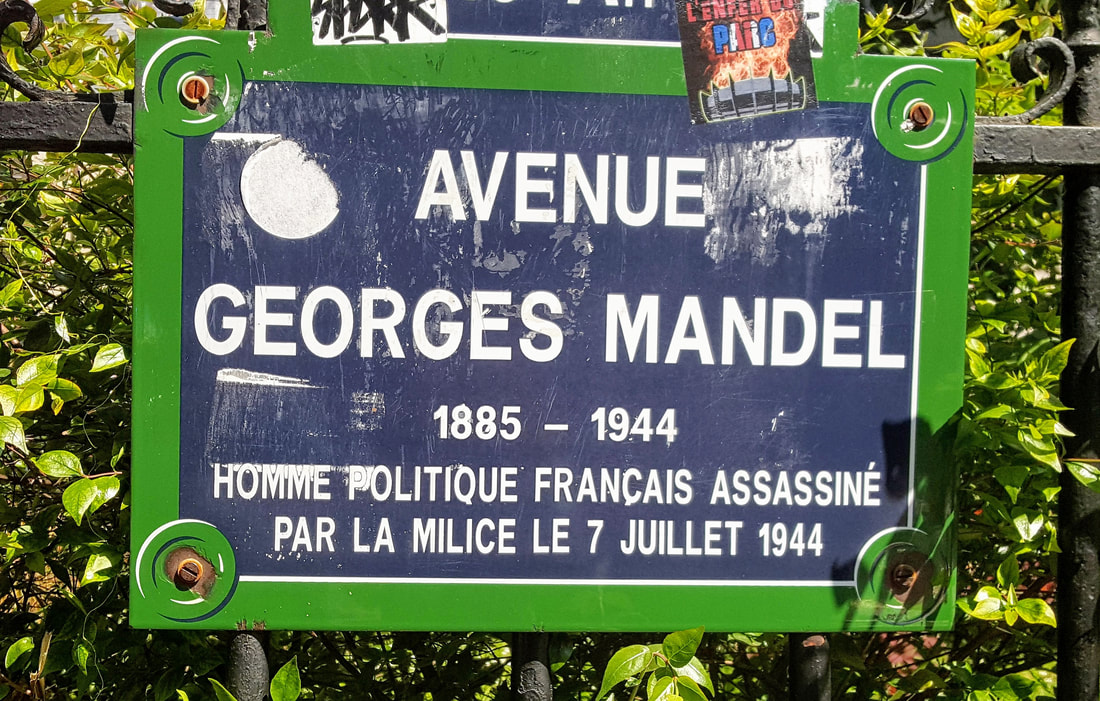
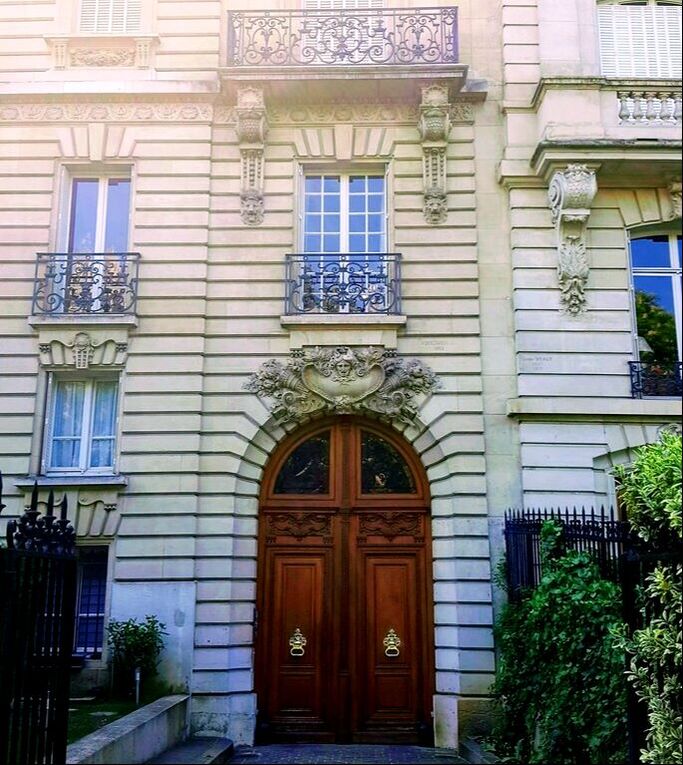
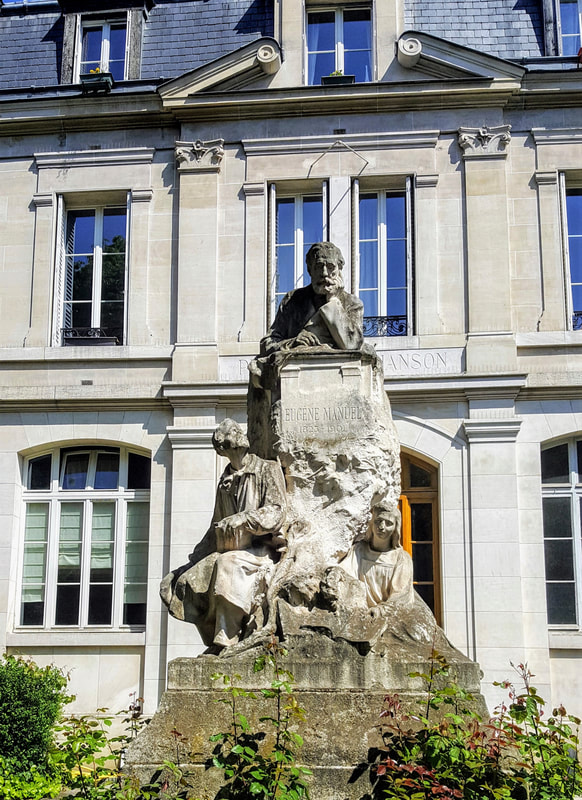
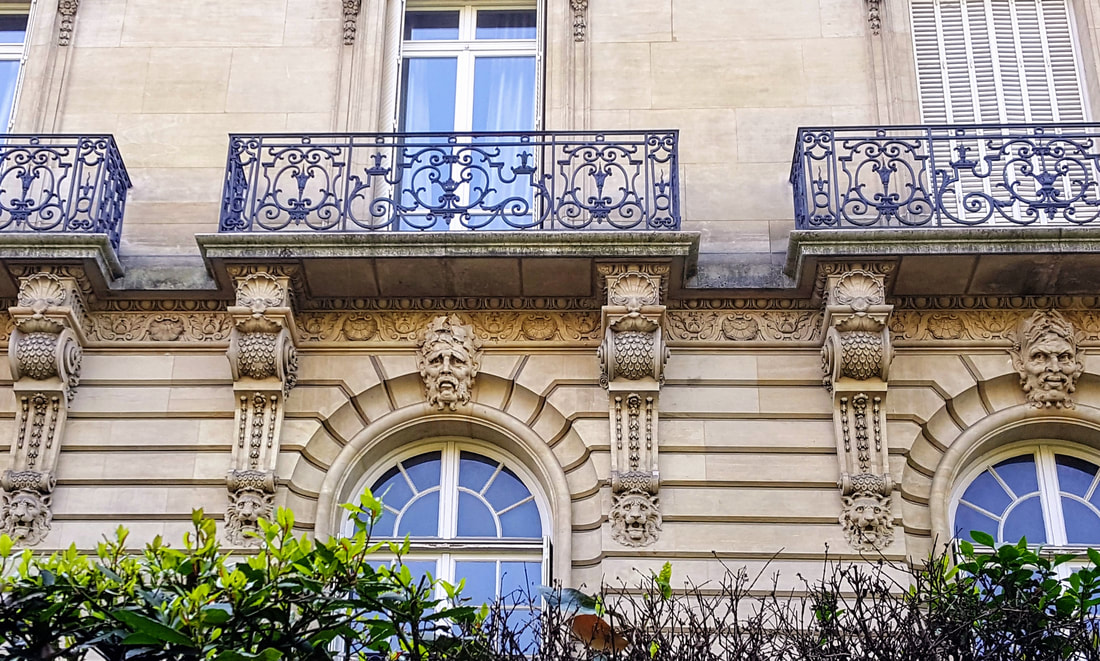
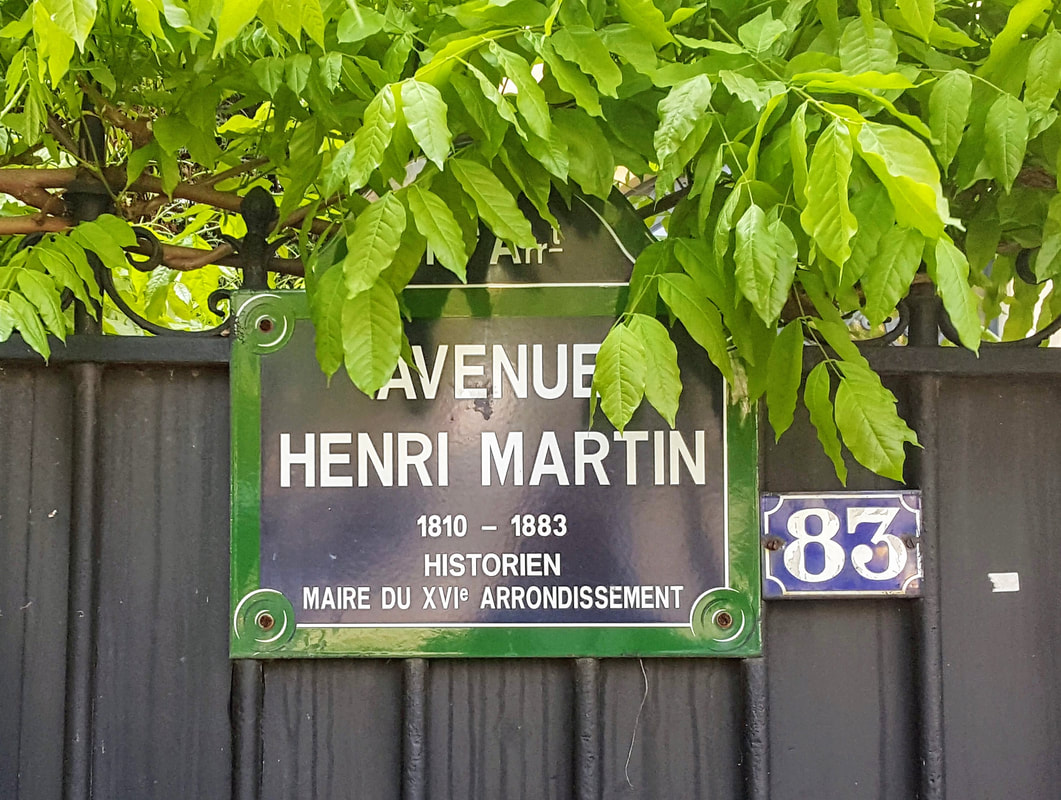
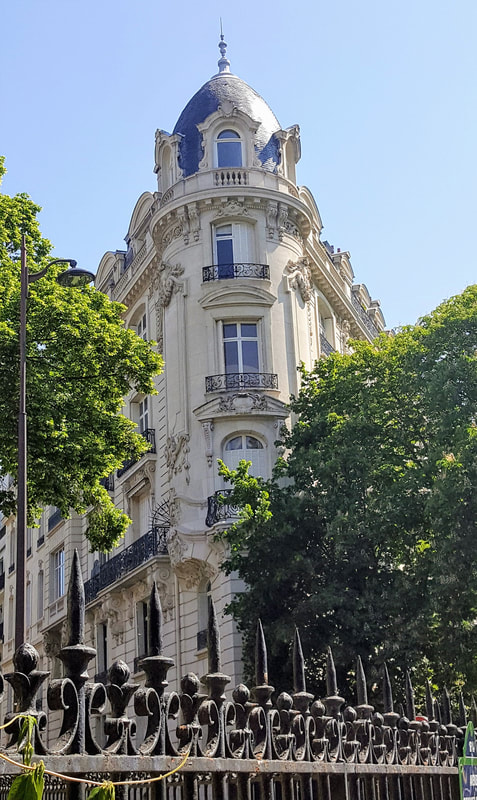
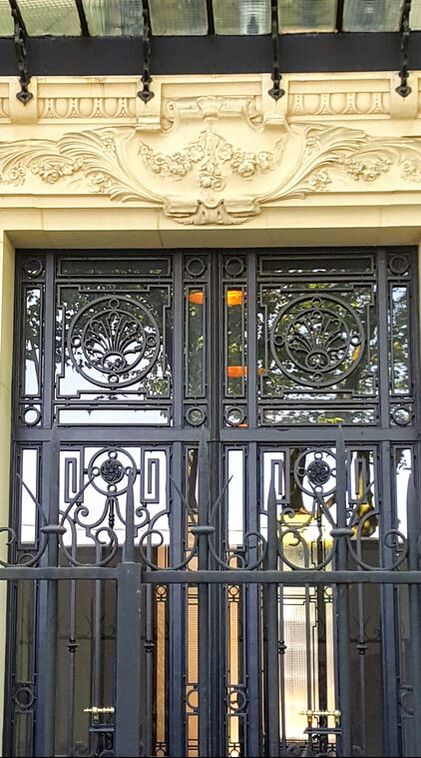
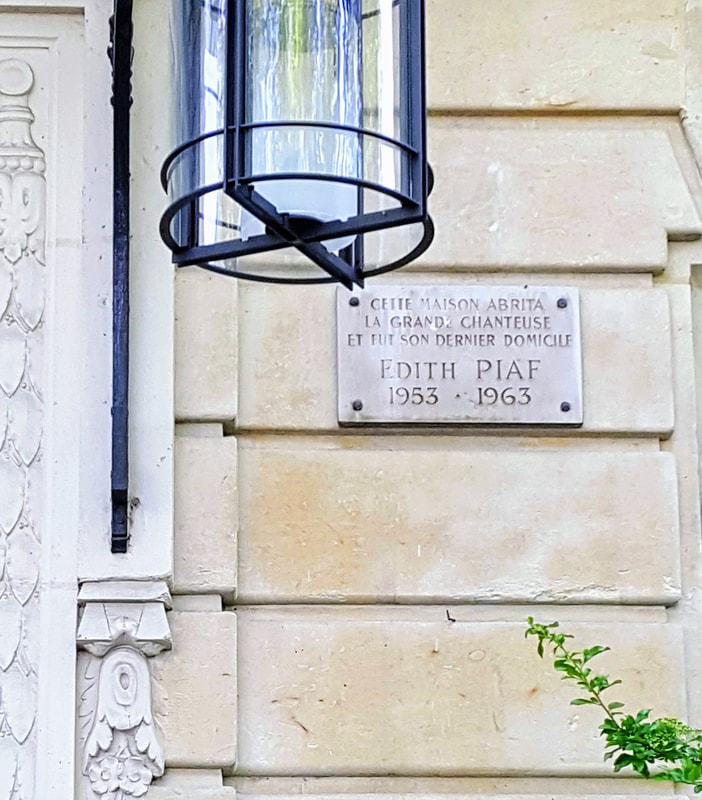
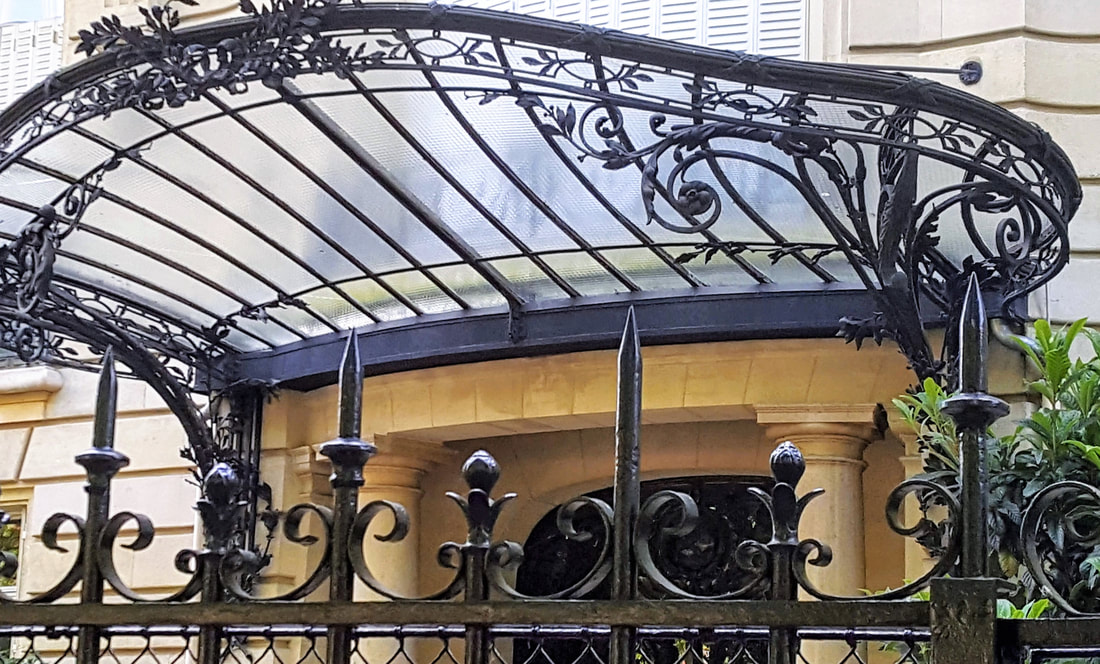
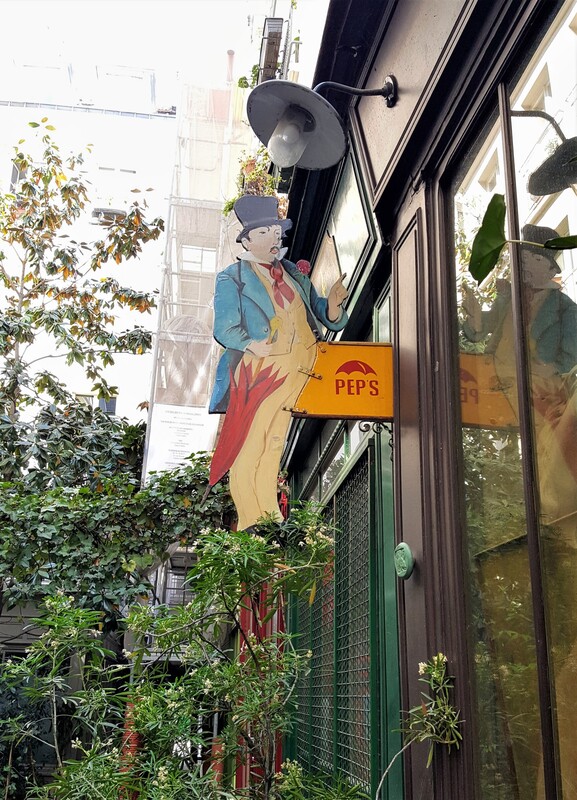
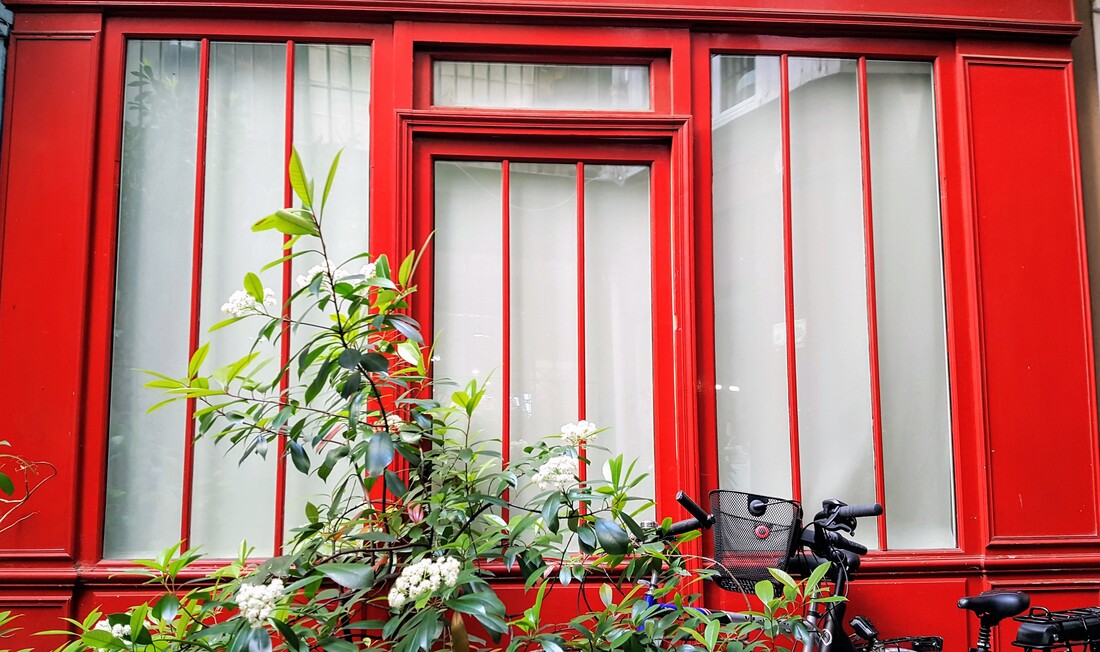
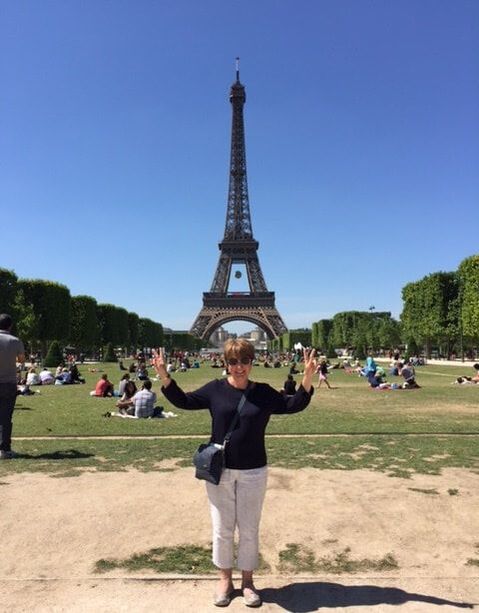

 RSS Feed
RSS Feed
